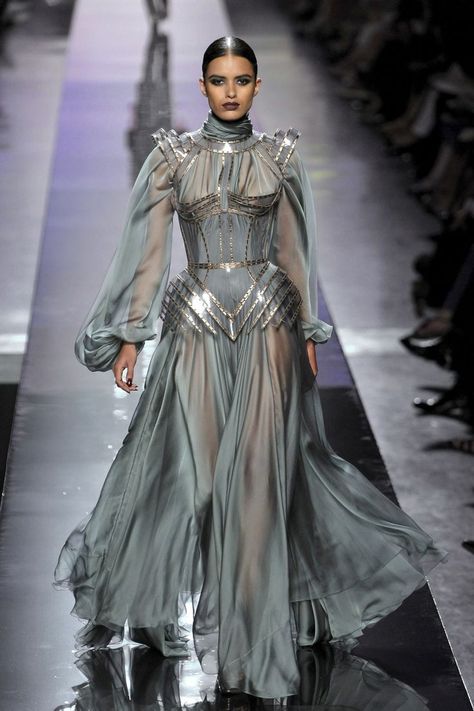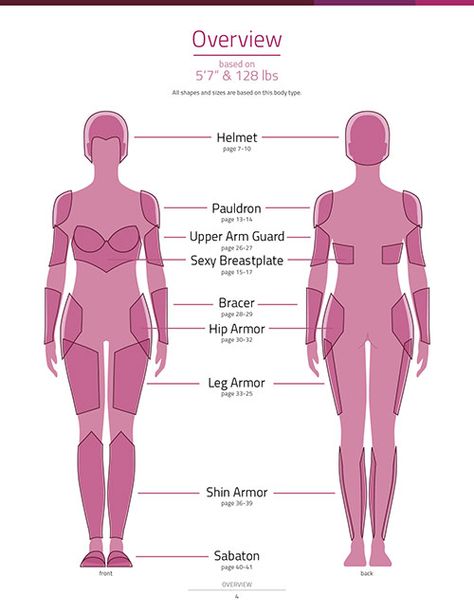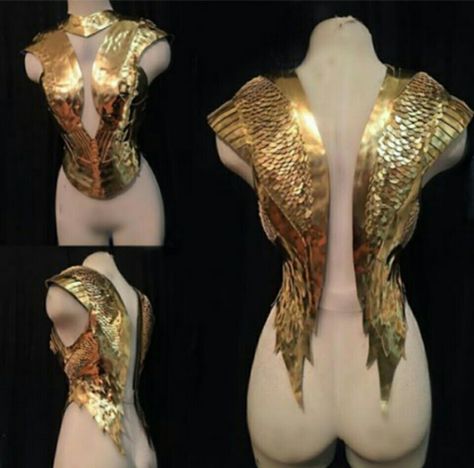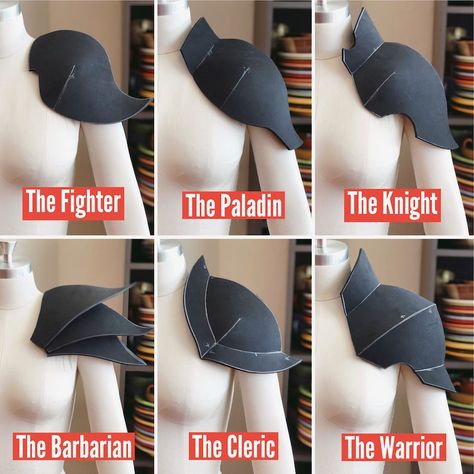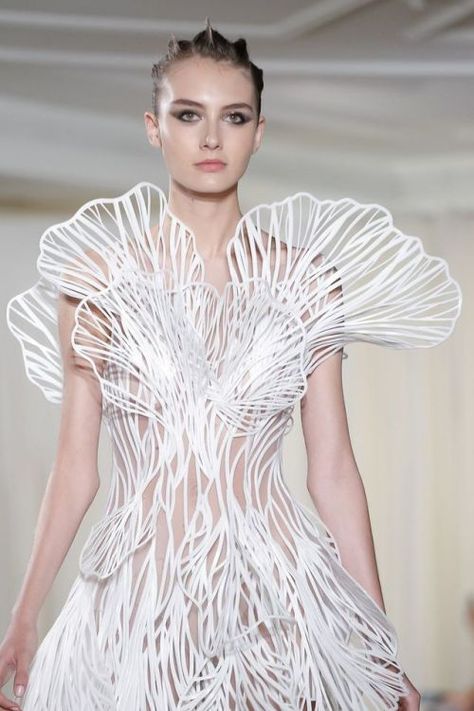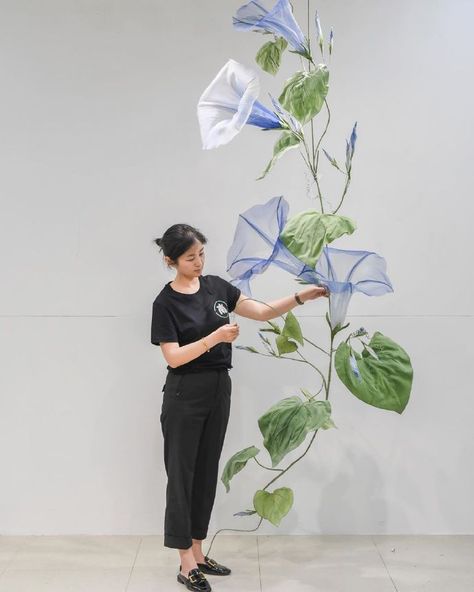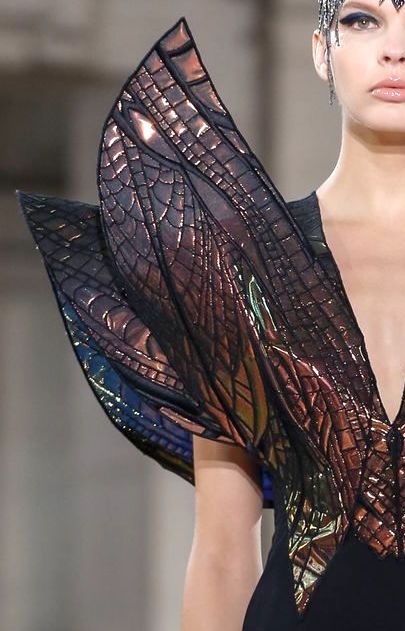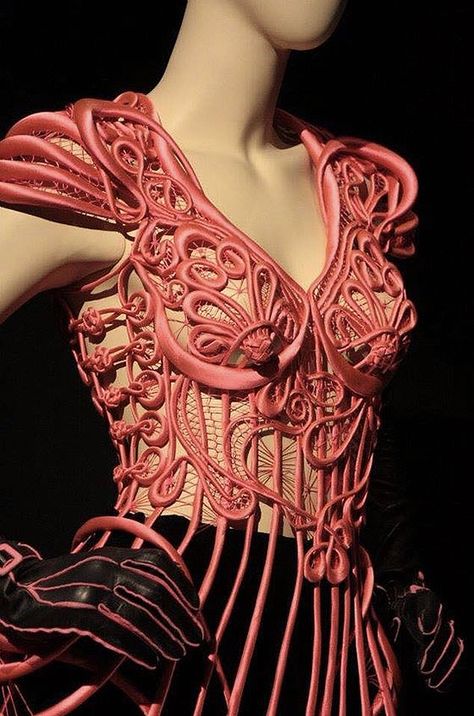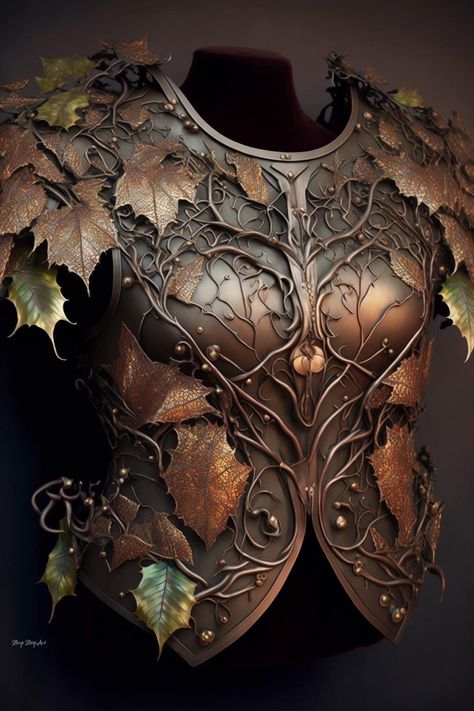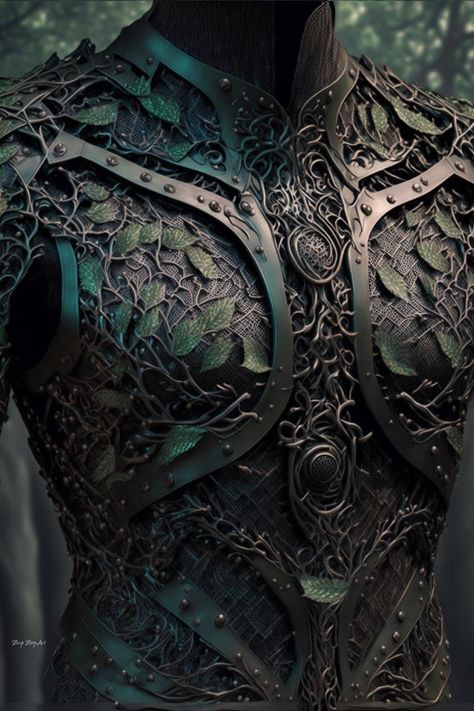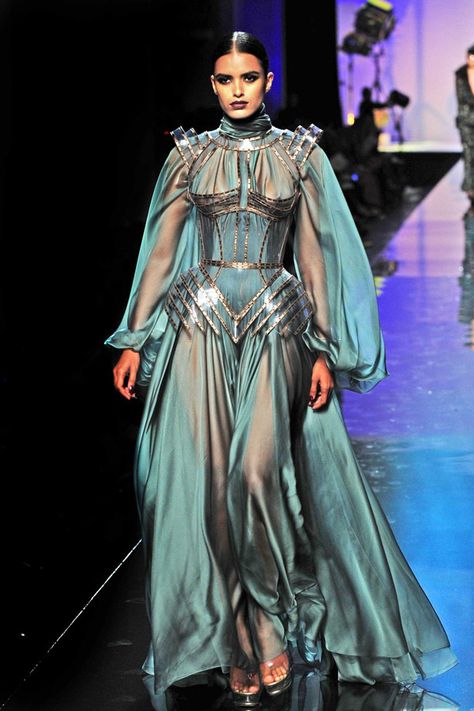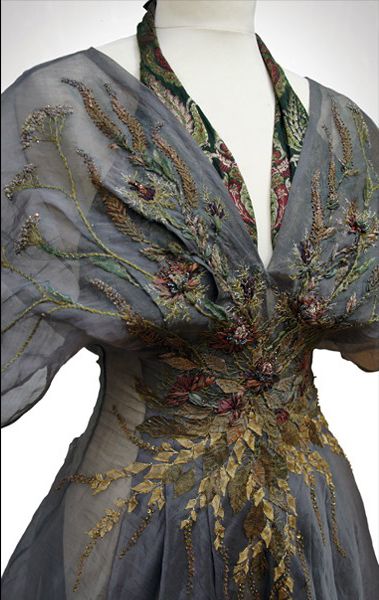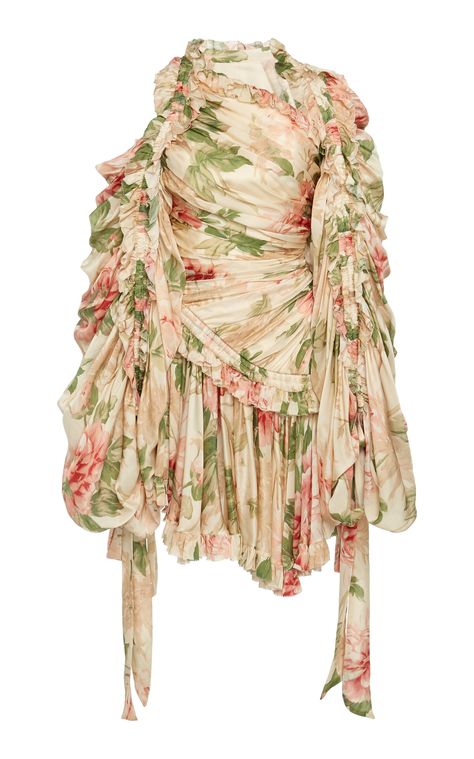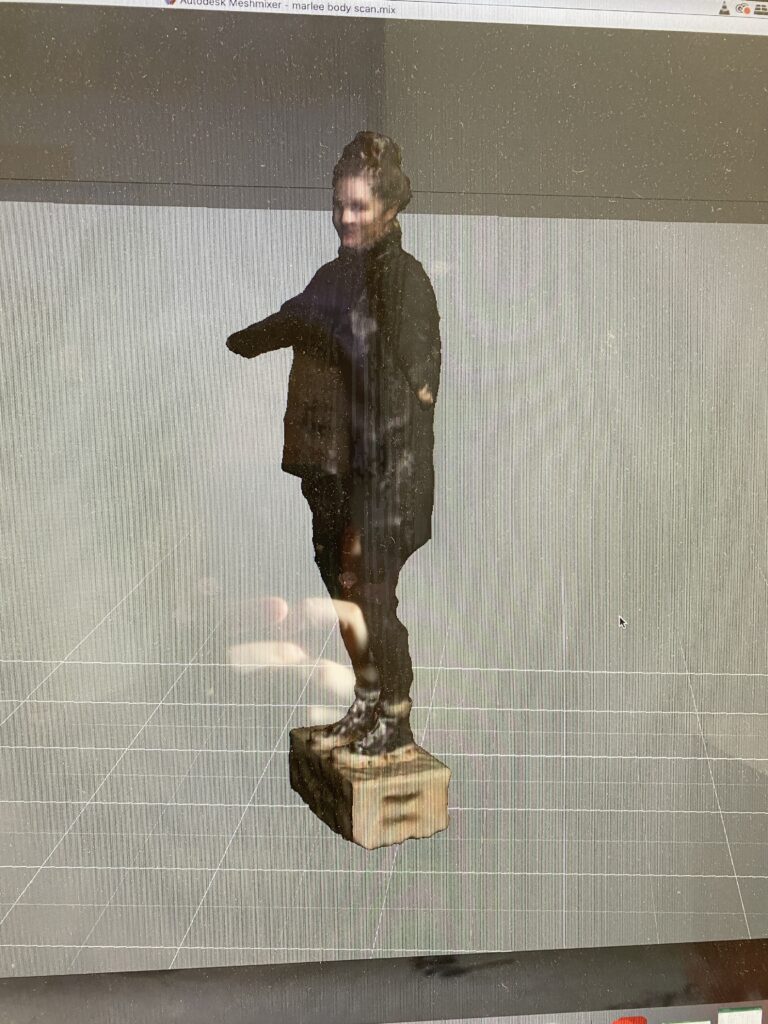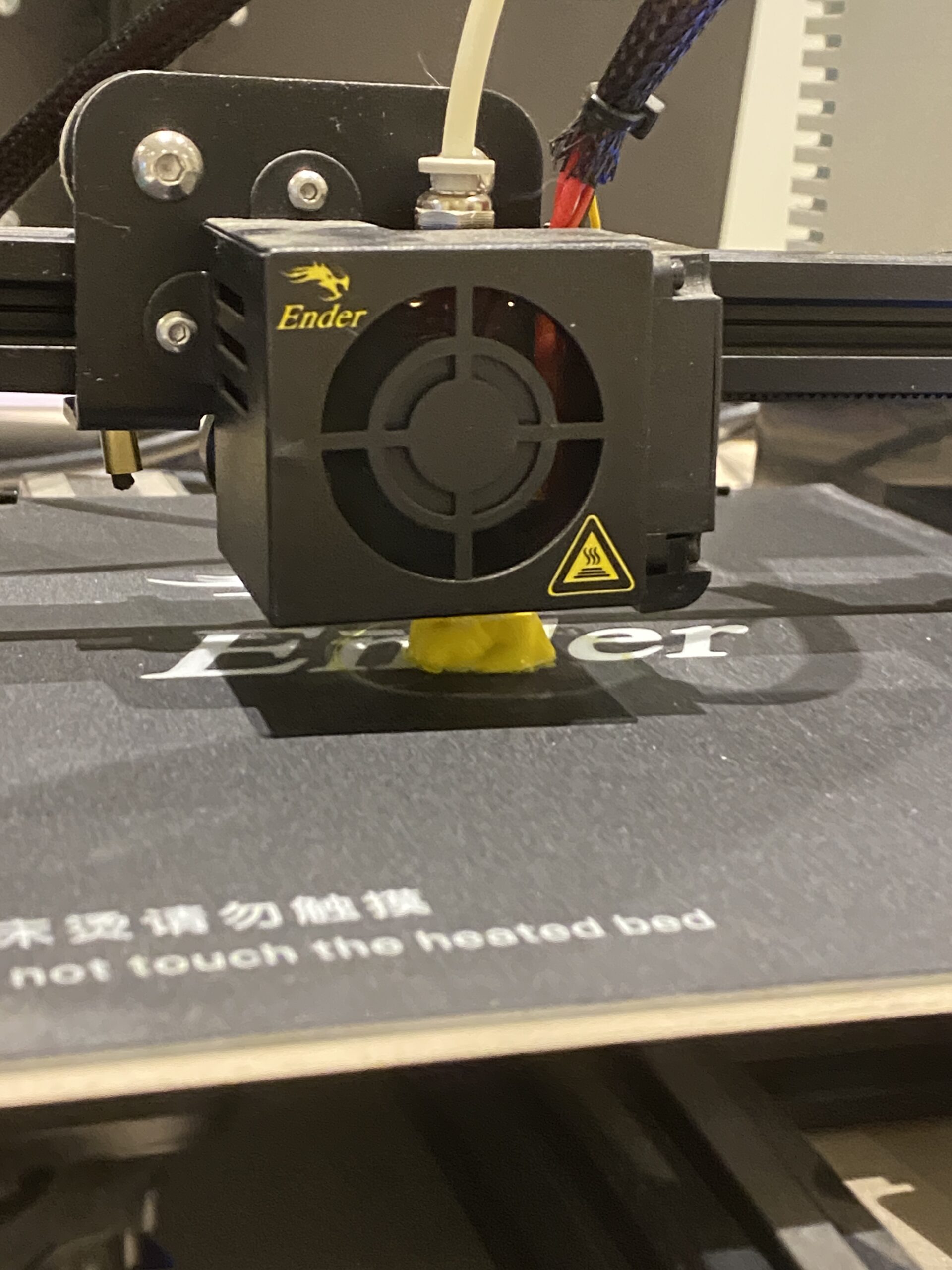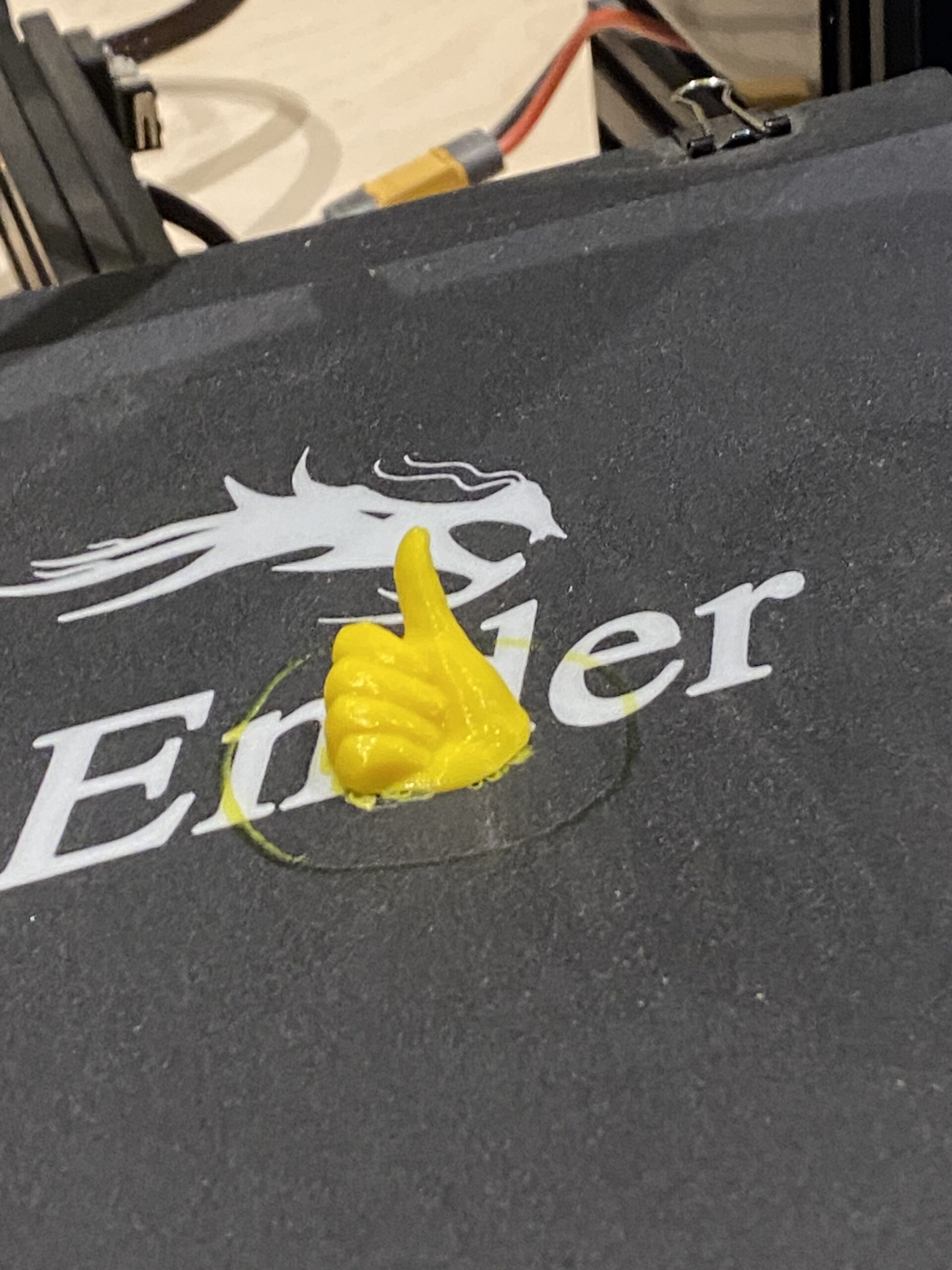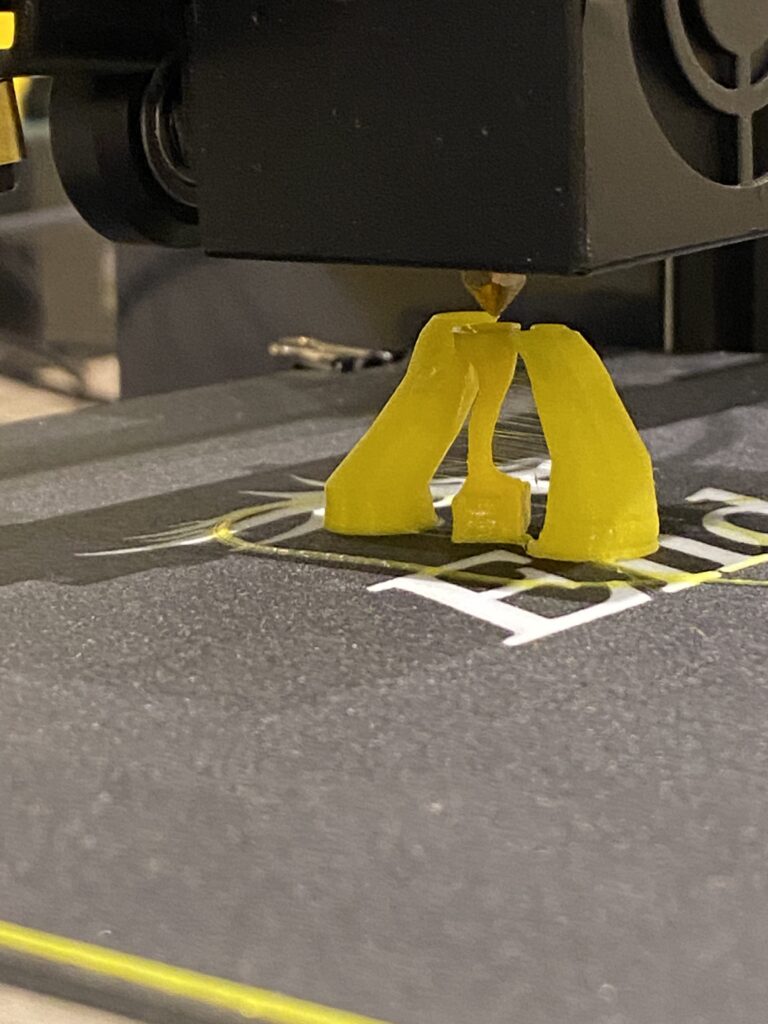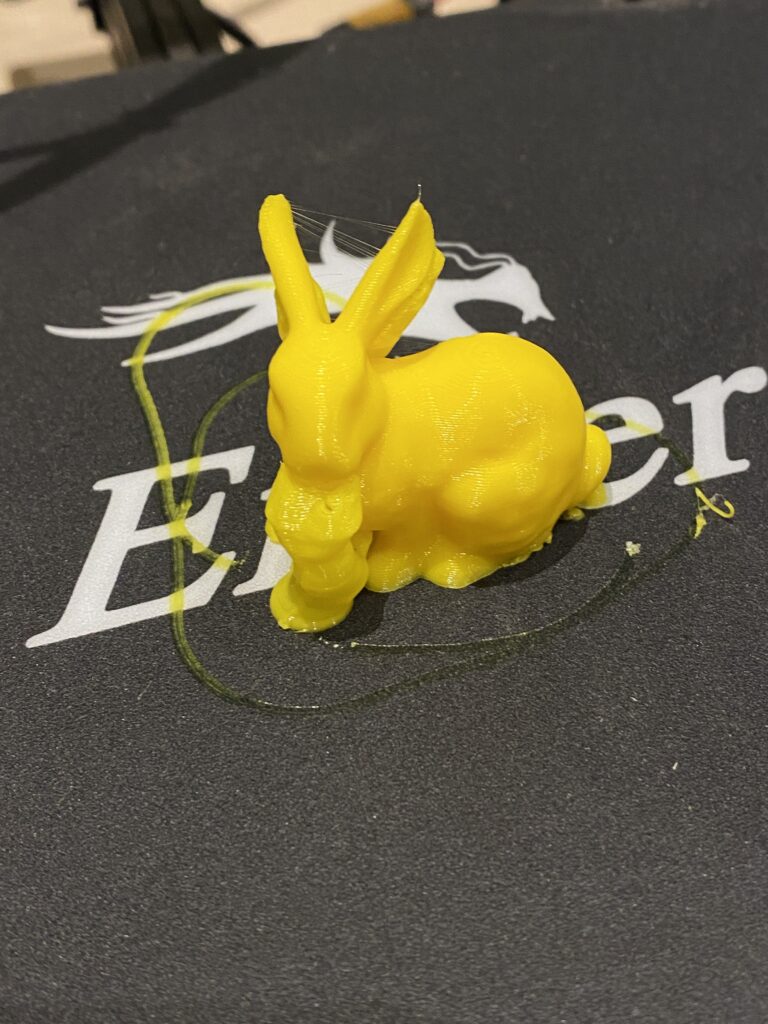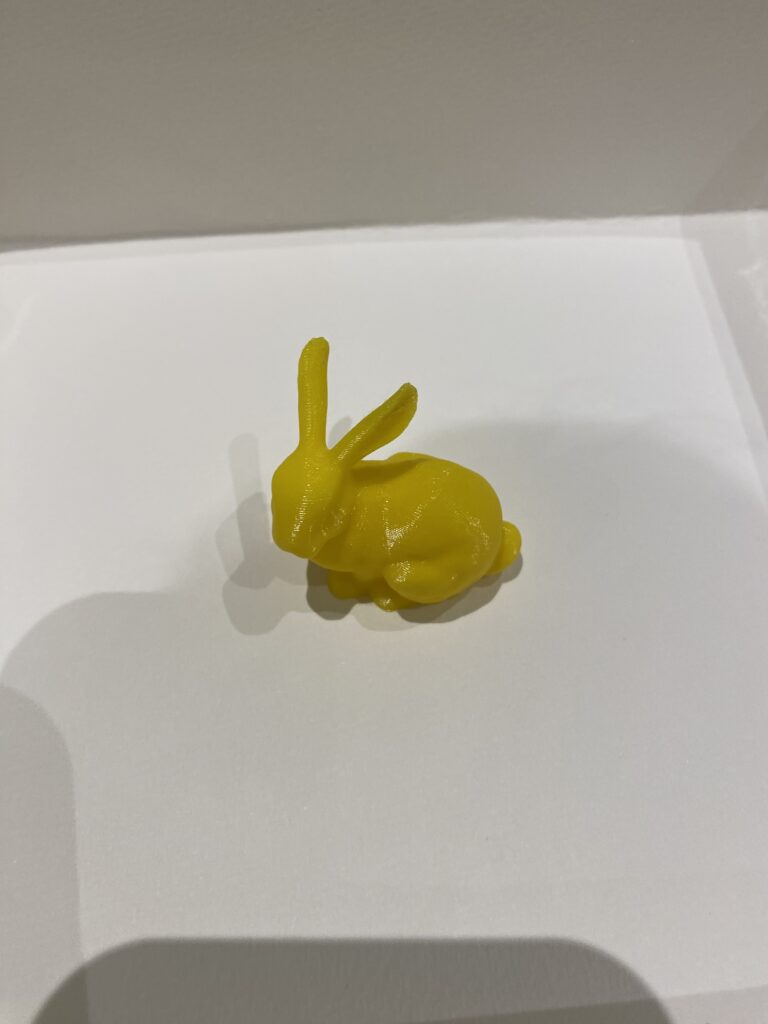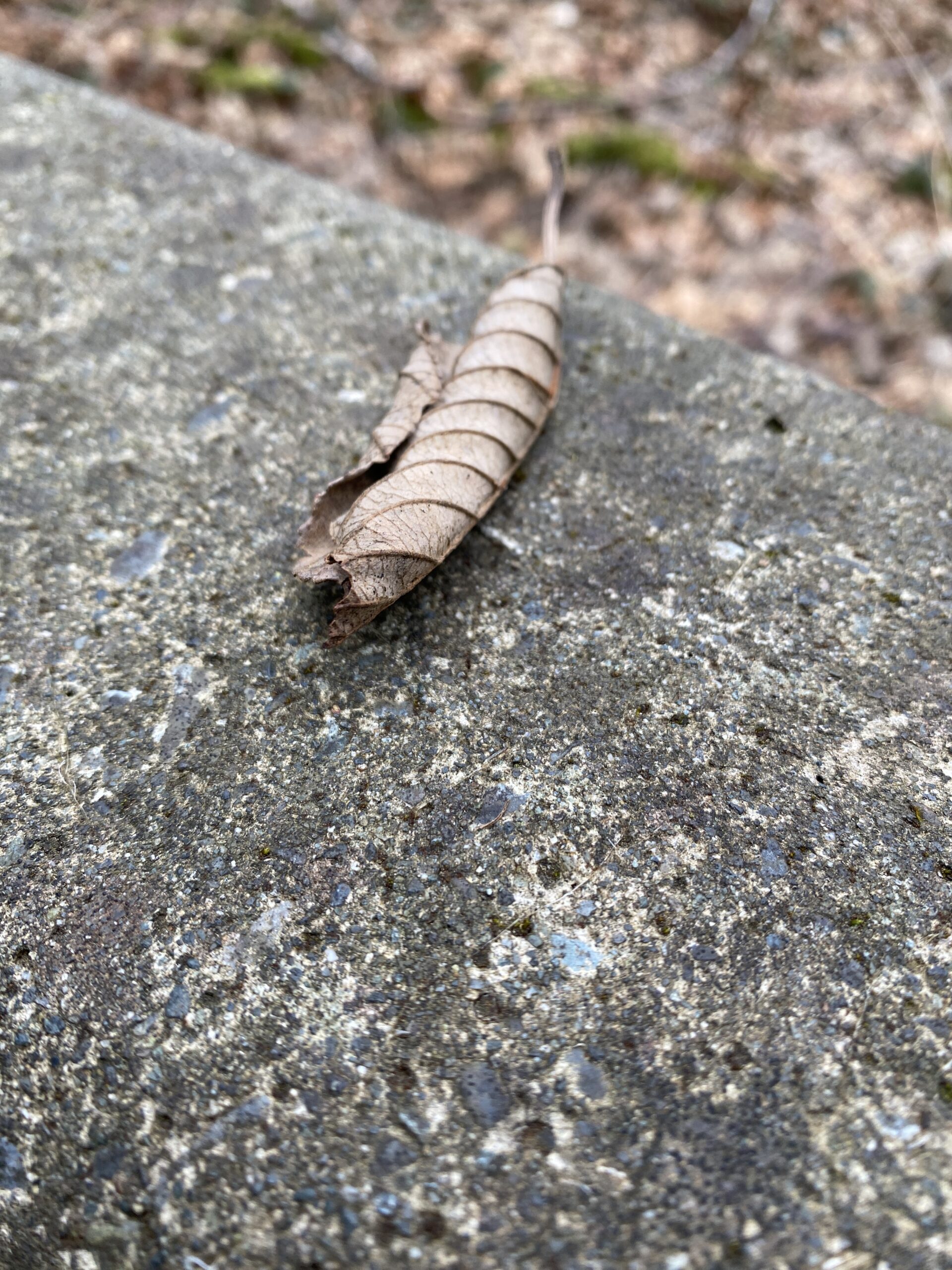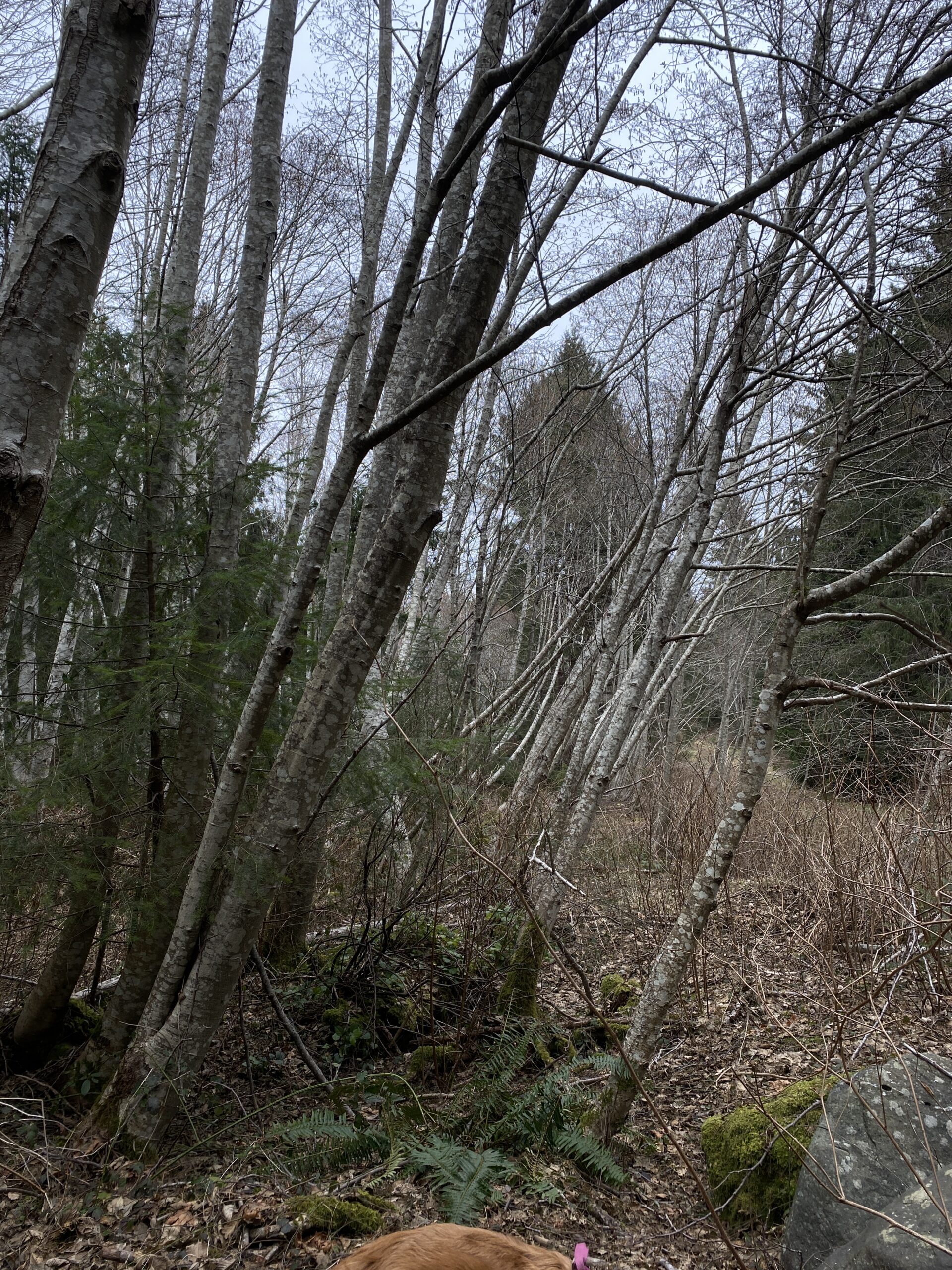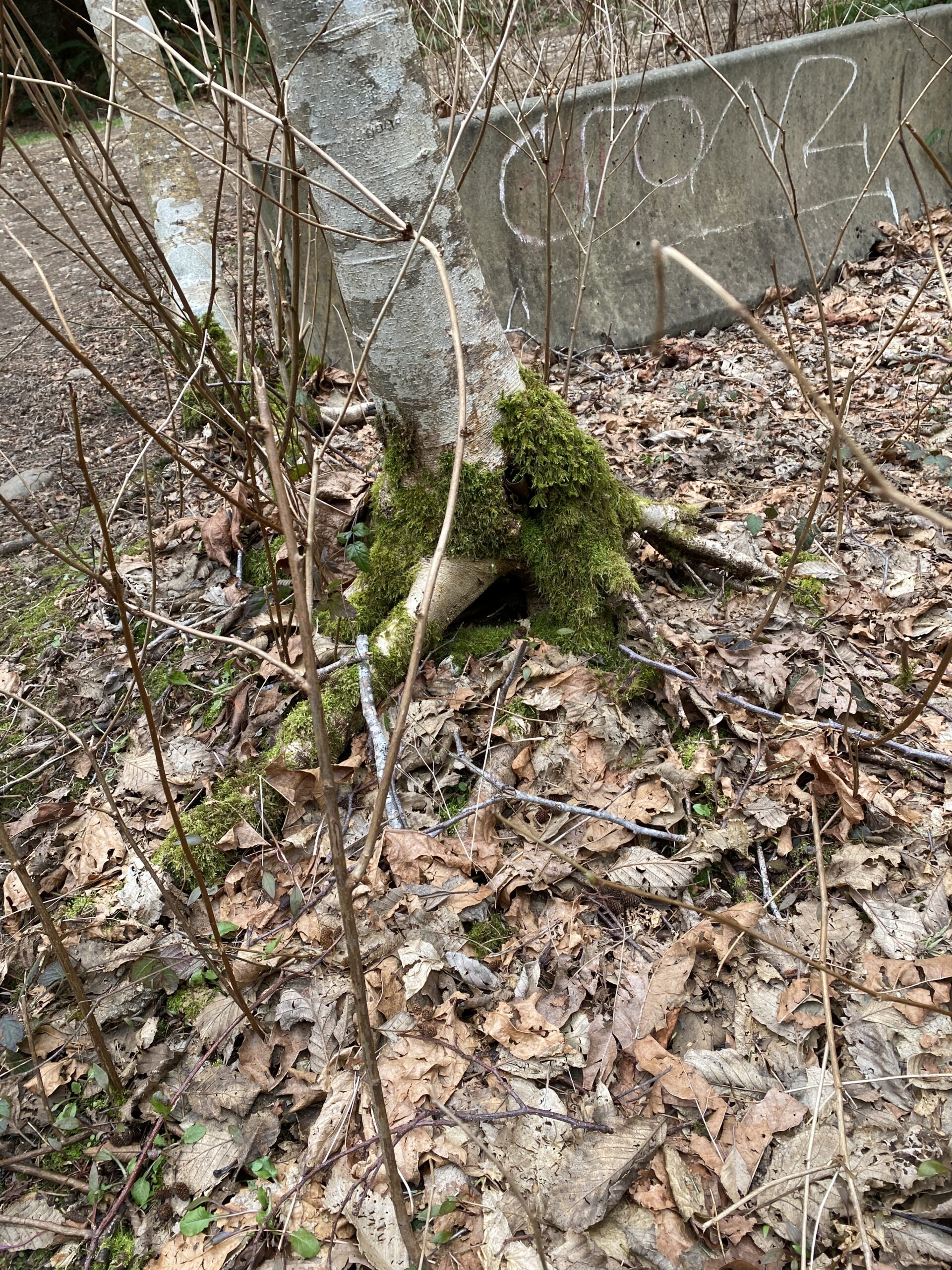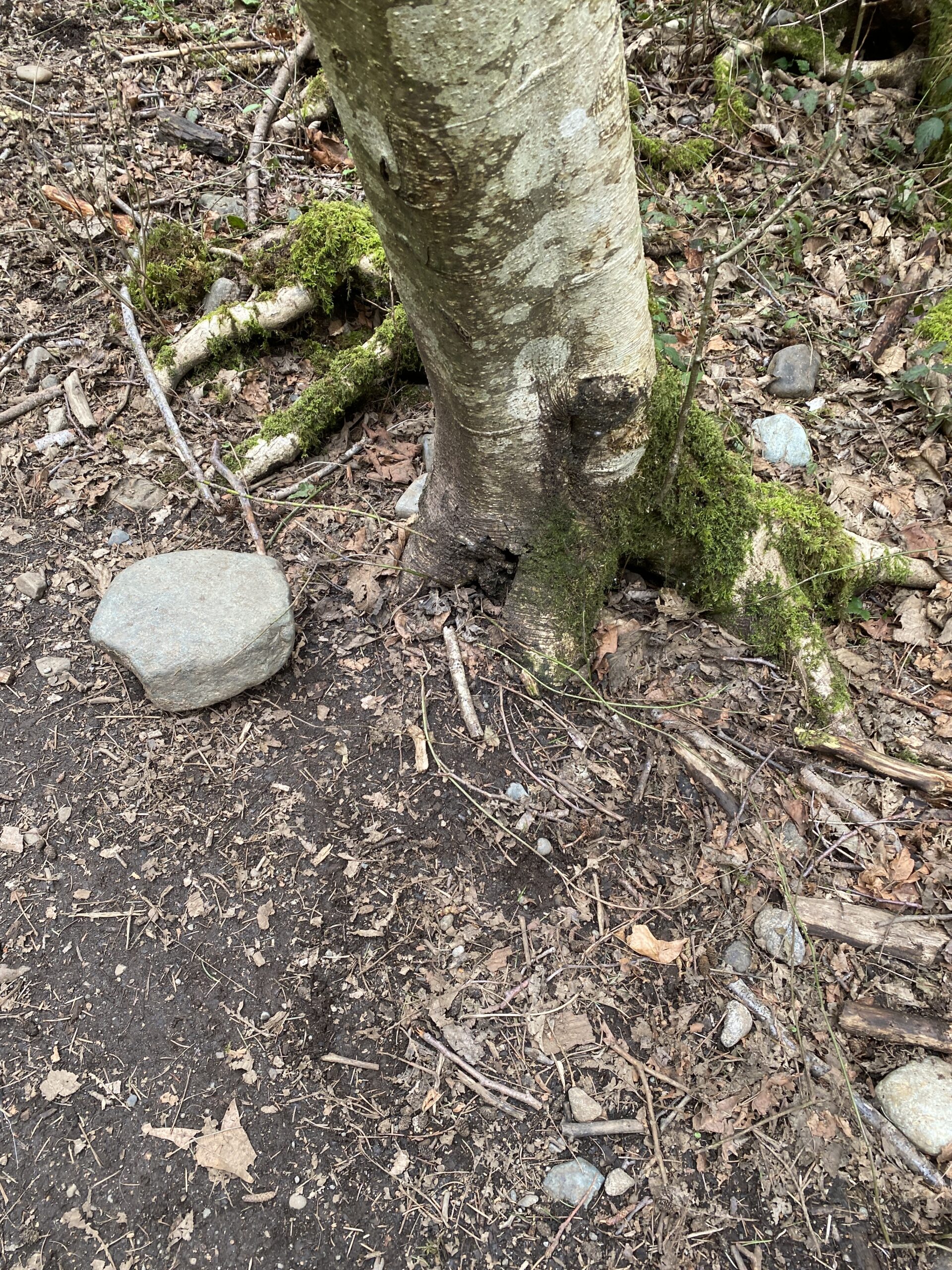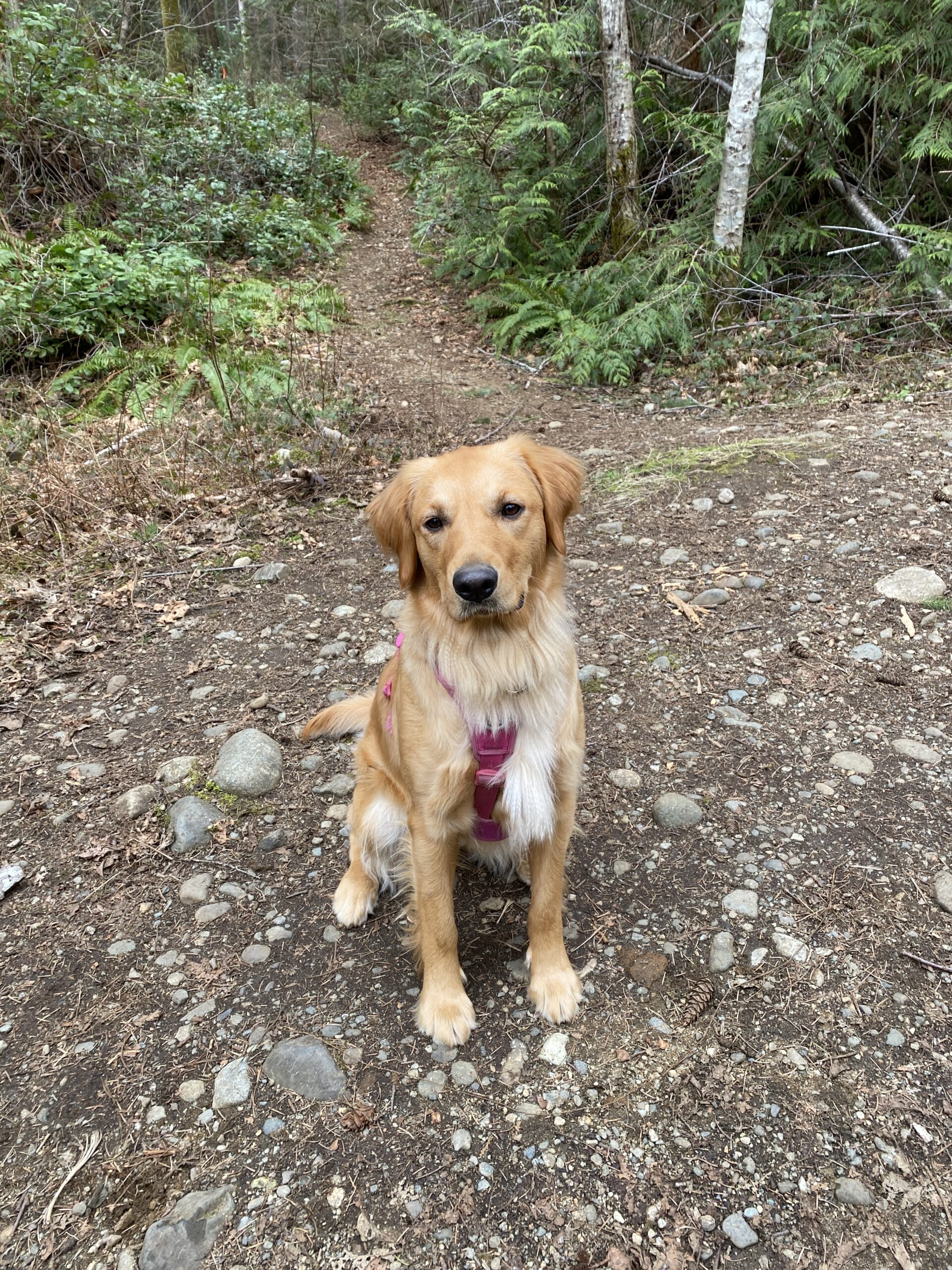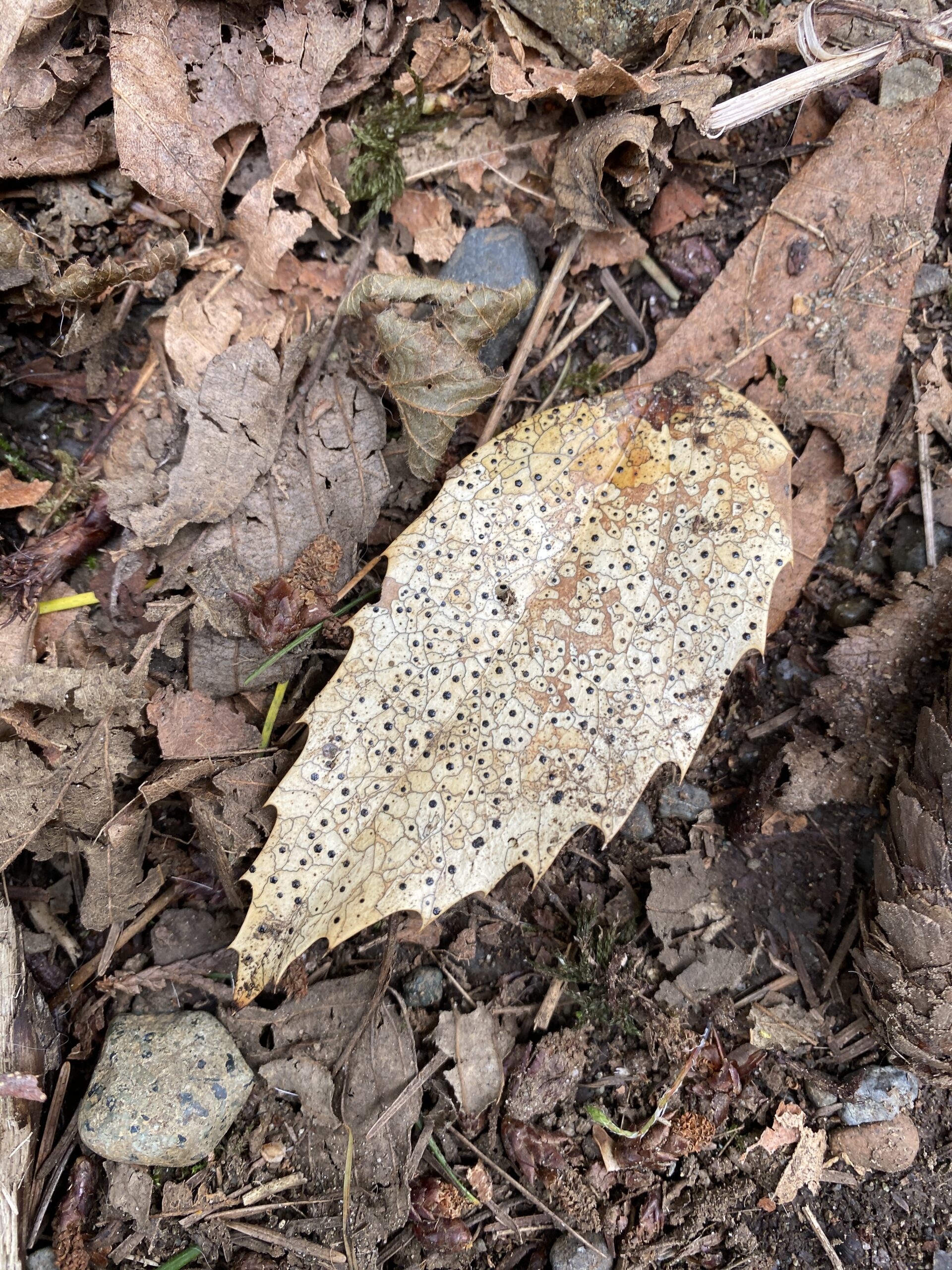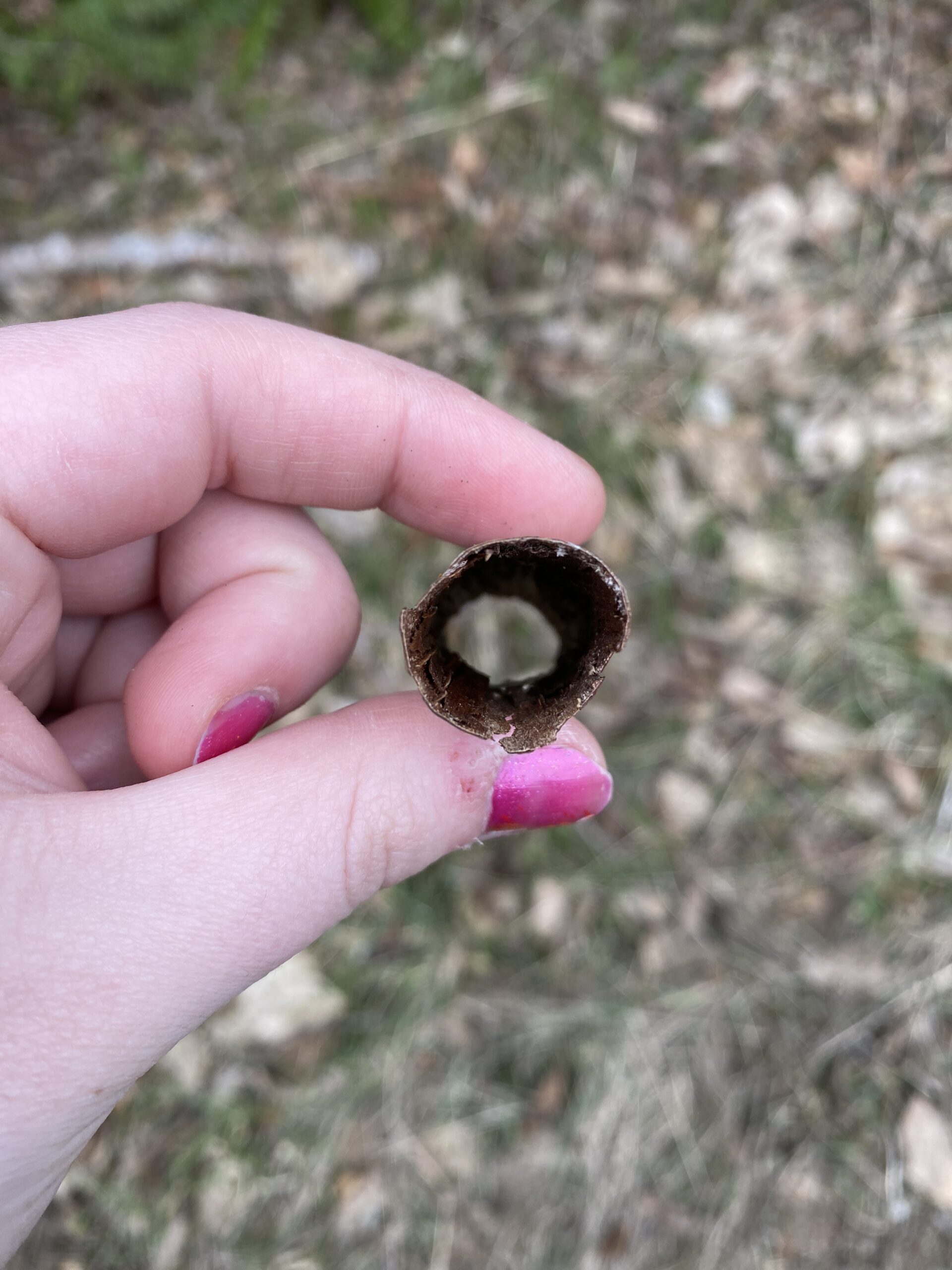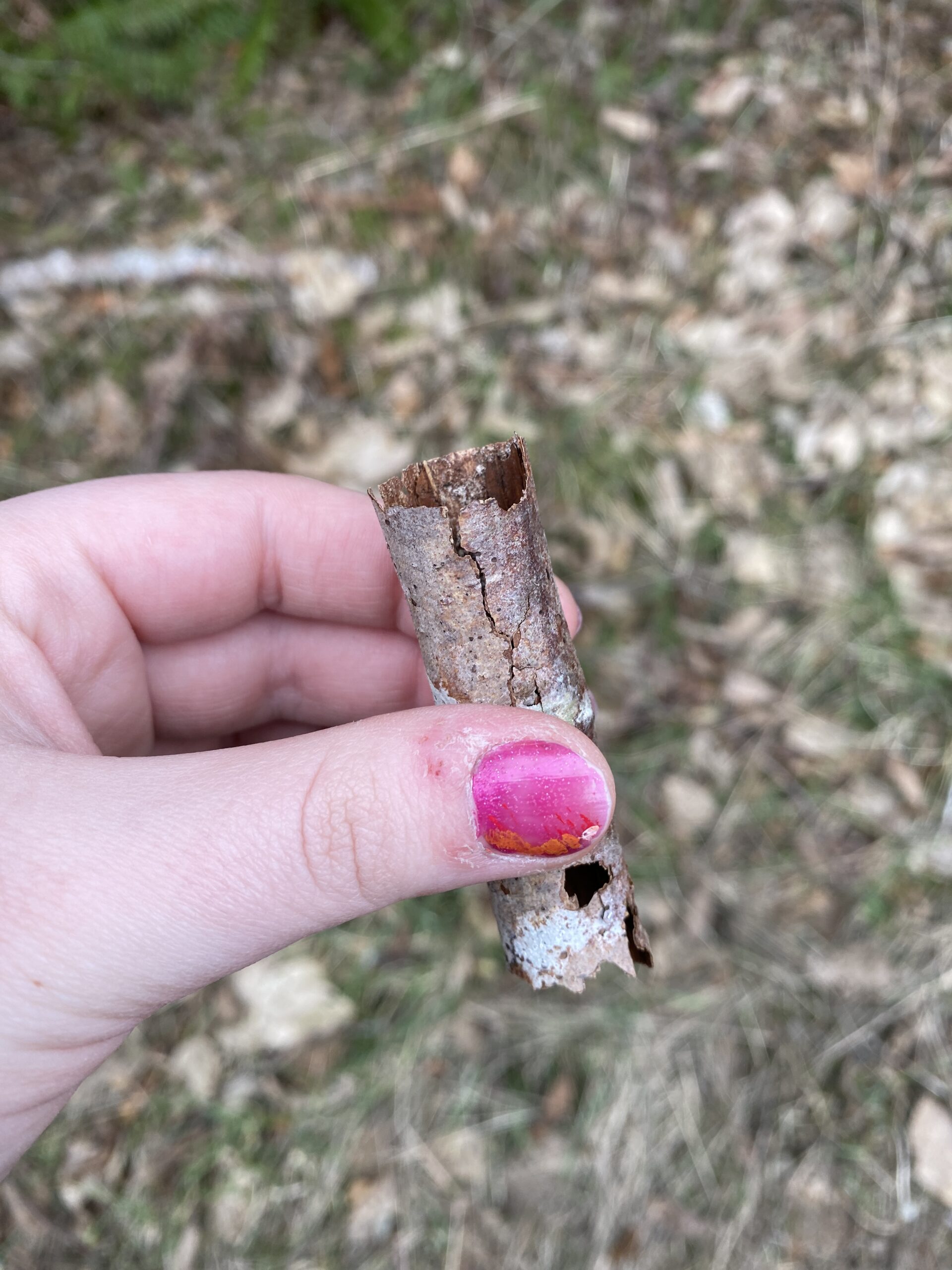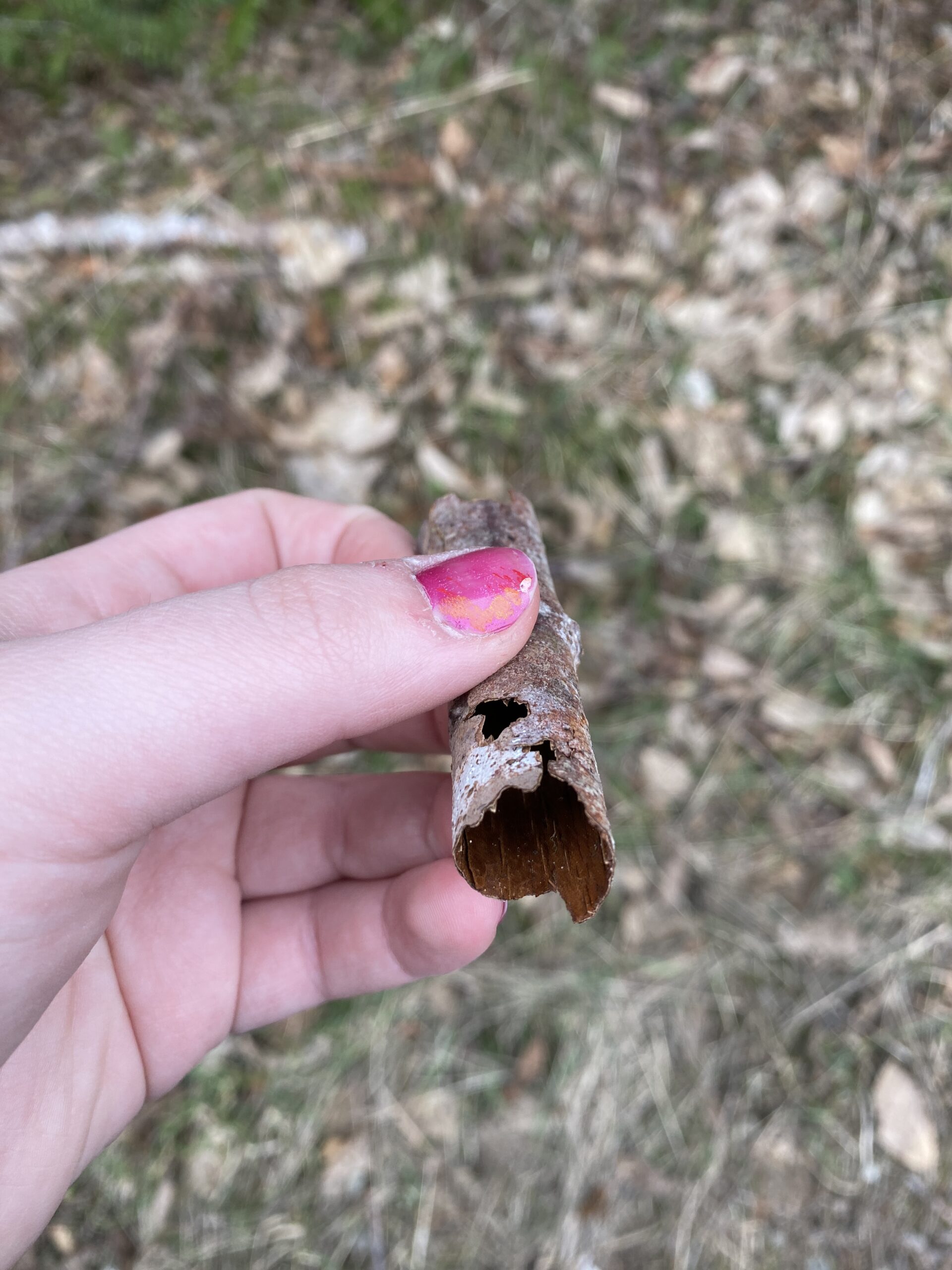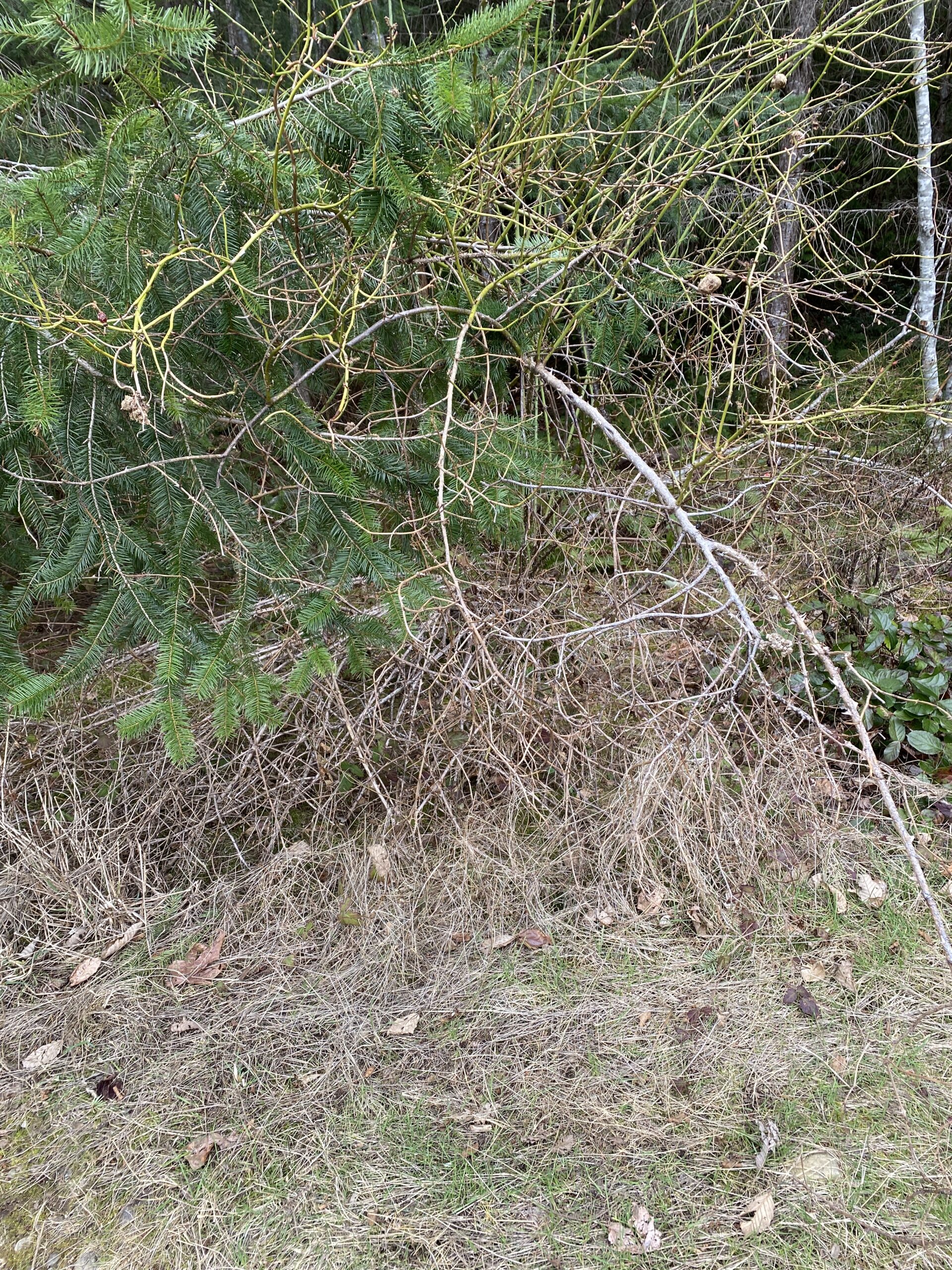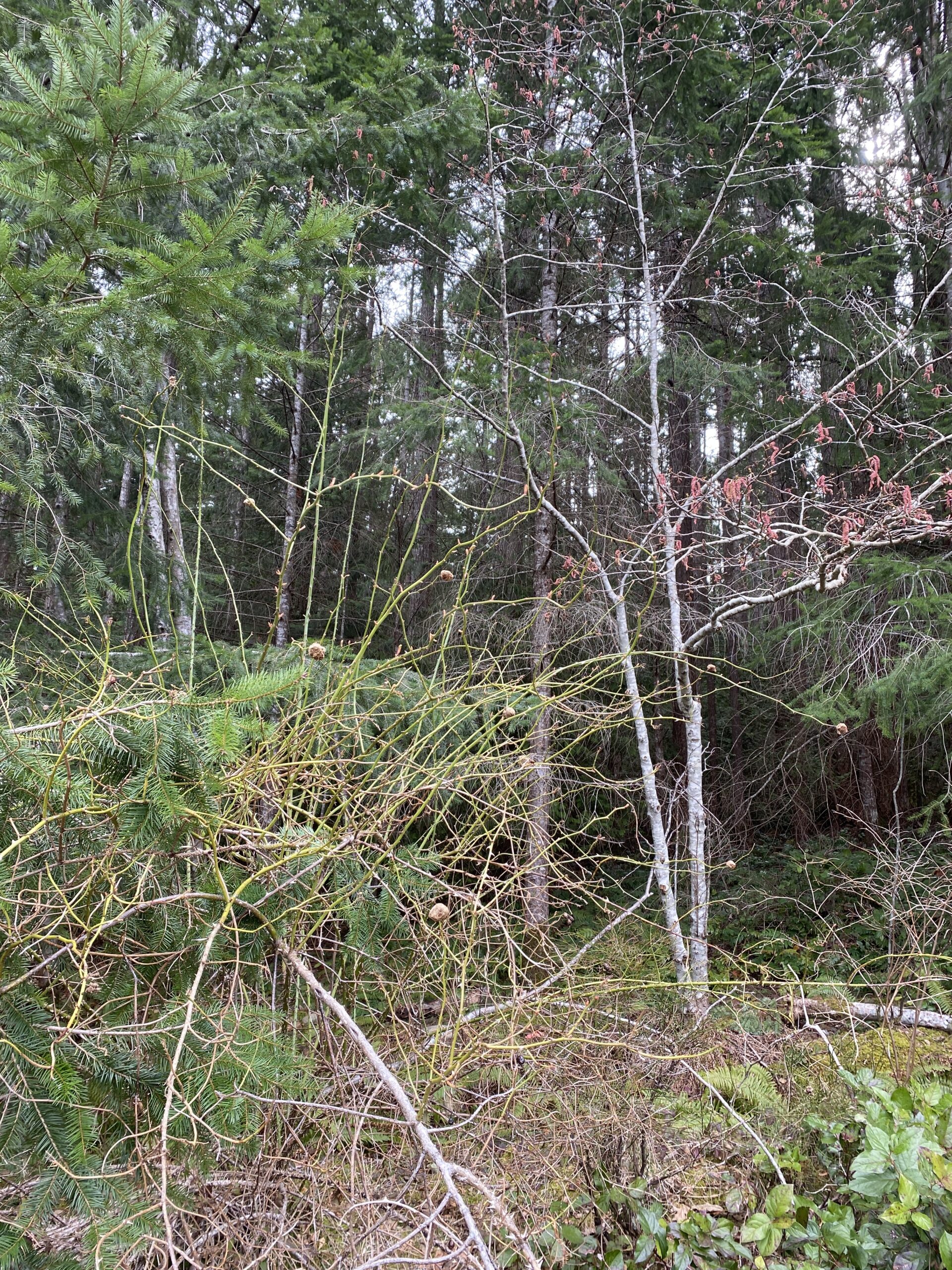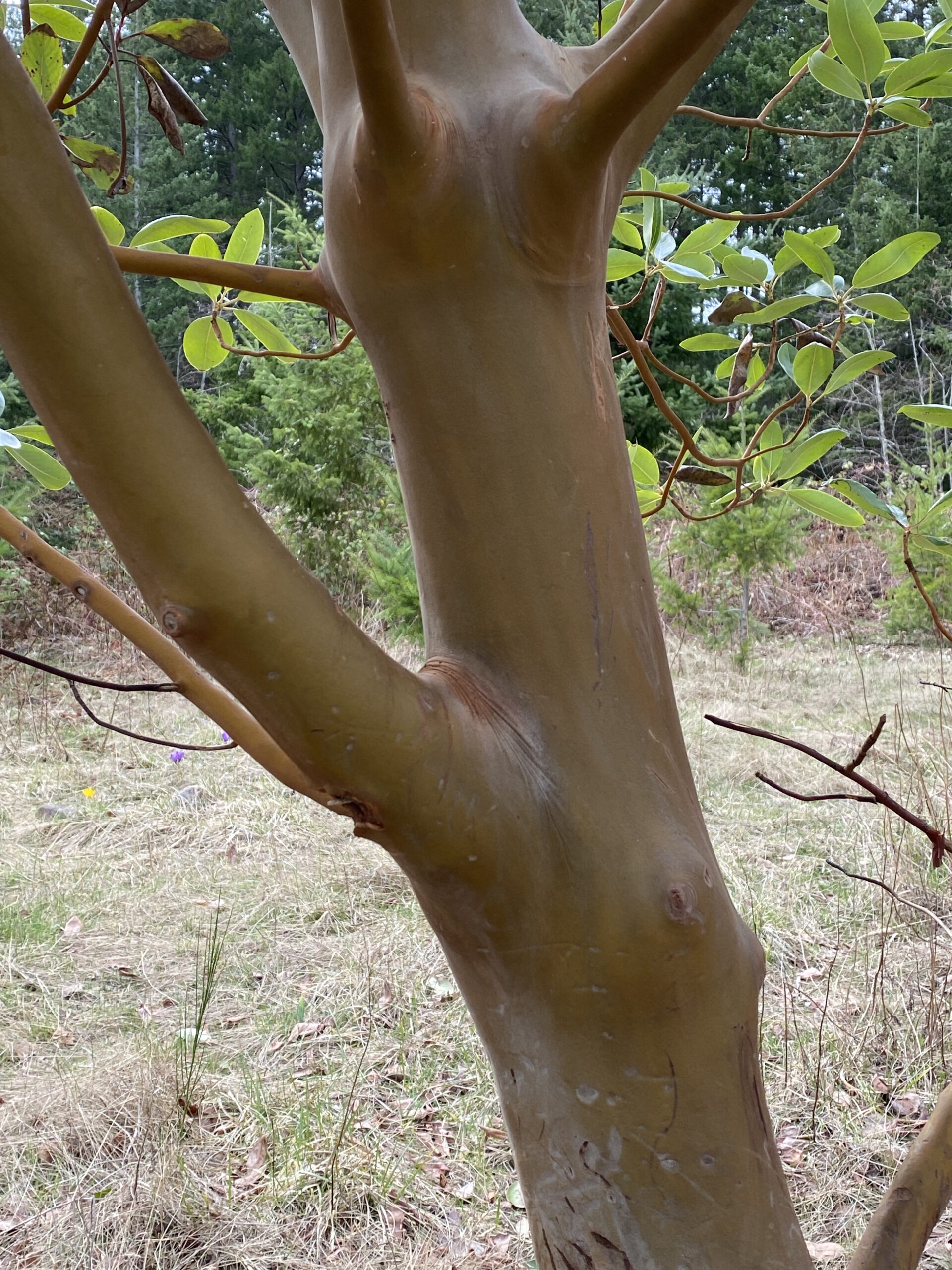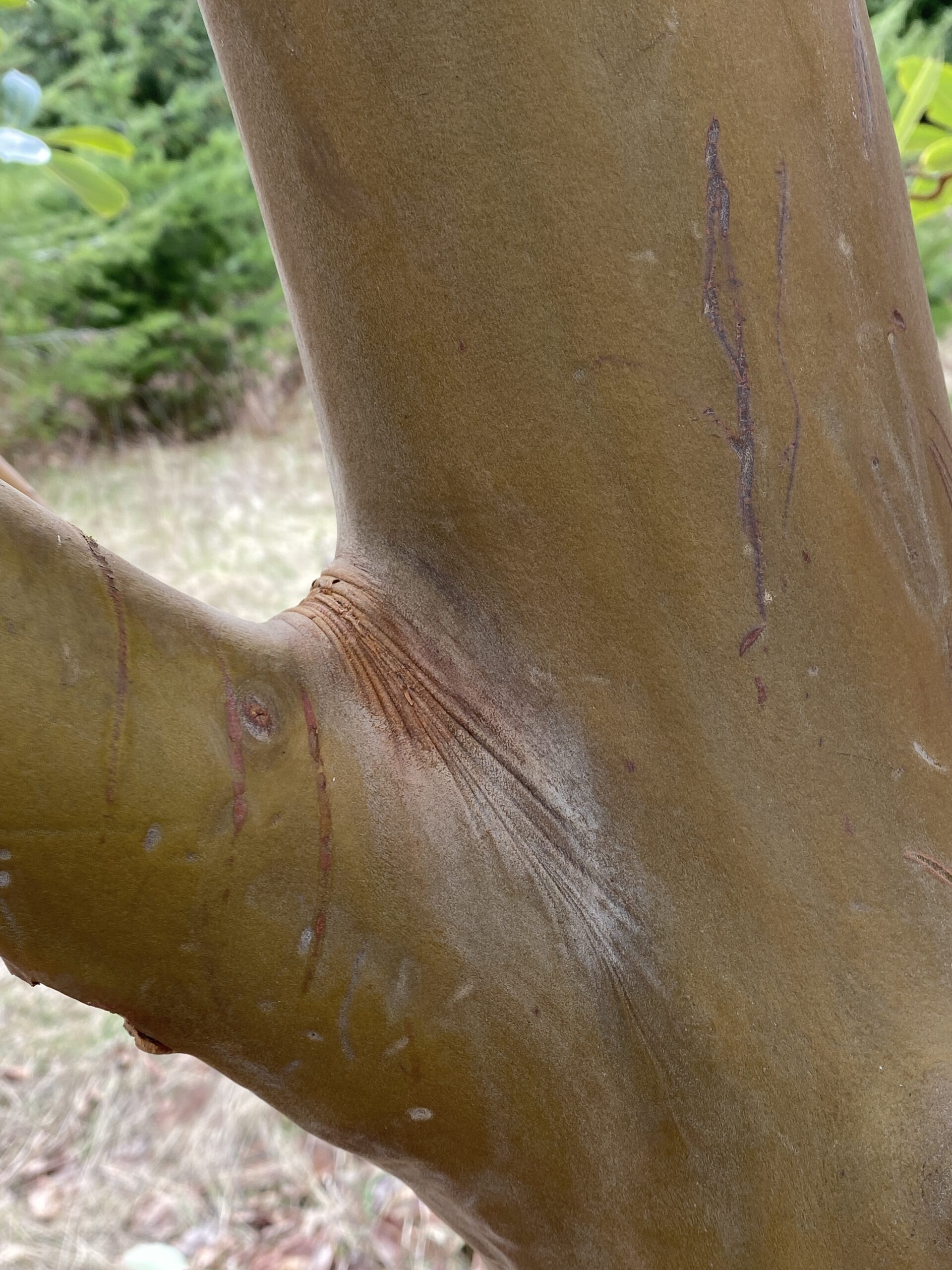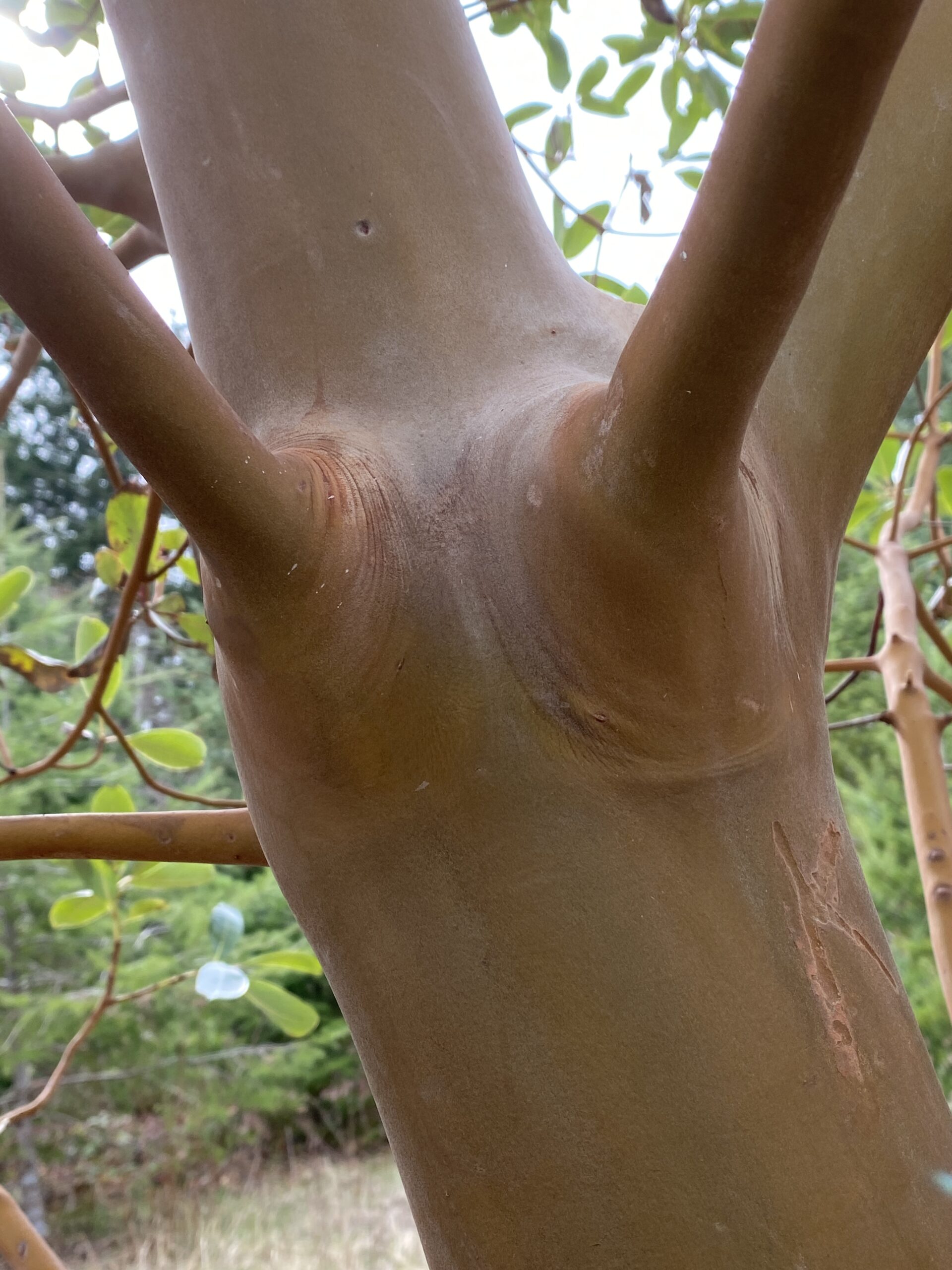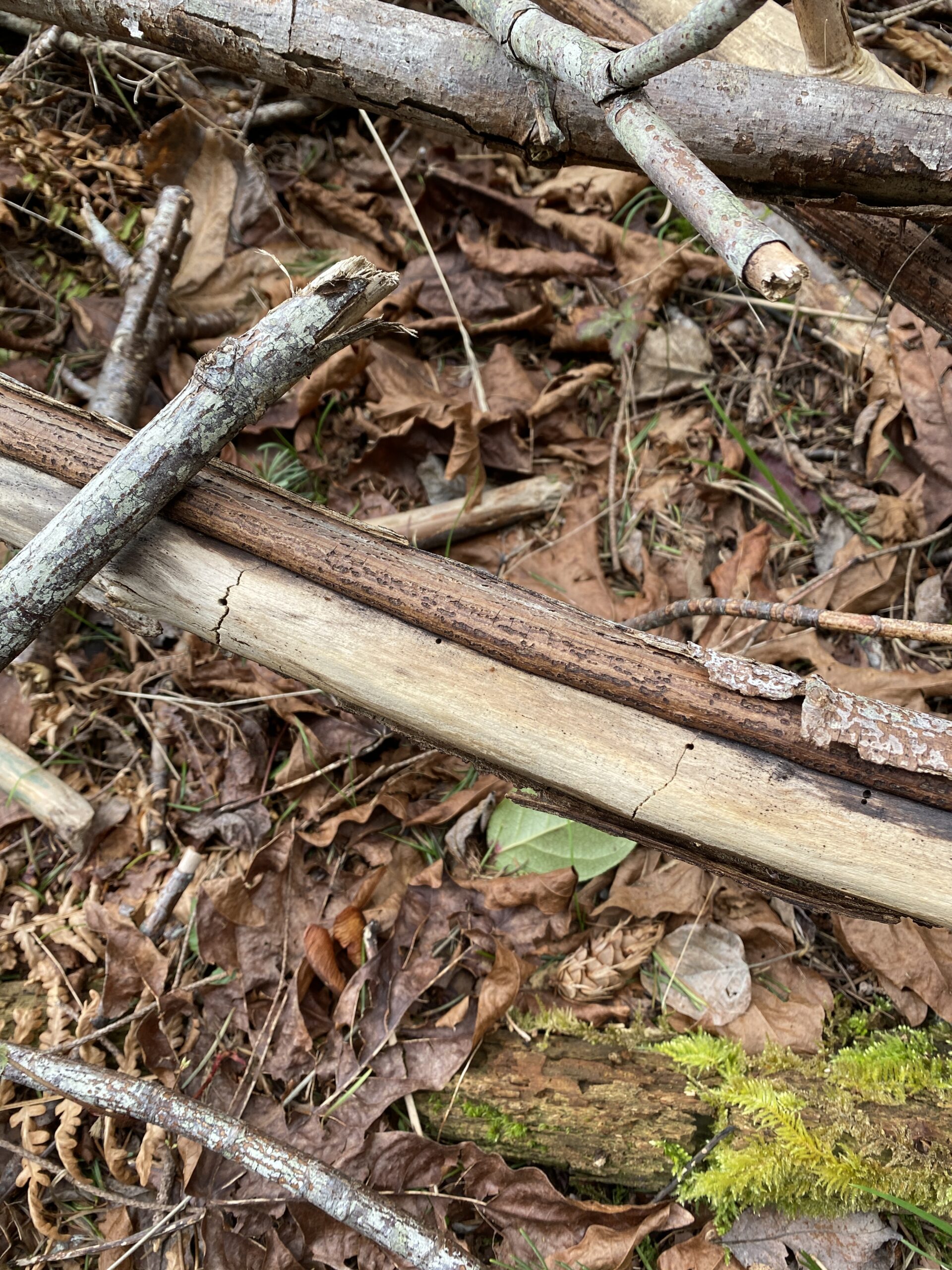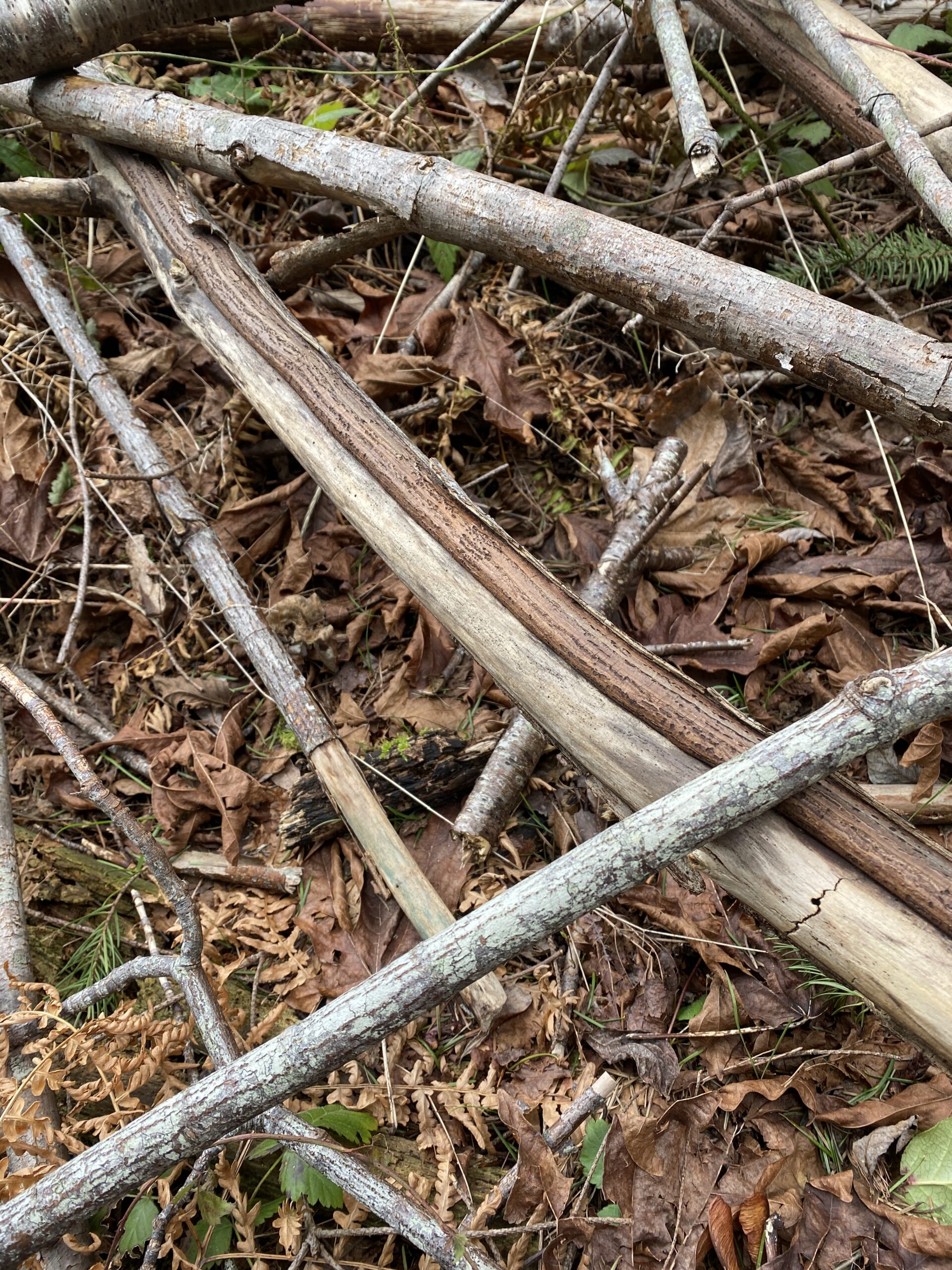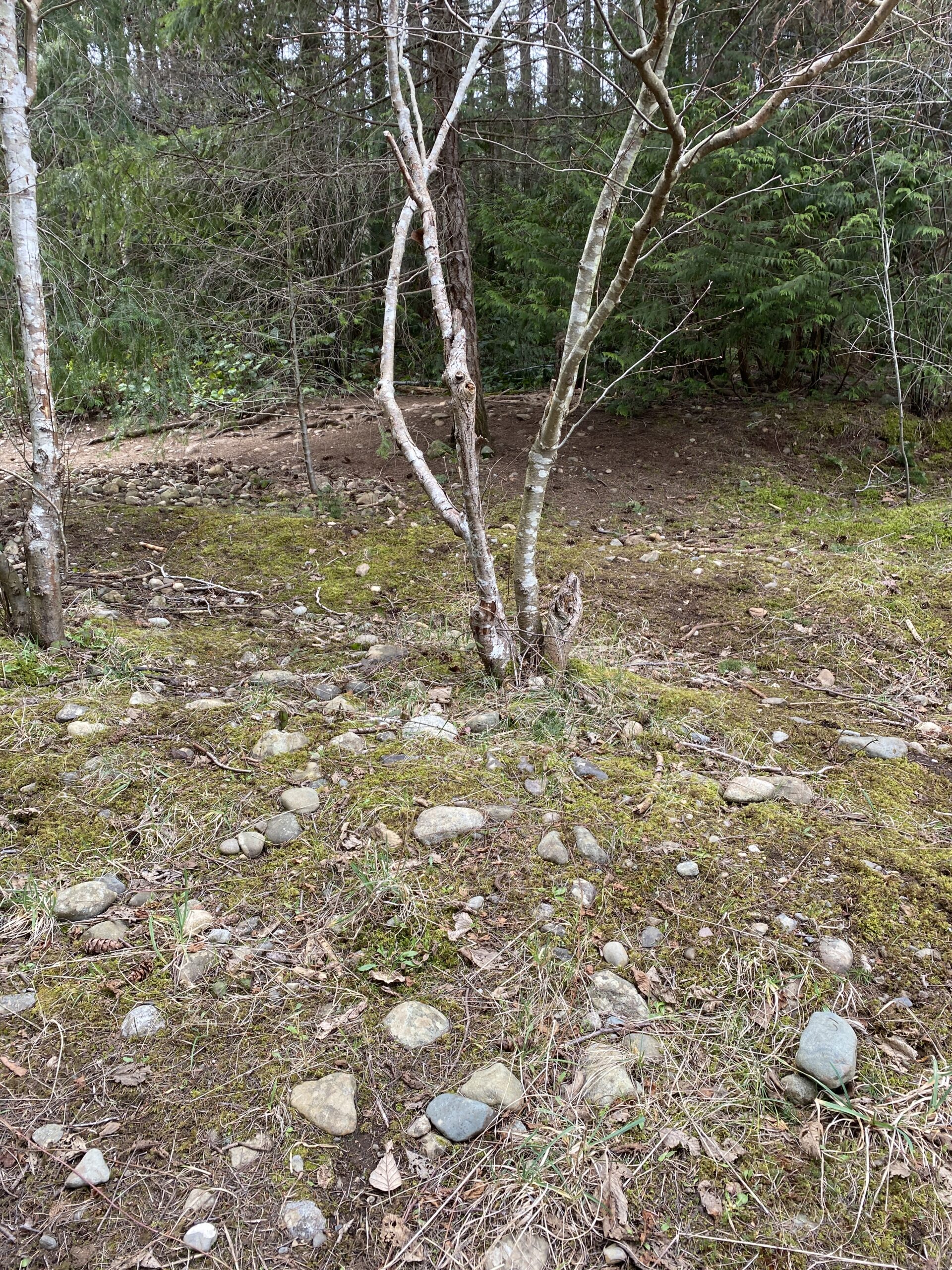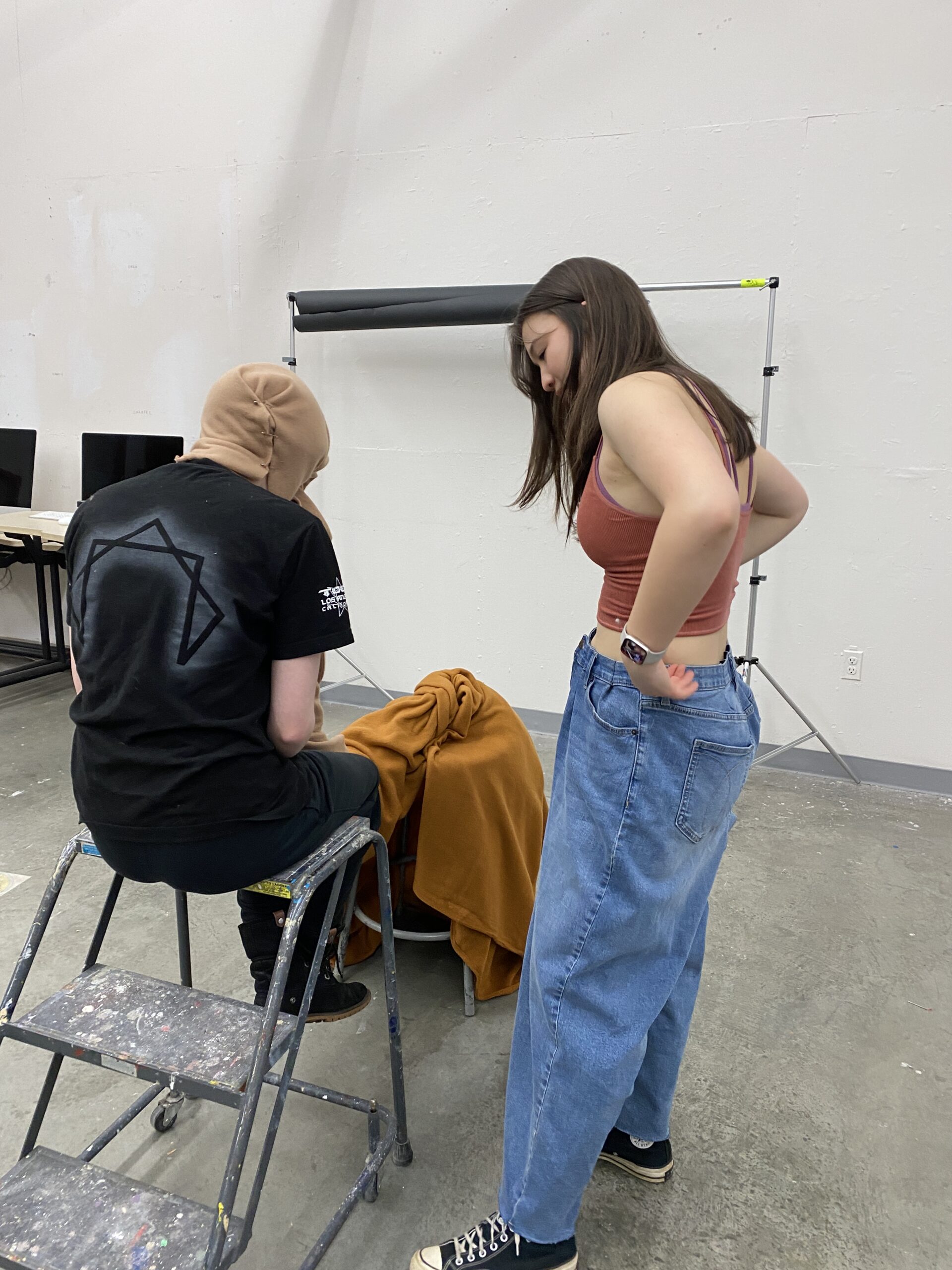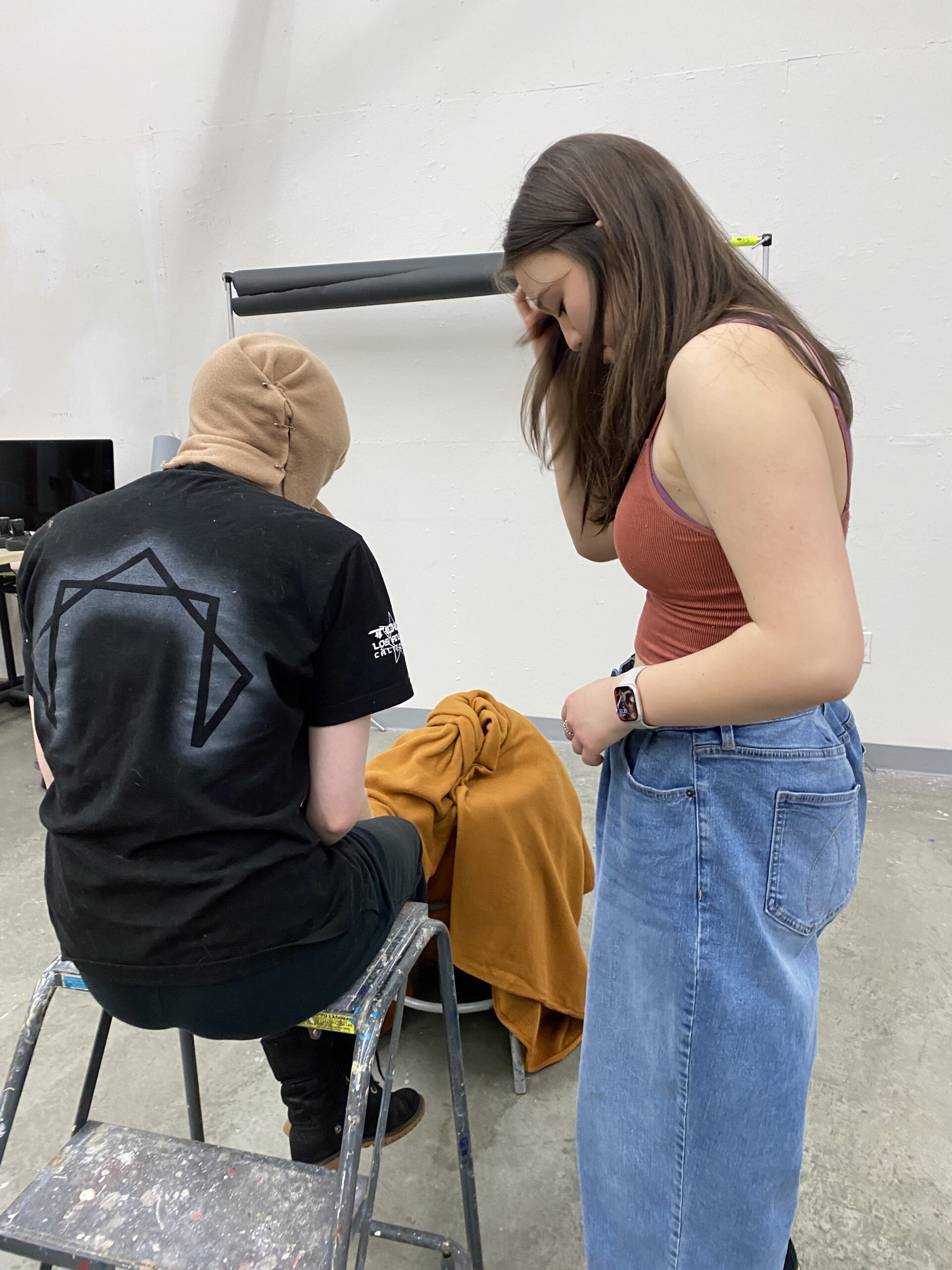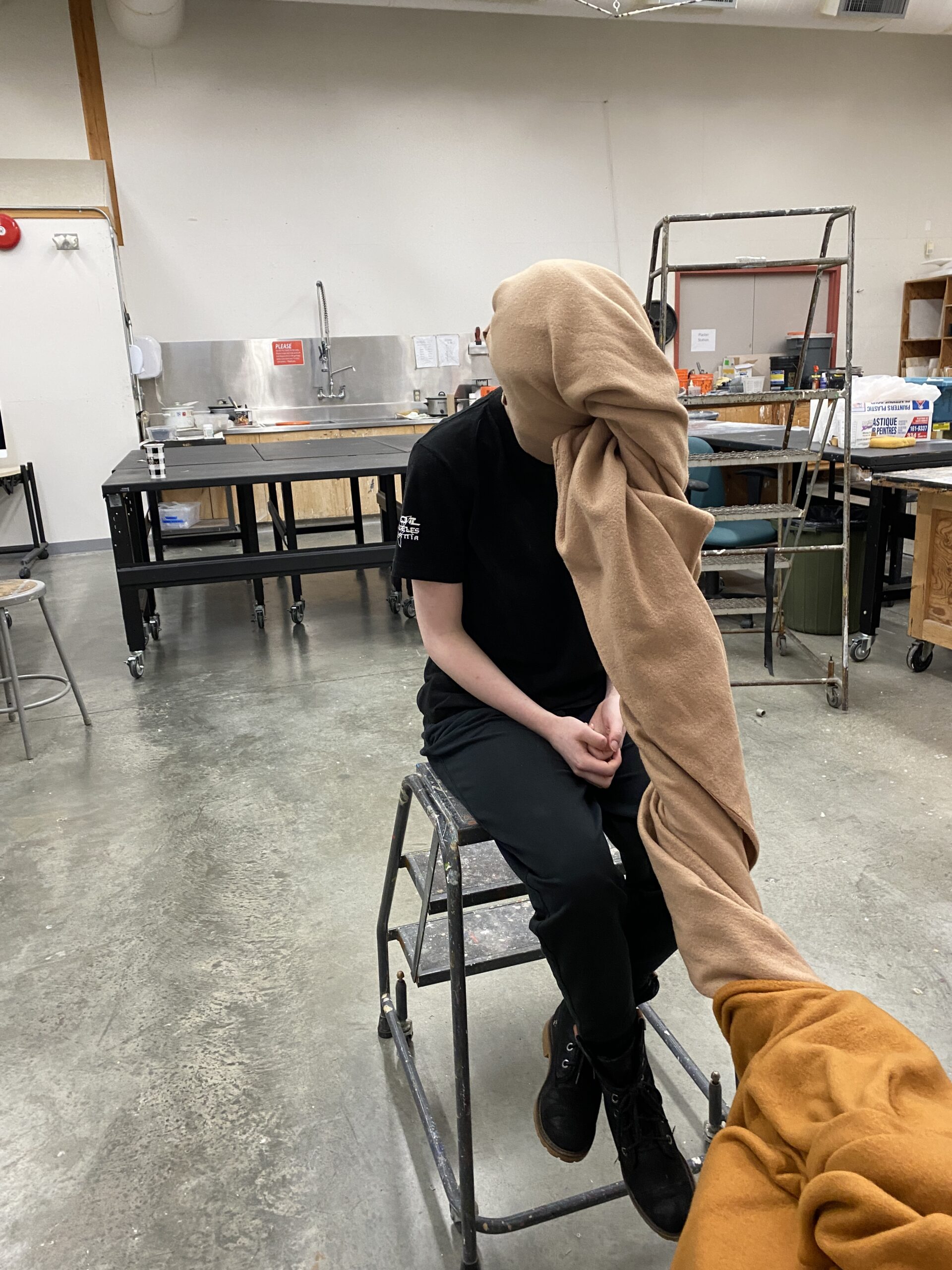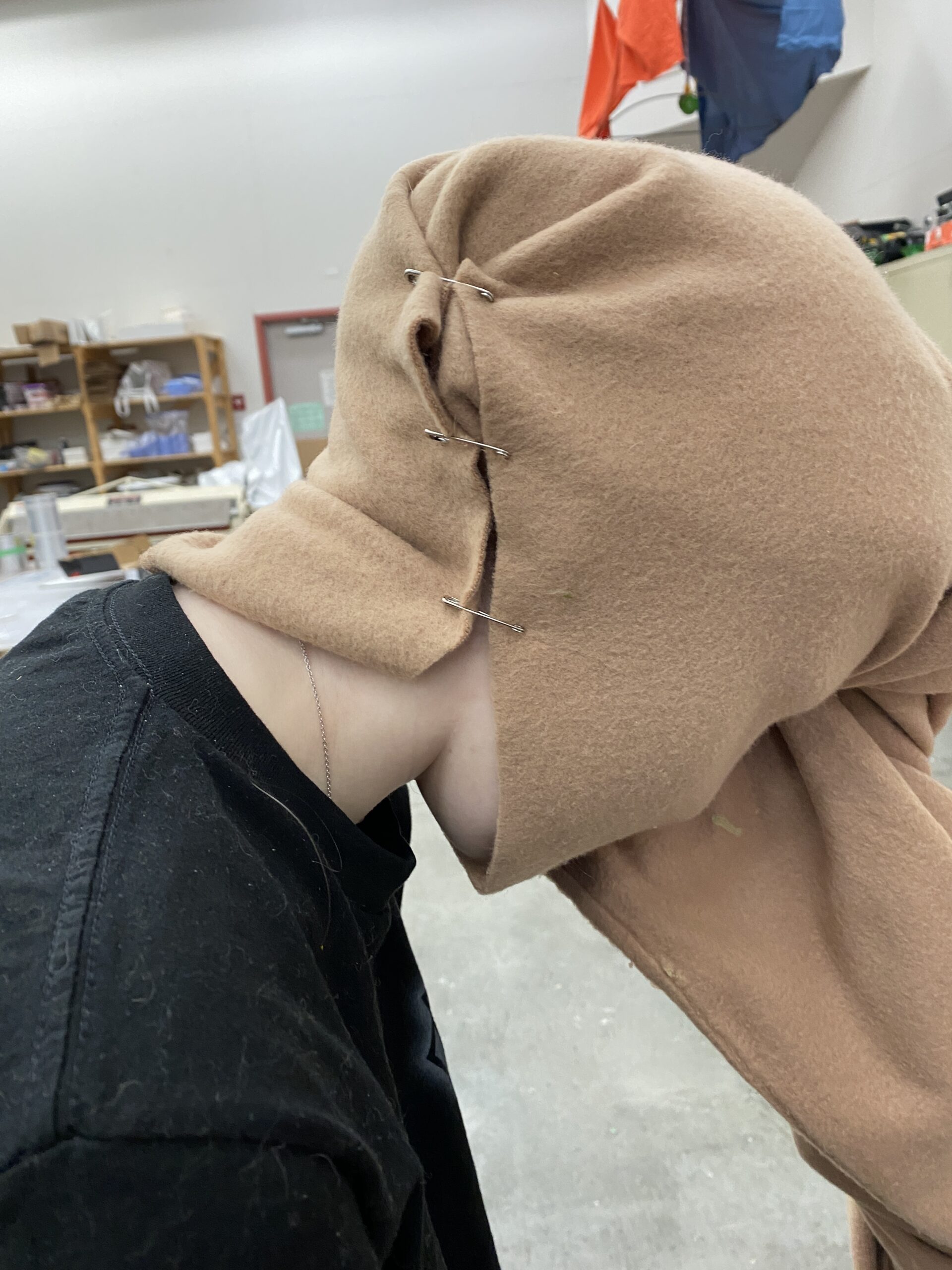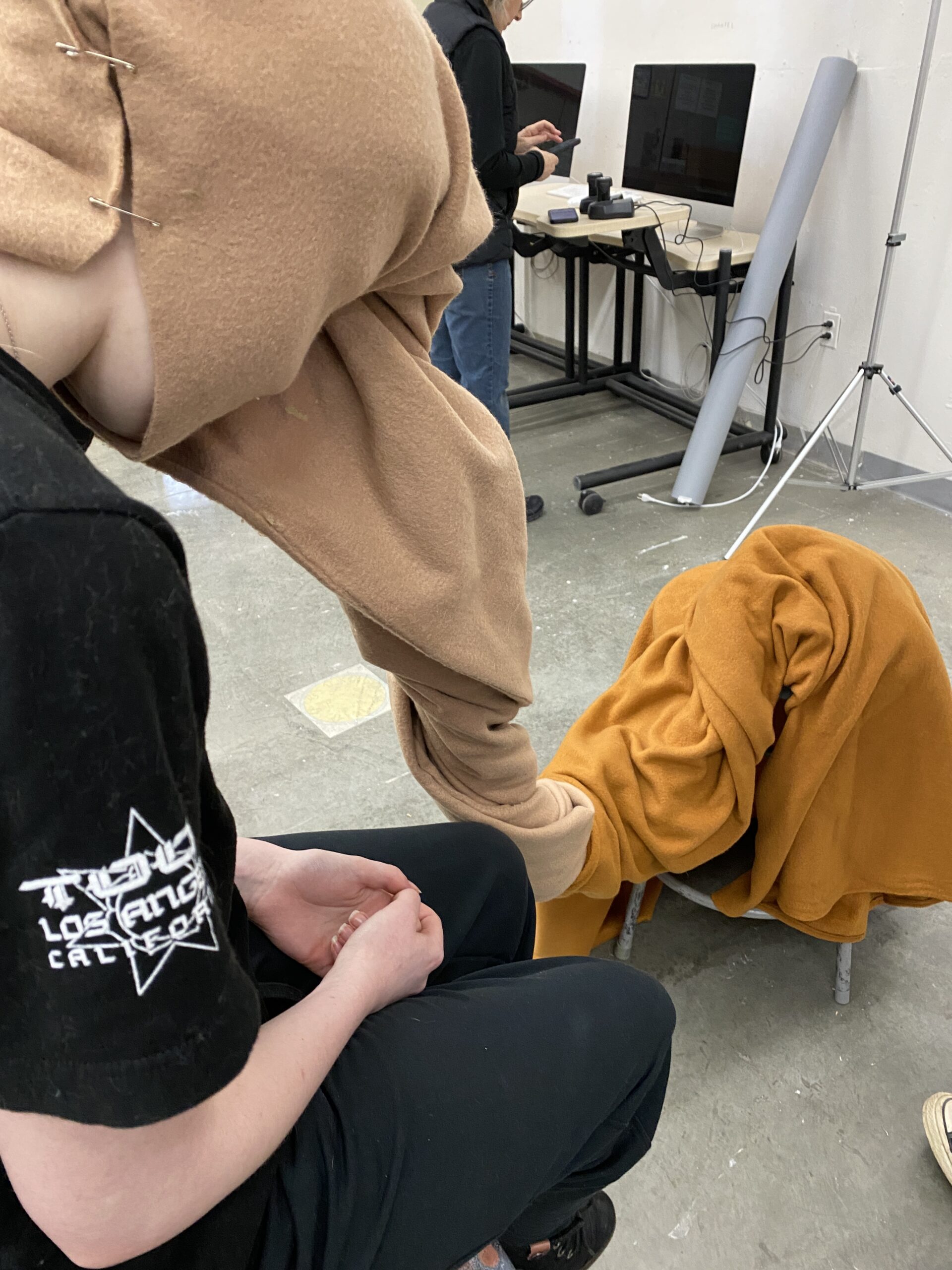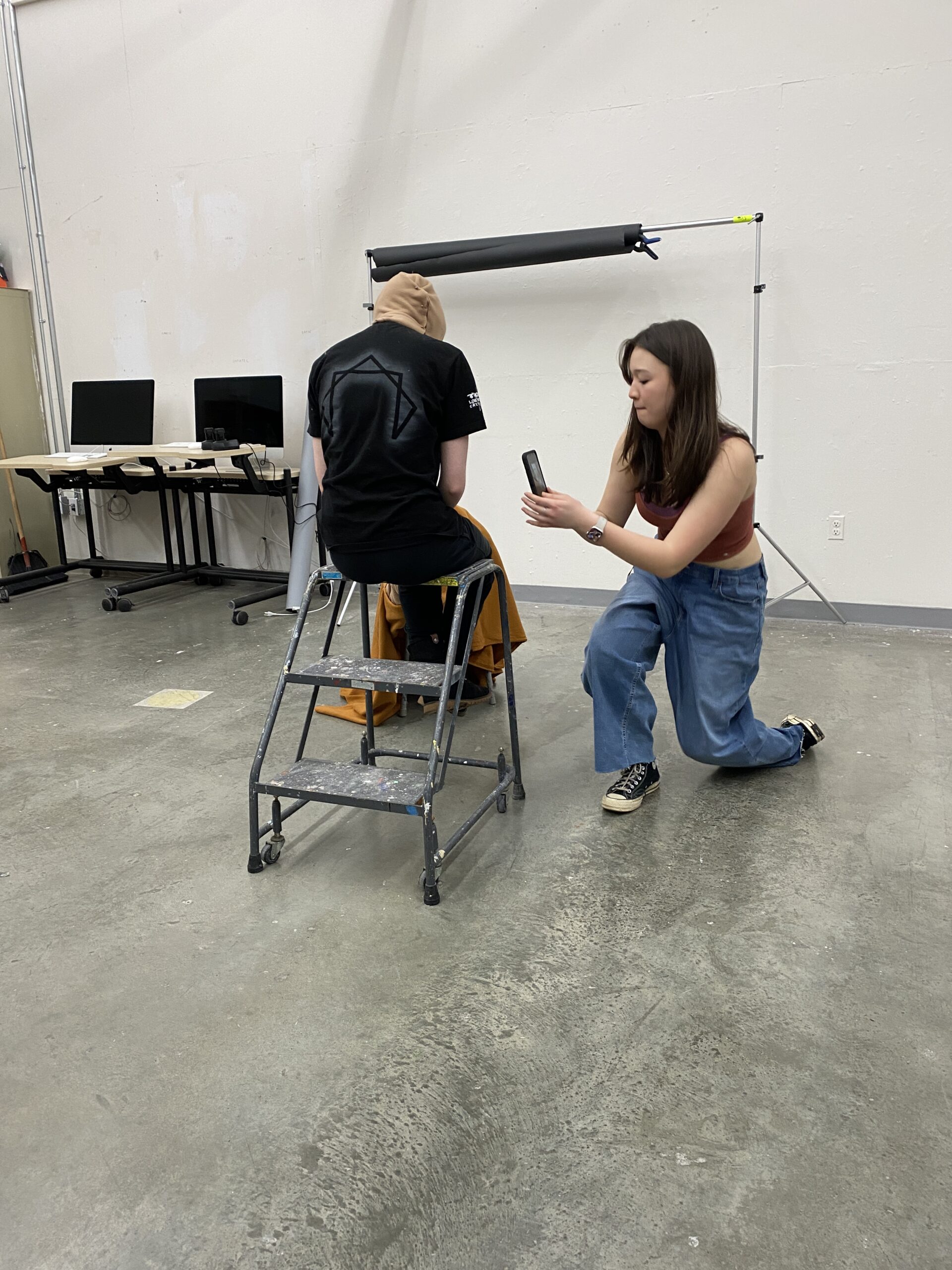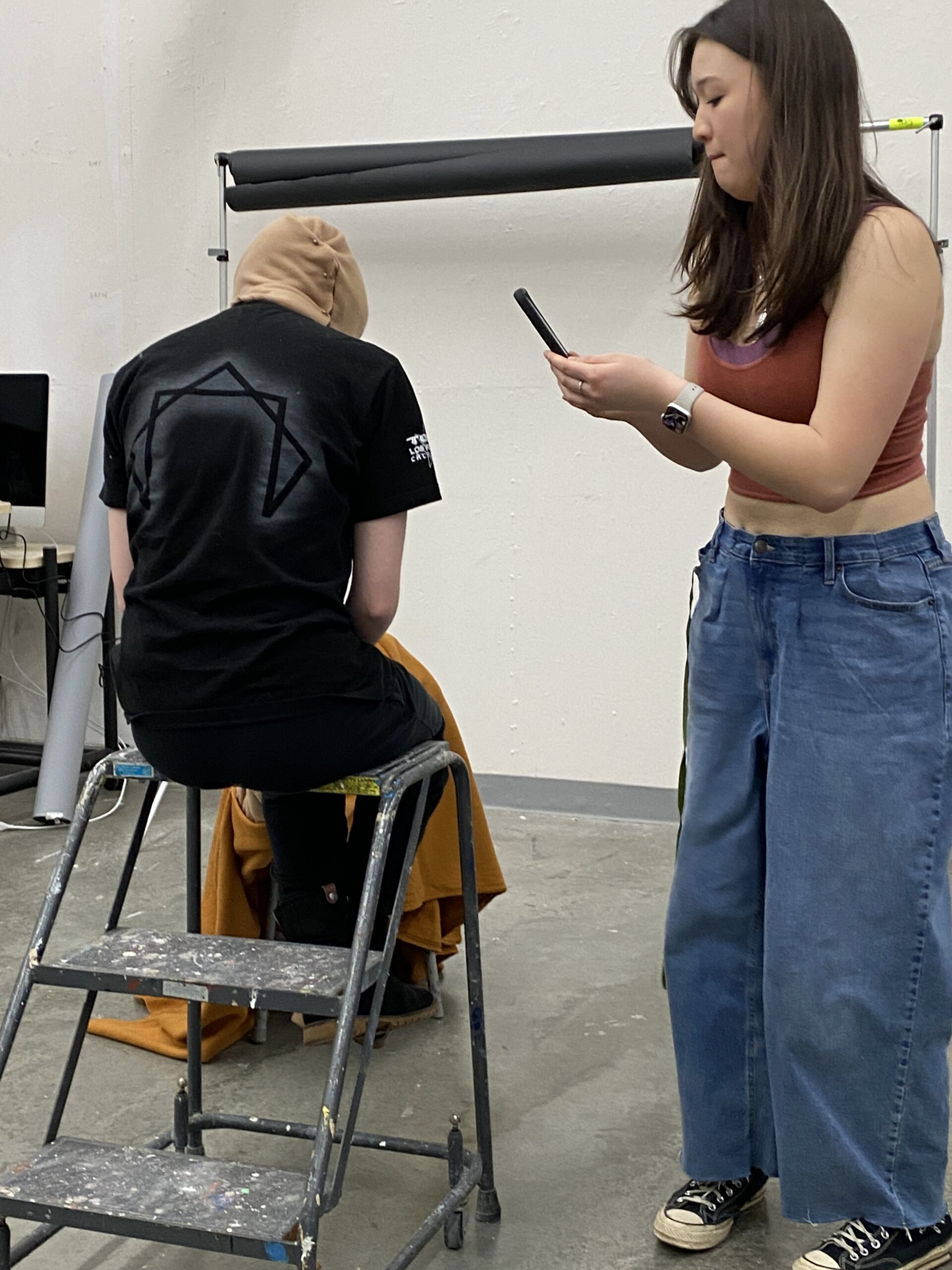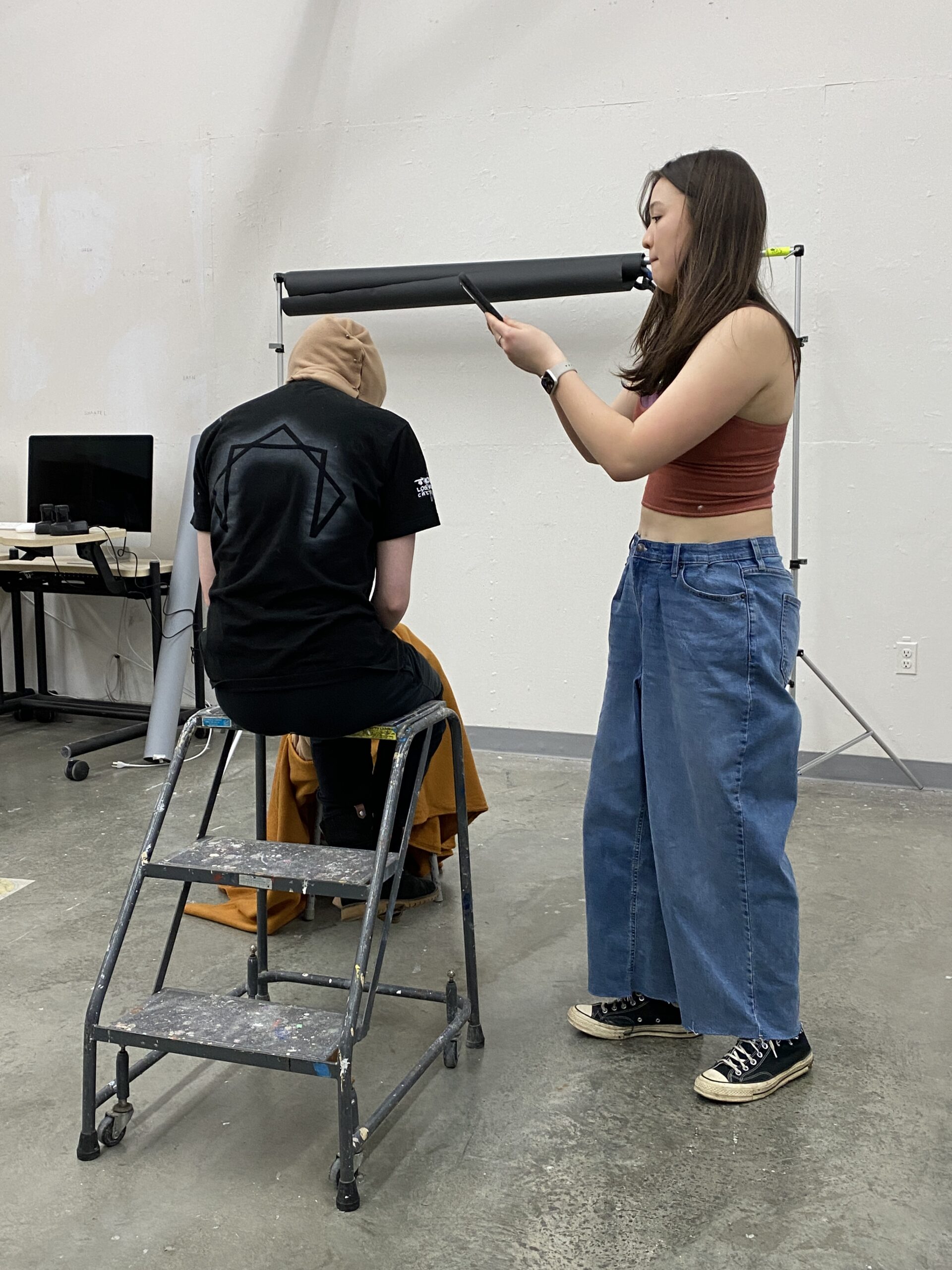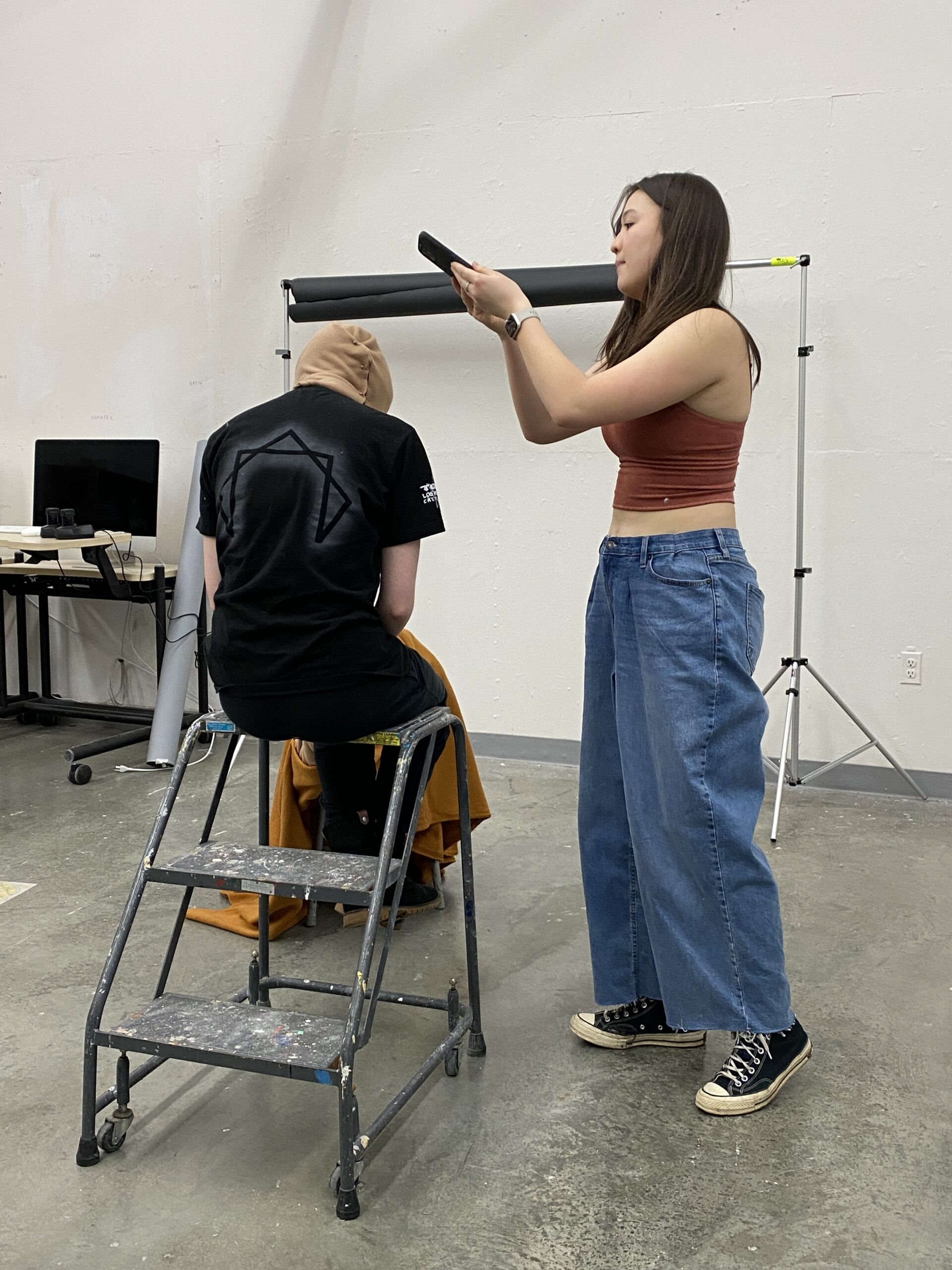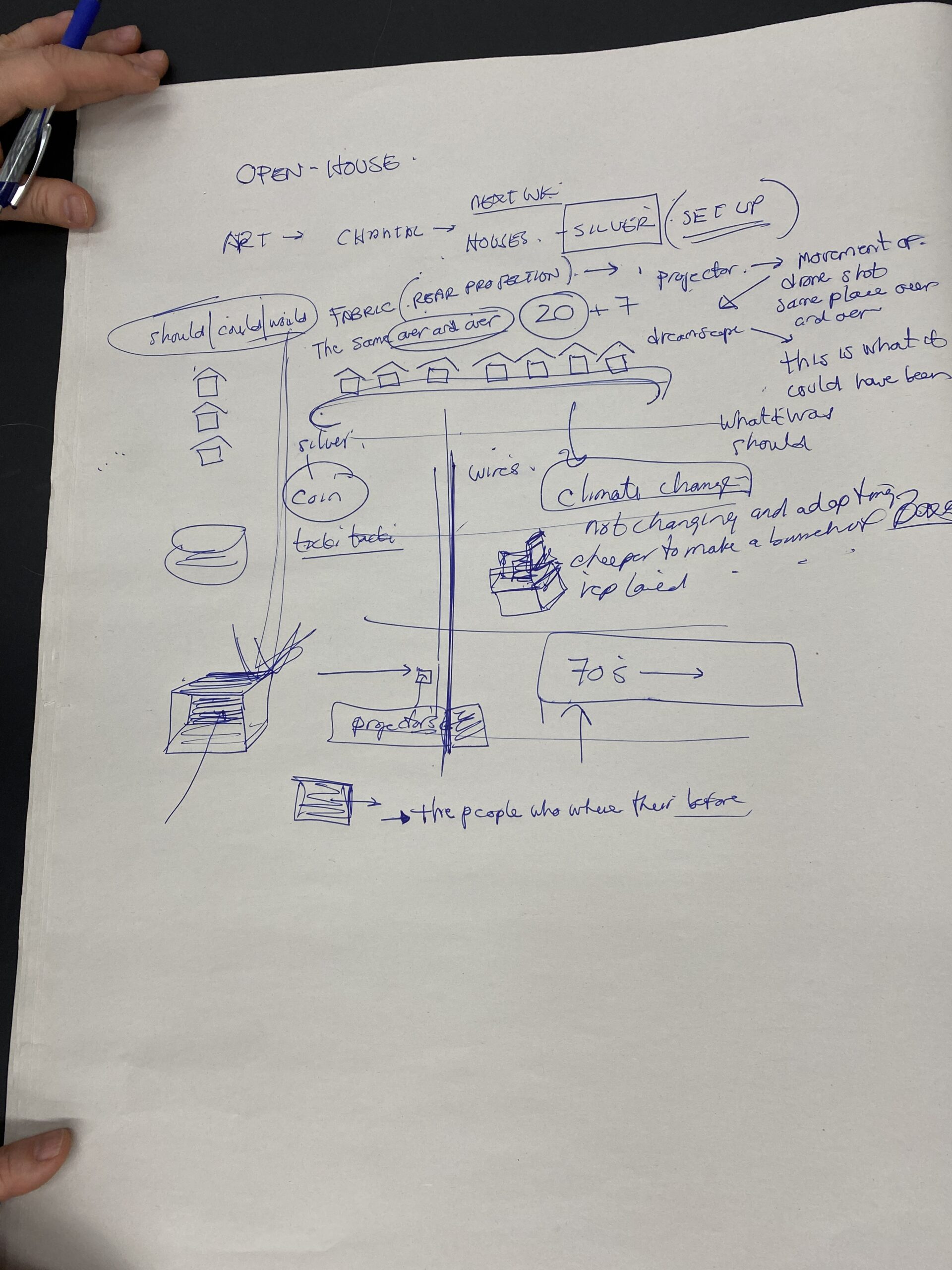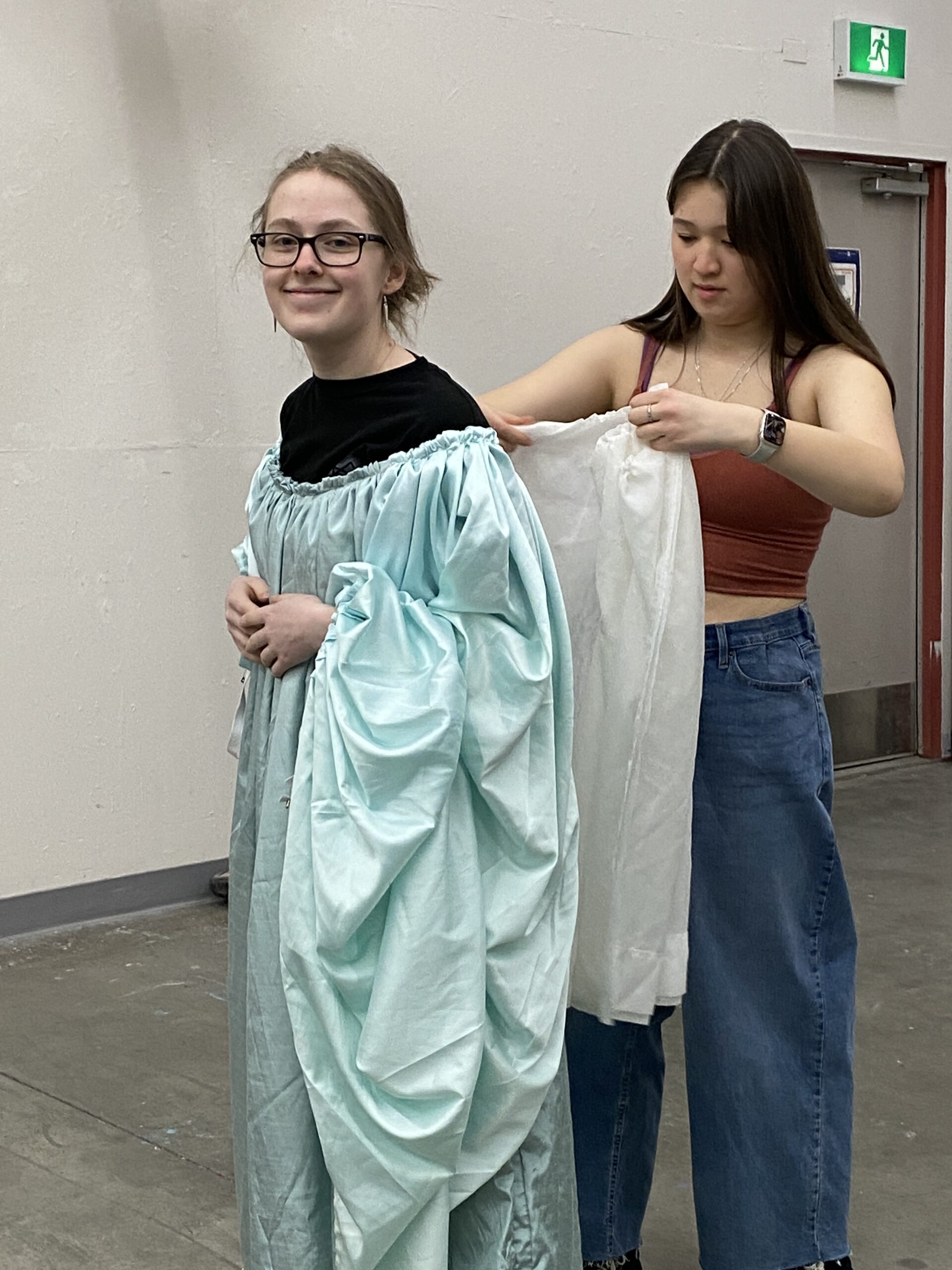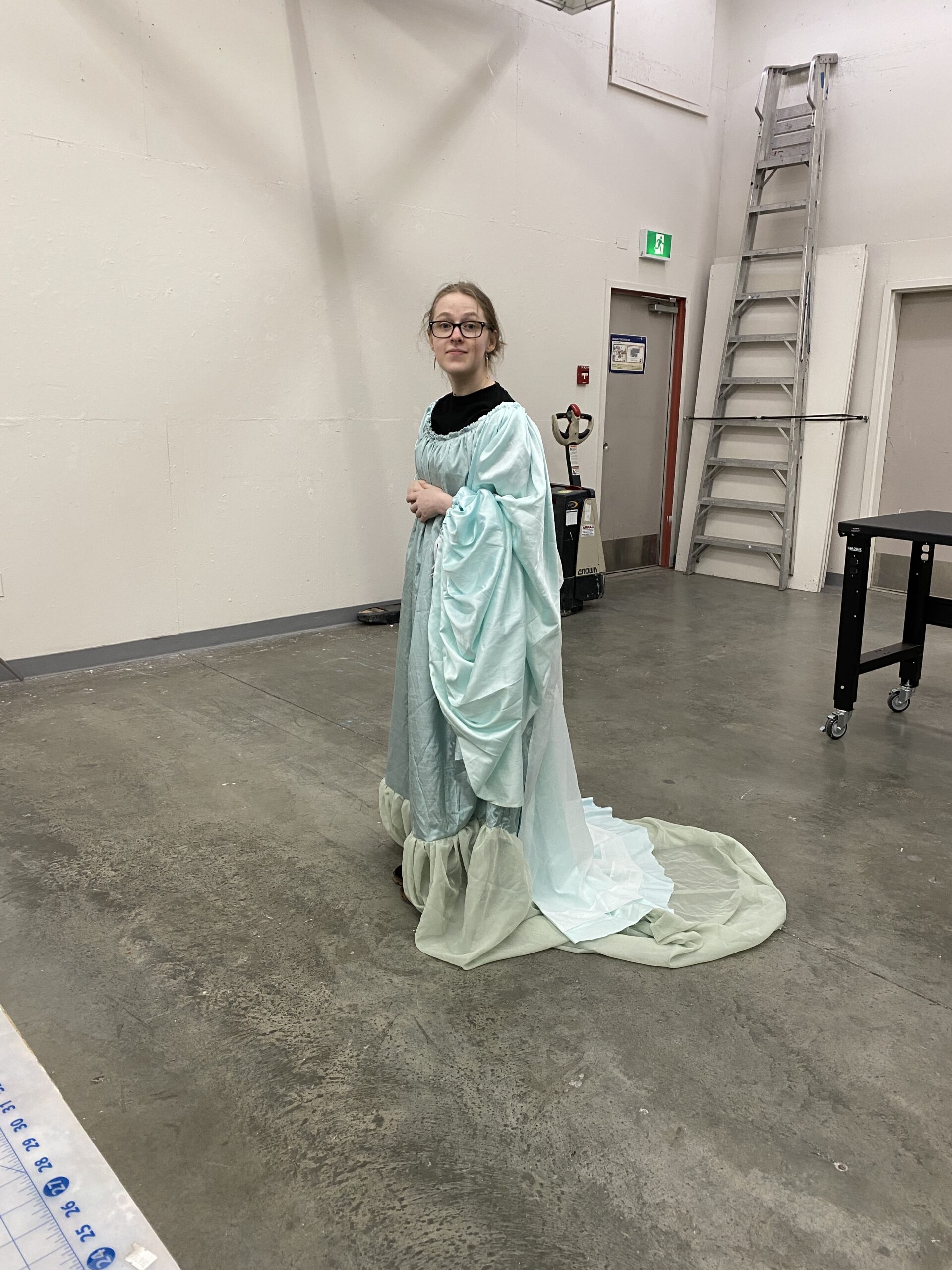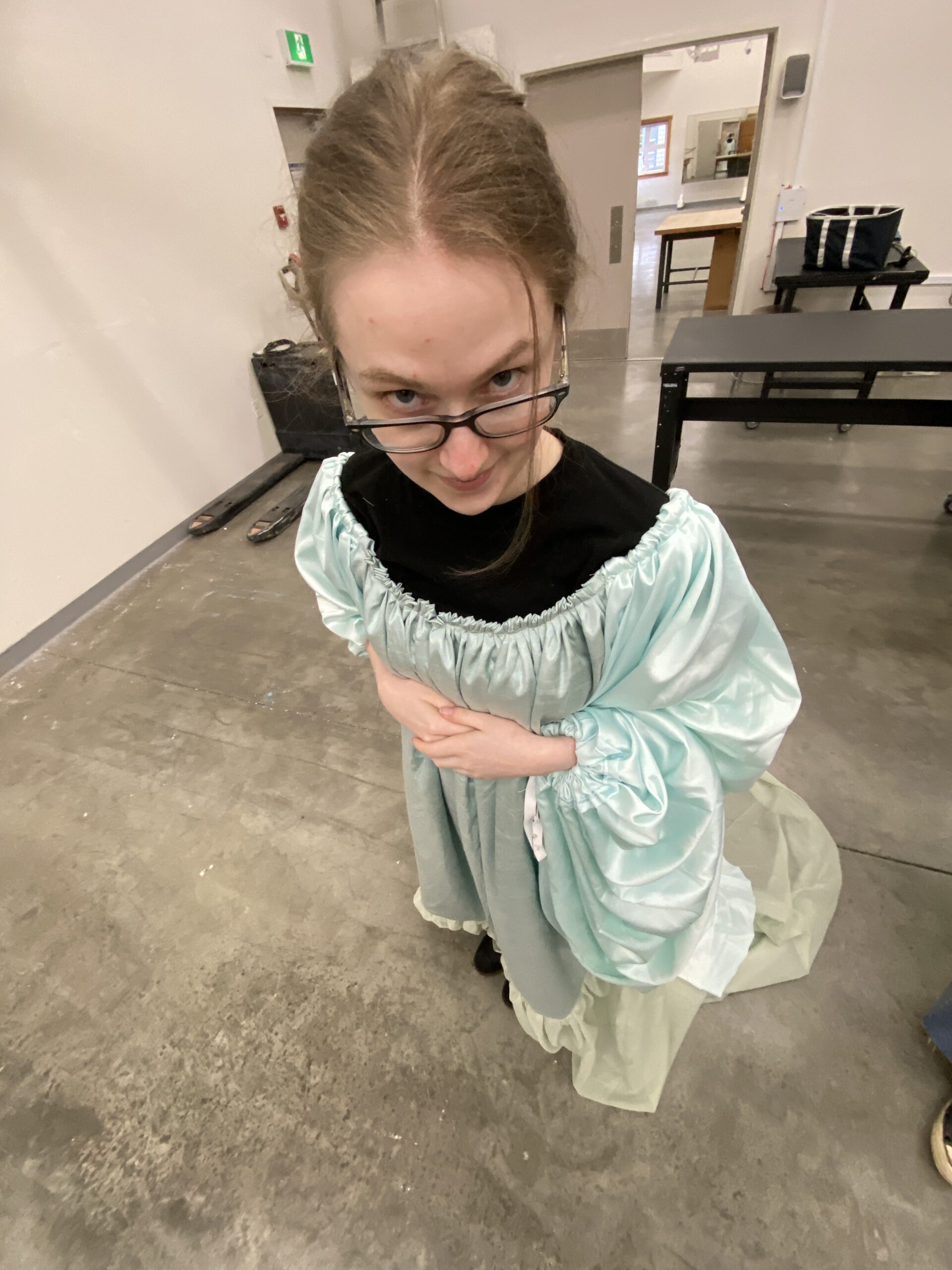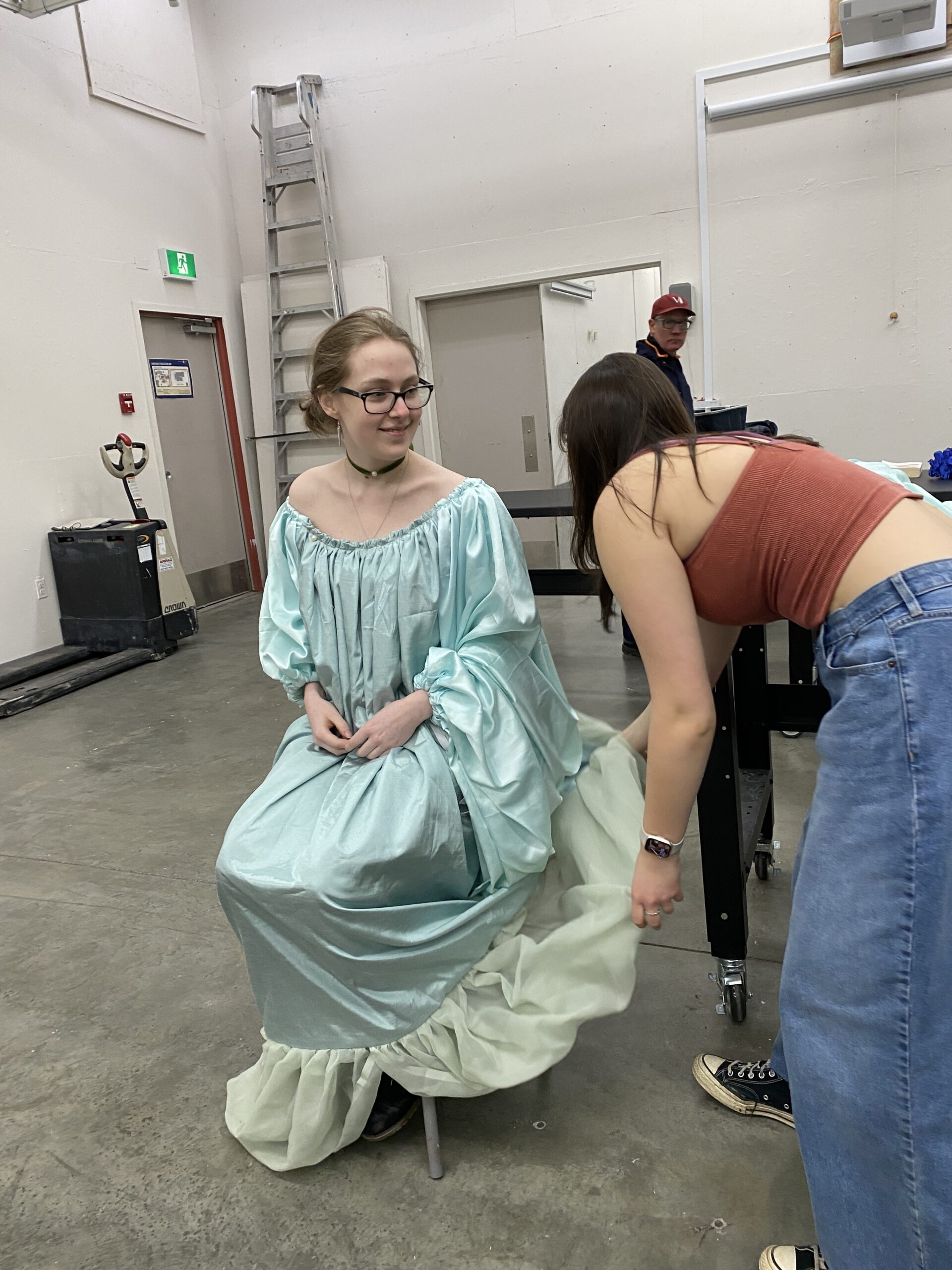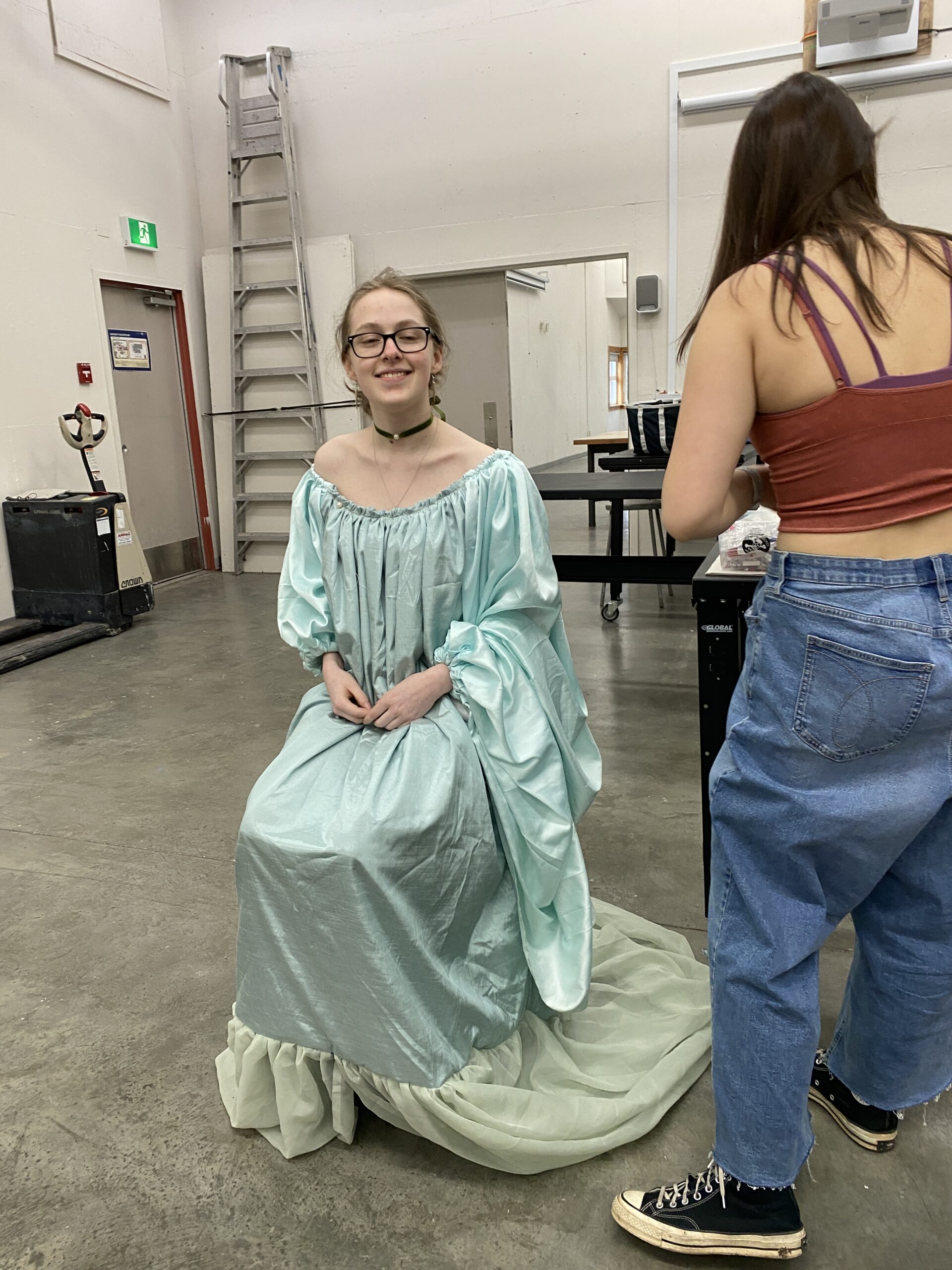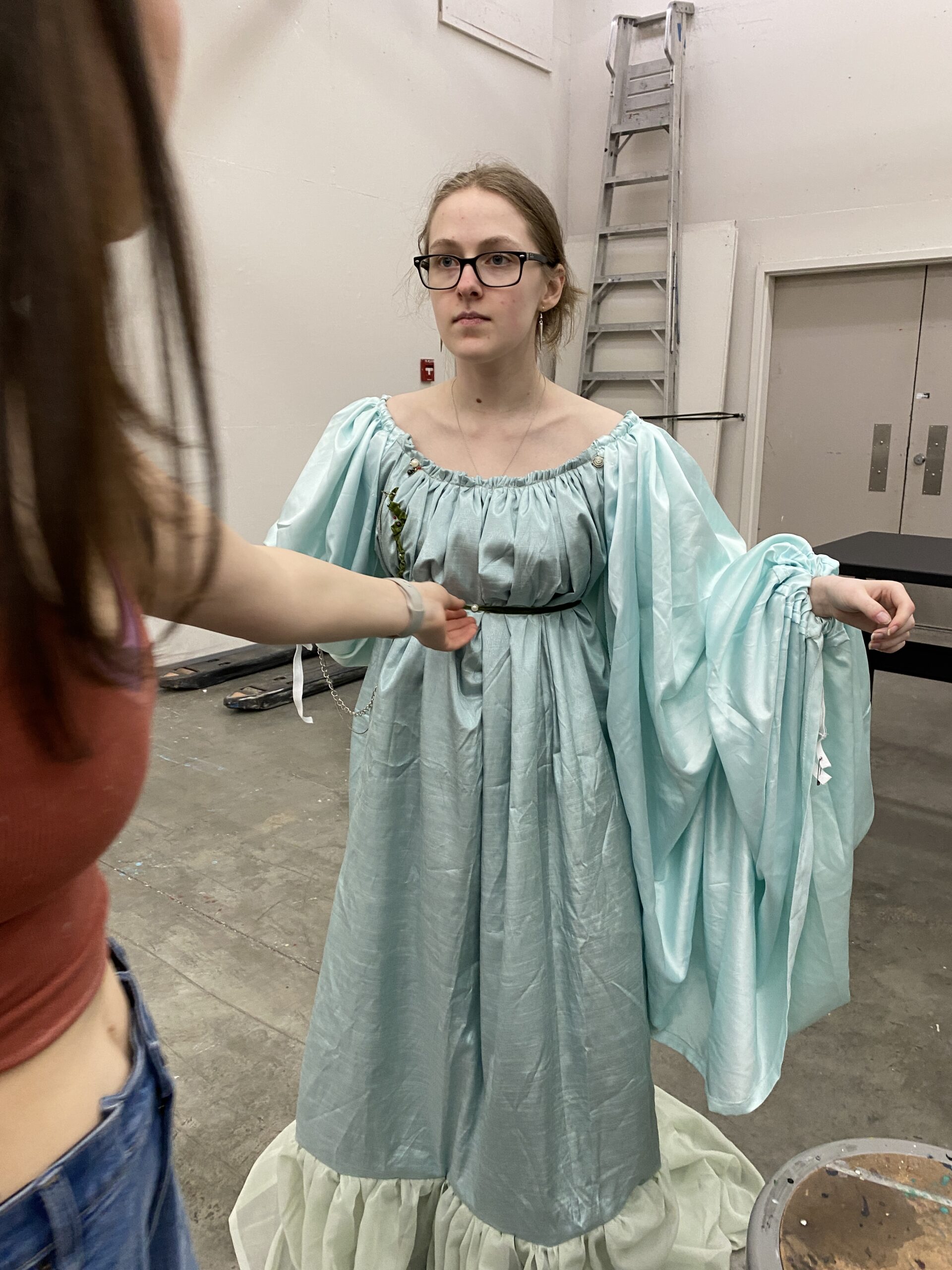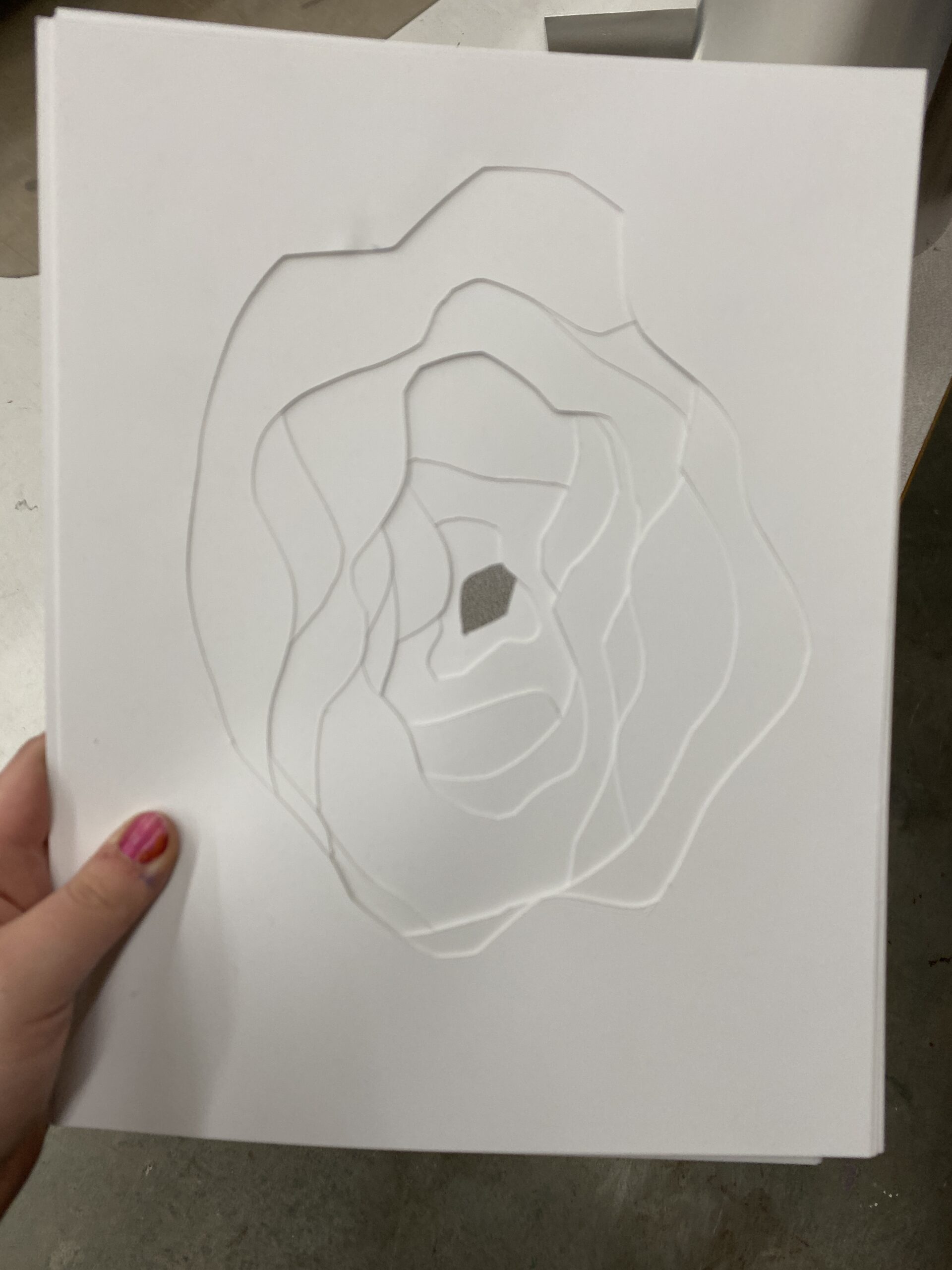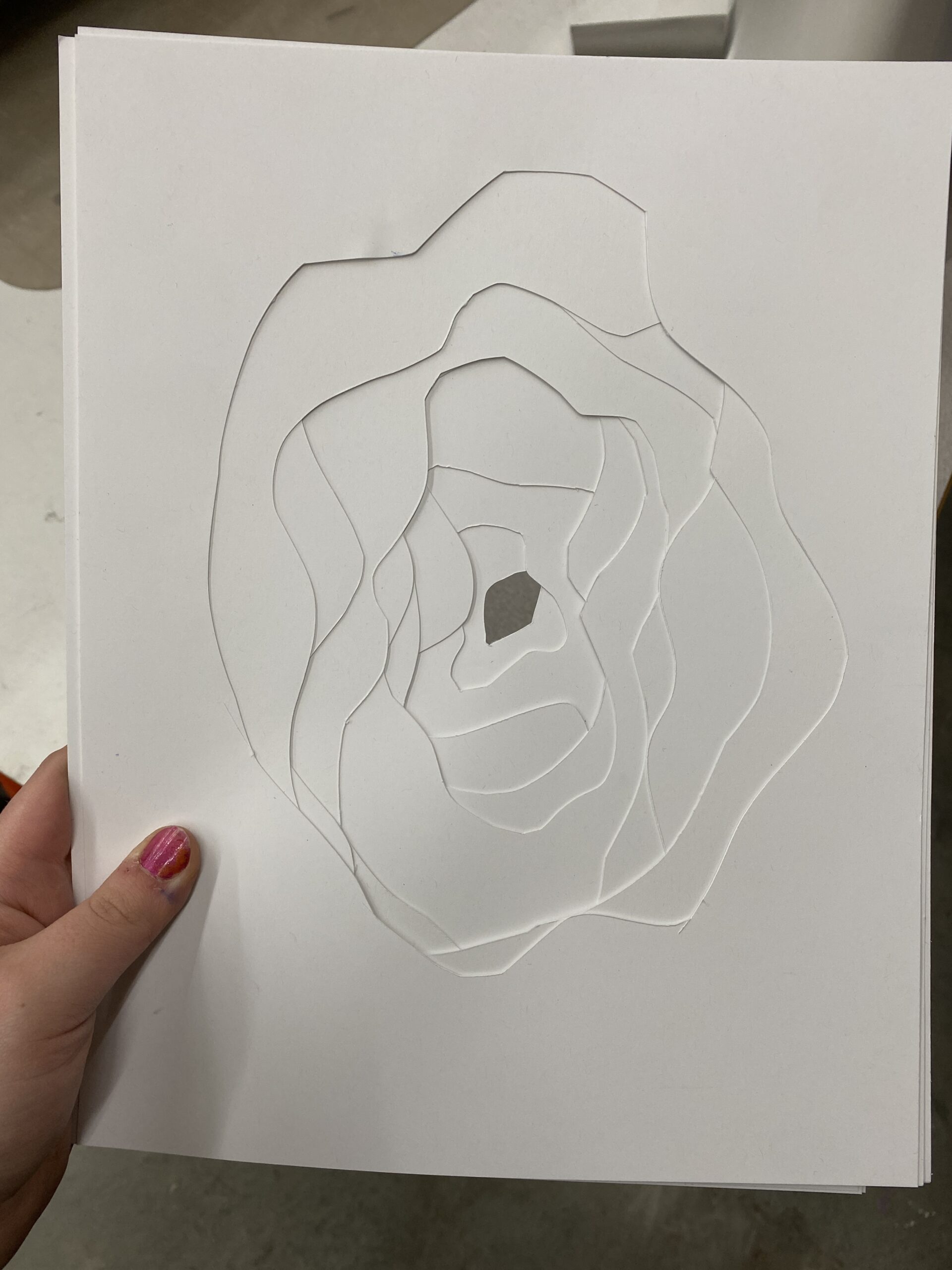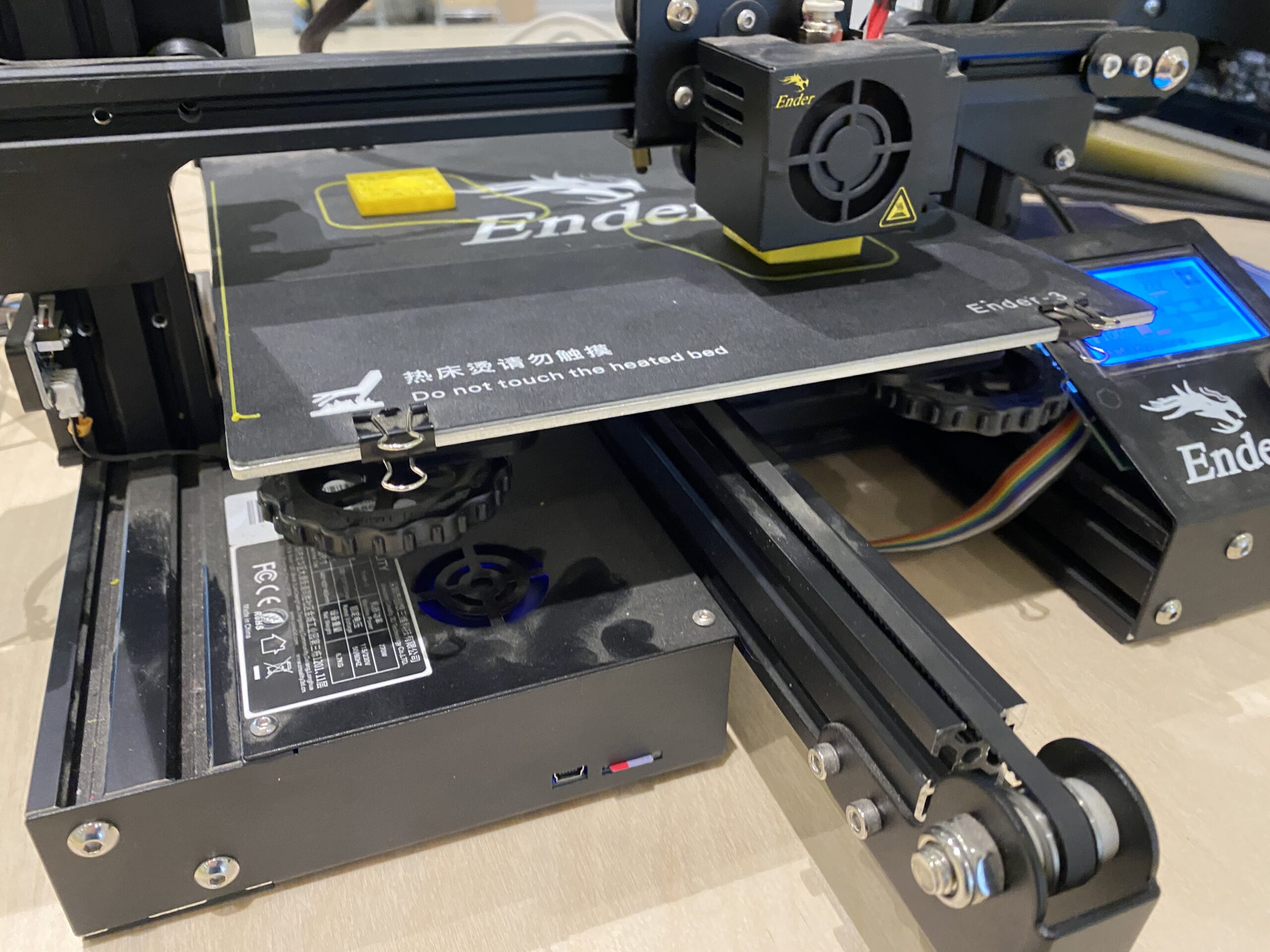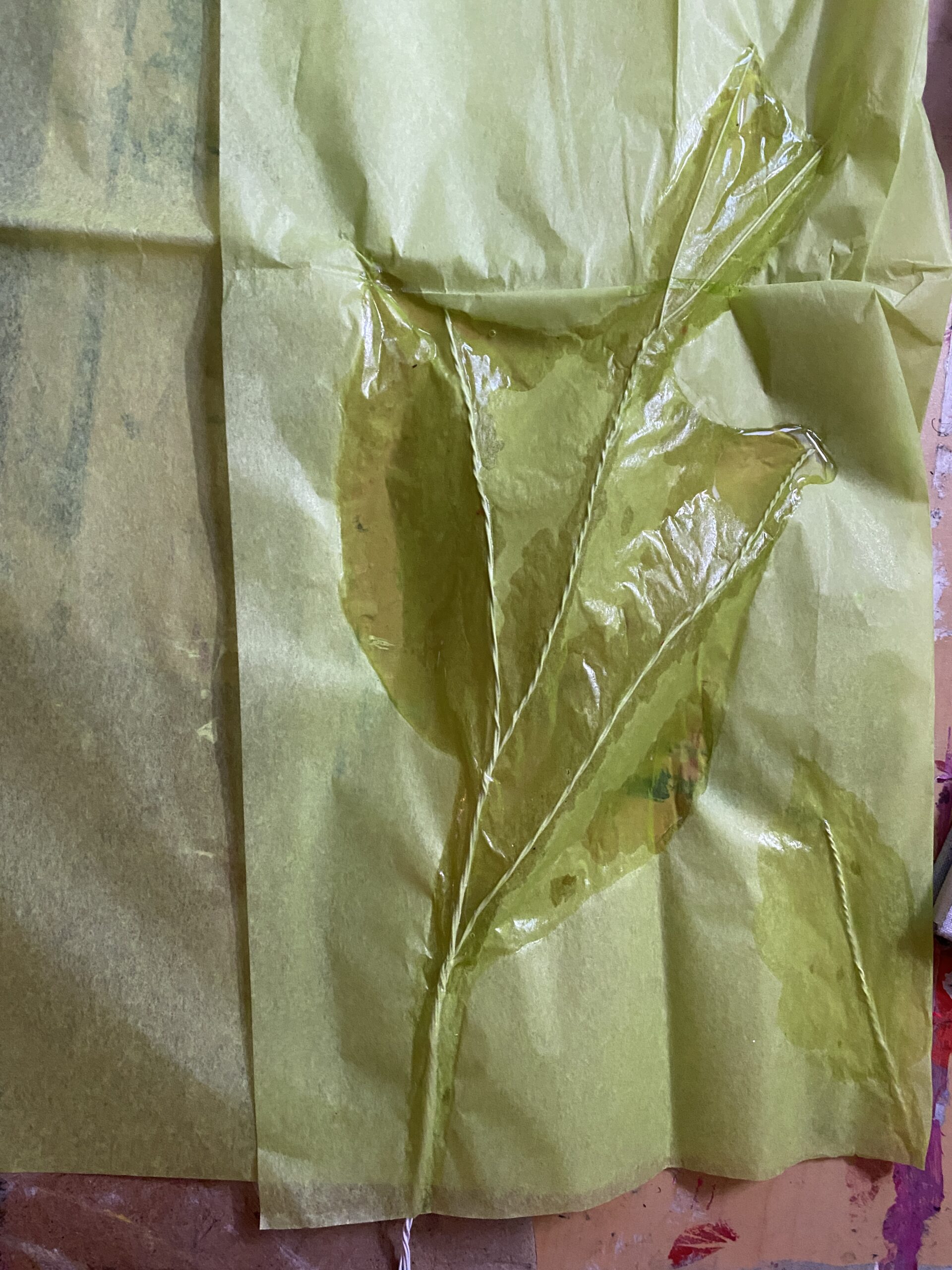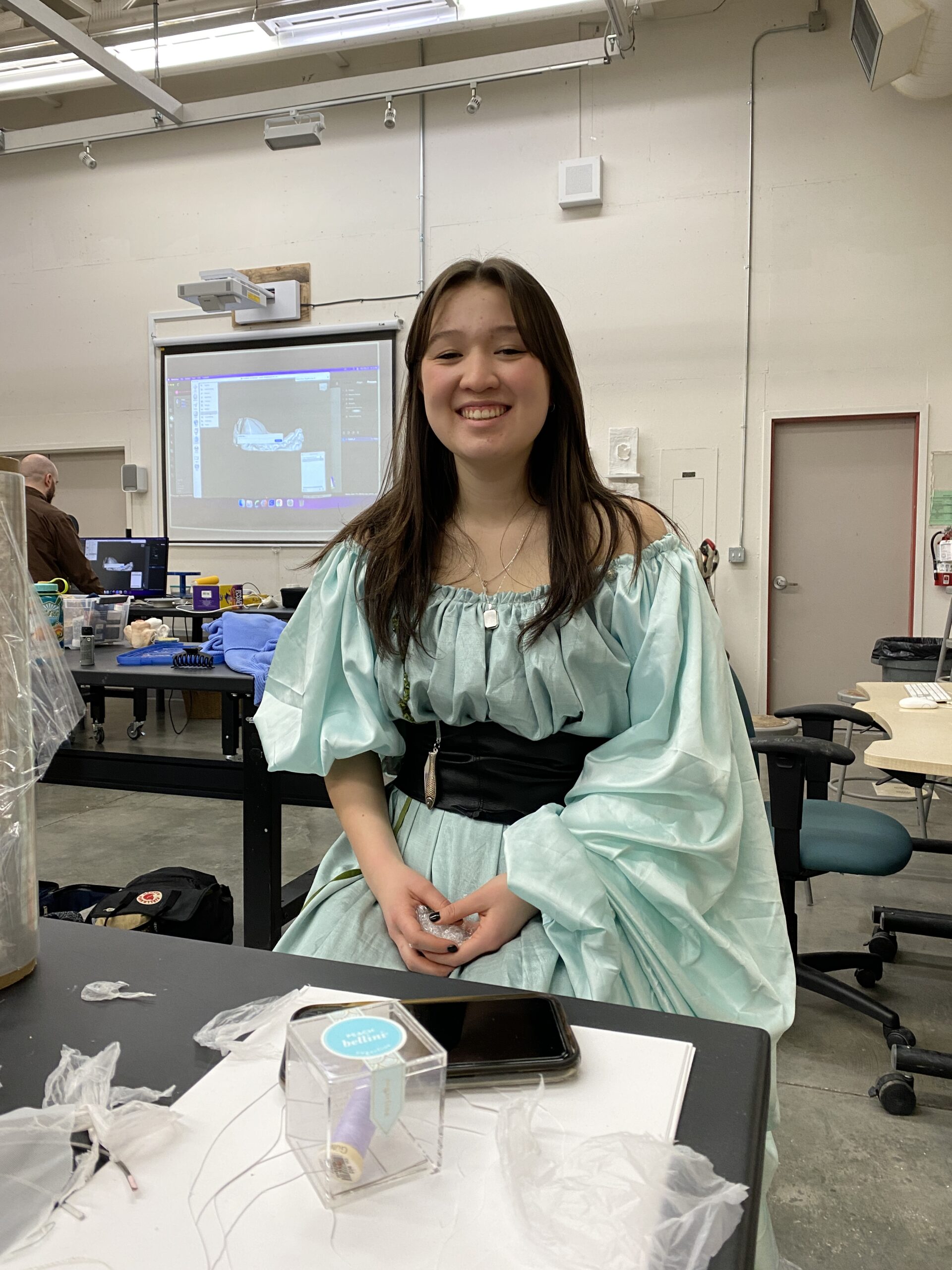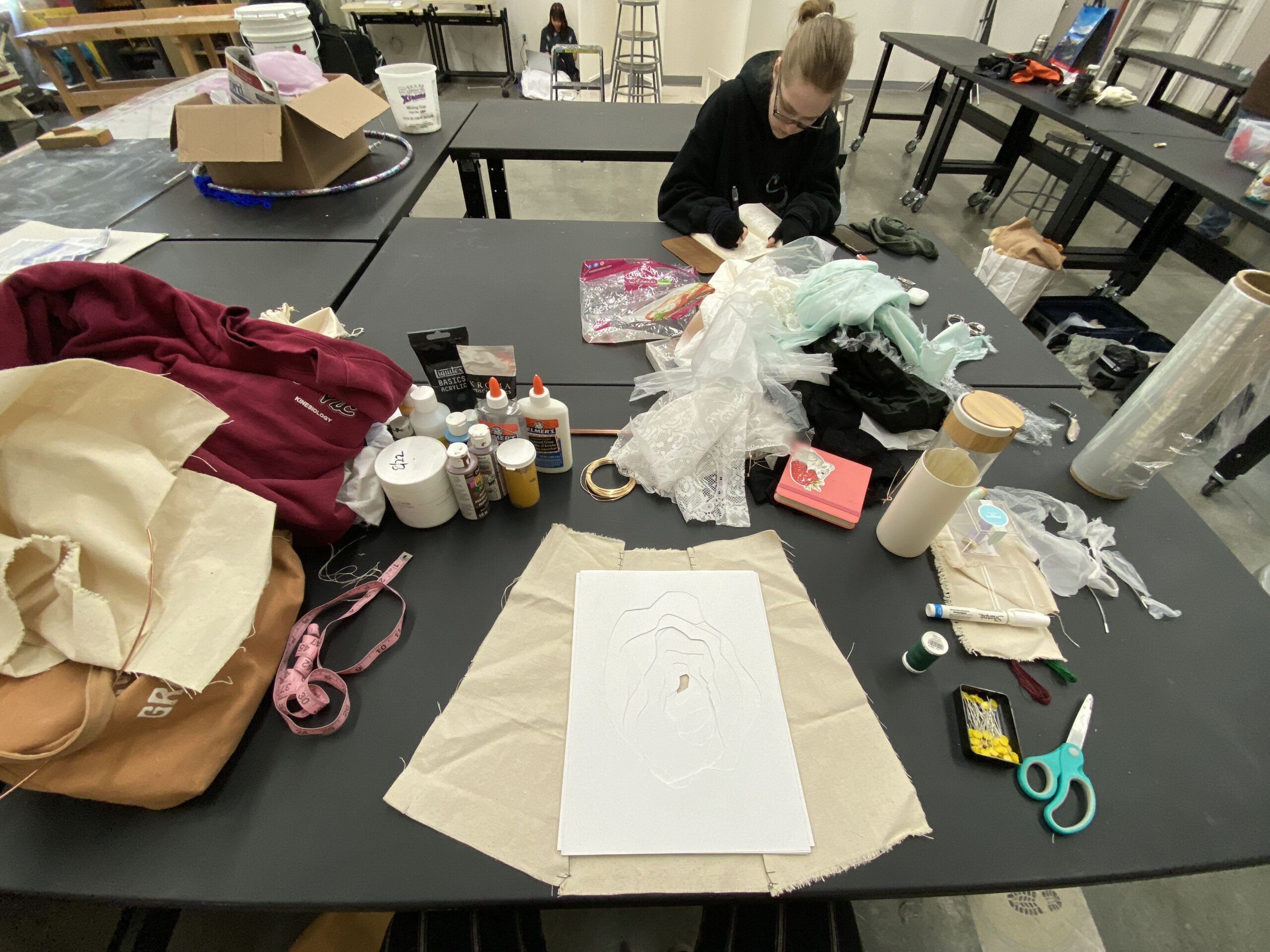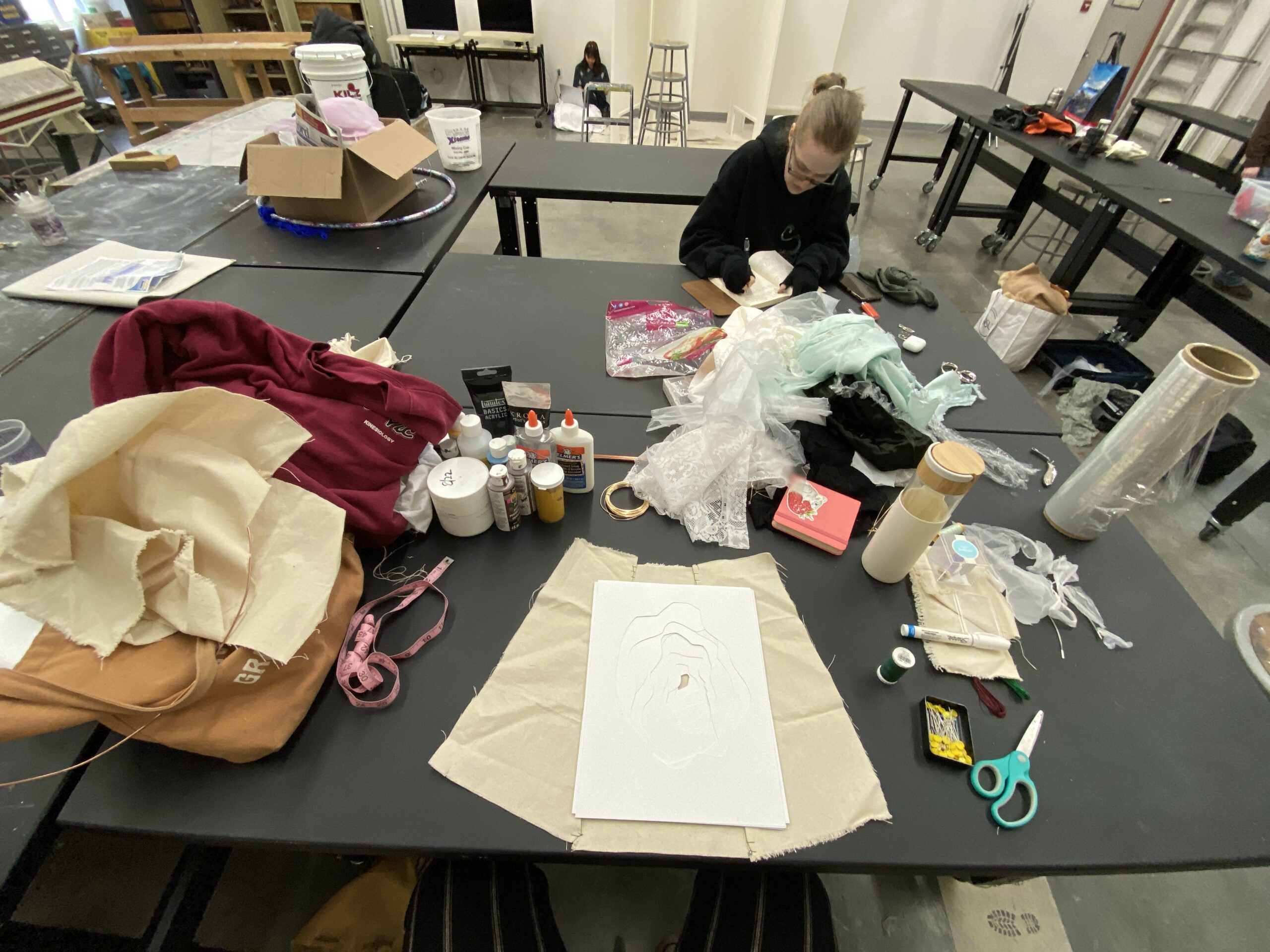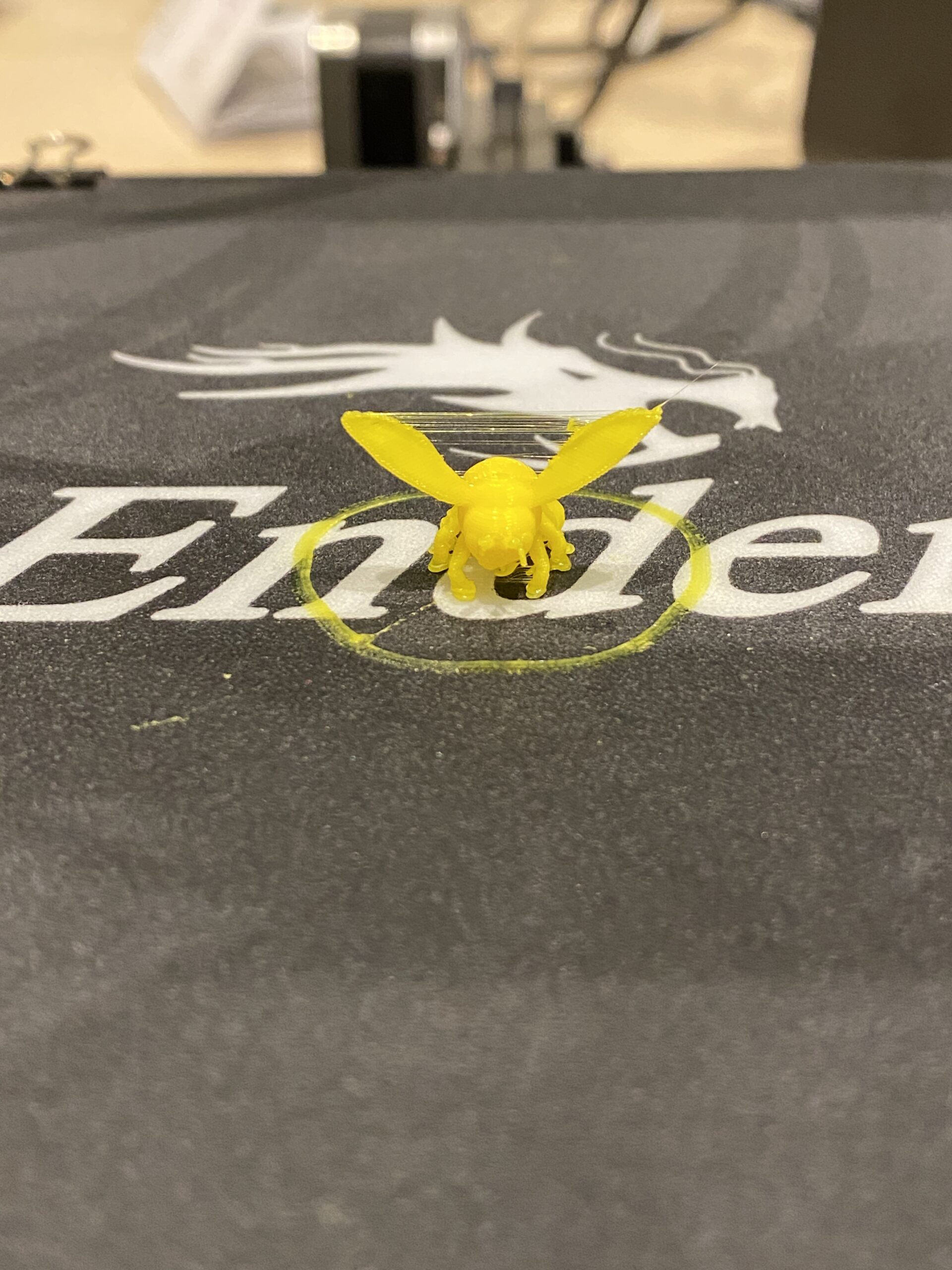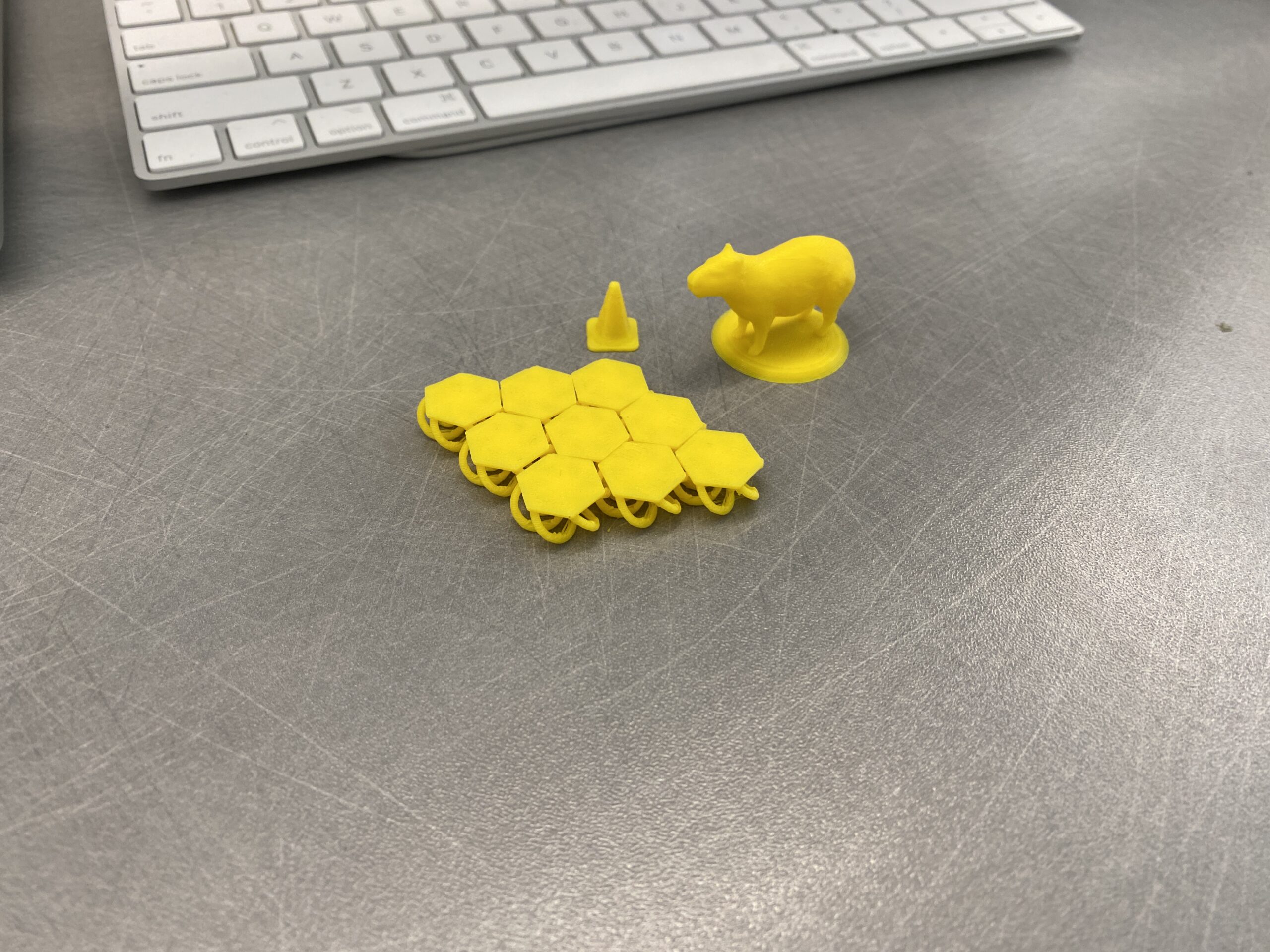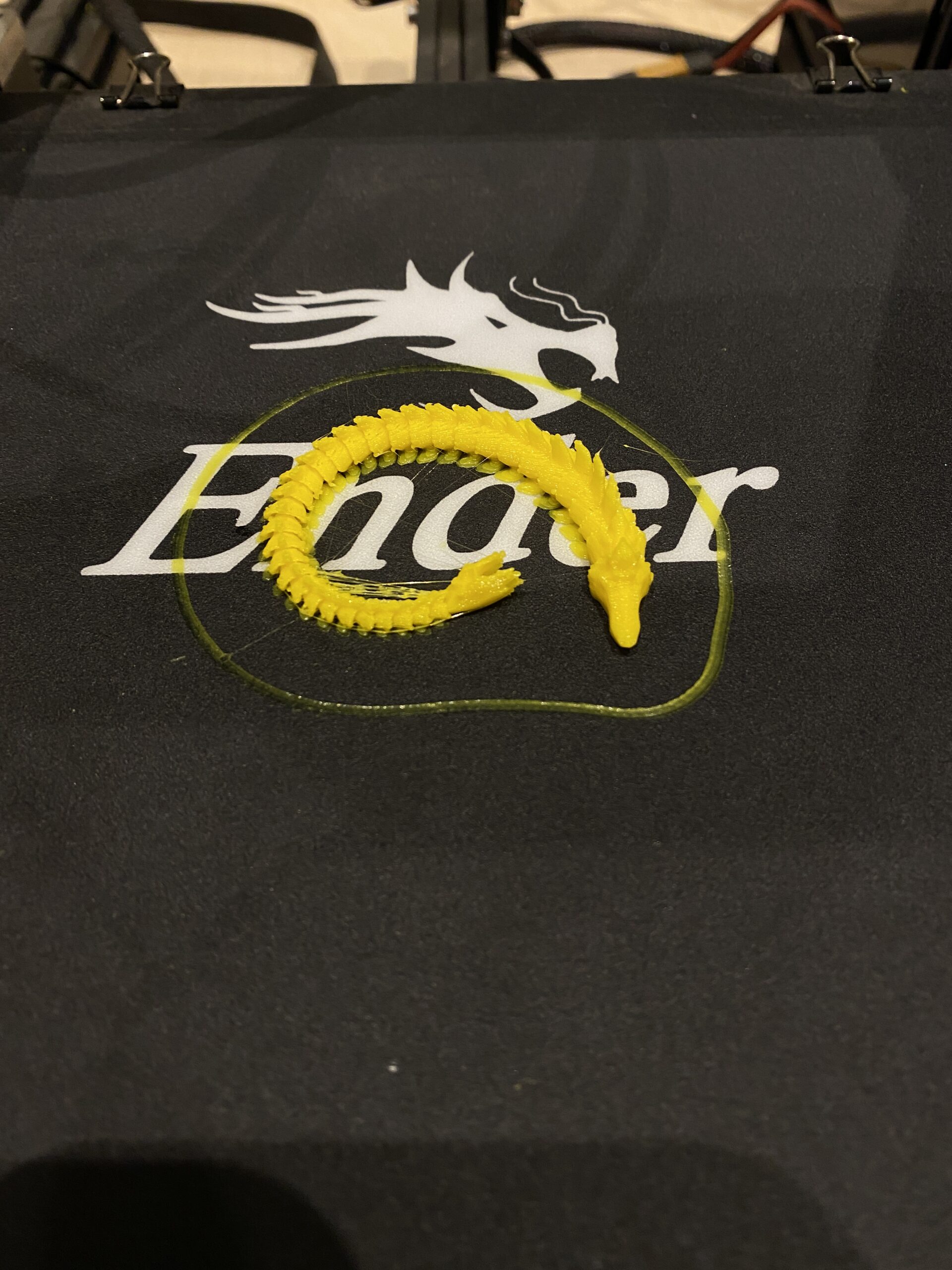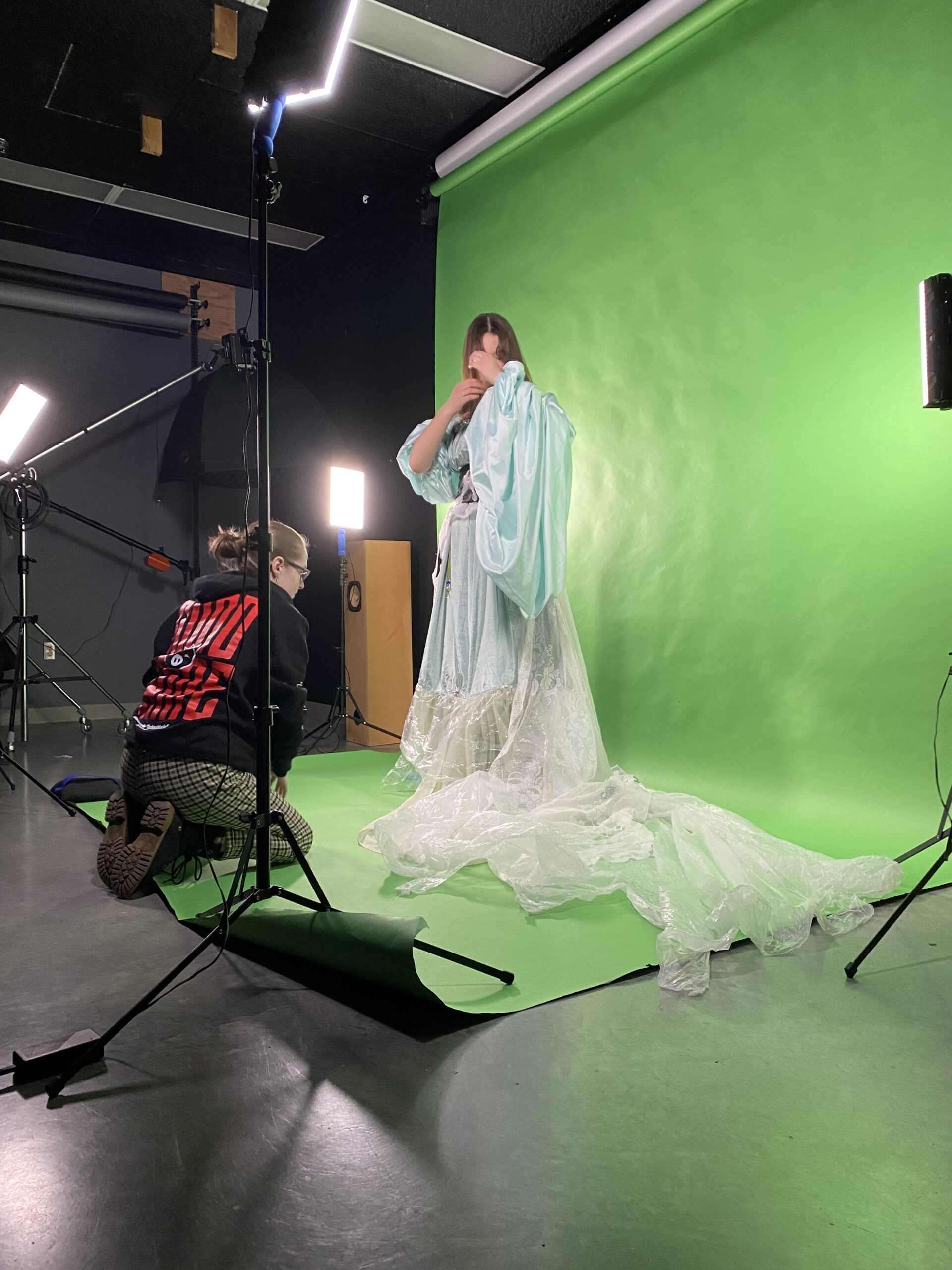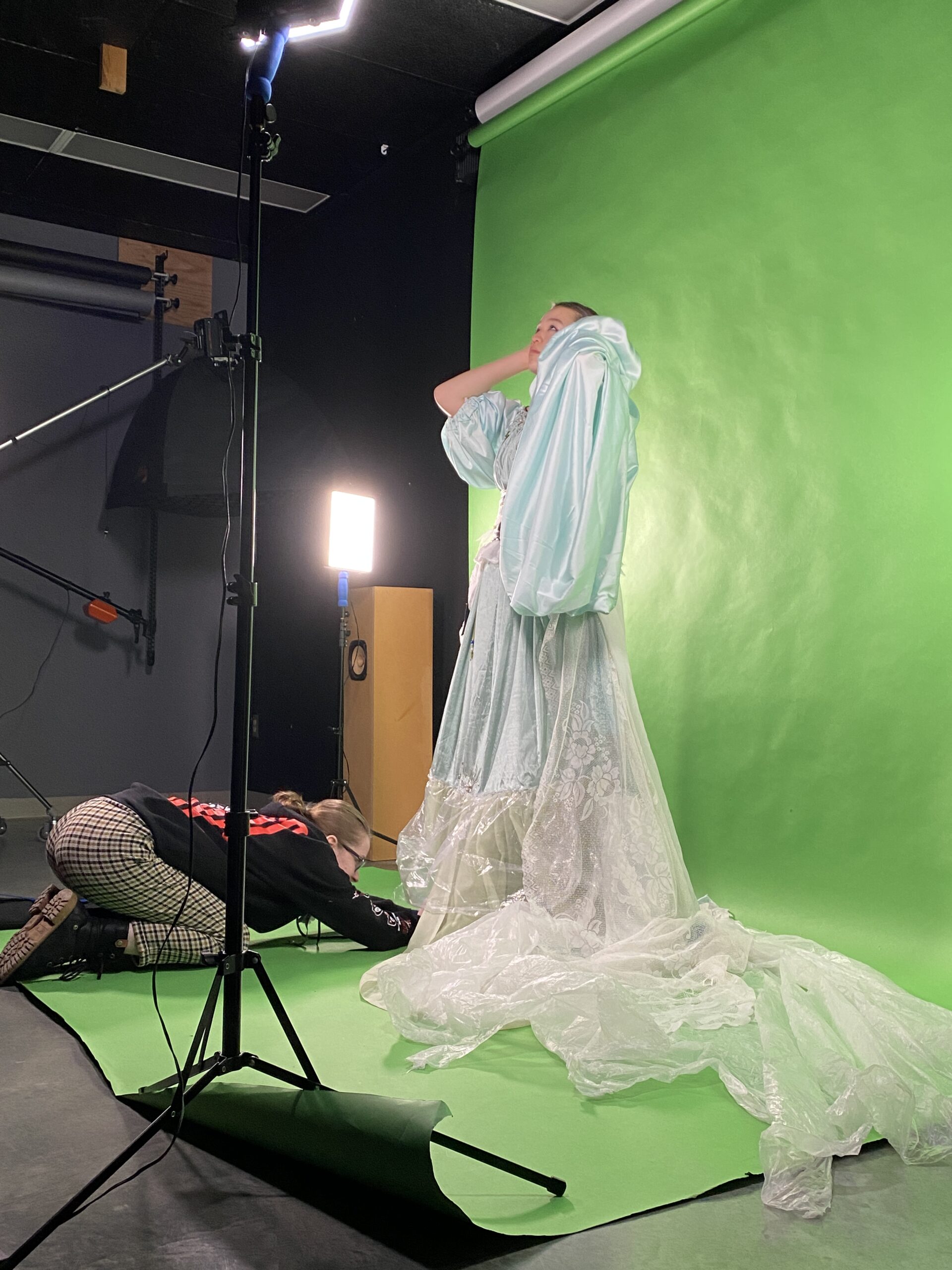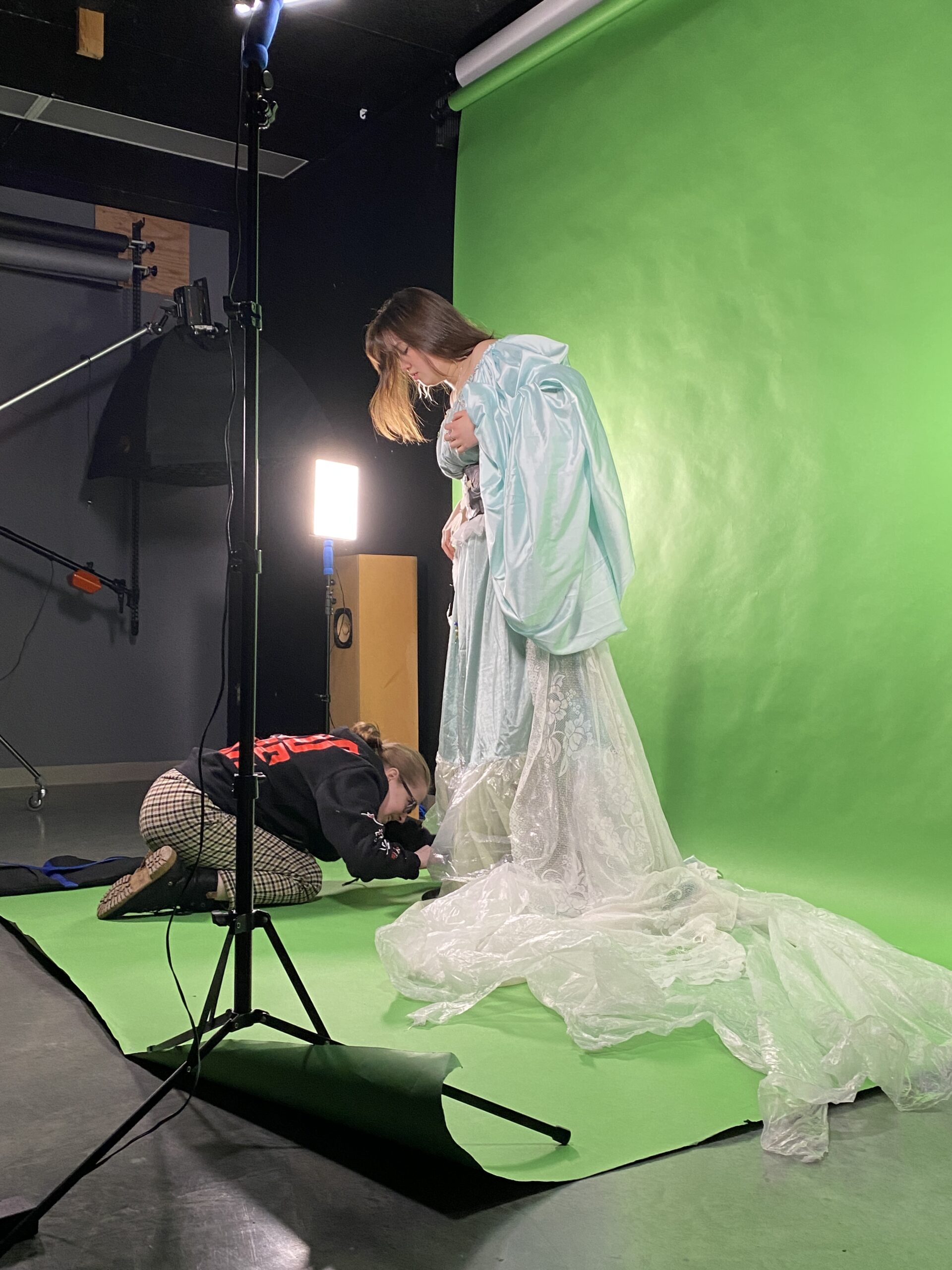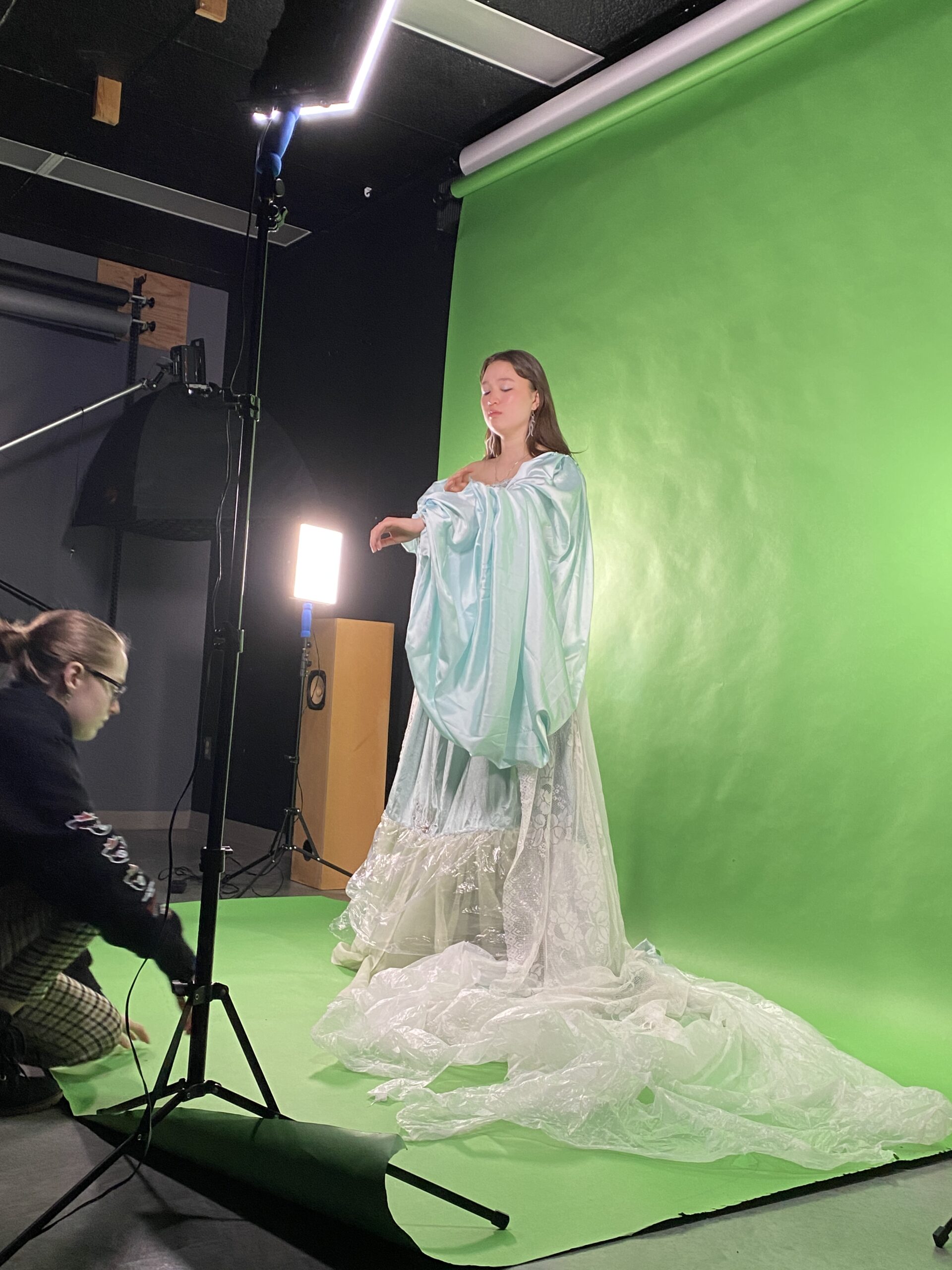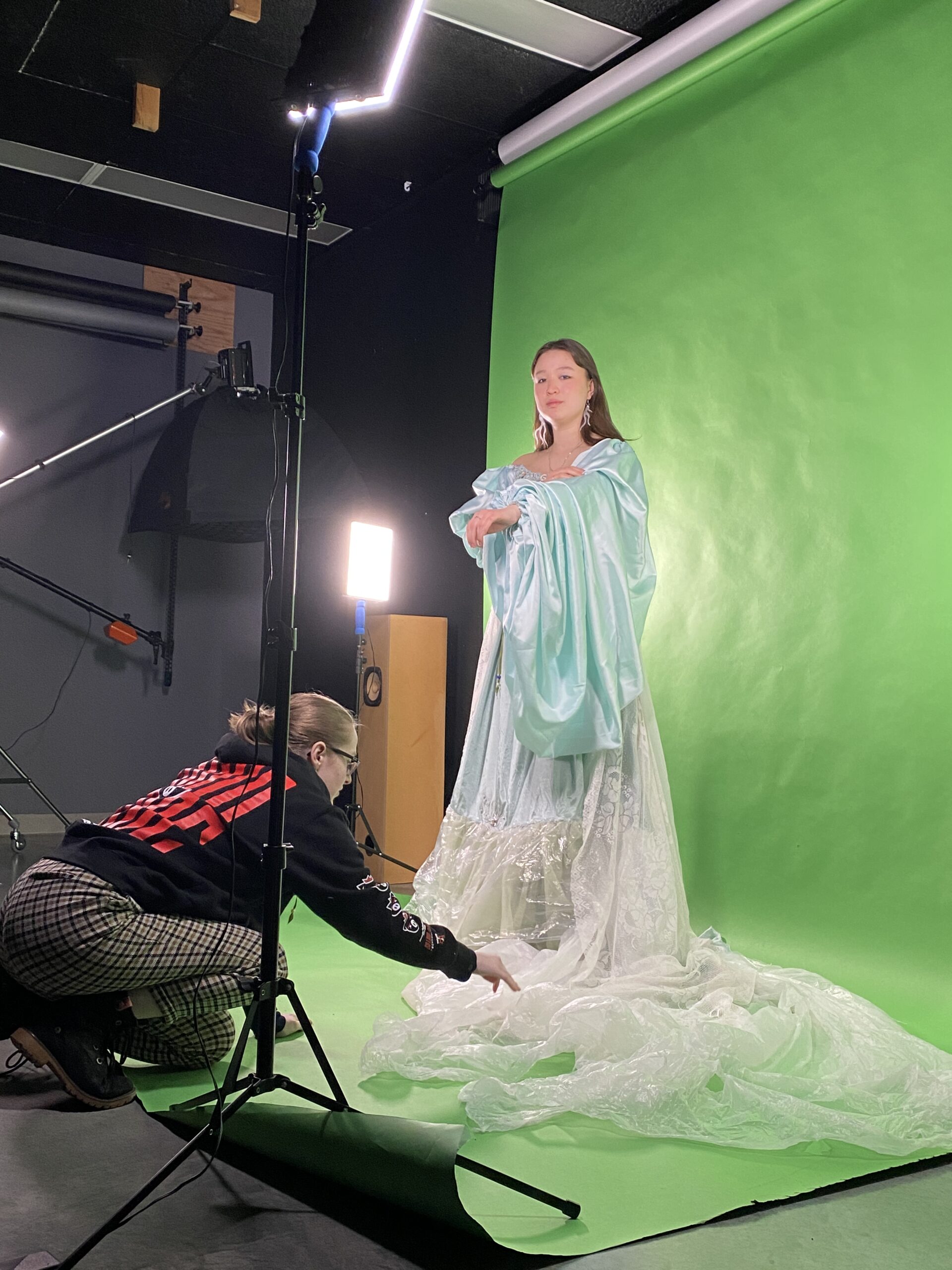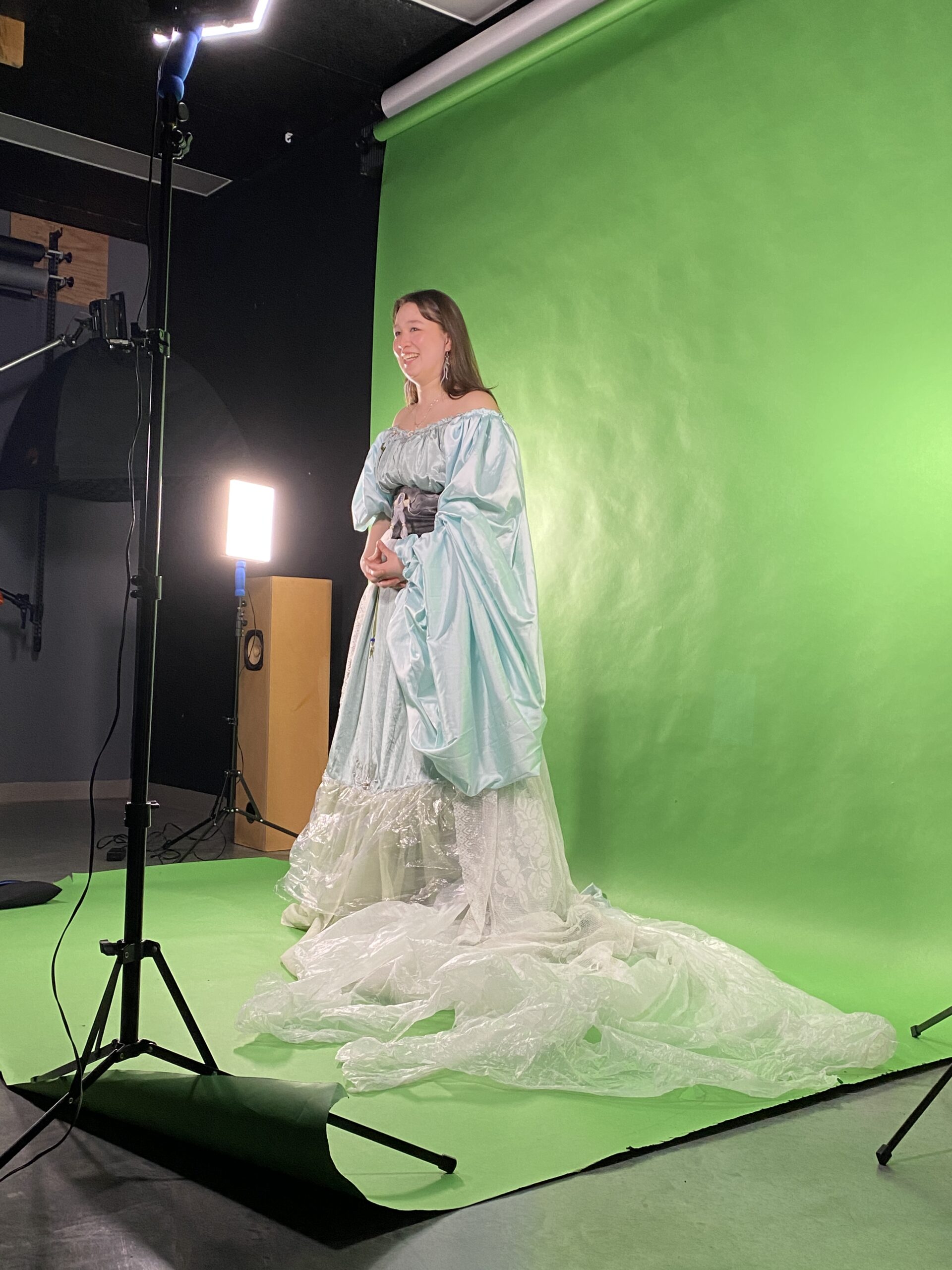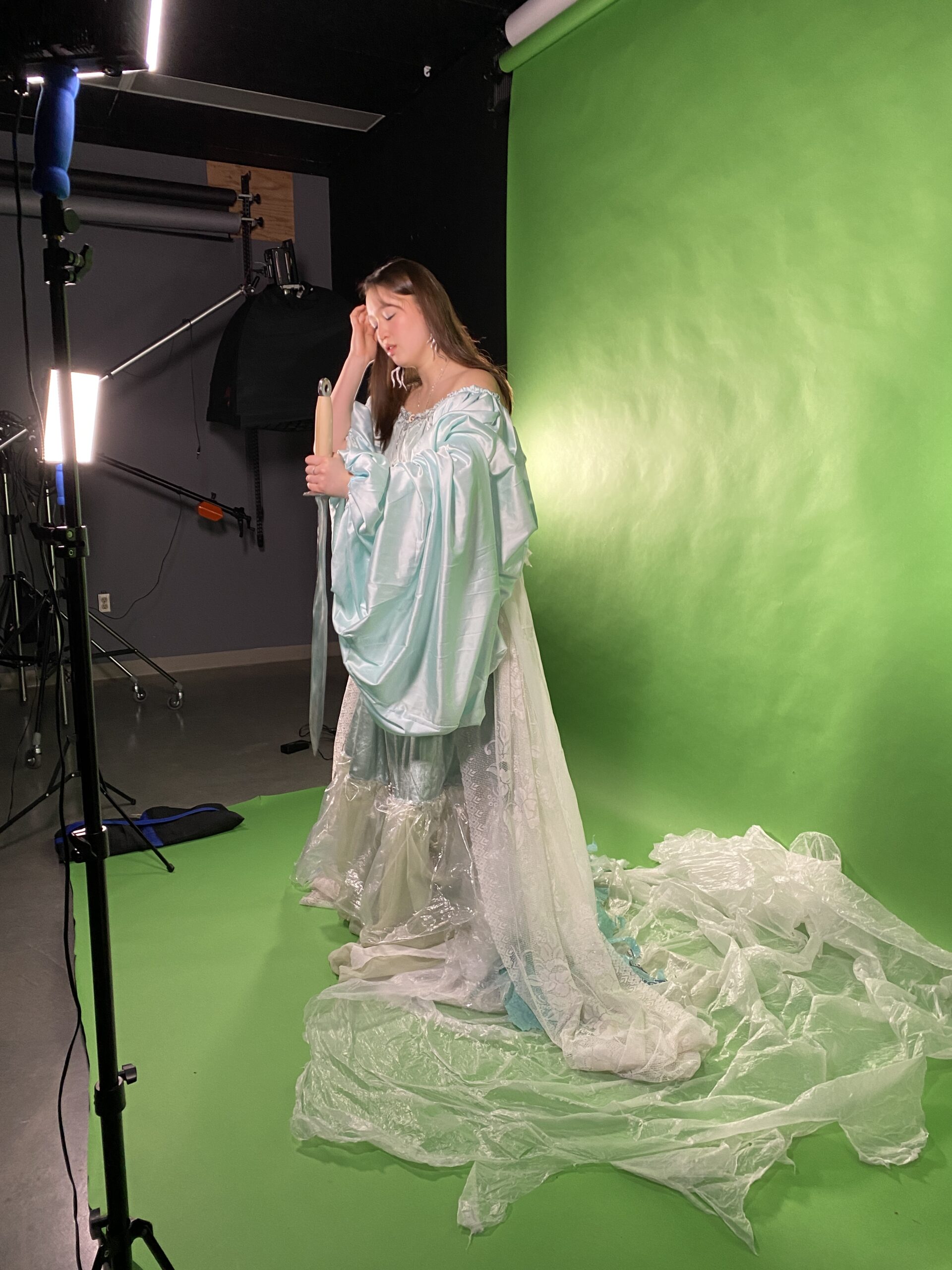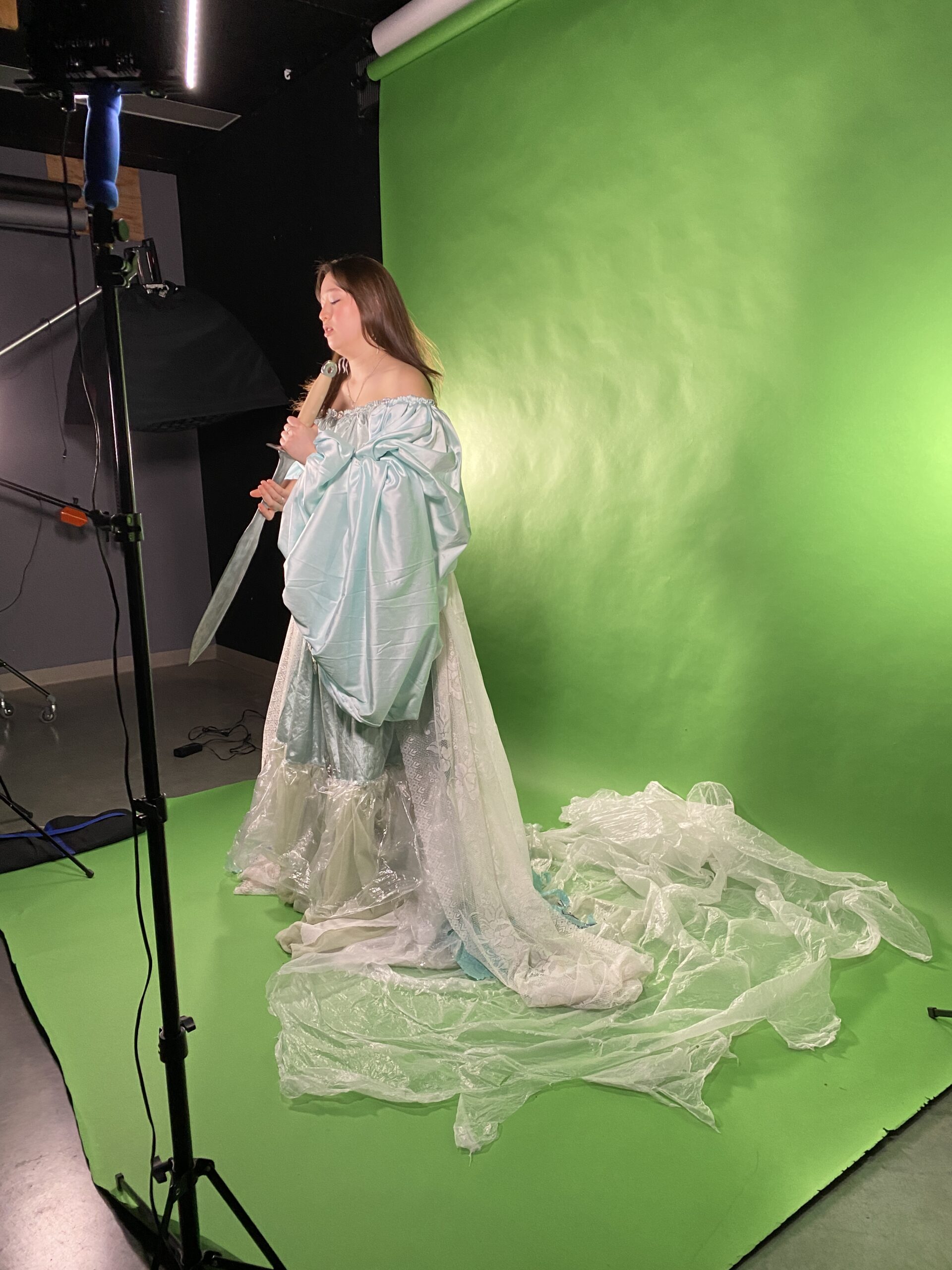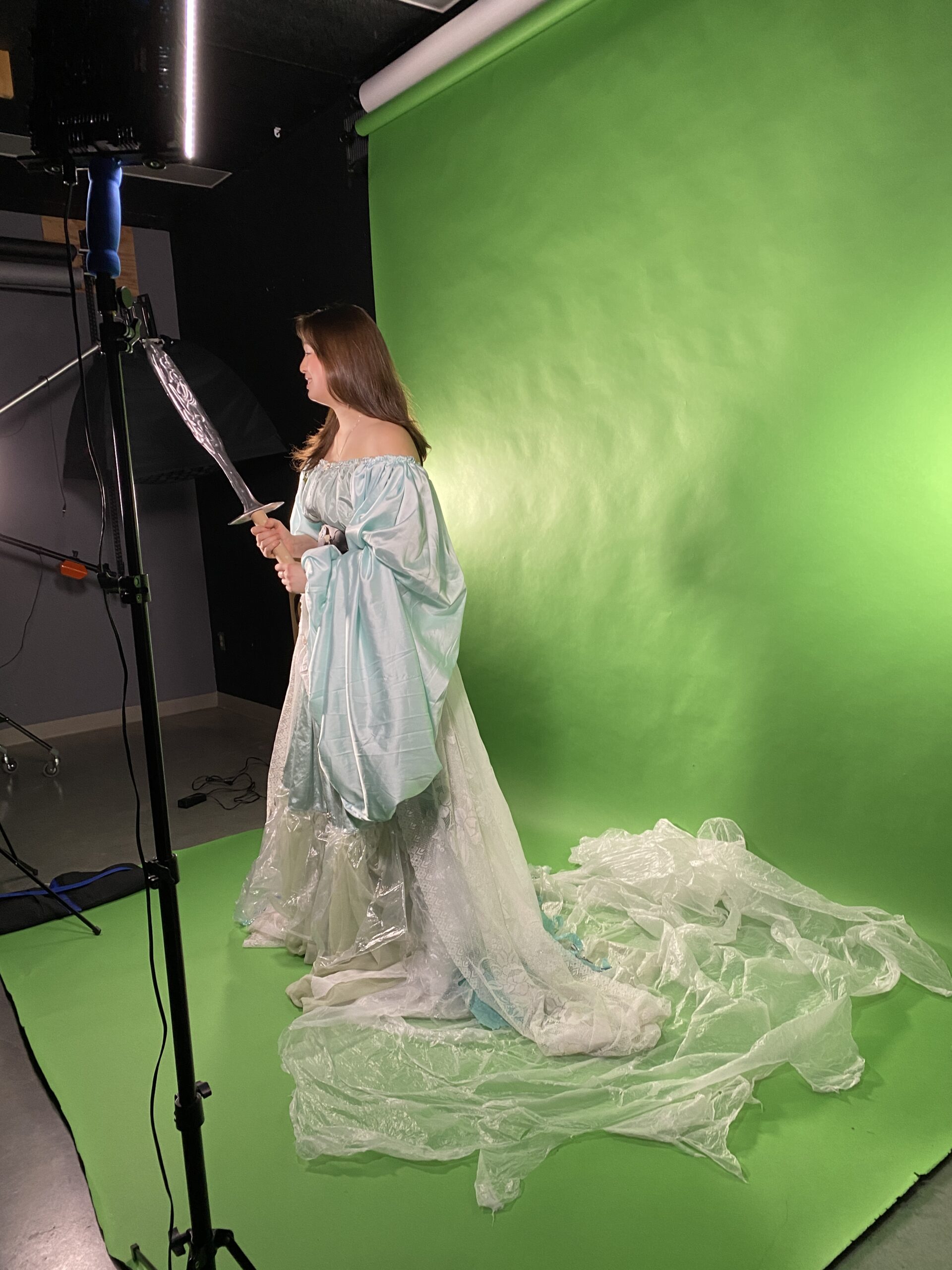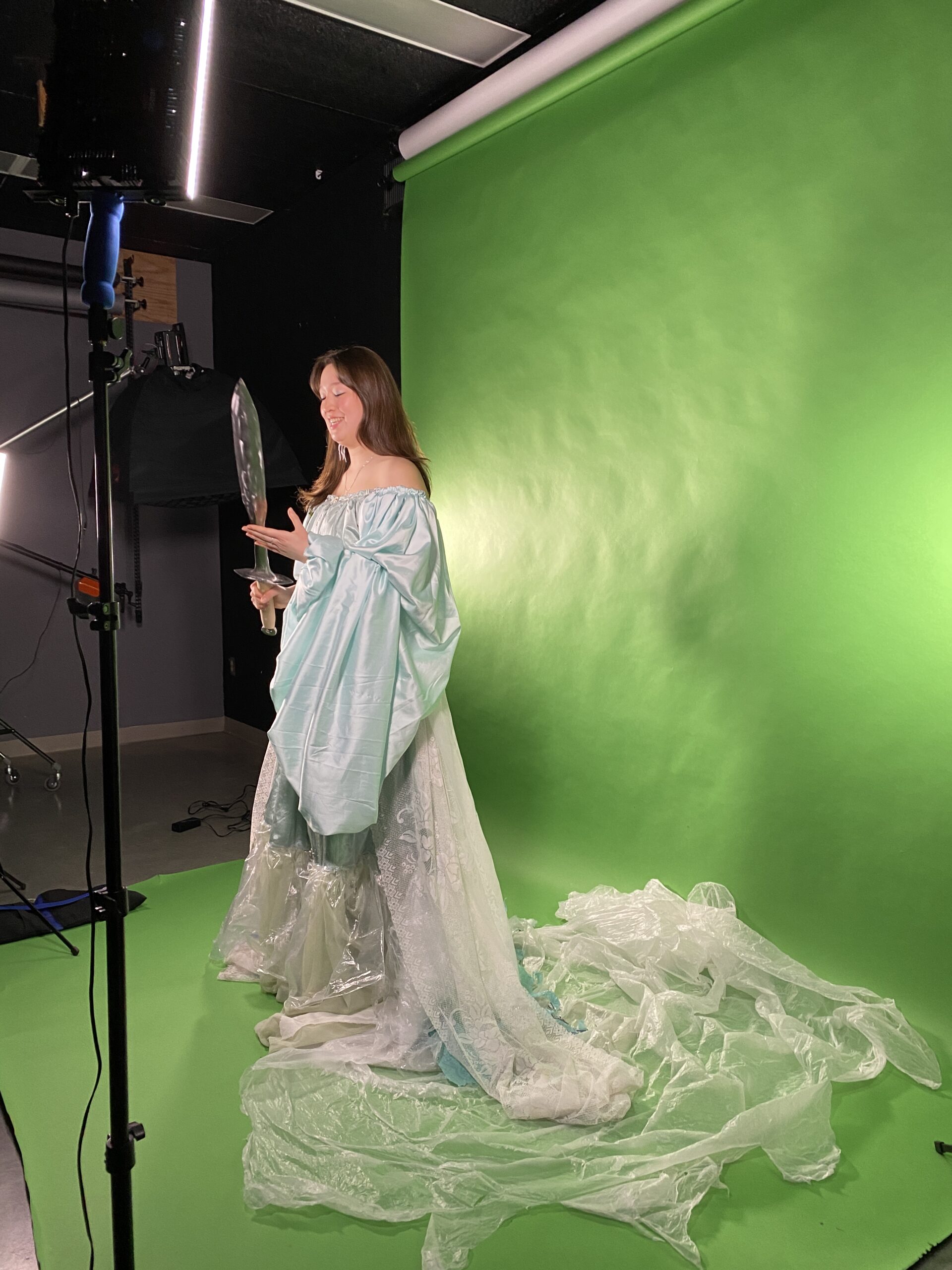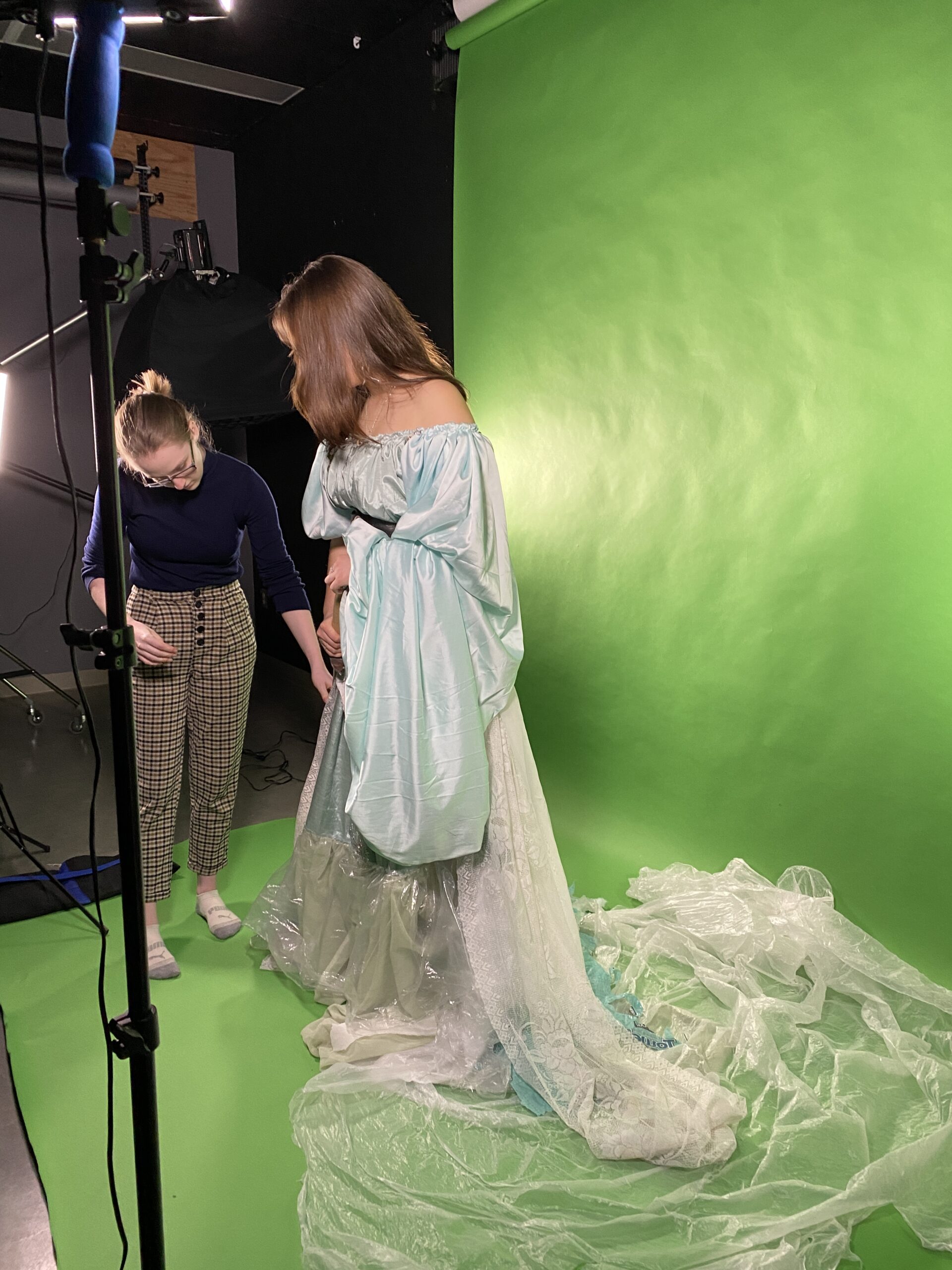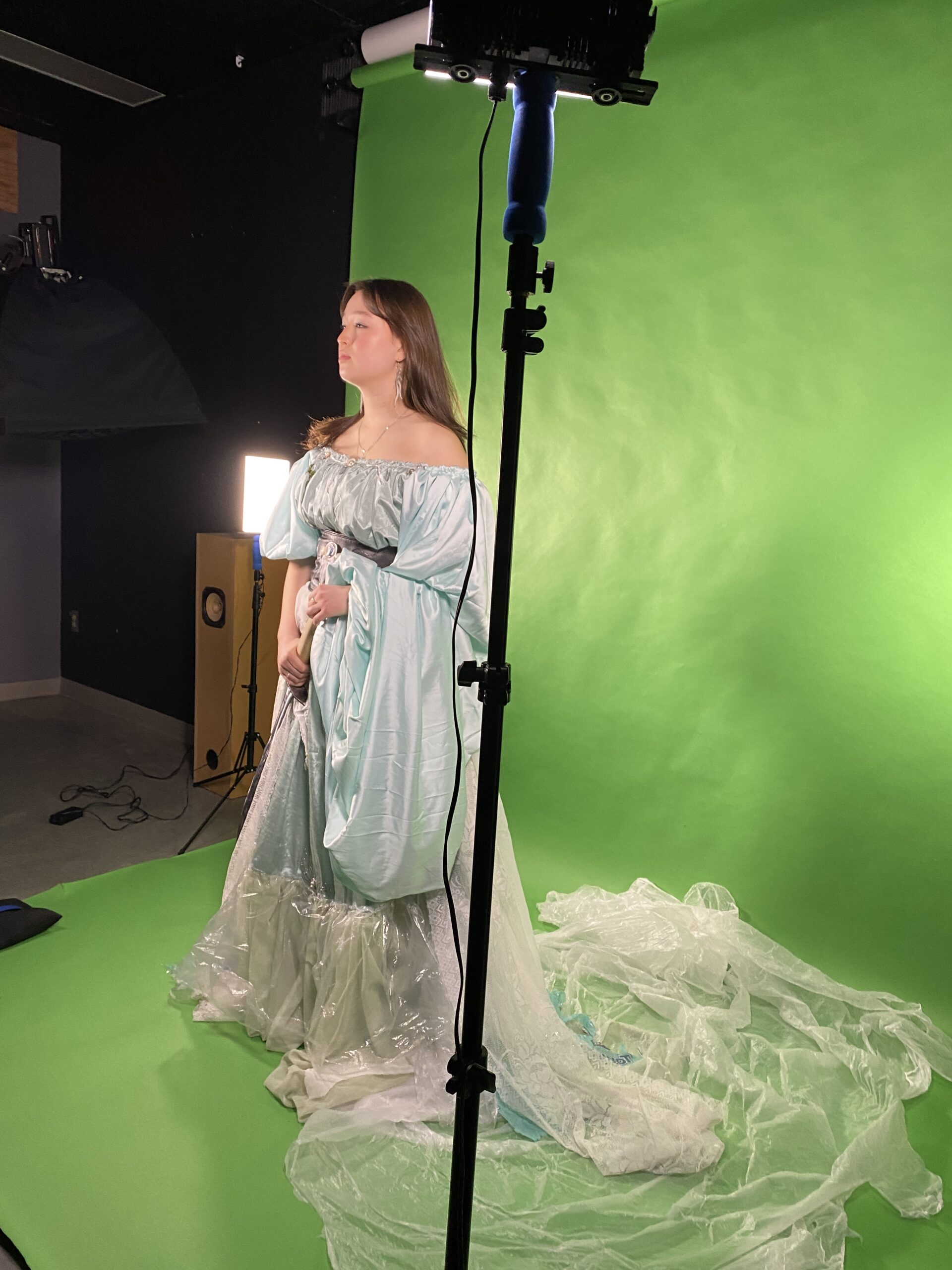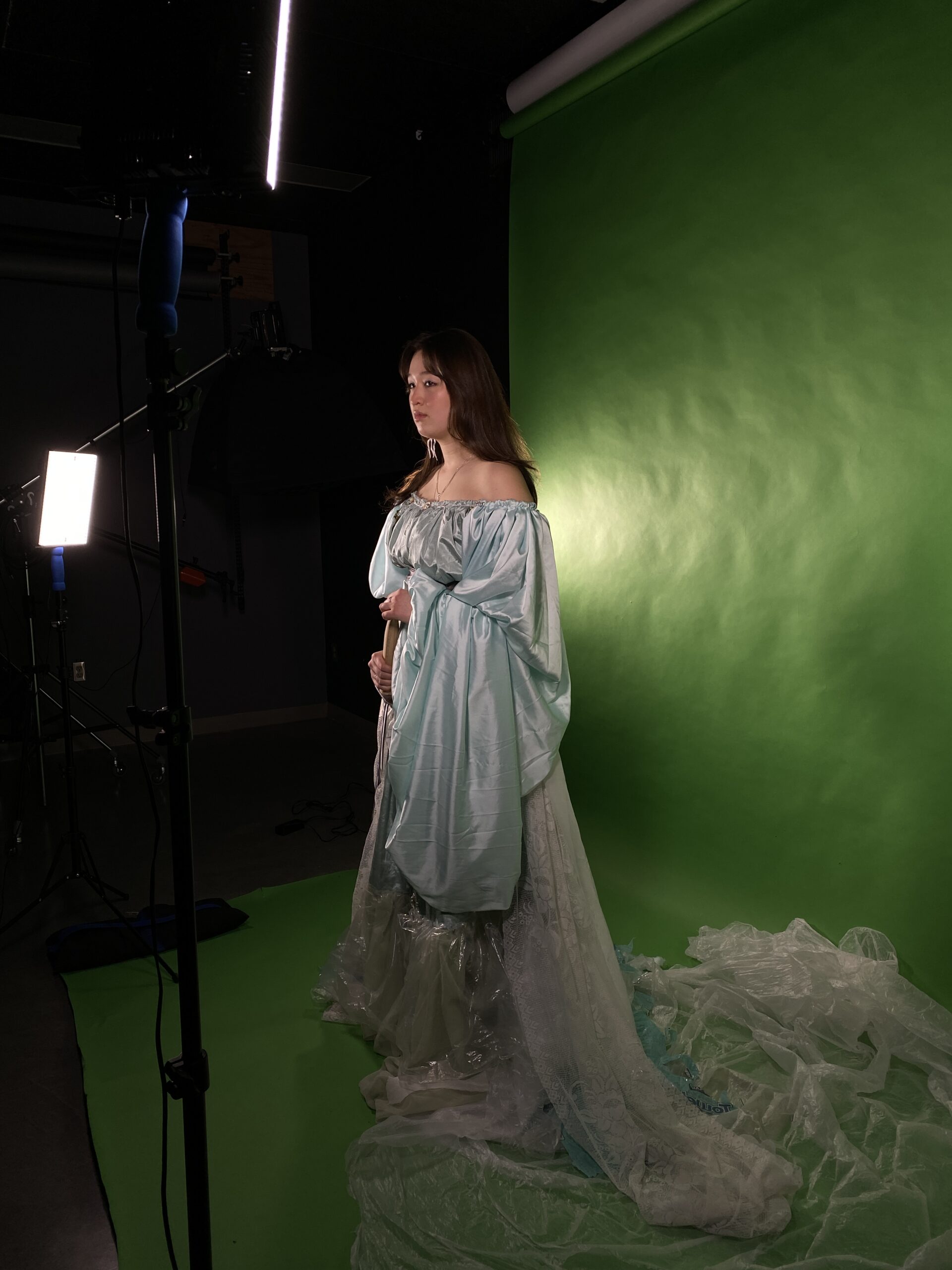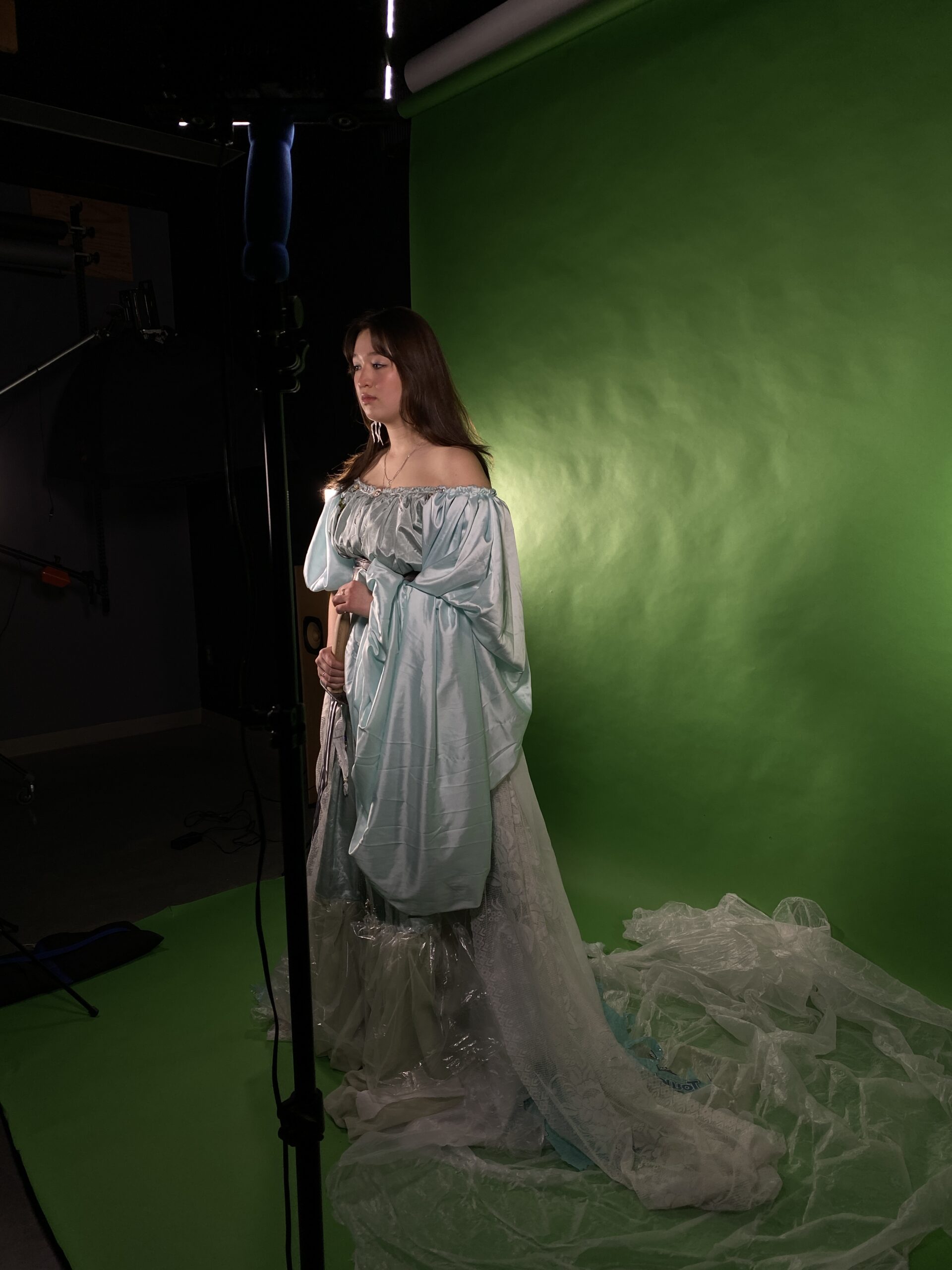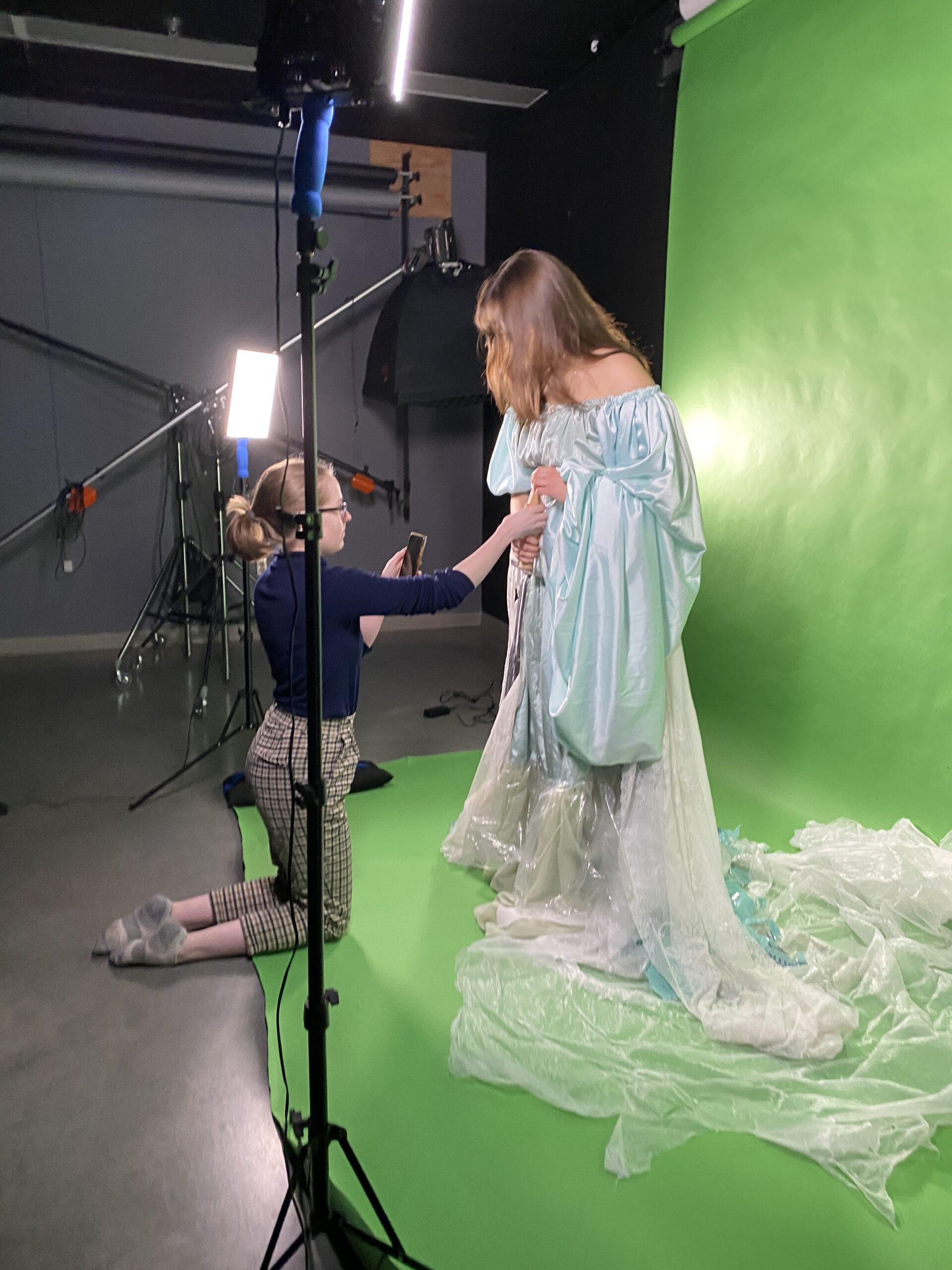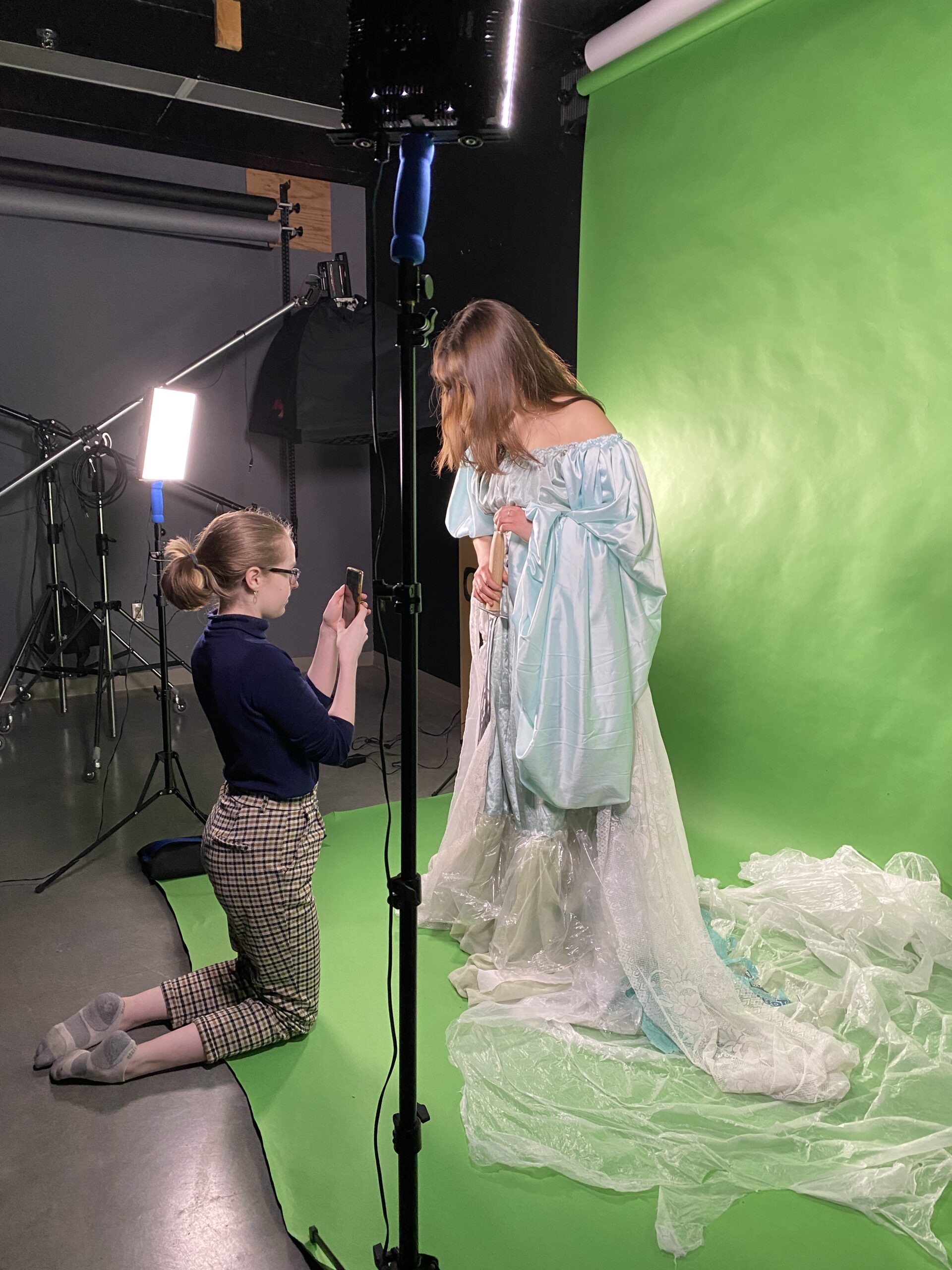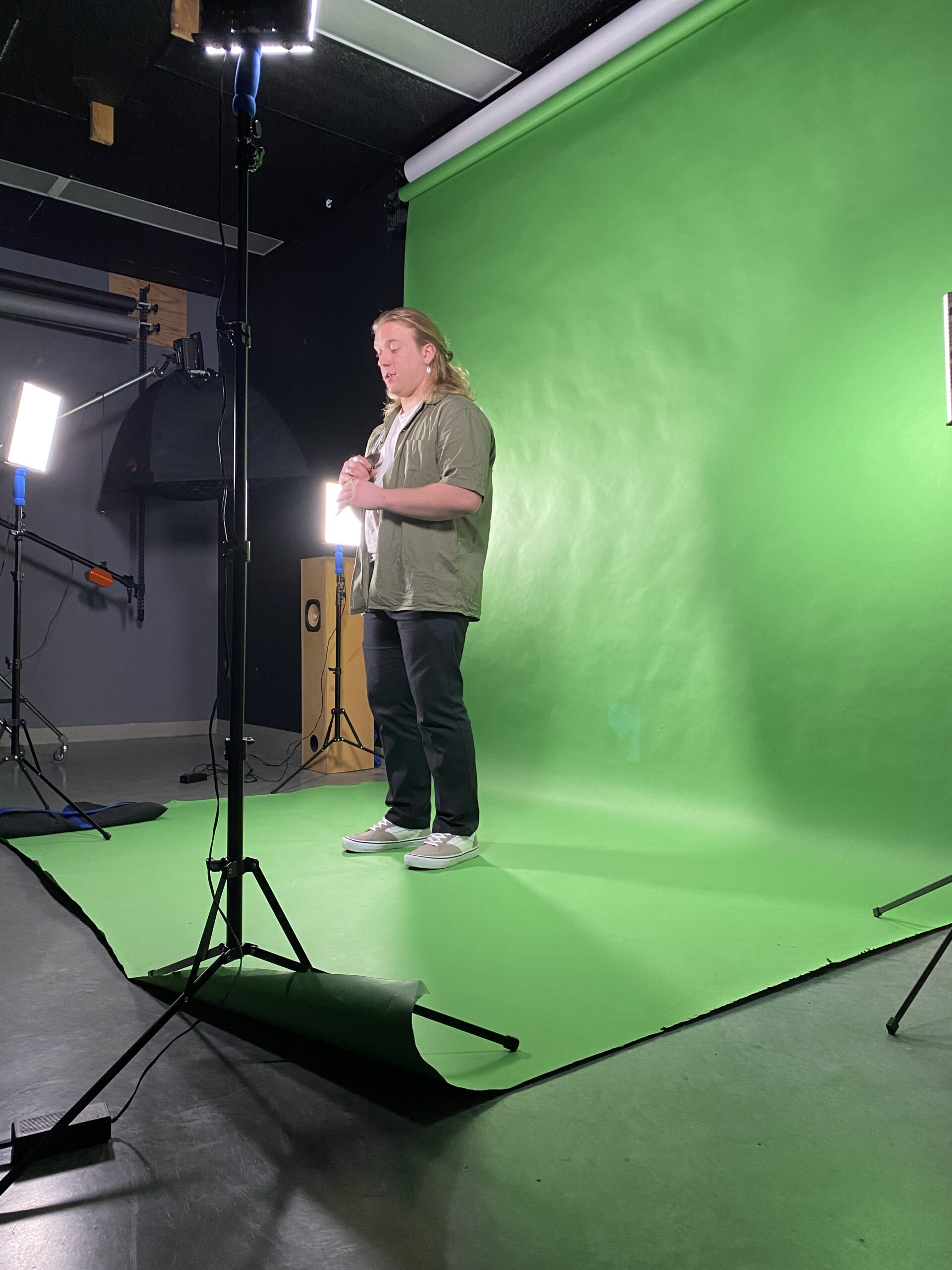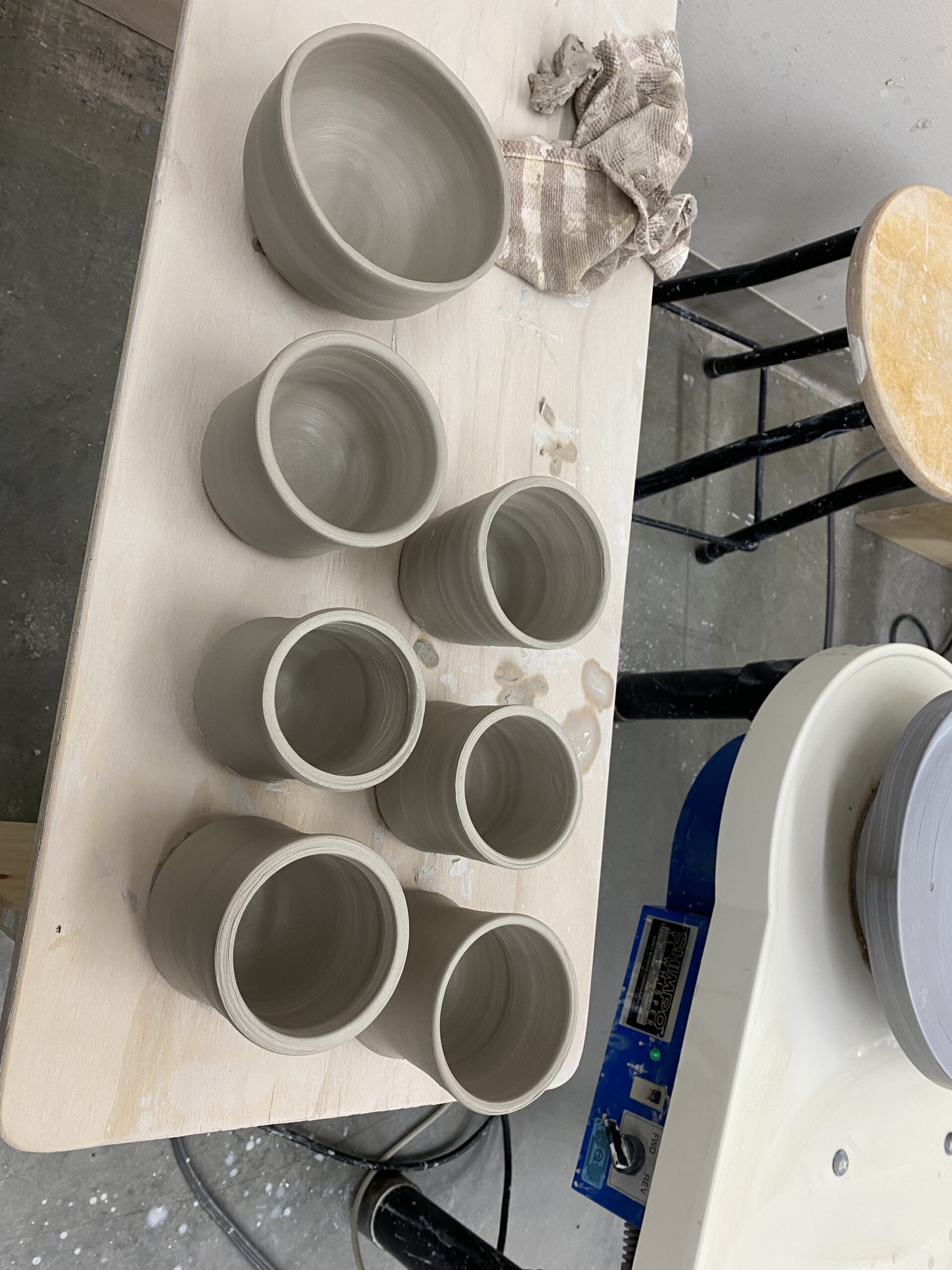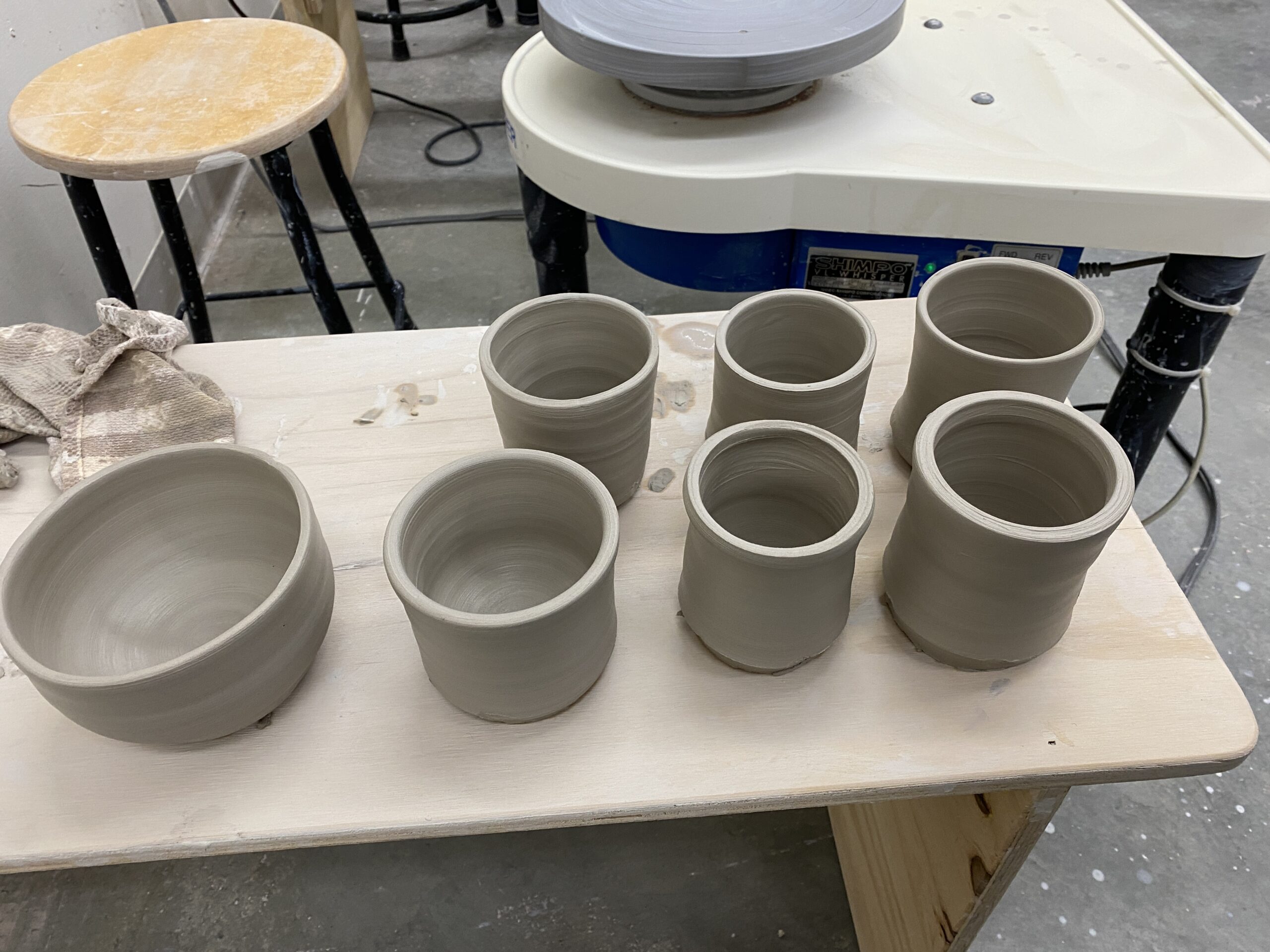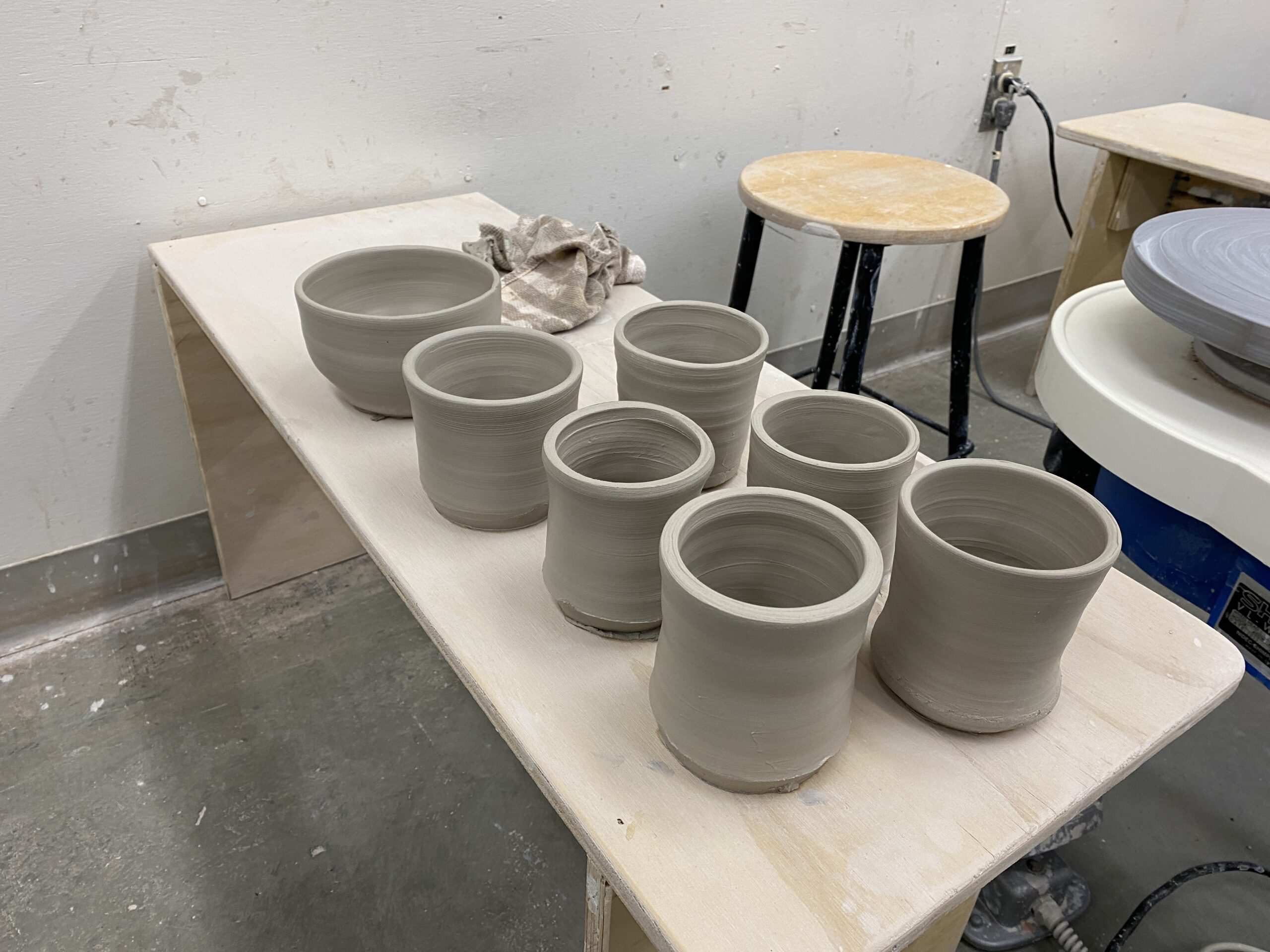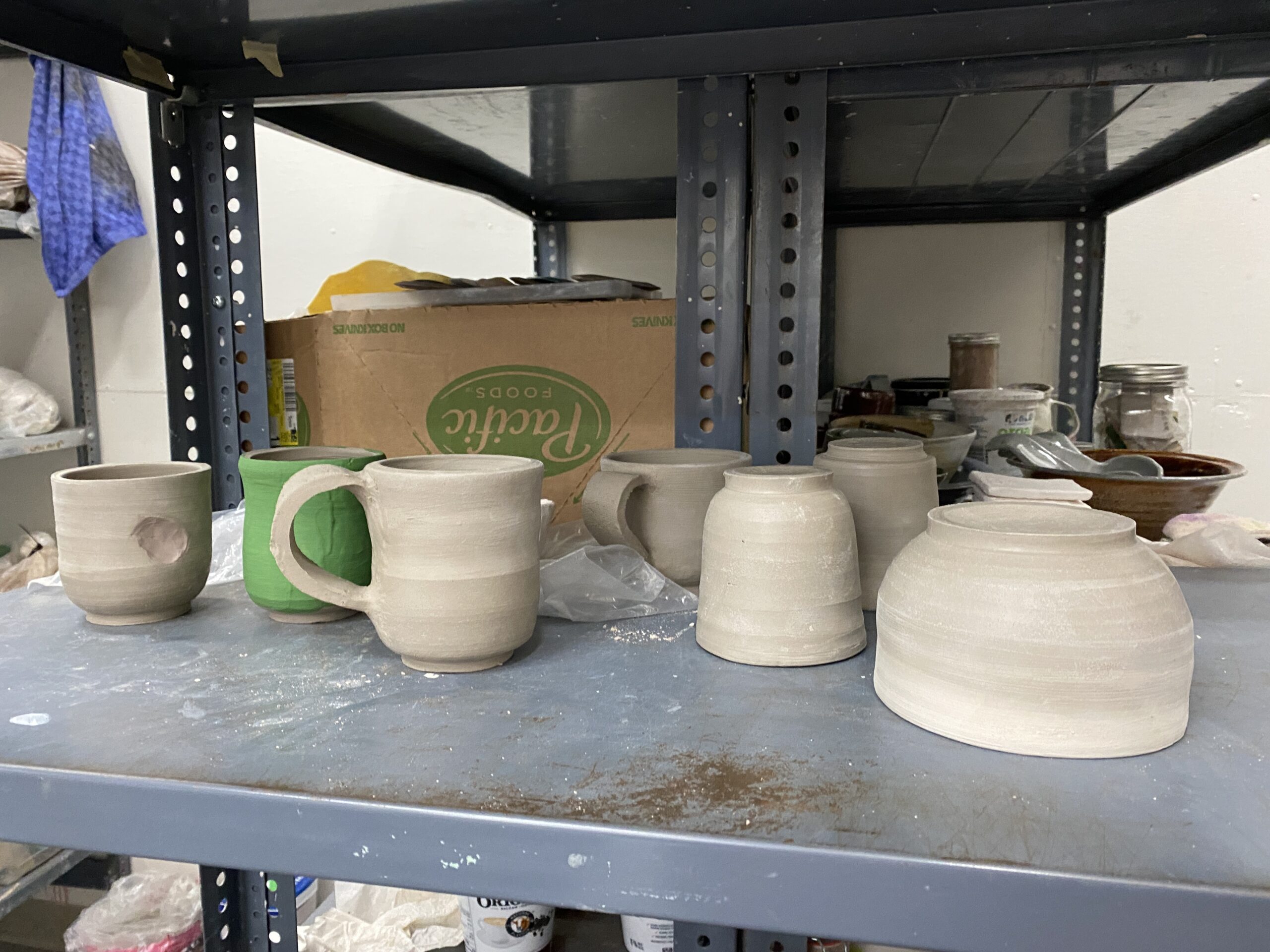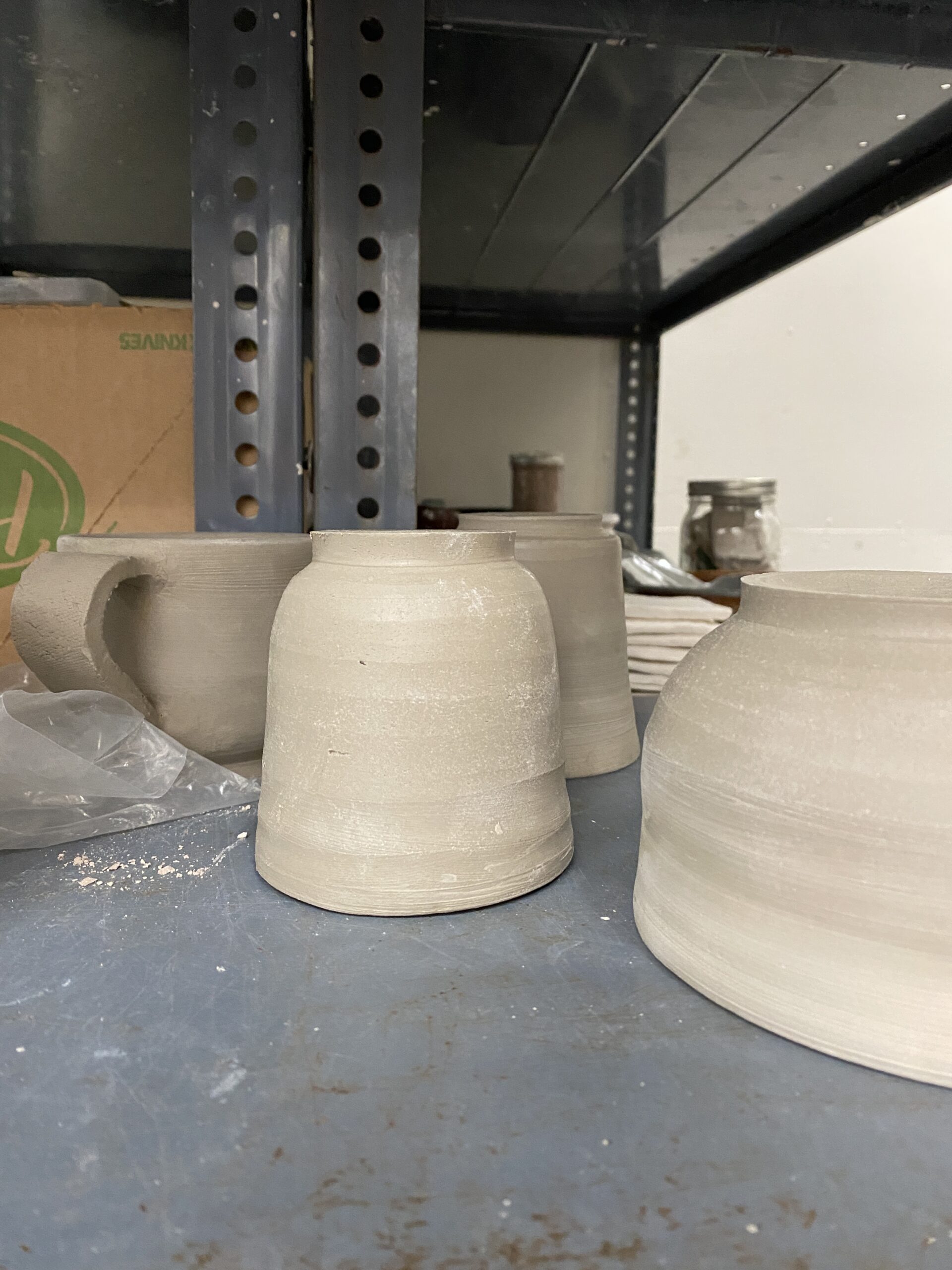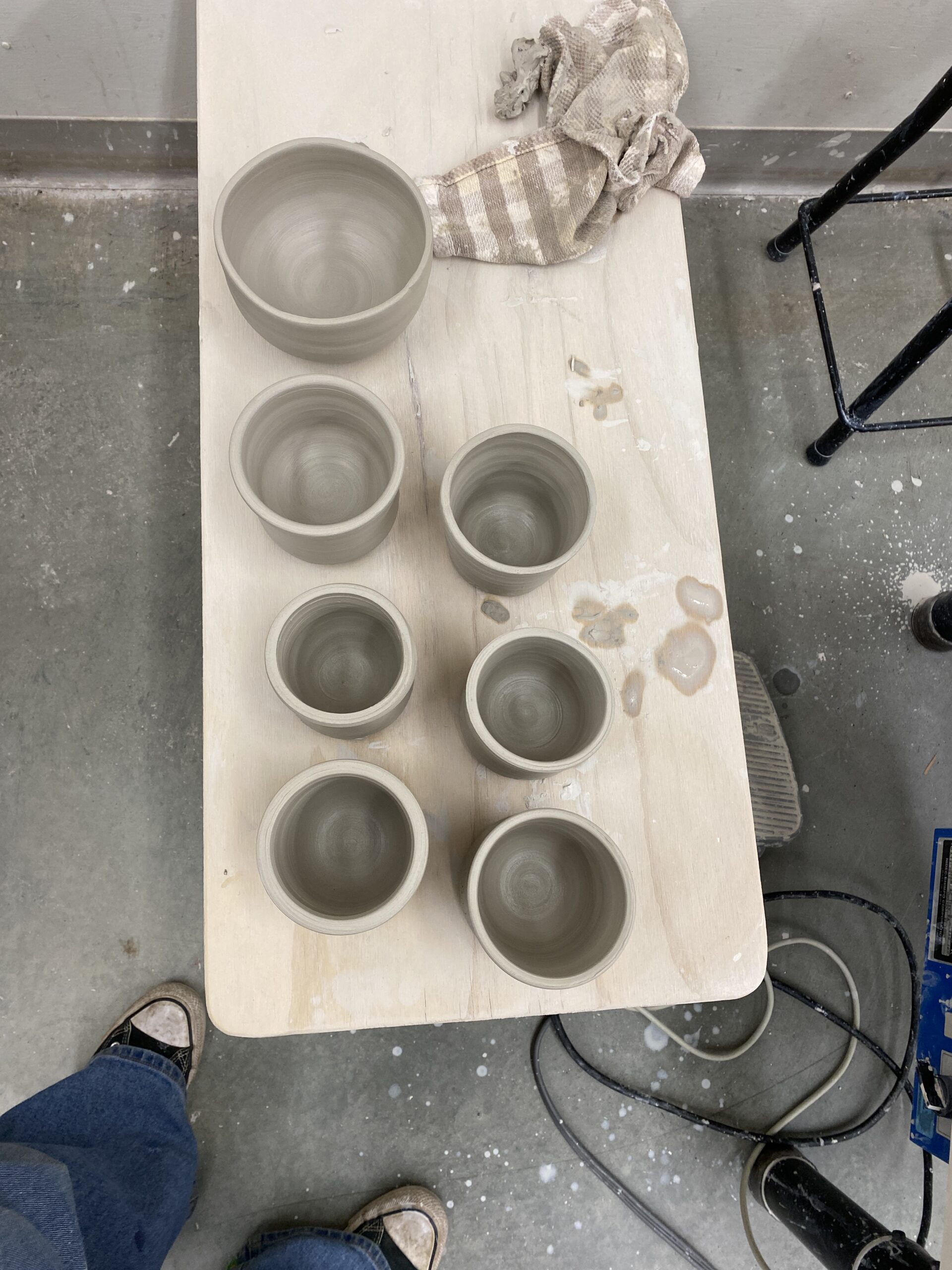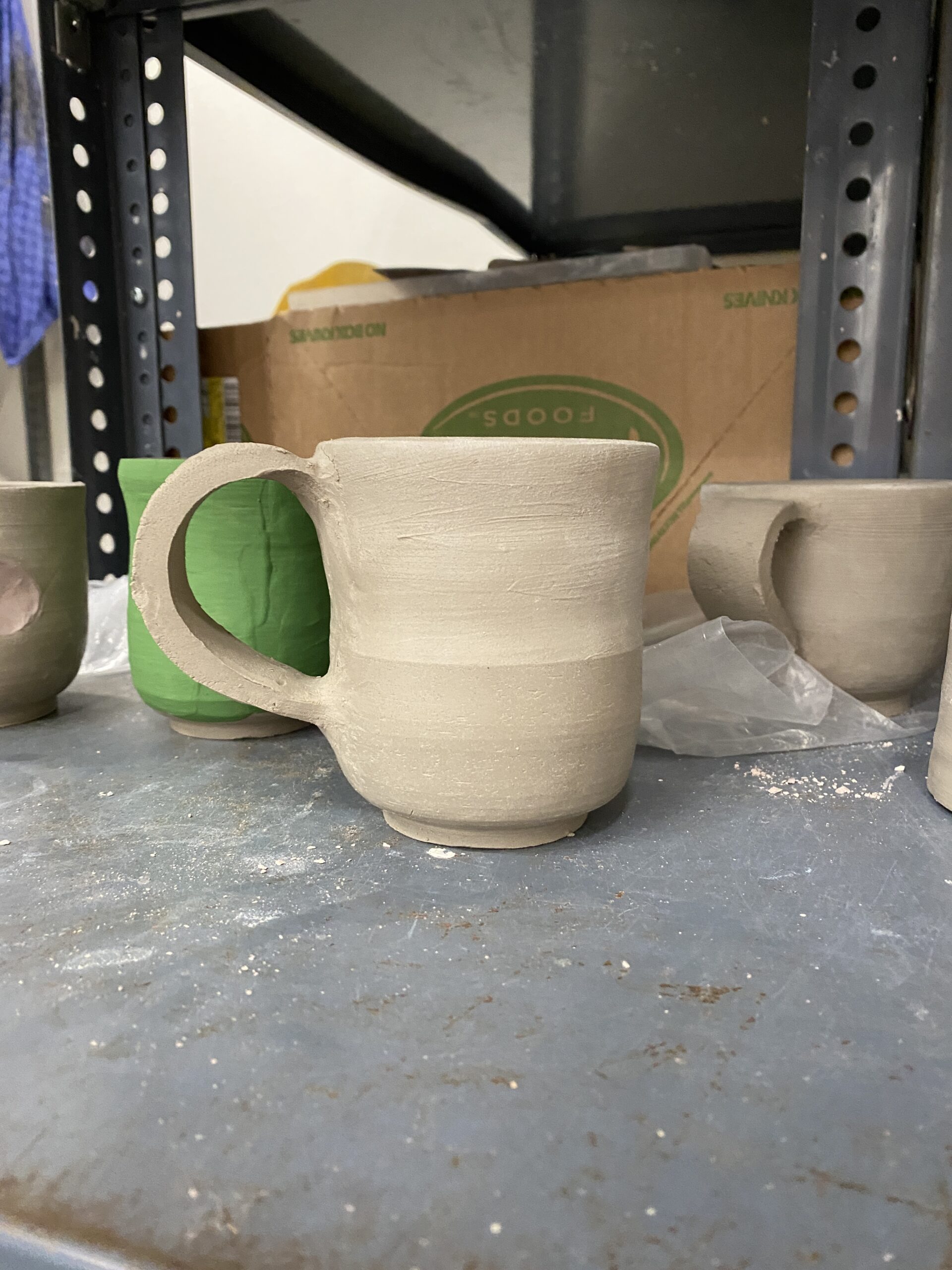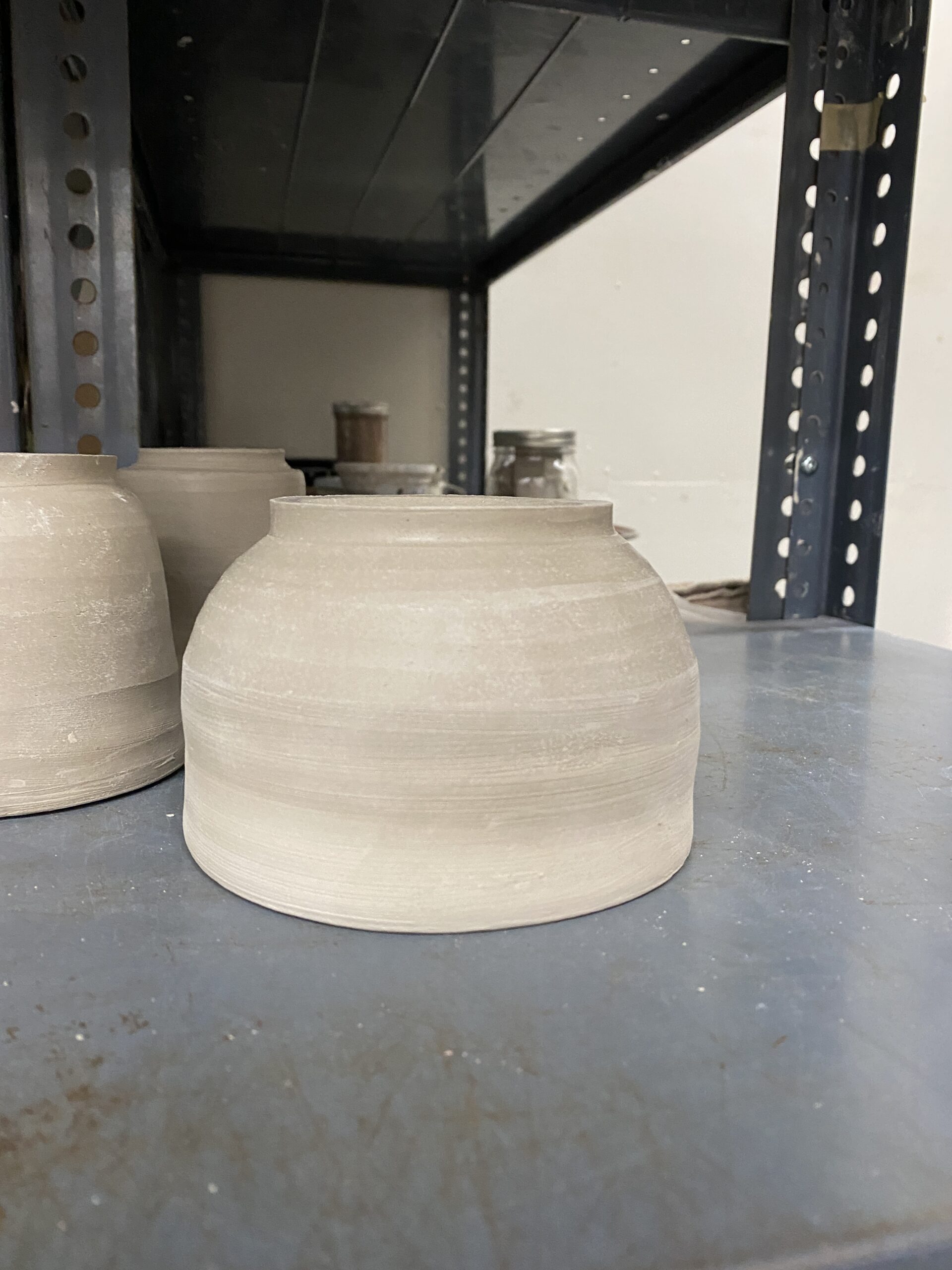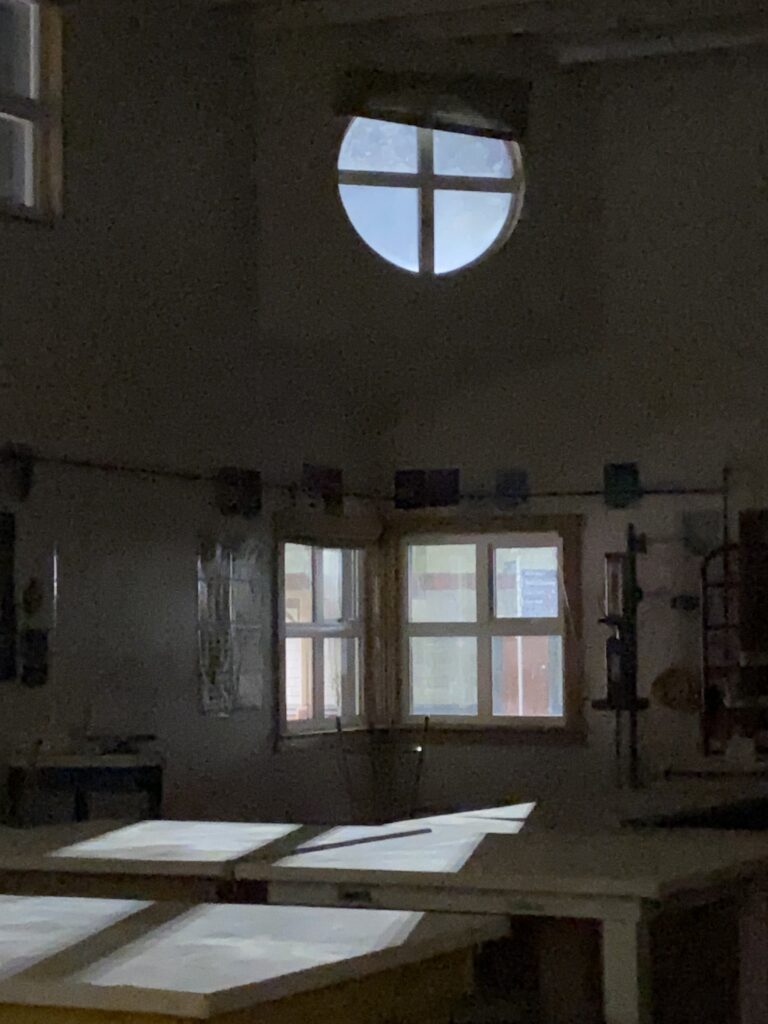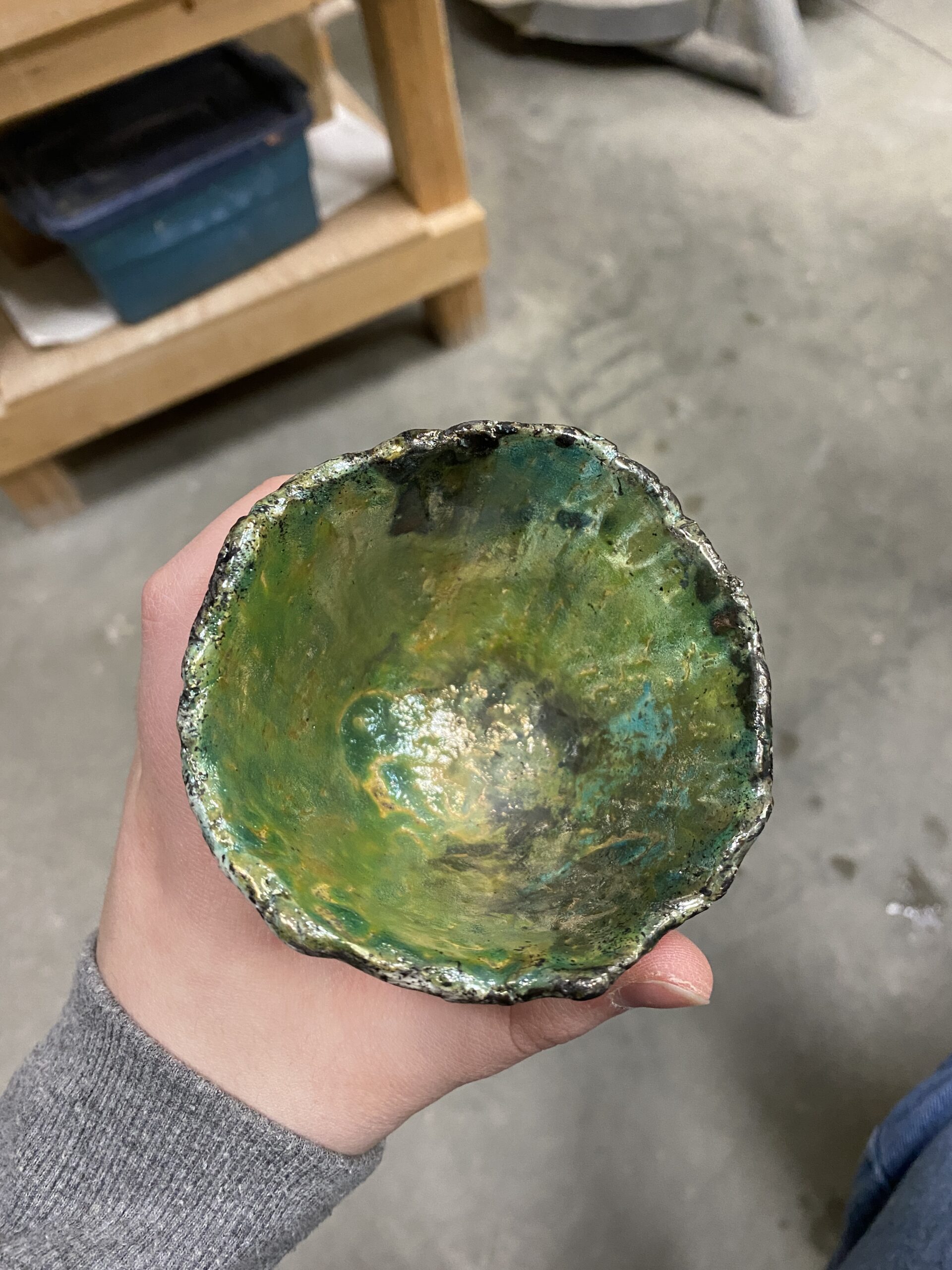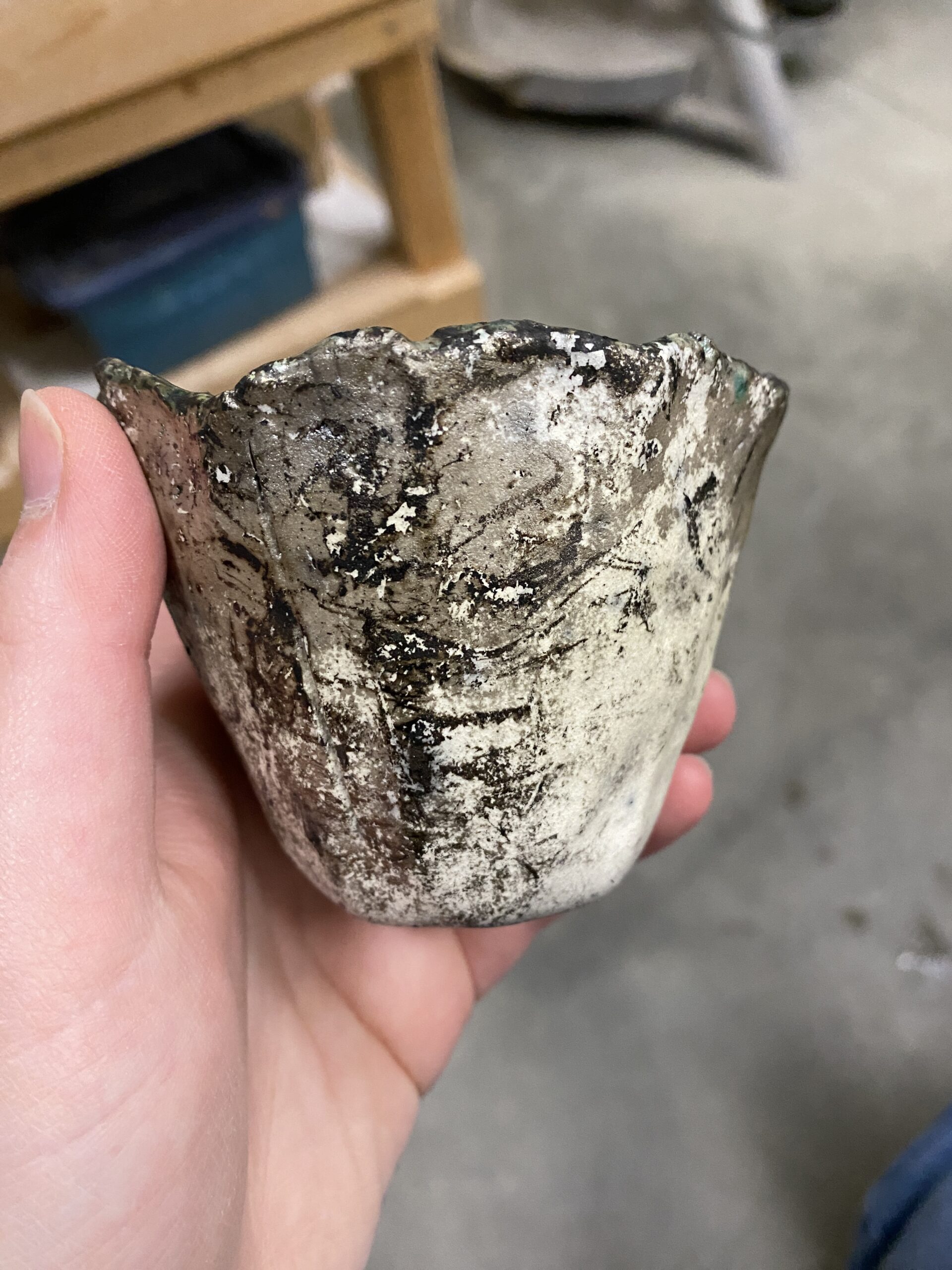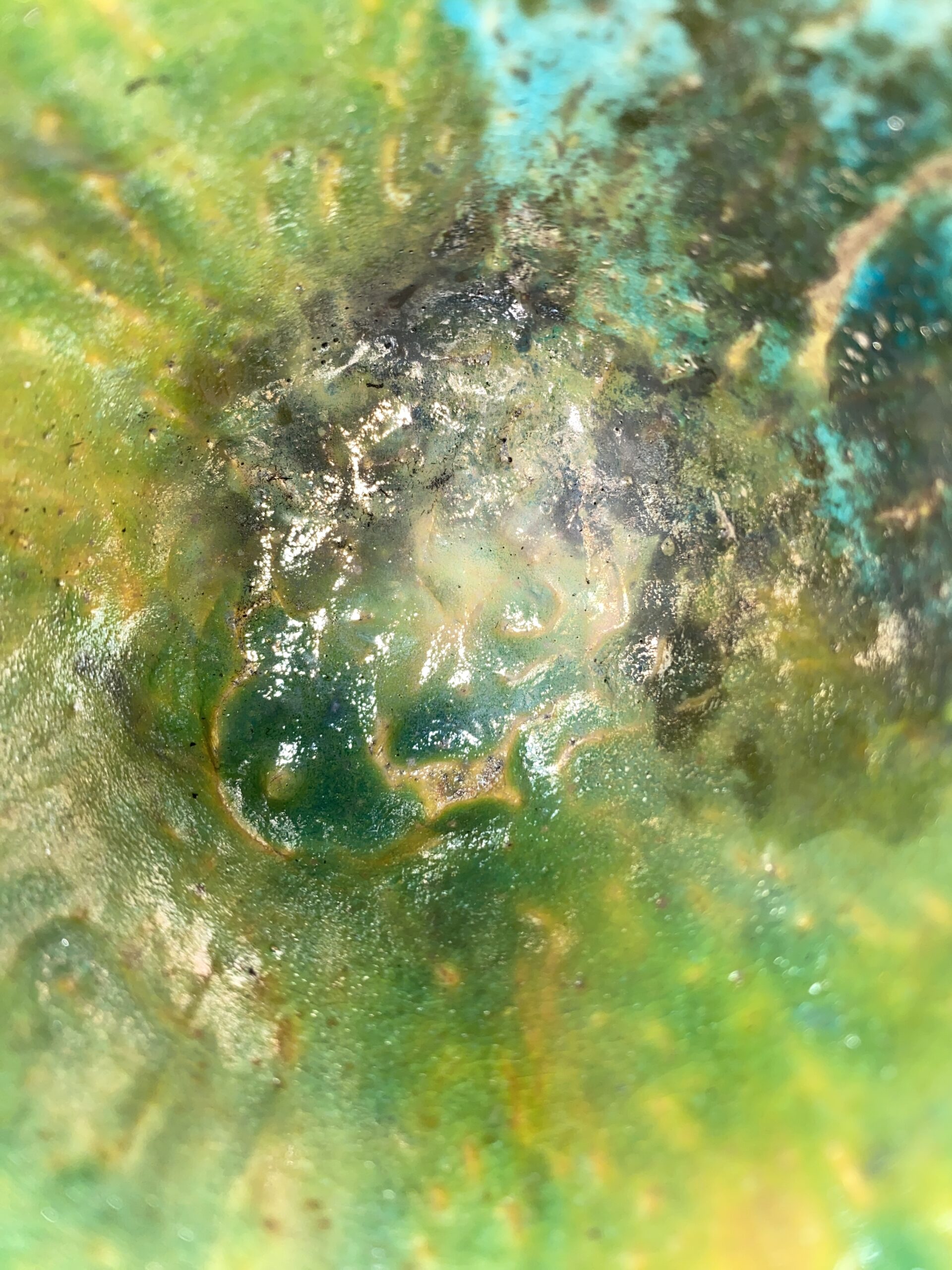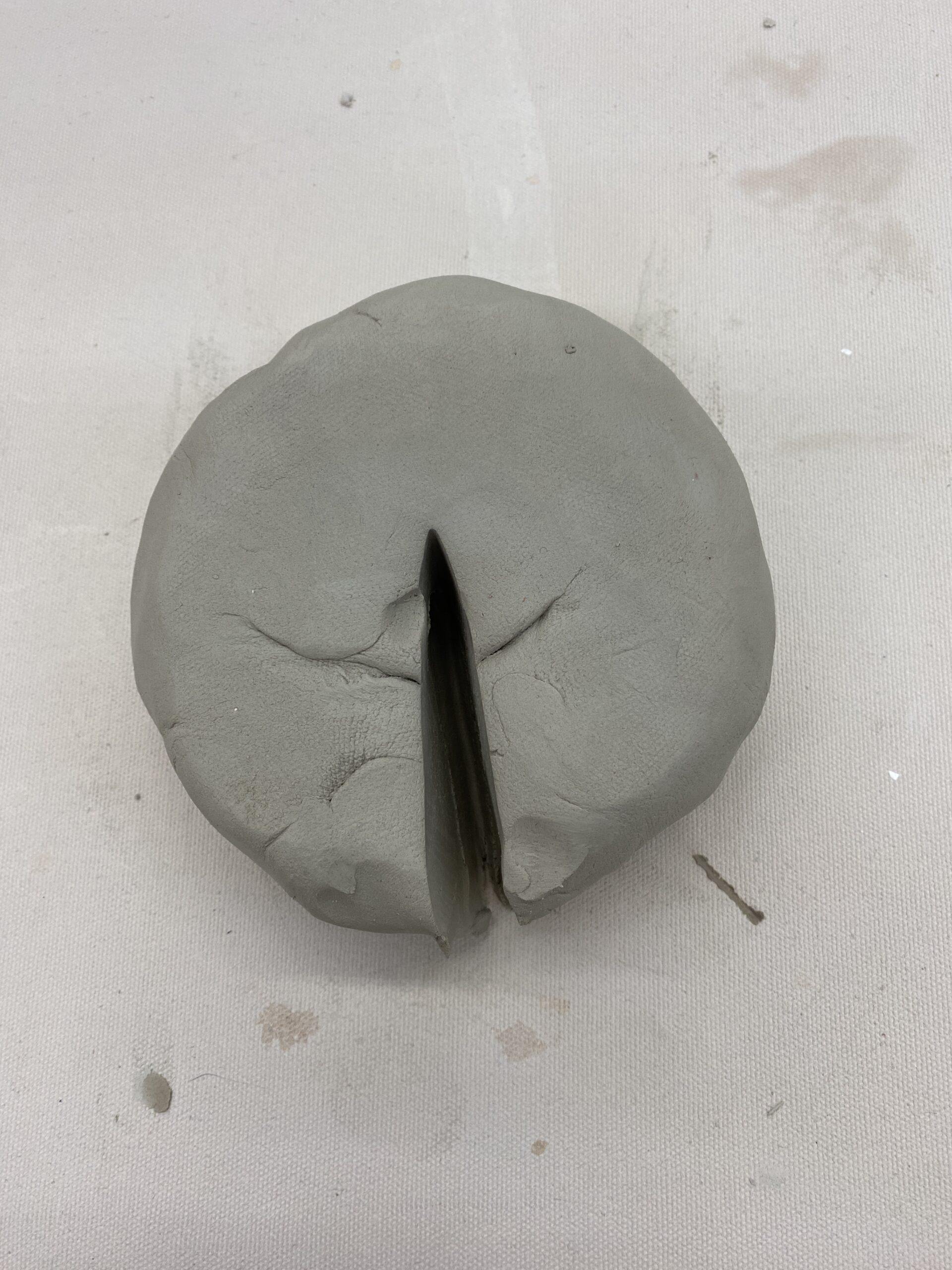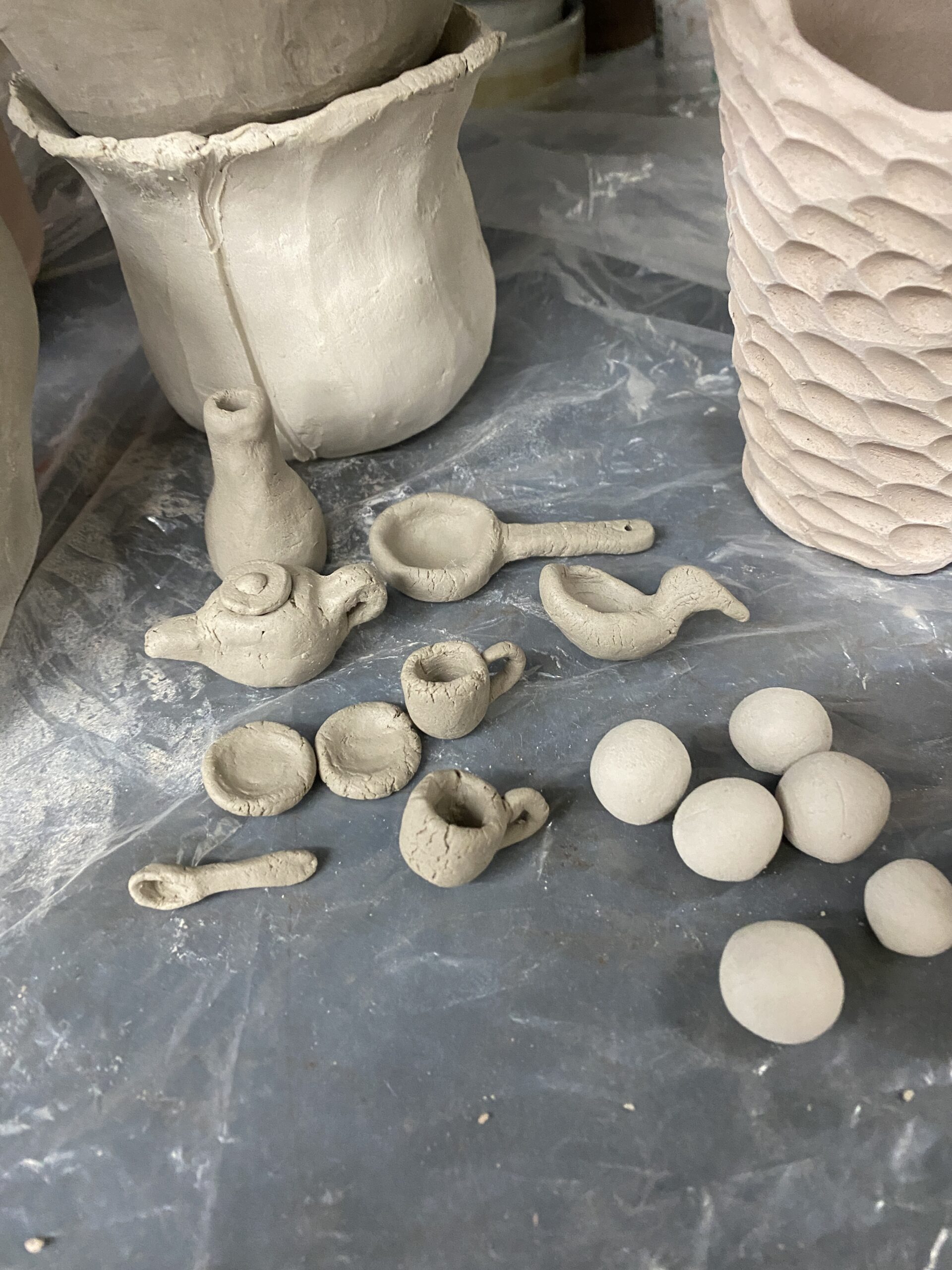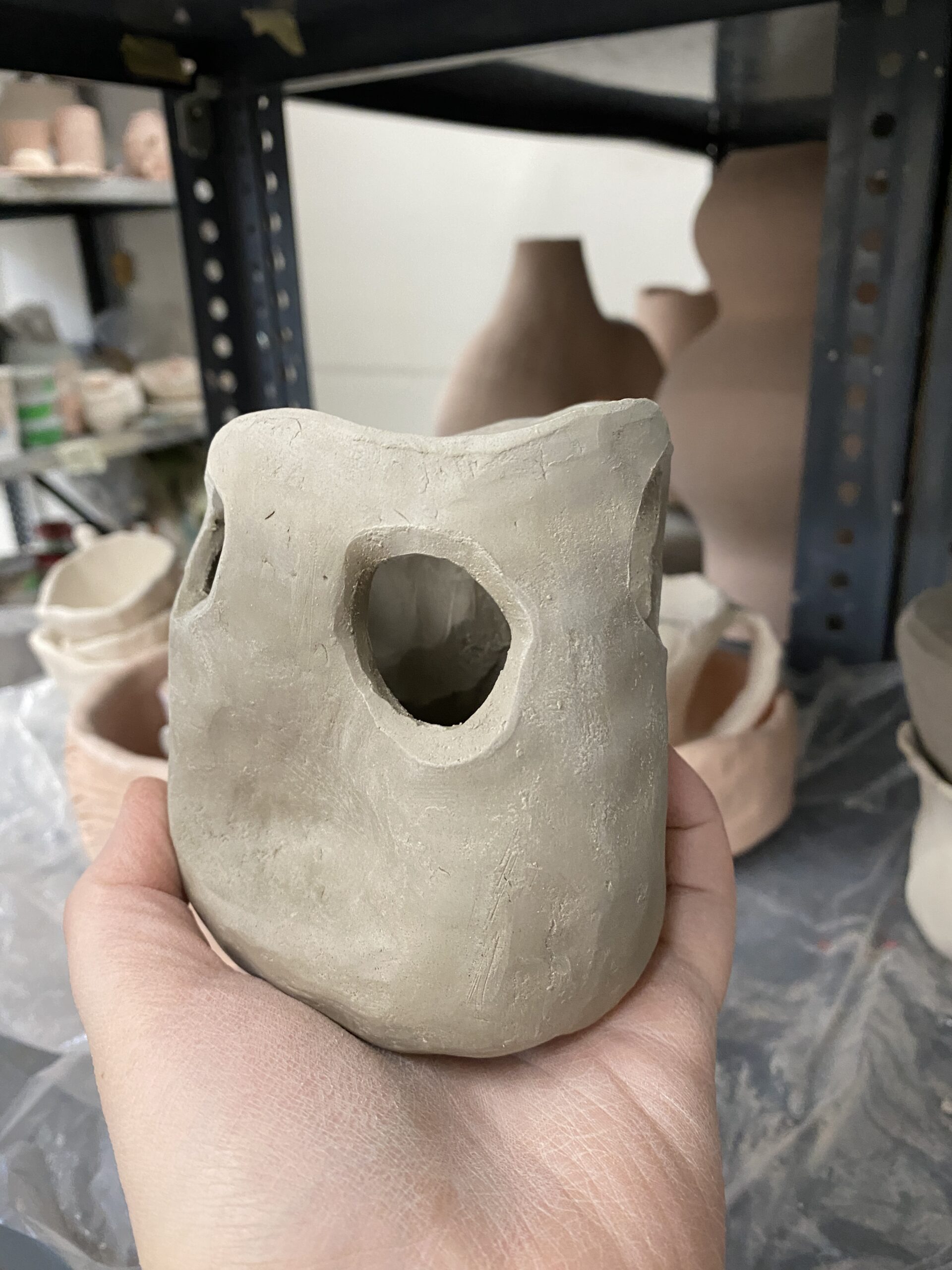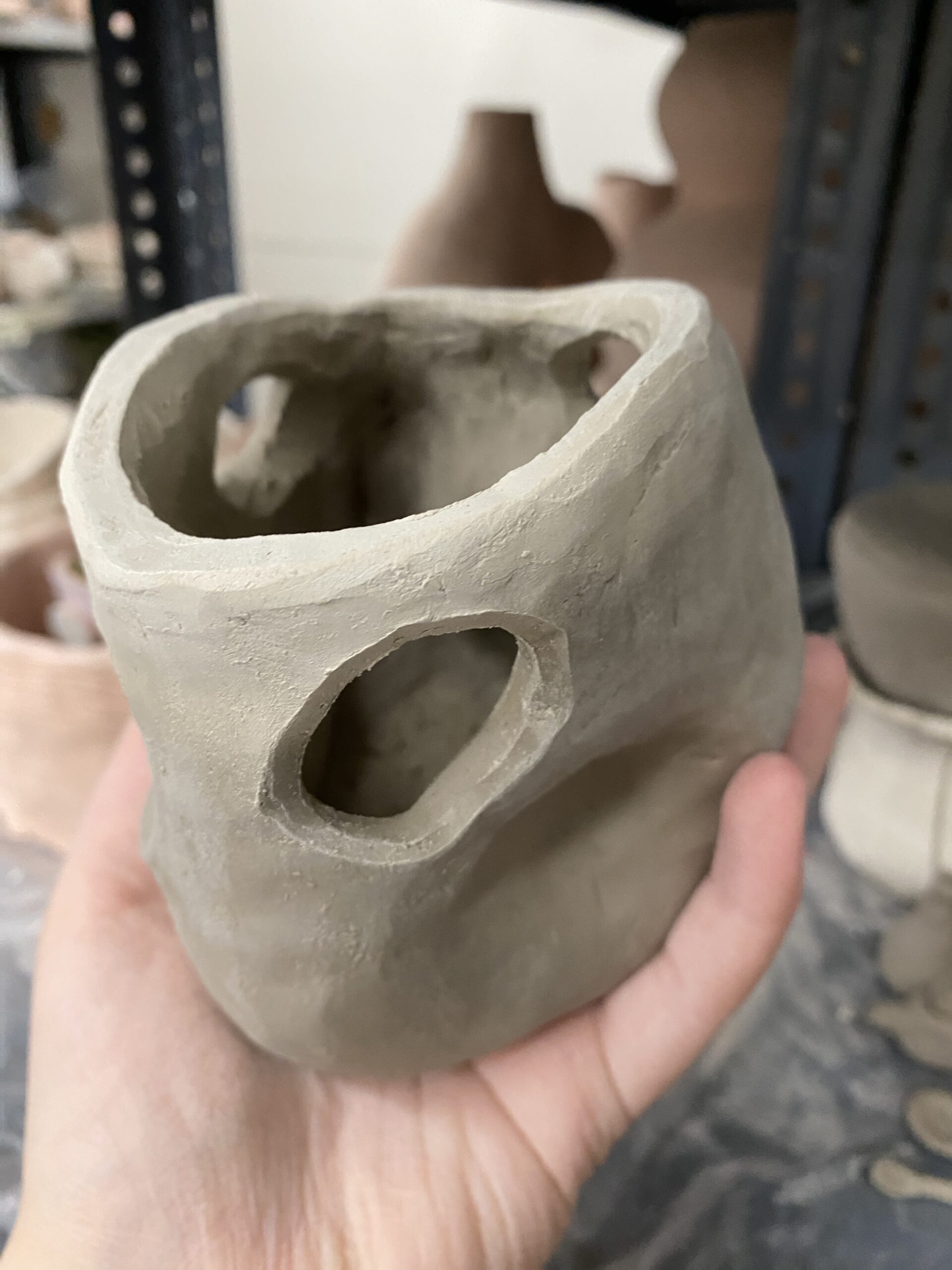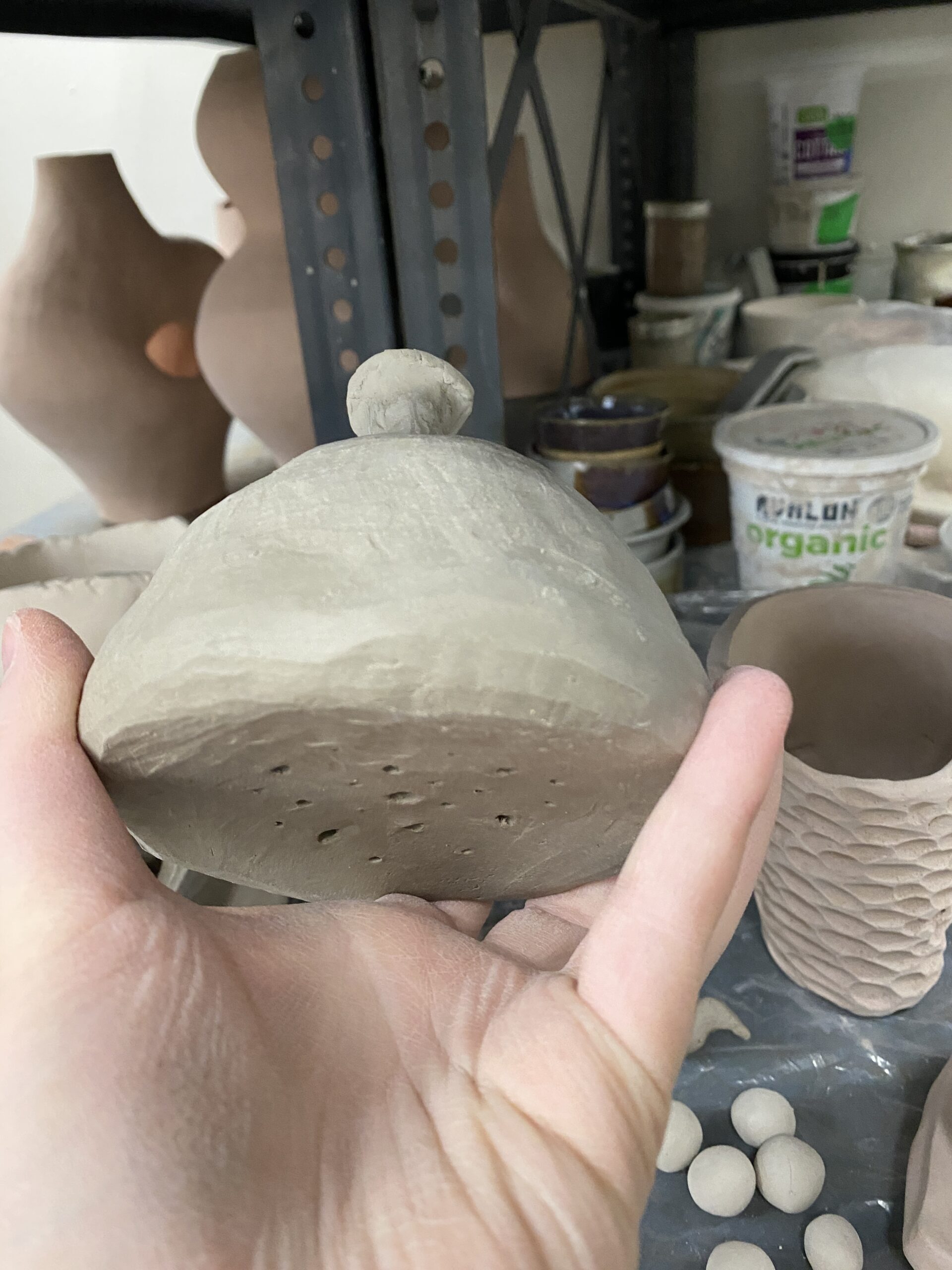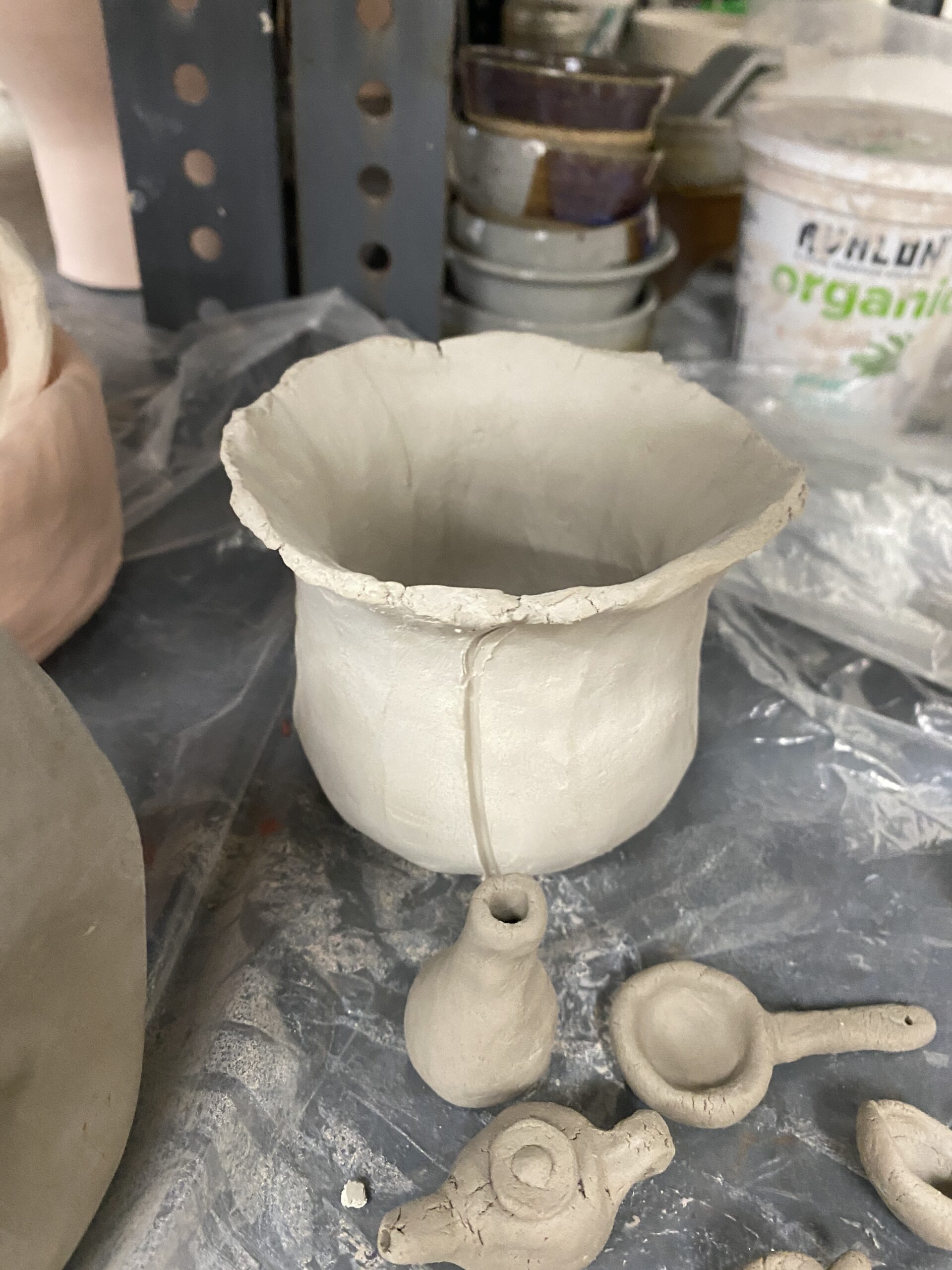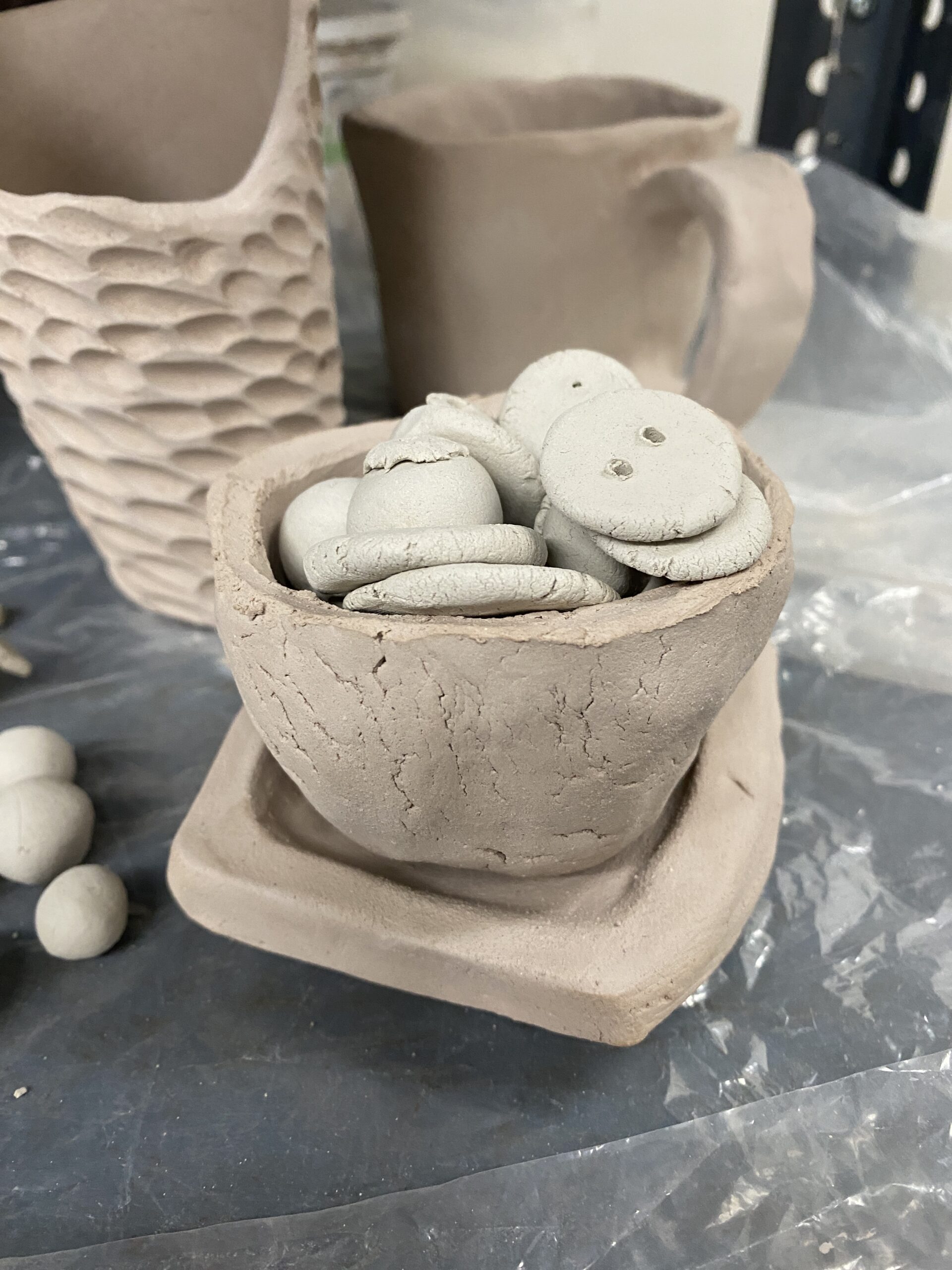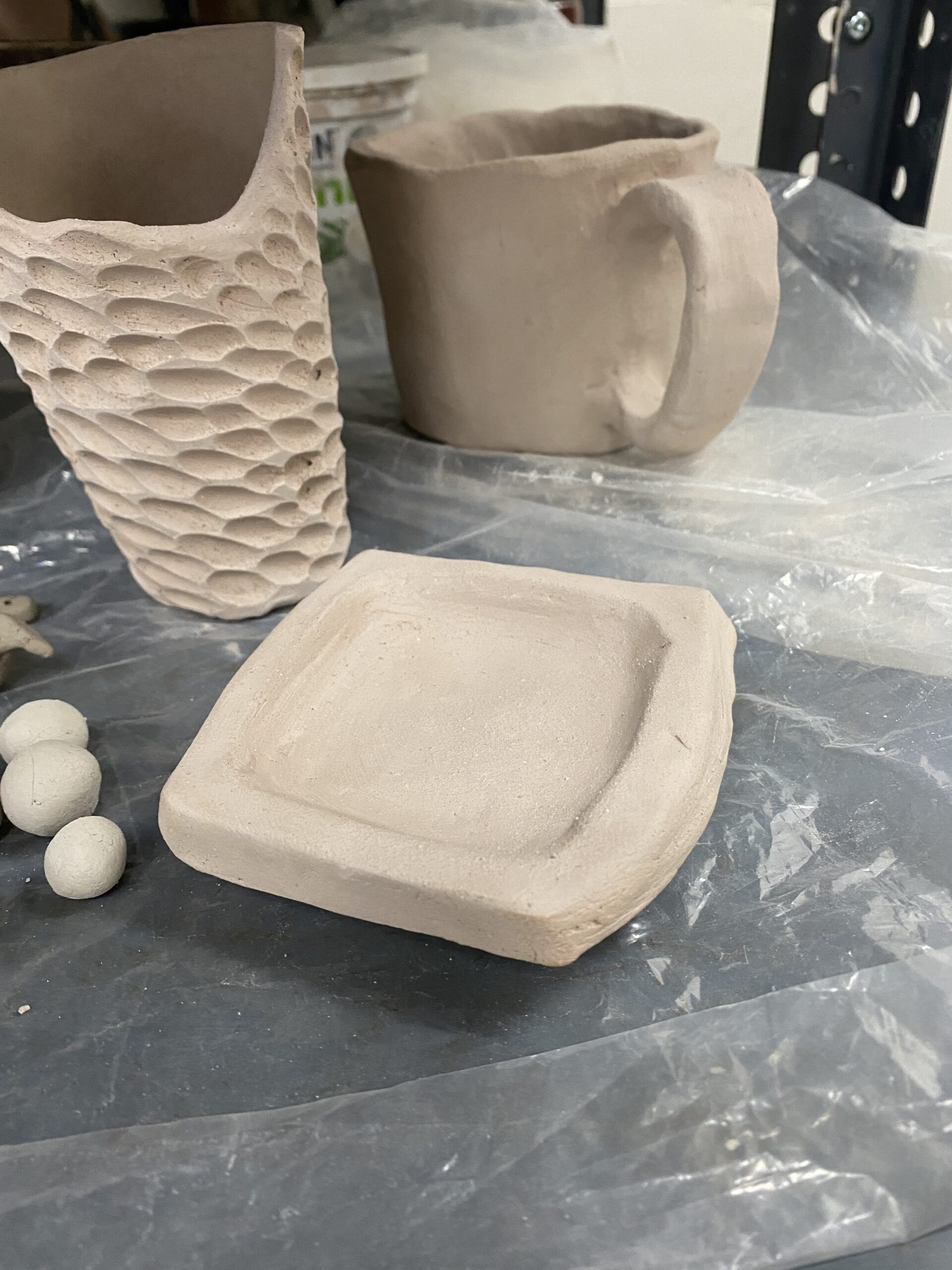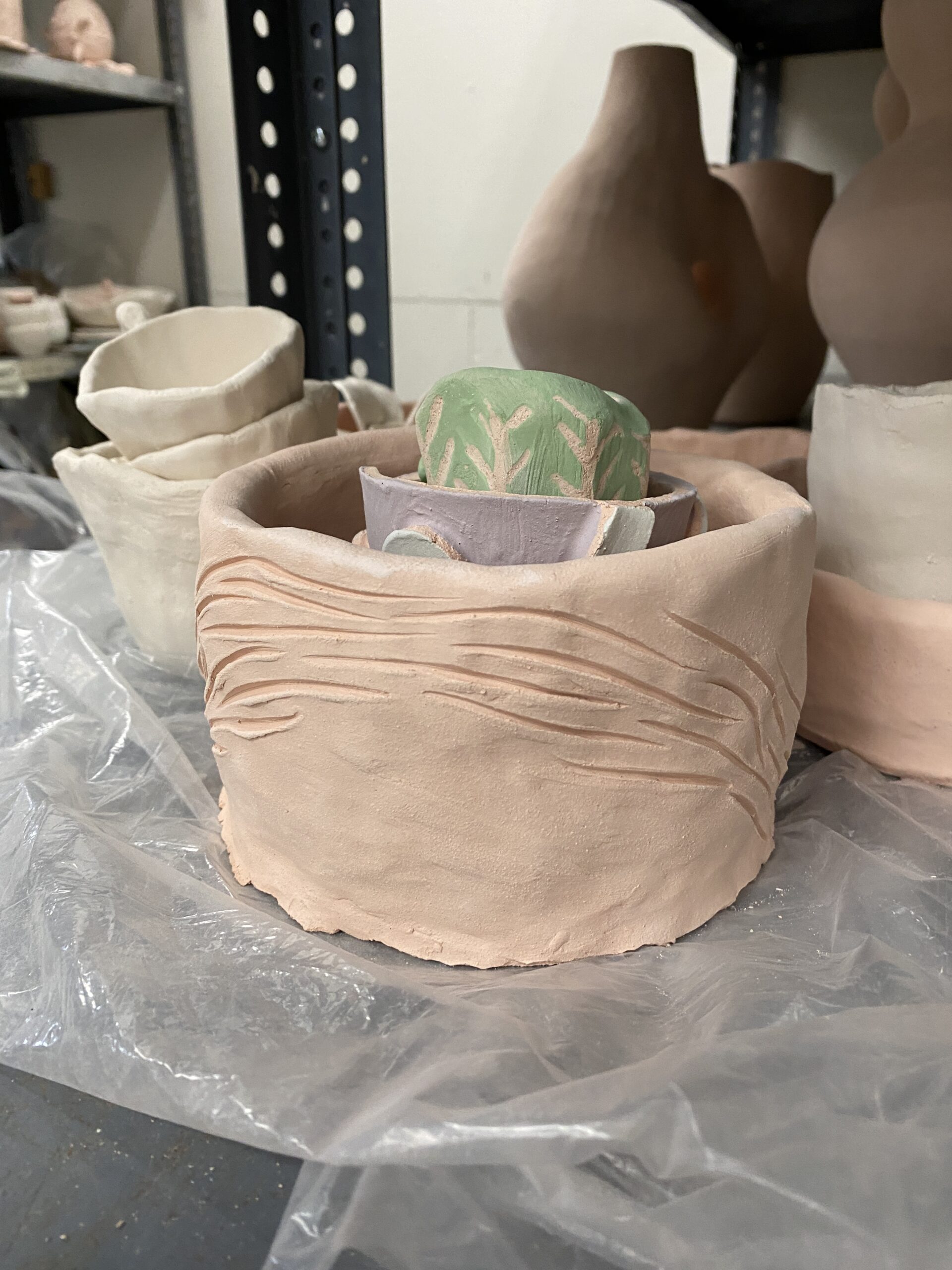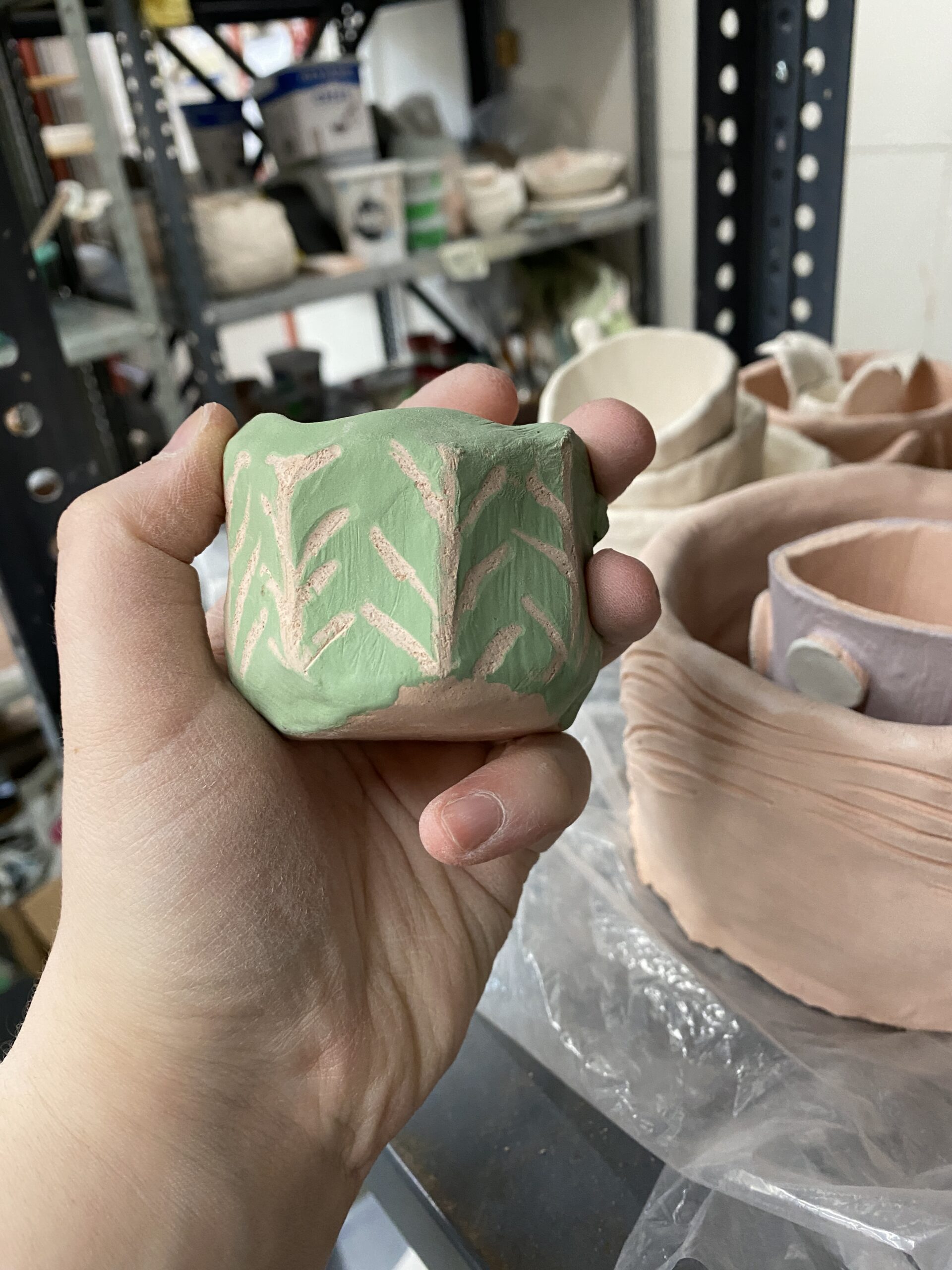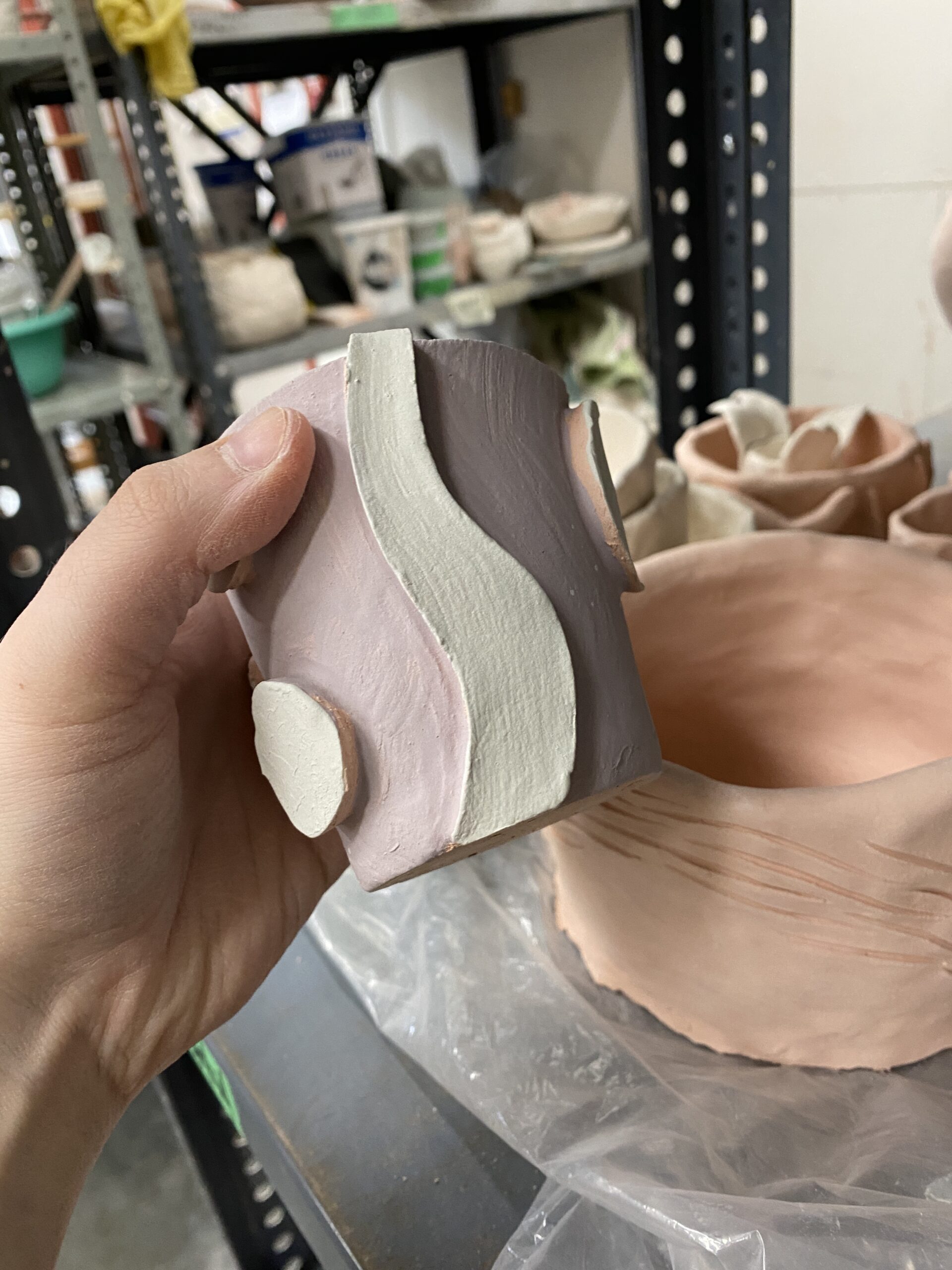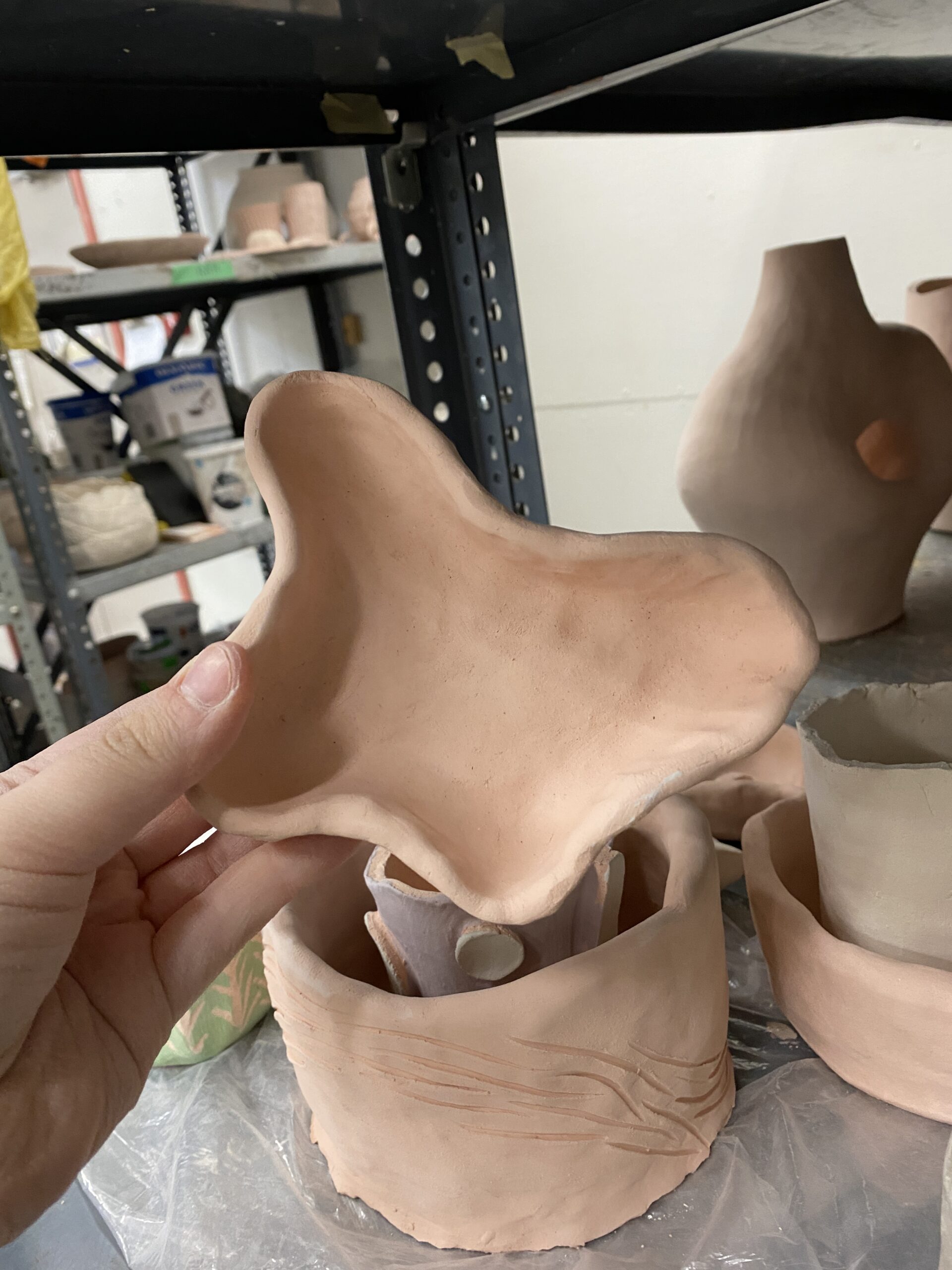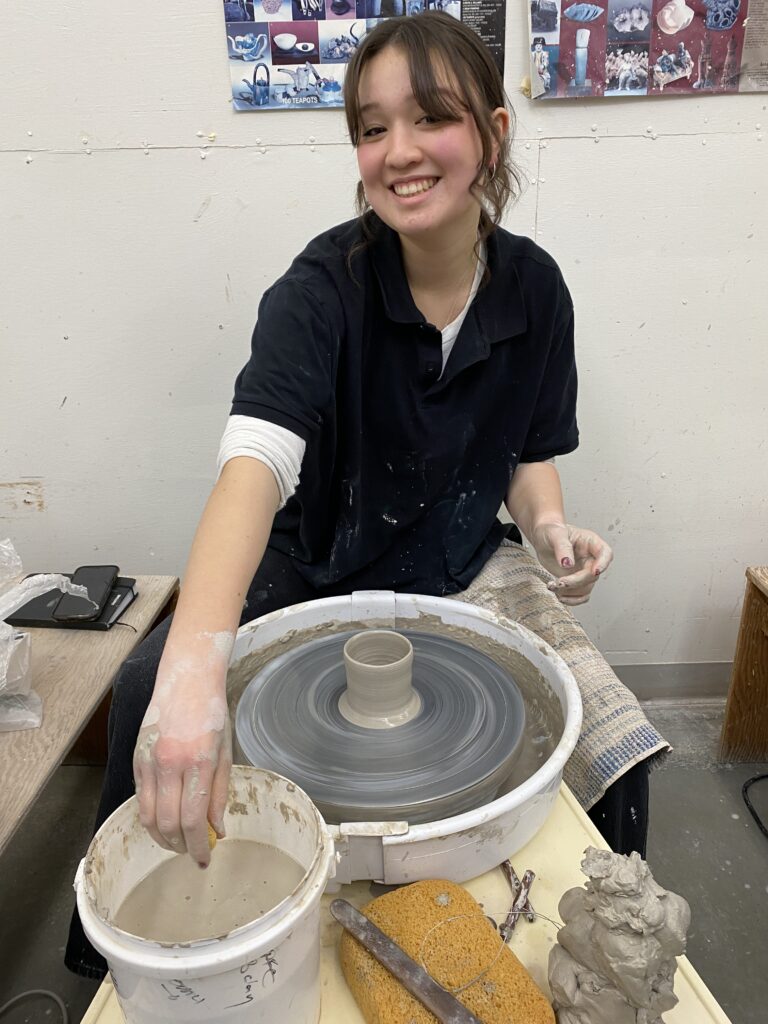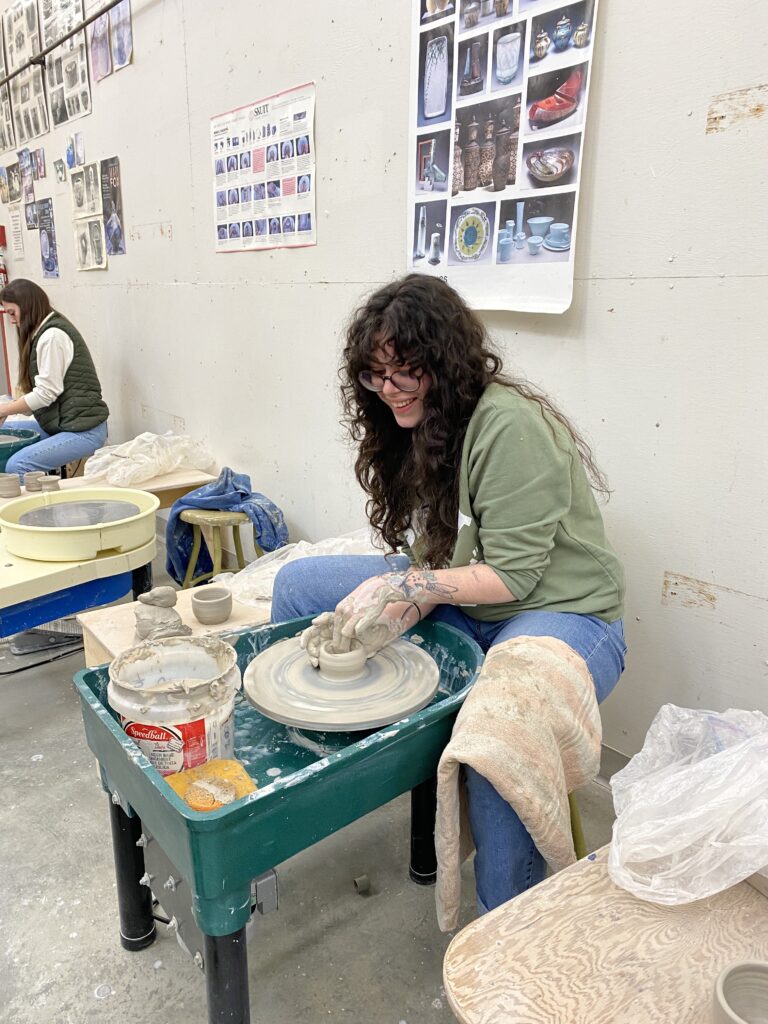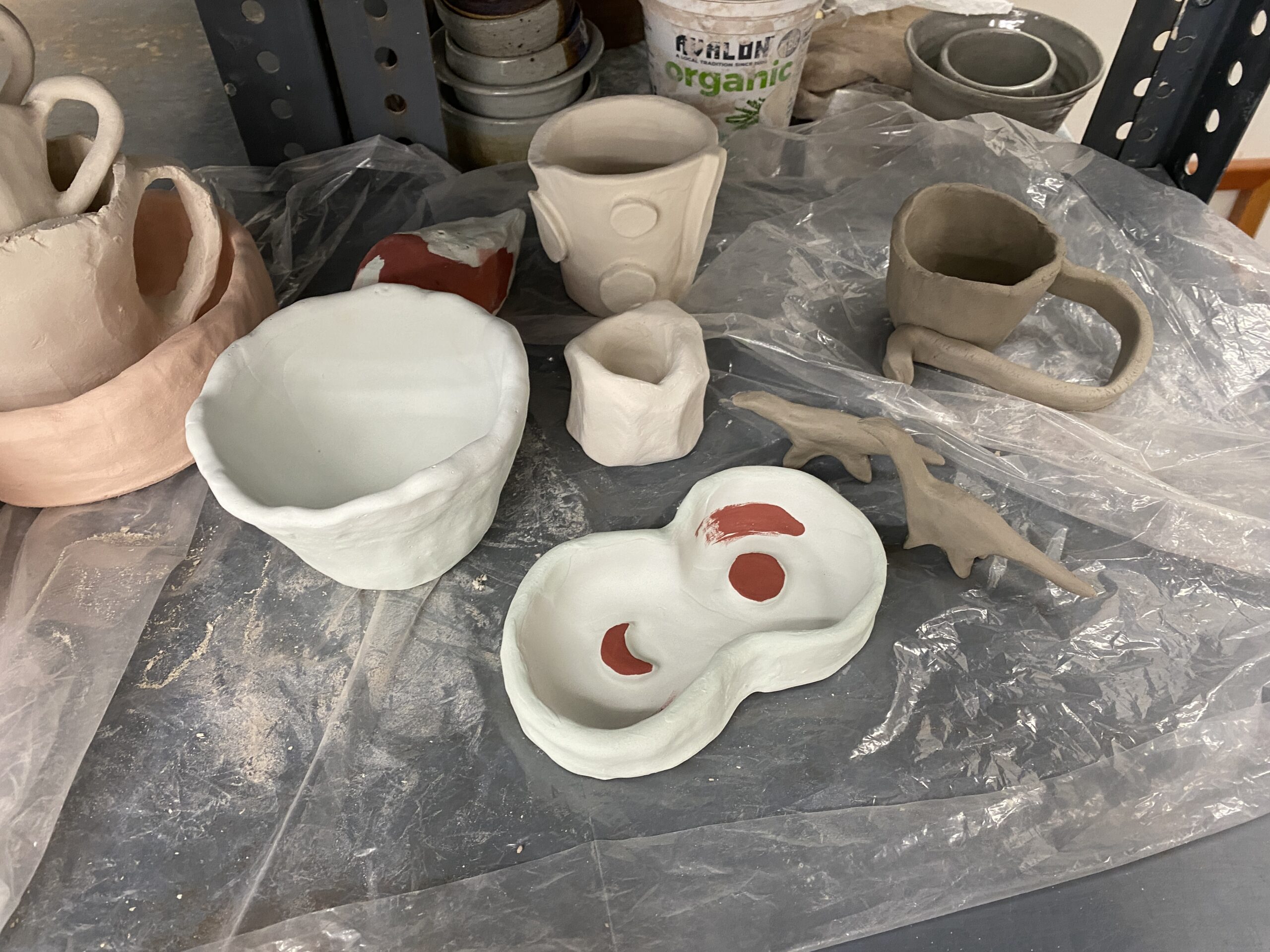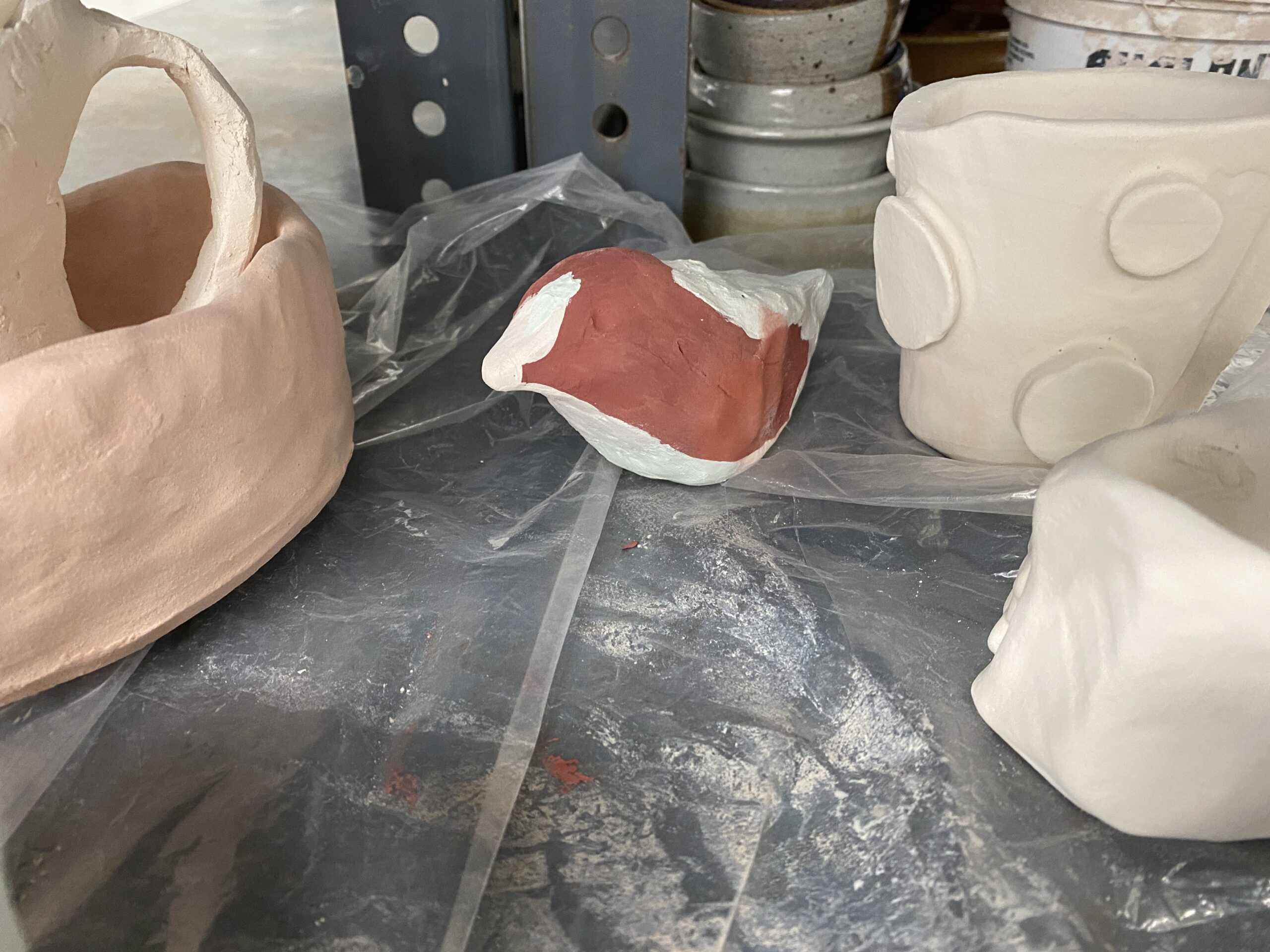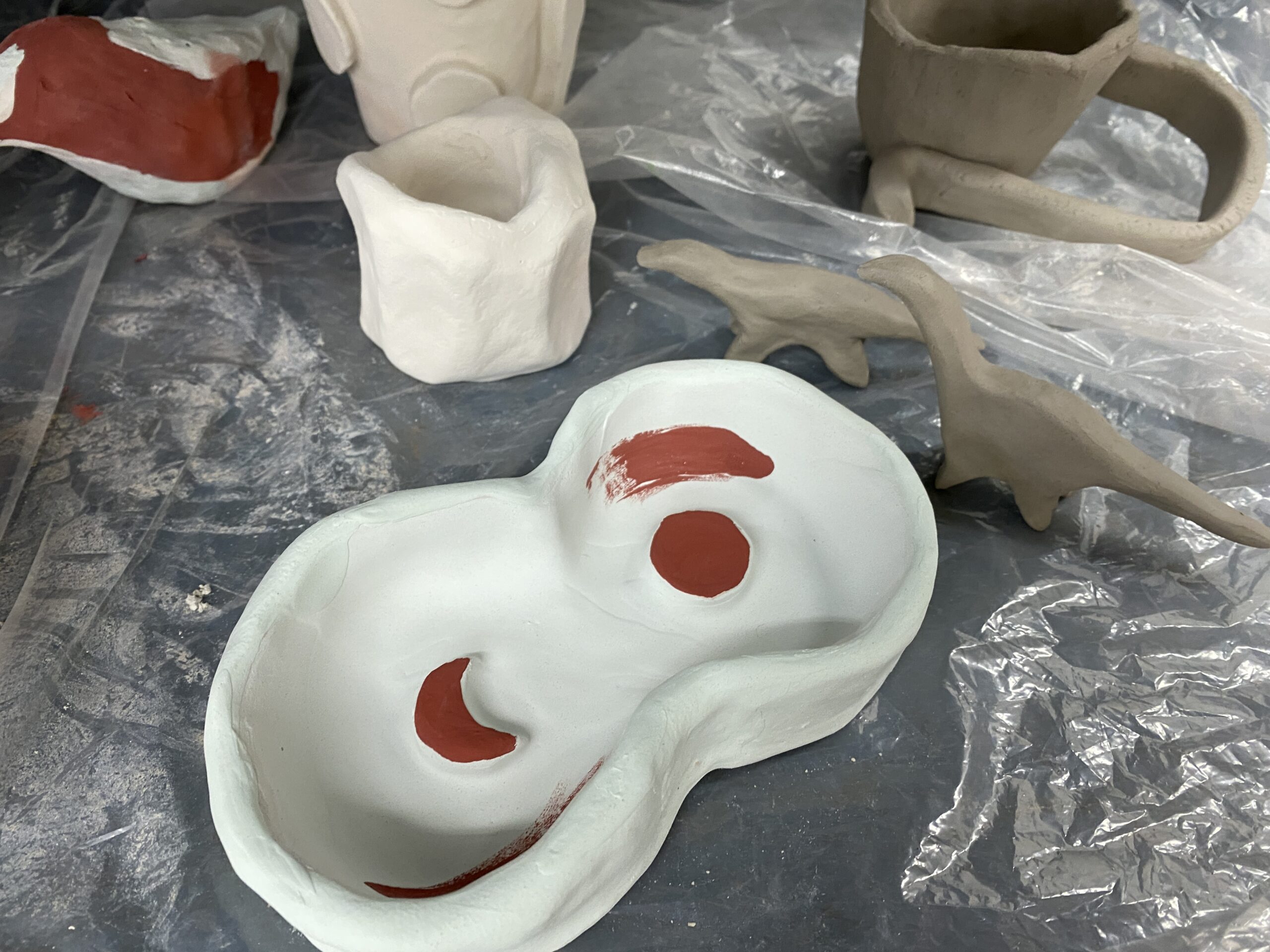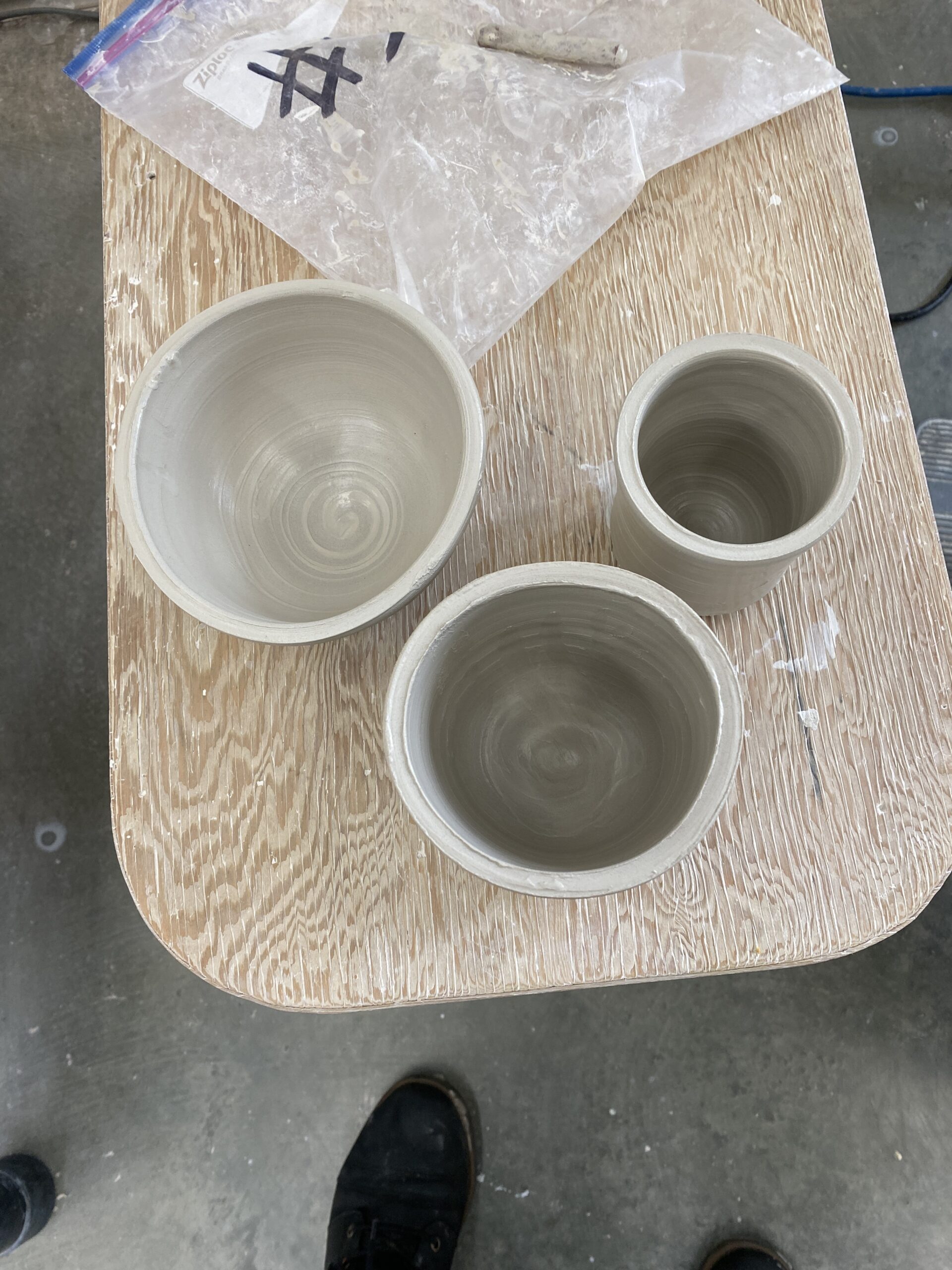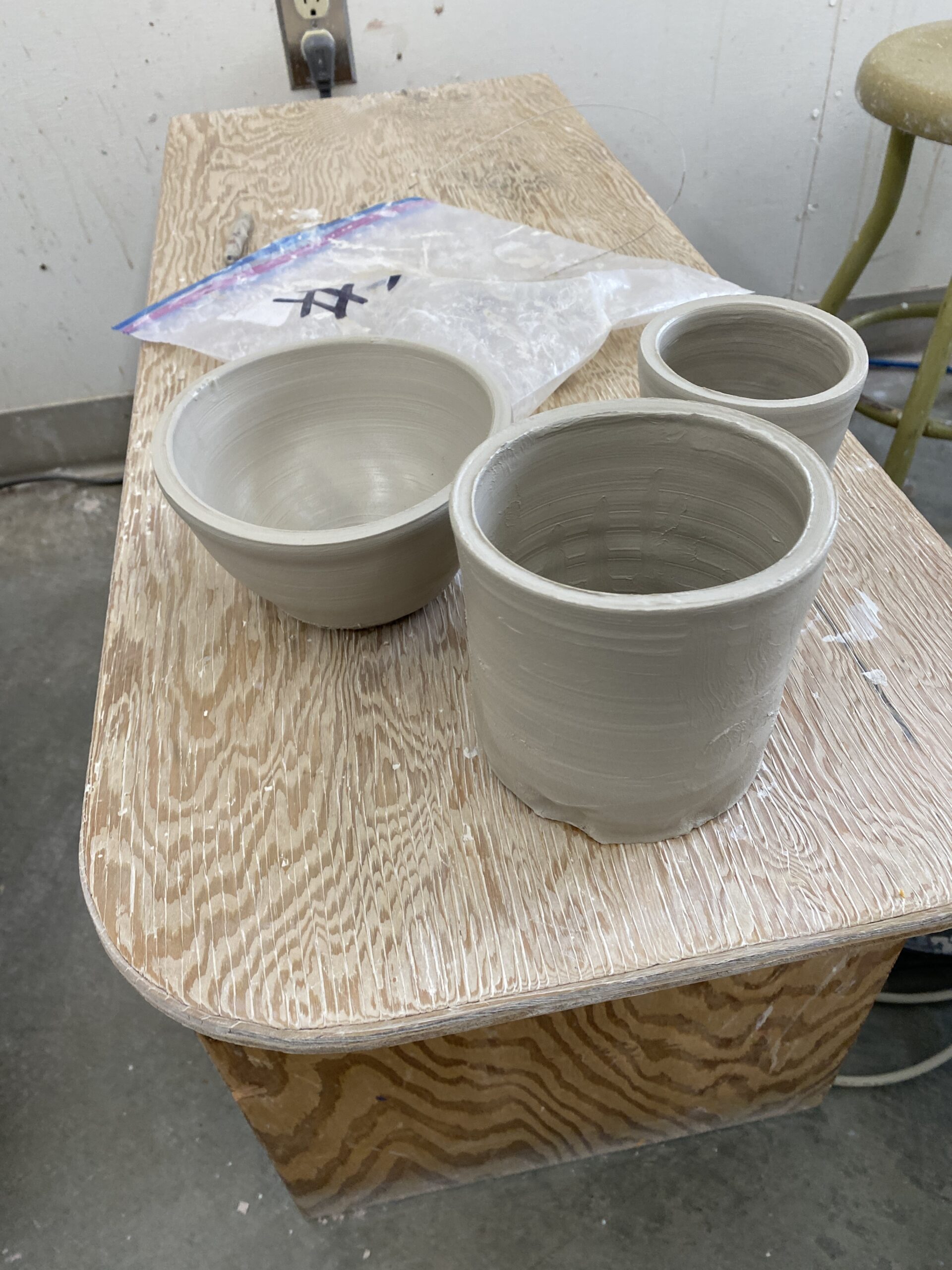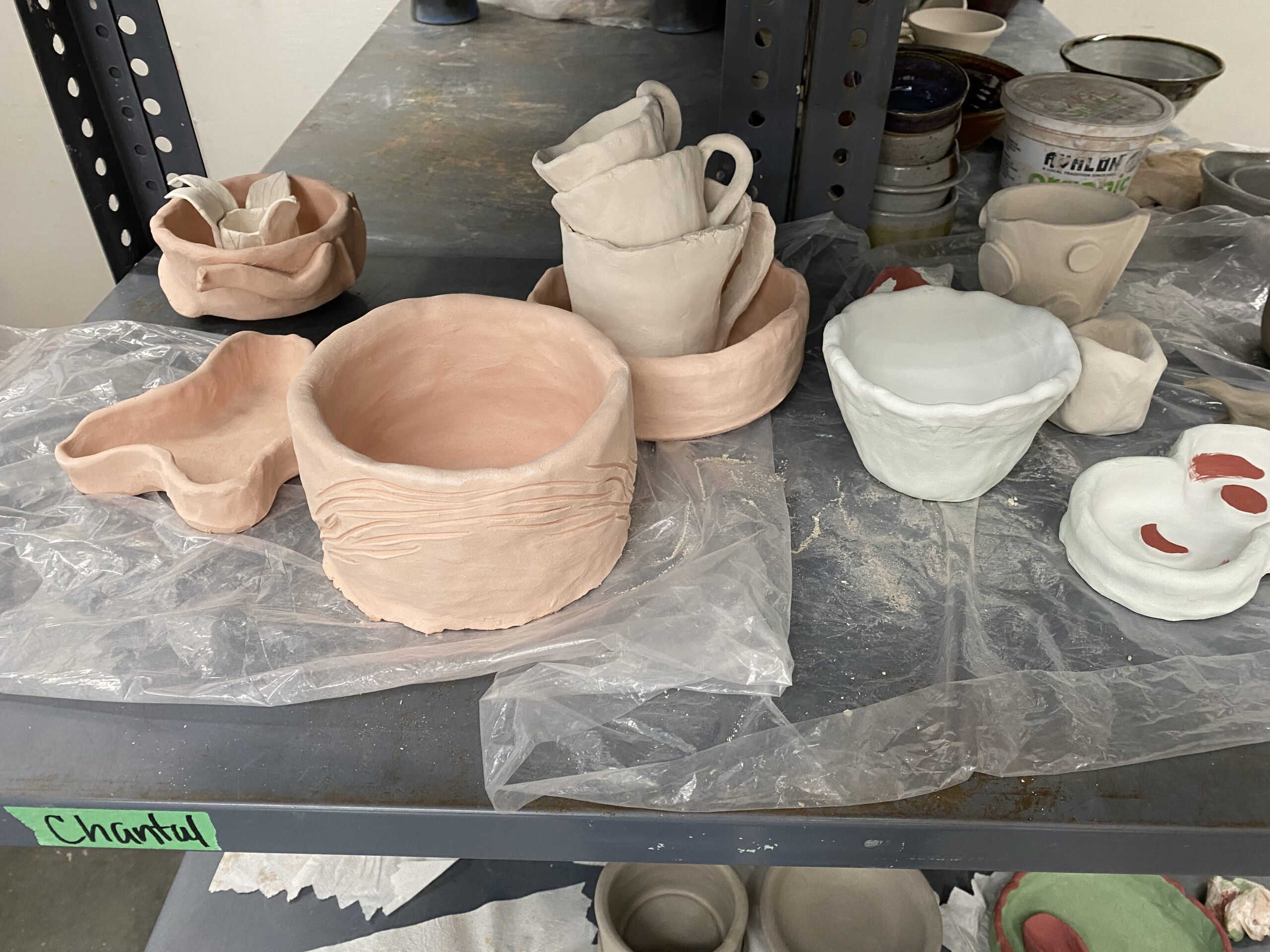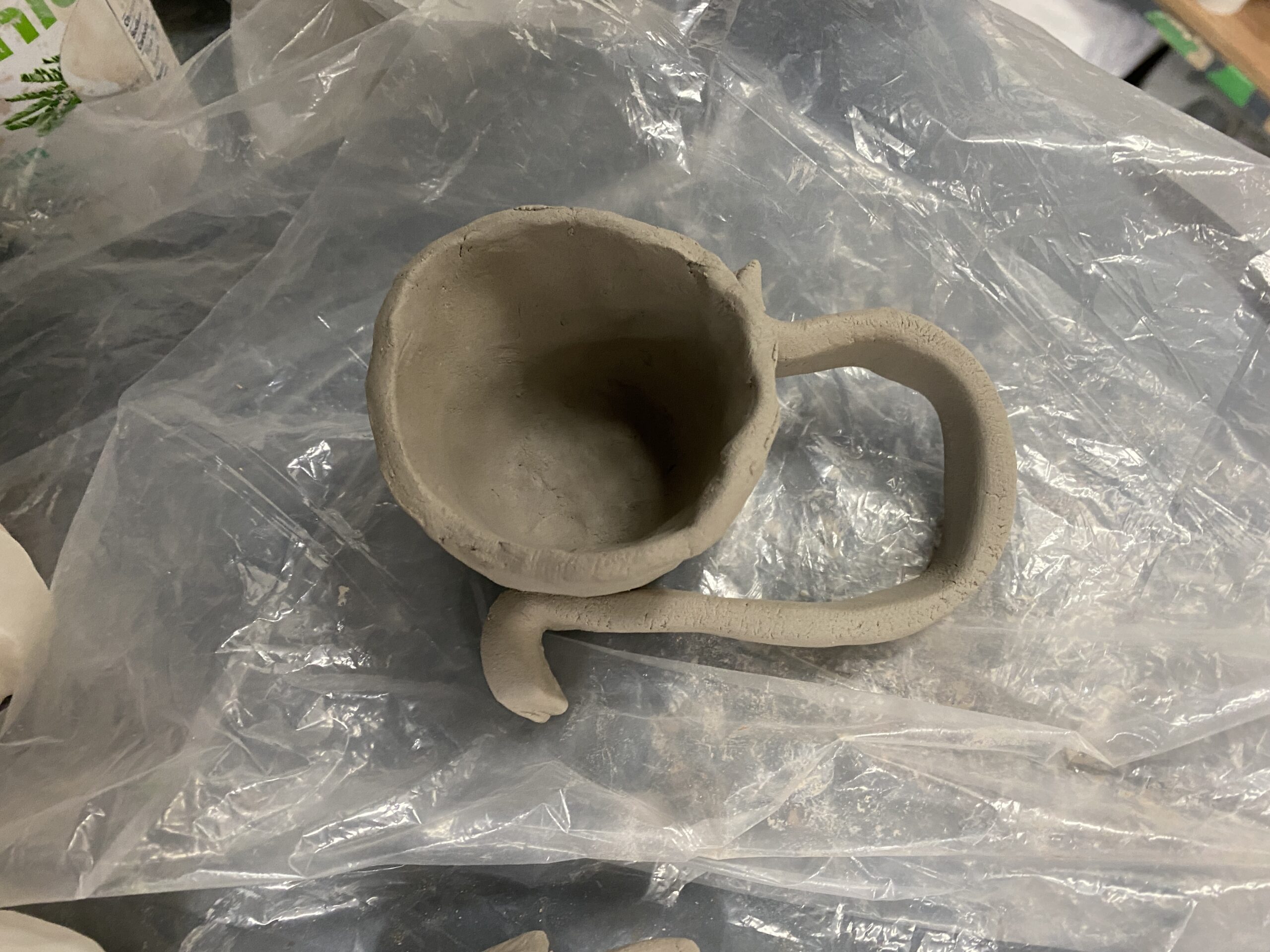Author: saravipond (page 5 of 7)
Final Project Images
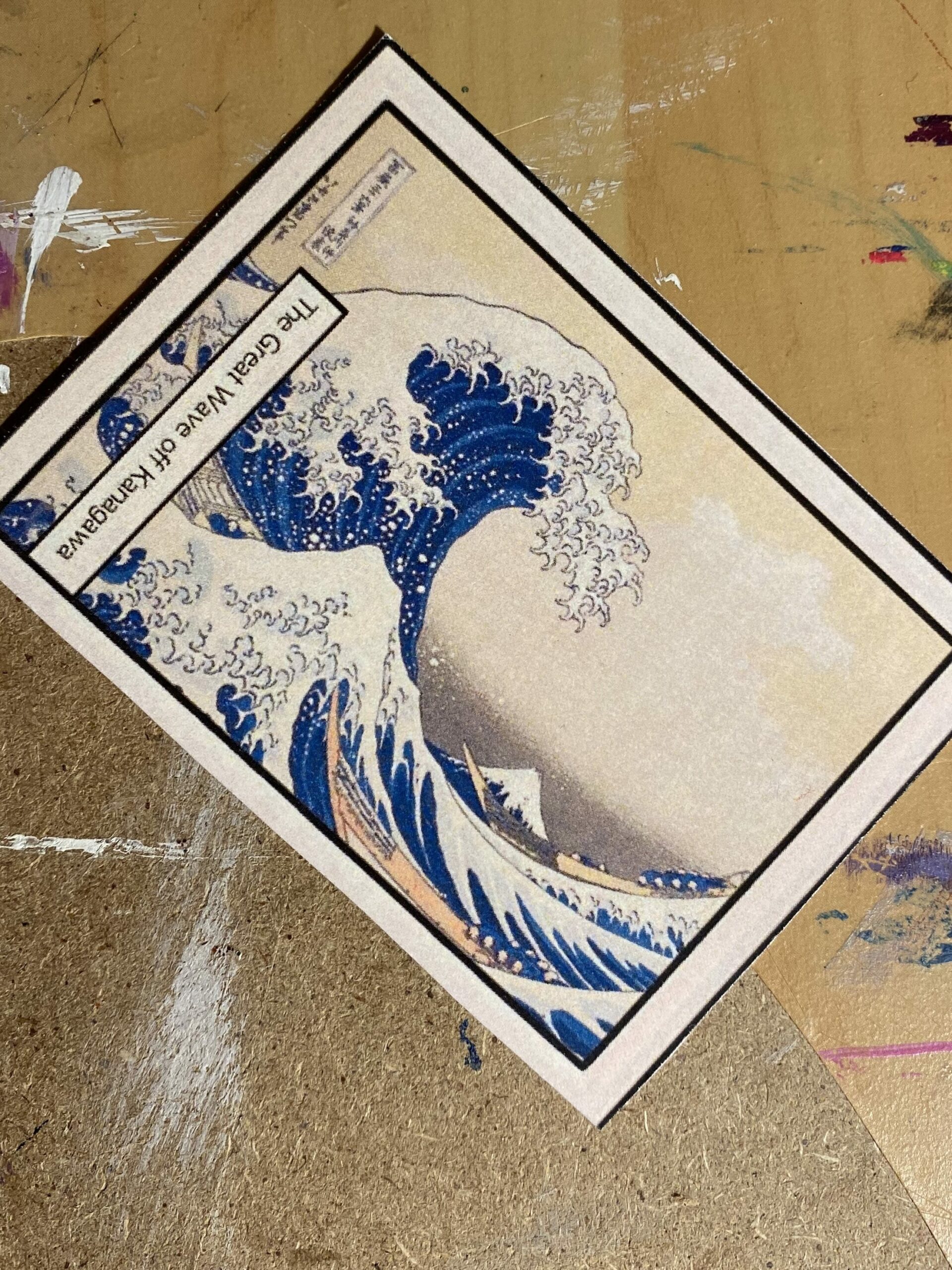
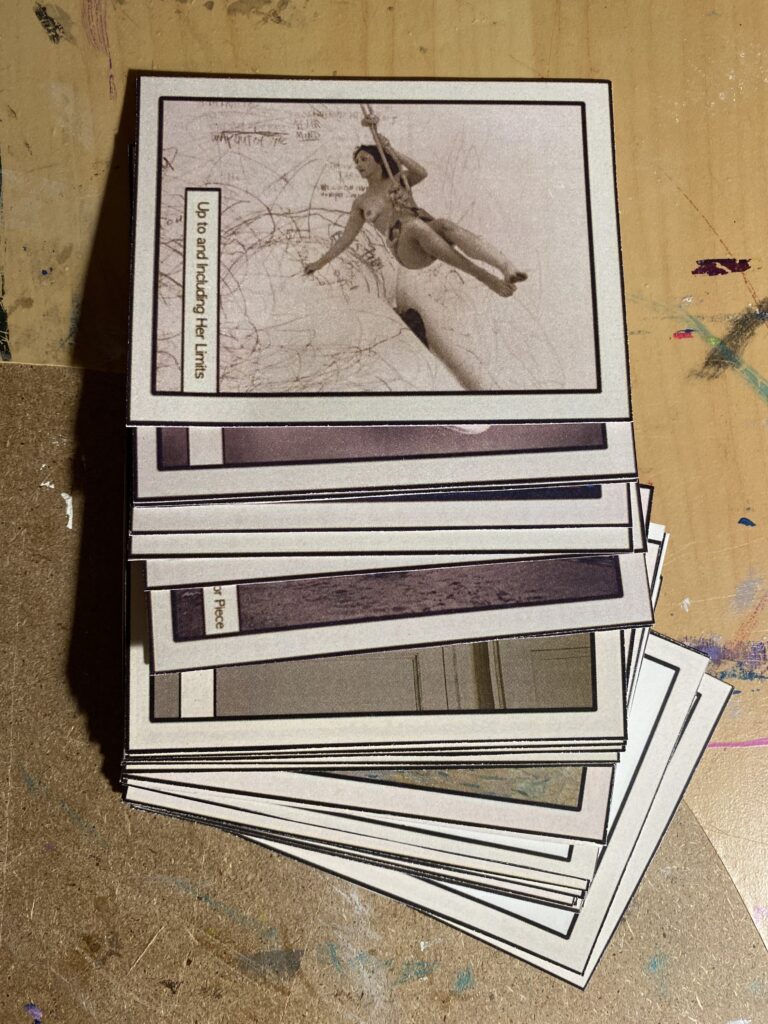
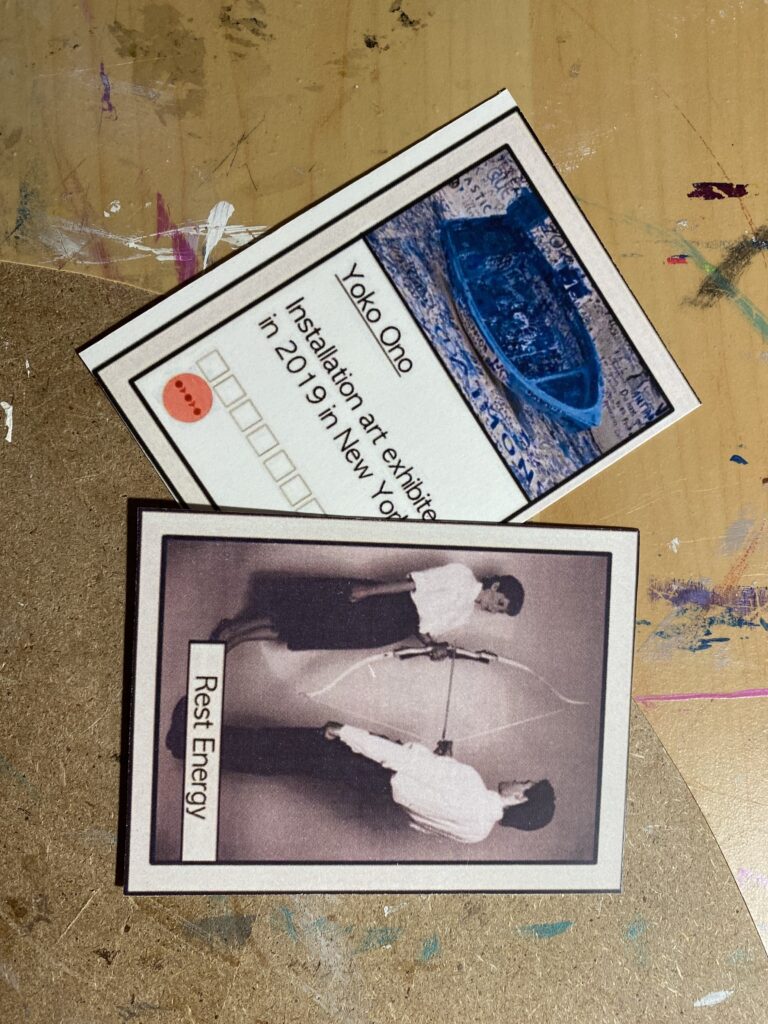
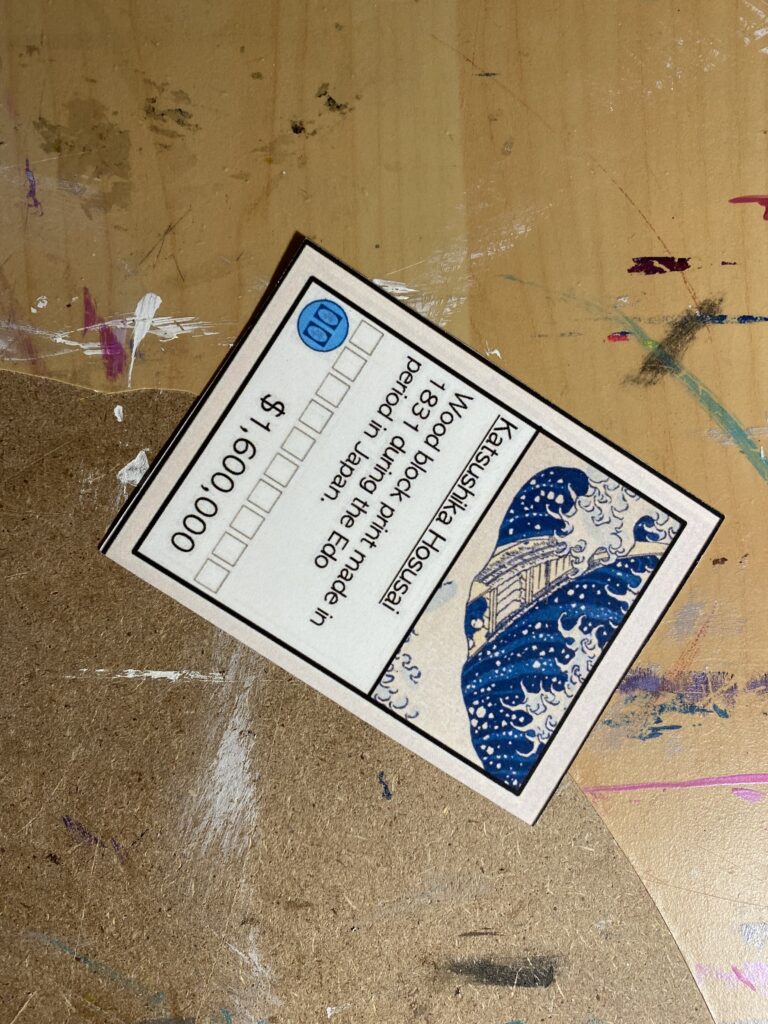


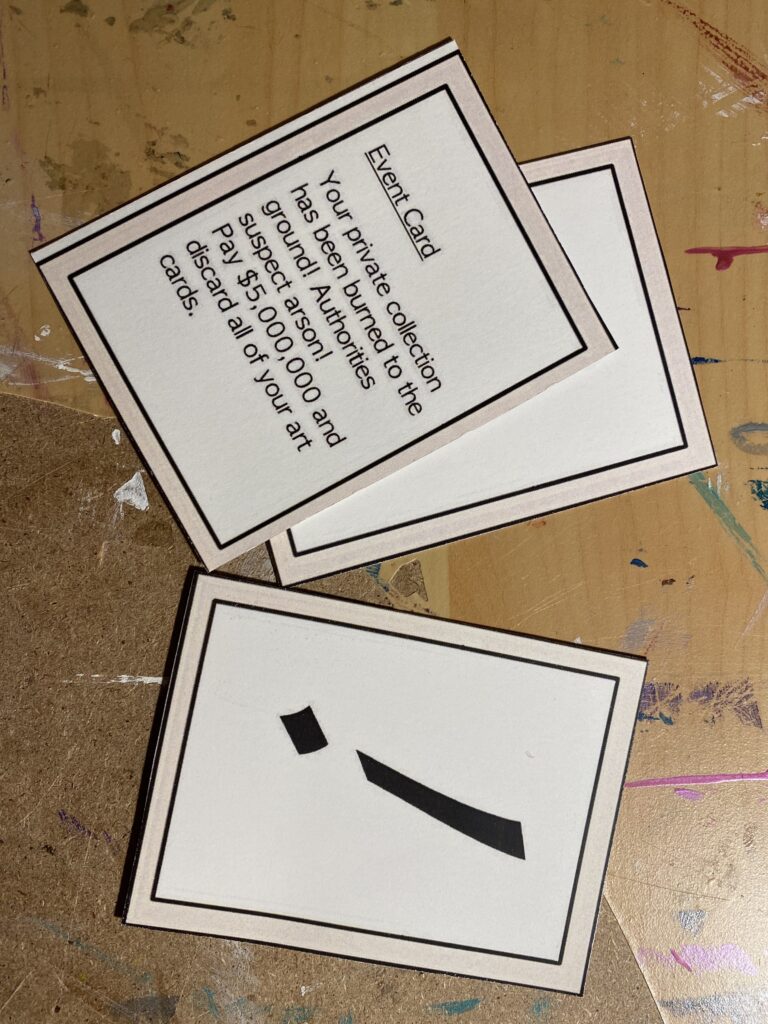

Self Assessment
Copy-of-Project-03-Self-AssessmentArtist Statement
Creative-Processes-Unit-3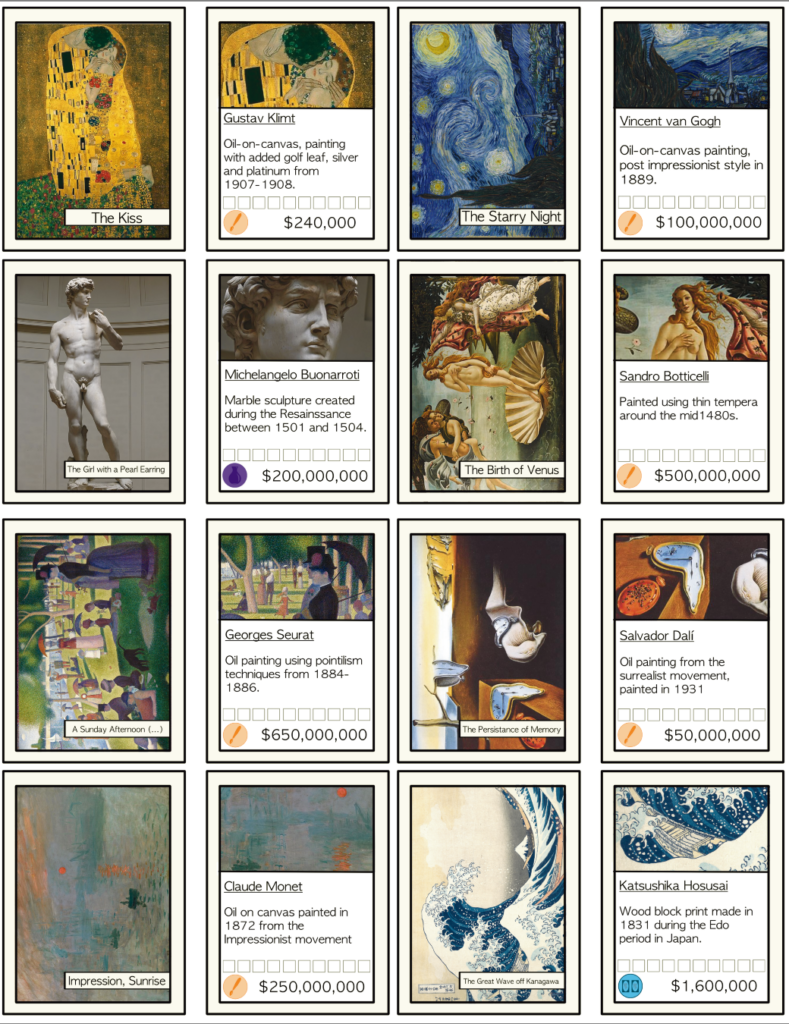
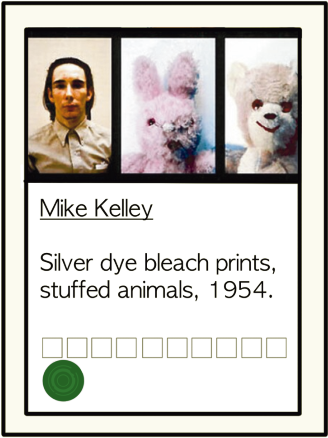
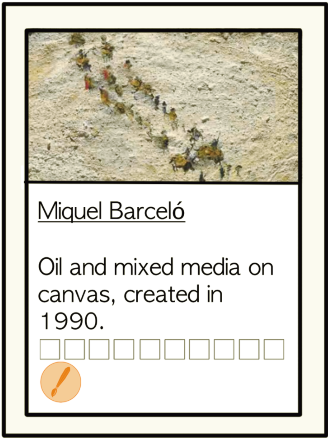
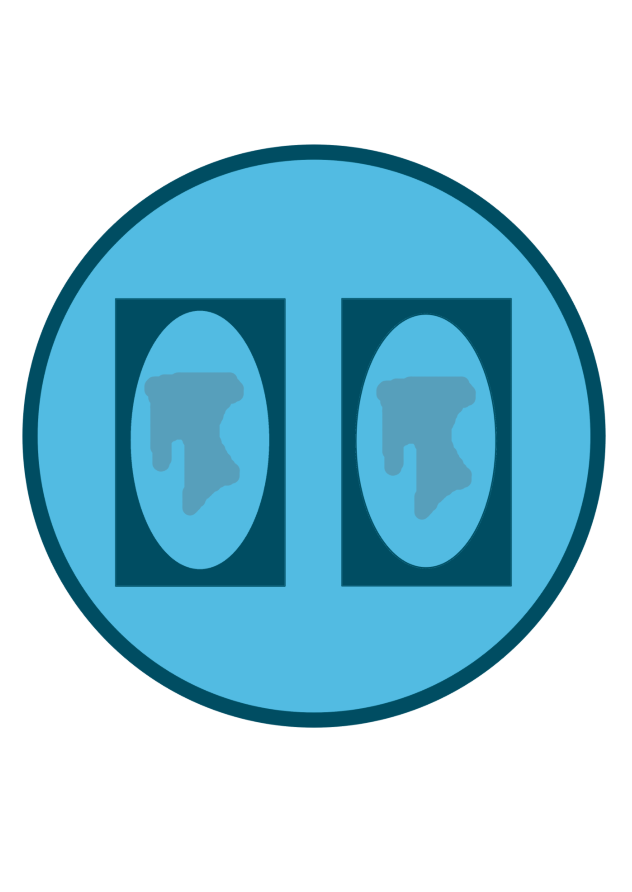
Making the Simulation
The hardest part of this project is/was coming up with how the cards would function as a simulation with game mechanics and real-life references, while still being easy to understand. If I made it too realistic and complicated, not only would it be hard/next to impossible to play, but I probably wouldn’t have enough time to make it for this project.
At first I really just wanted to create a trading card game with similar mechanics to how real-world art auctions and markets work. Of course, it’s hard to turn a capitalist concept that deals with currency into a game with equal trading. Moreover, I felt like creating a game out of the art market would have been interesting but might lose some of the meaning that I was trying to show.
So instead, I figured that building a simulation might work better, not only to convey my ideas but also to be more of a performance piece. And a bit fun too! 🙂
Planning
I was trying to come up with a way to communicate and explain what the art market is and how it works and how I think it’s corrupt and strange. I figured some kind of simulation- some way that you could experience the art market on a smaller scale.
I thought of Pokémon, sports trading cards, and D&D spell-casting cards first and drew preliminary ideas from those types of games and trading cards. I wanted to create some kind of tradable deck of artworks from across the ages and genres.
Then I ran into the trouble of making it function as more than just some pretty cards.
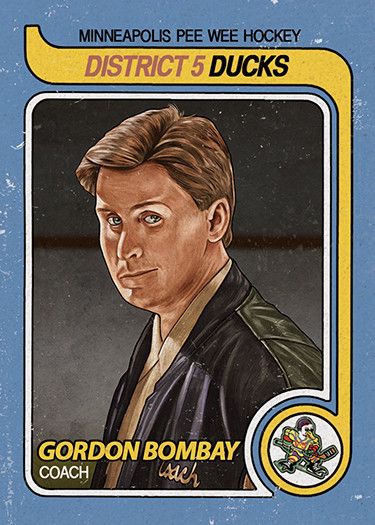
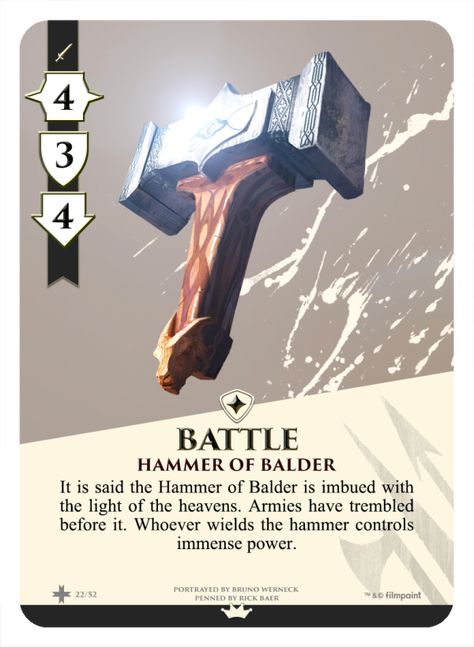
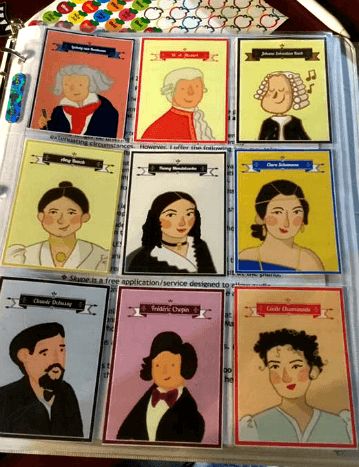


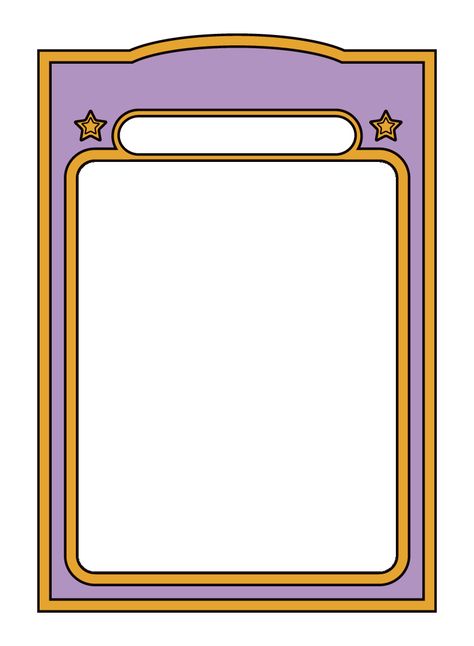
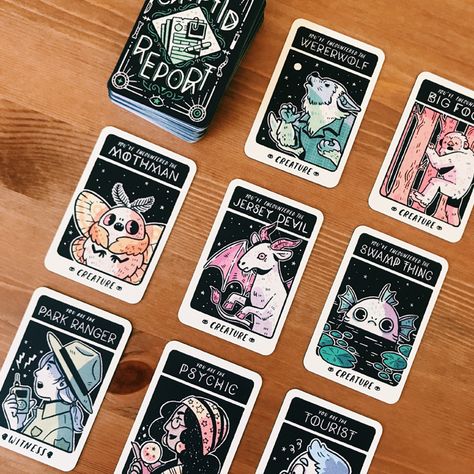
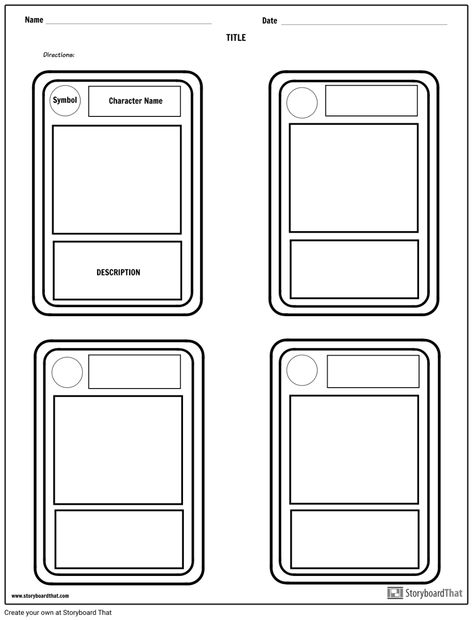
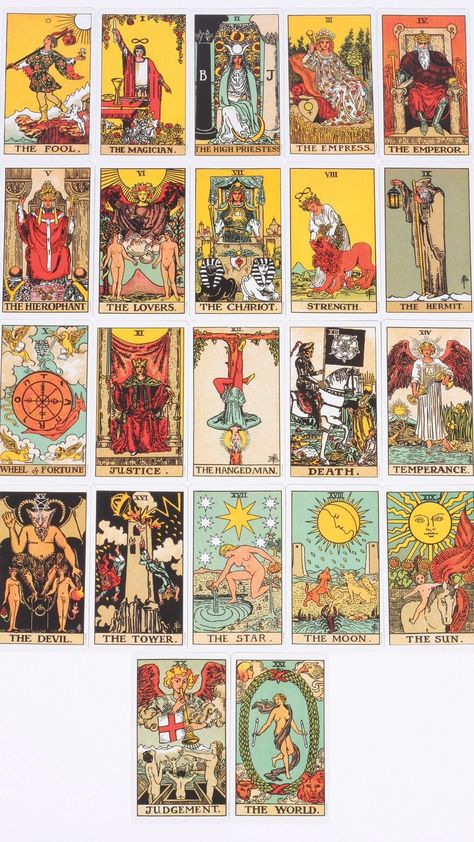
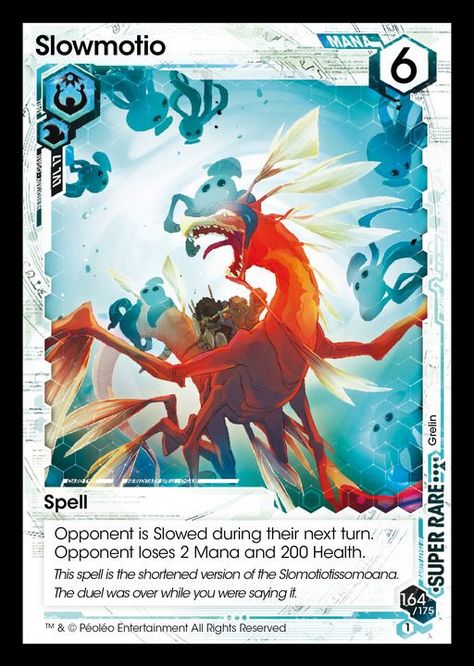
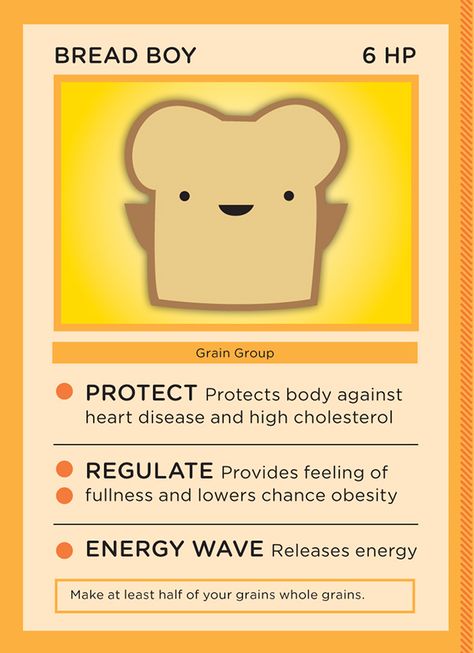
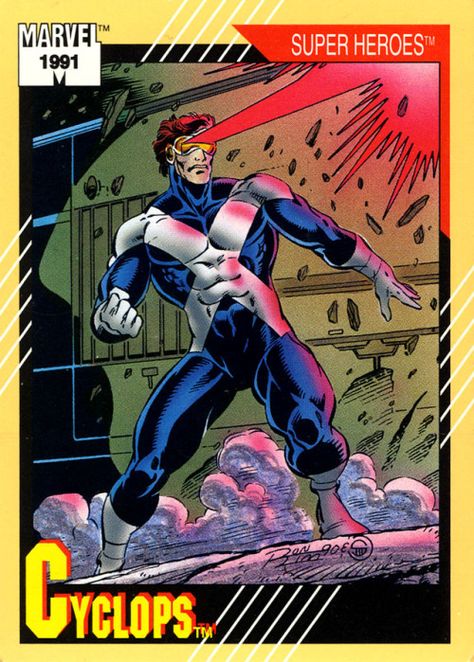
I looked through some different card games that had mechanics and things that I liked. I knew I needed a value for each card, a way for the cards to appreciate in value, info on each card, a category of art, and a way to reward collections of certain cards. In order to show my kind of “thesis” for this project, I also needed a way for the value of a piece to suddenly appreciate or depreciate in value, and a way for each player or participant to keep track of points/in-game money.
Obviously, that’s a lot of moving parts, and at one point I did realize that this was more of a game development than an art project, but that’s okay, I still think that it is the best way for me to express my ideas about the art market effectively.
Research
I tried my best to take what I could from these videos and triangulate data since obviously some of these are a little more clickbaity than others. From each of these videos and sources, I took notes and wrote out thoughts about some major points.
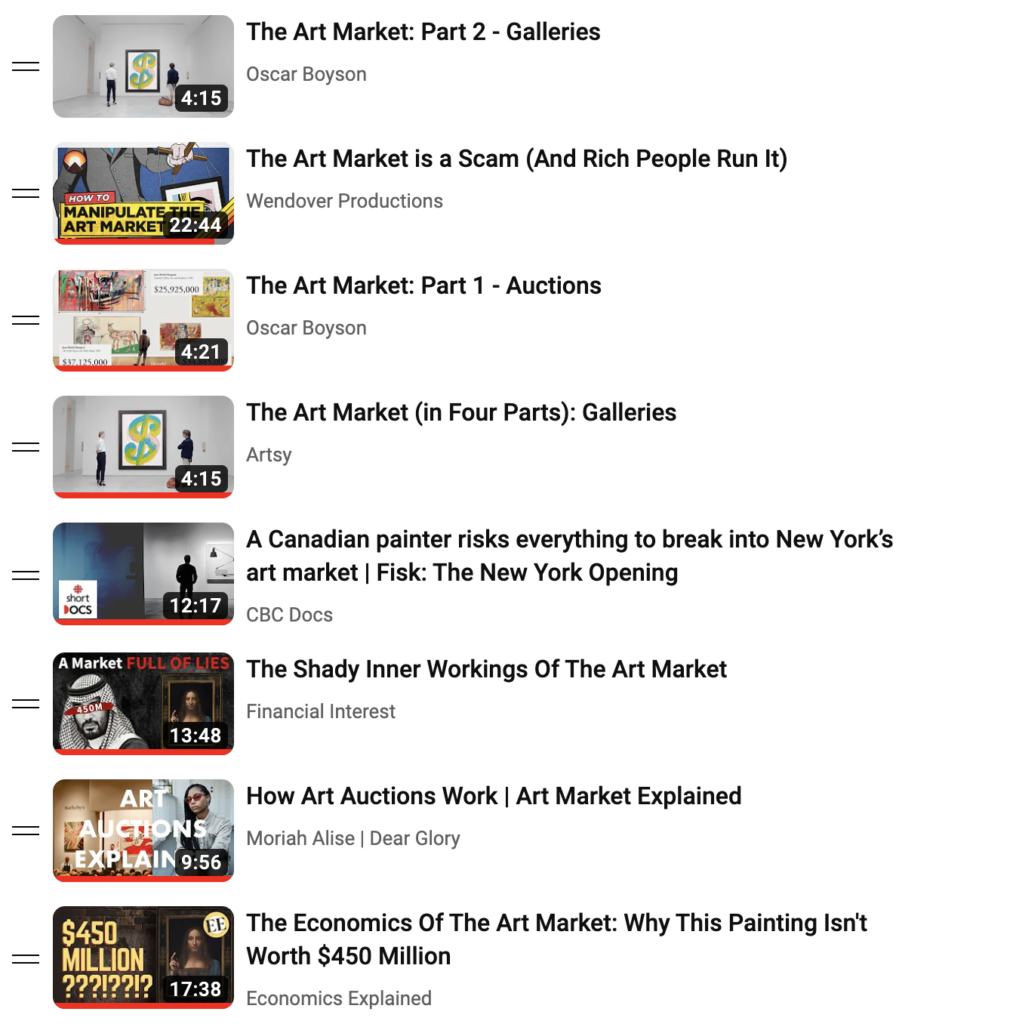
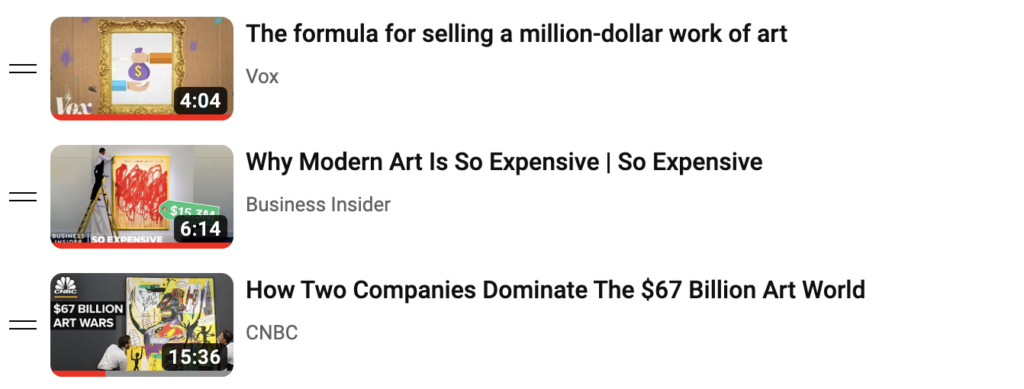
Project 3 Outline
Chantal-M-PROJECT-OUTLINE-WORKSHEET-1Unit 3’s project is entirely self-directed and very much an inquiry project. we could make whatever we wanted in whatever medium about whatever topic, which made this project both freedom and also stressful. It took me a while to figure out what direction I wanted to go in for this.
Lab 04: Sol LeWitt’s Prompts
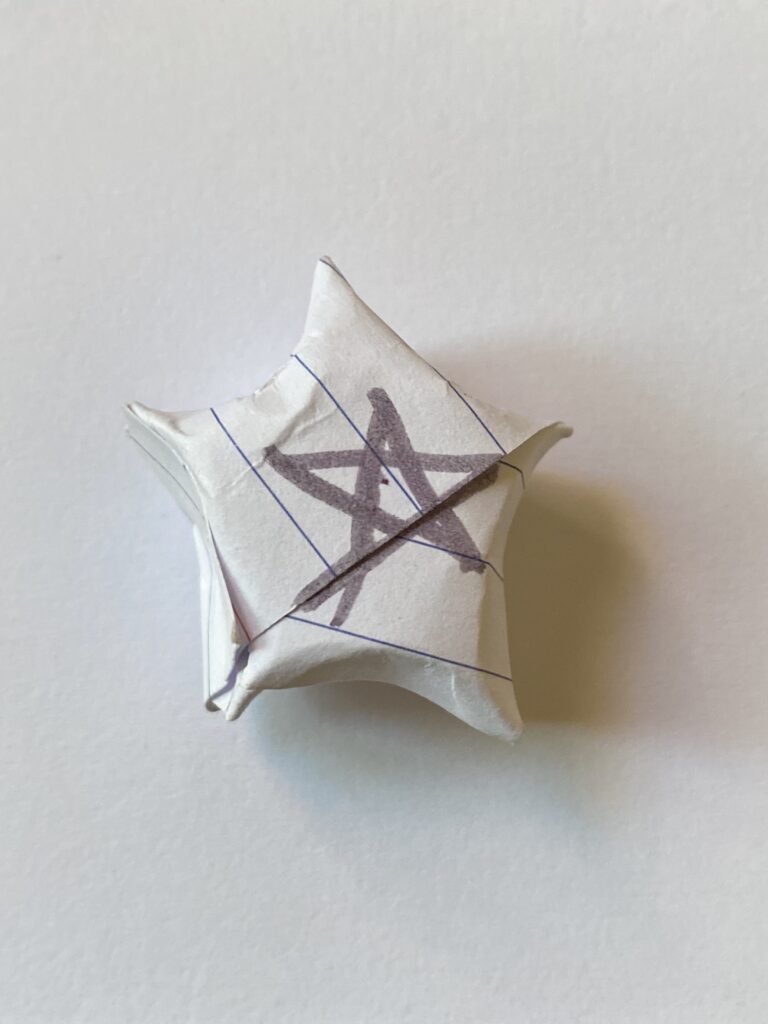
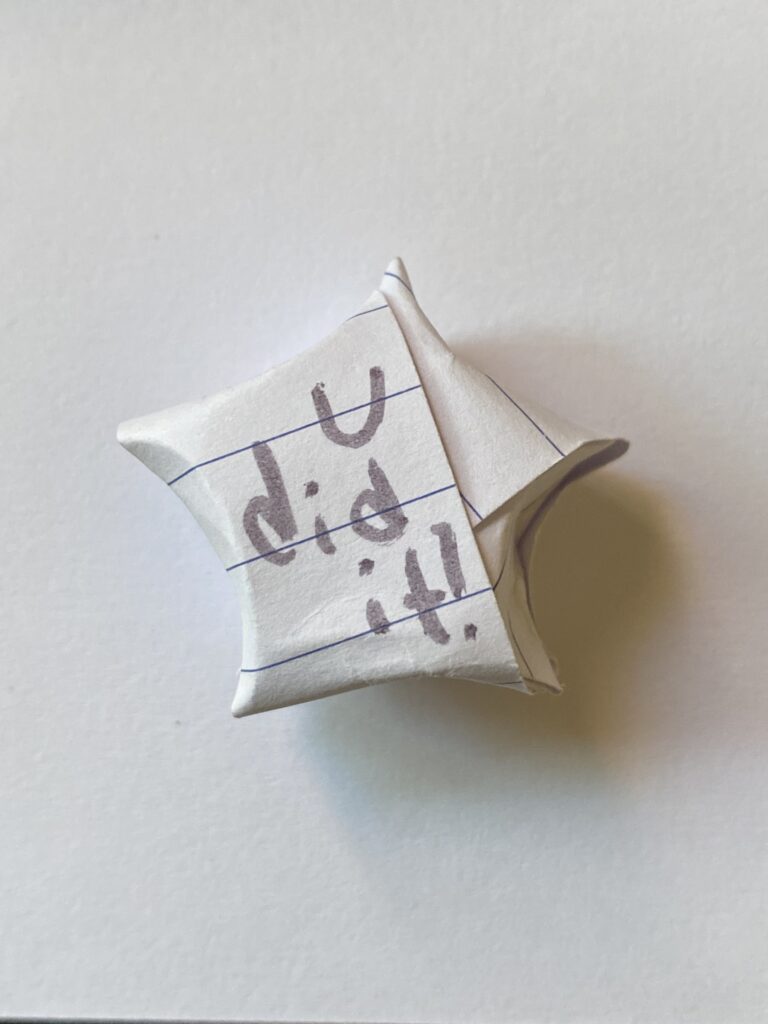
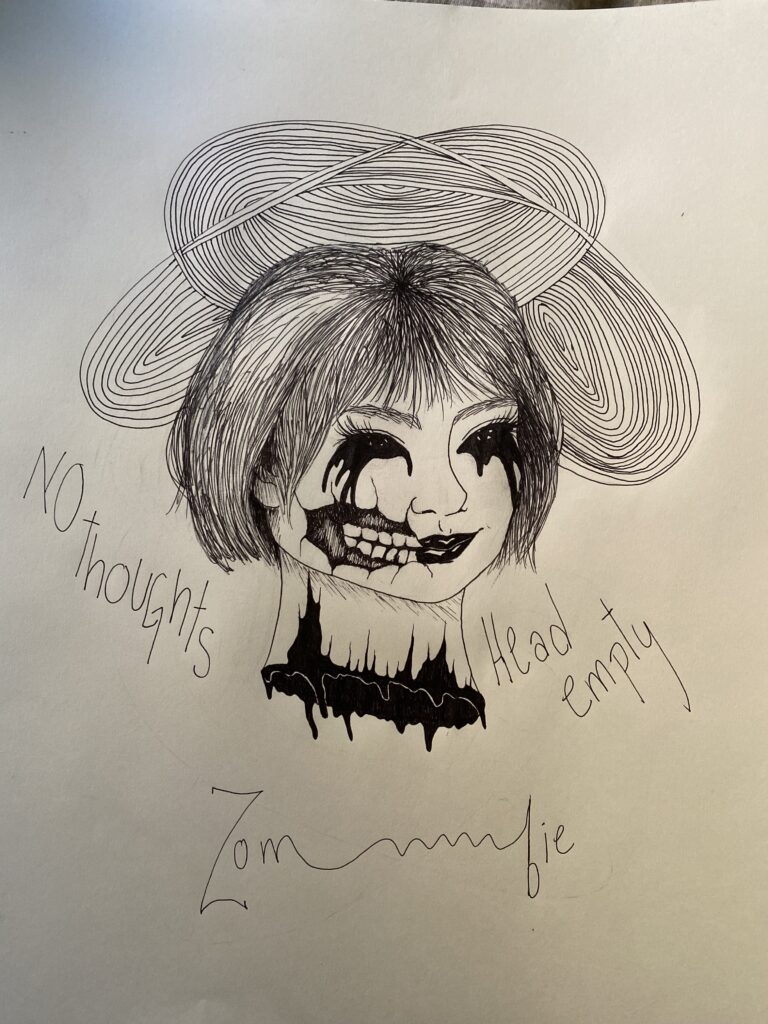
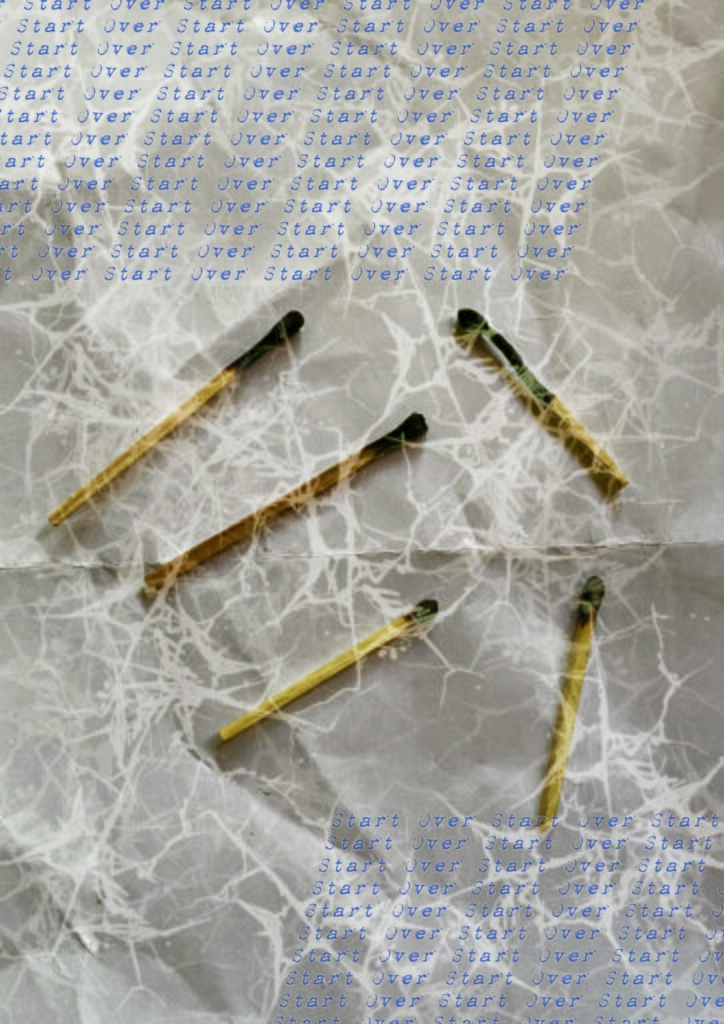
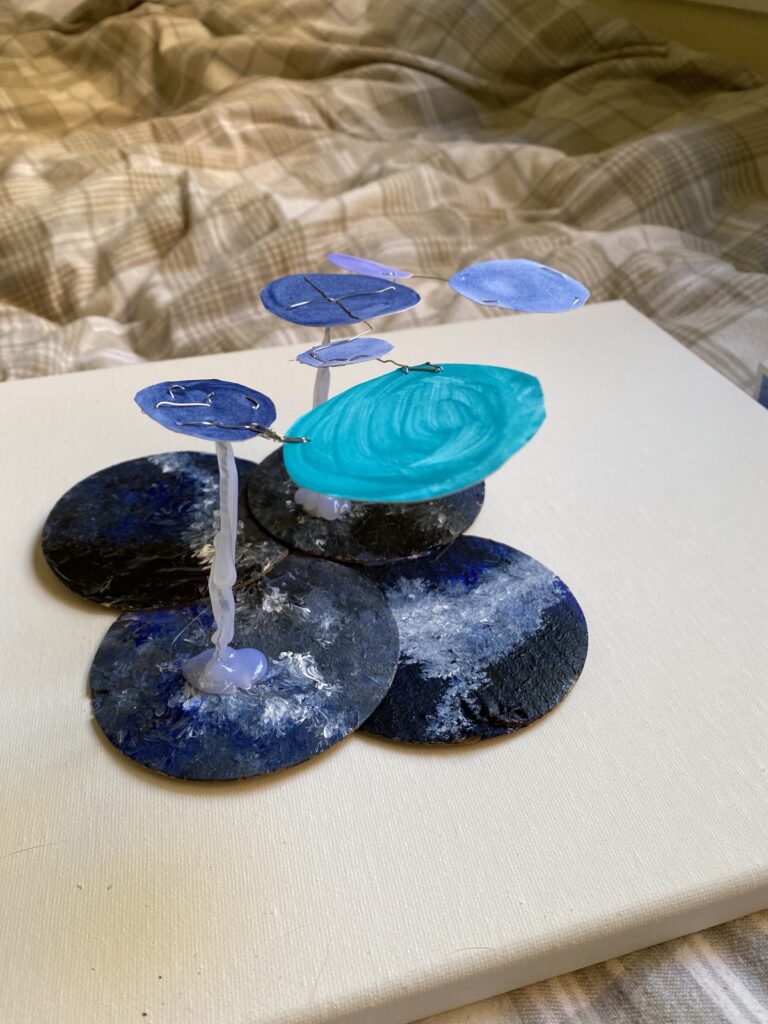
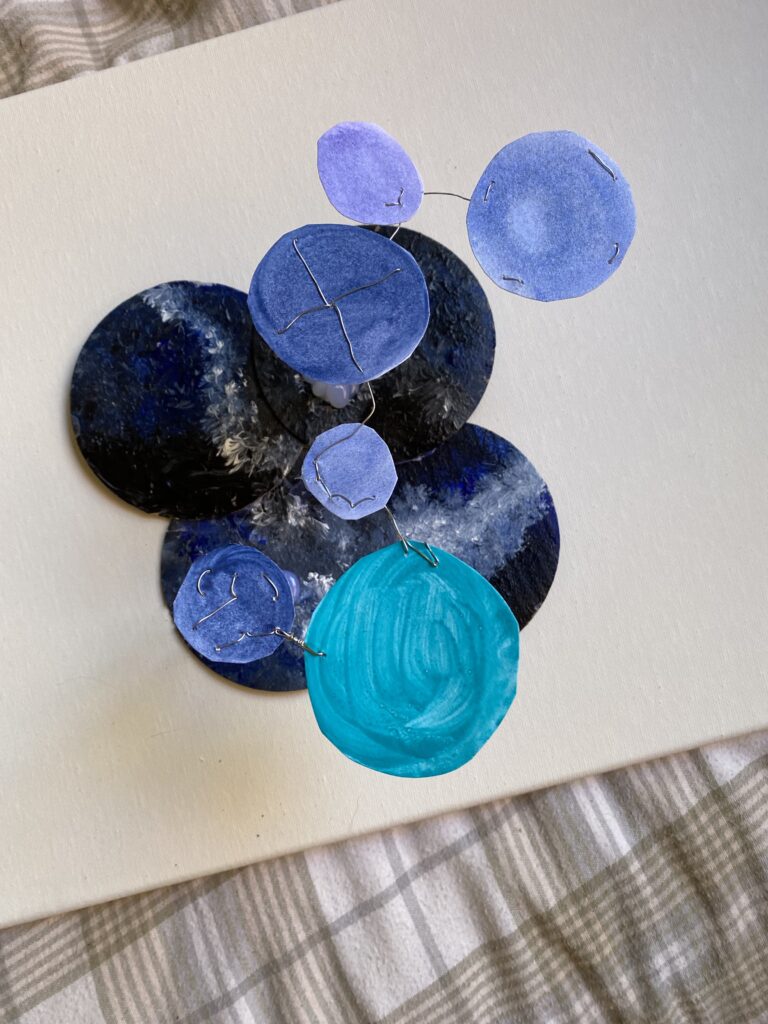
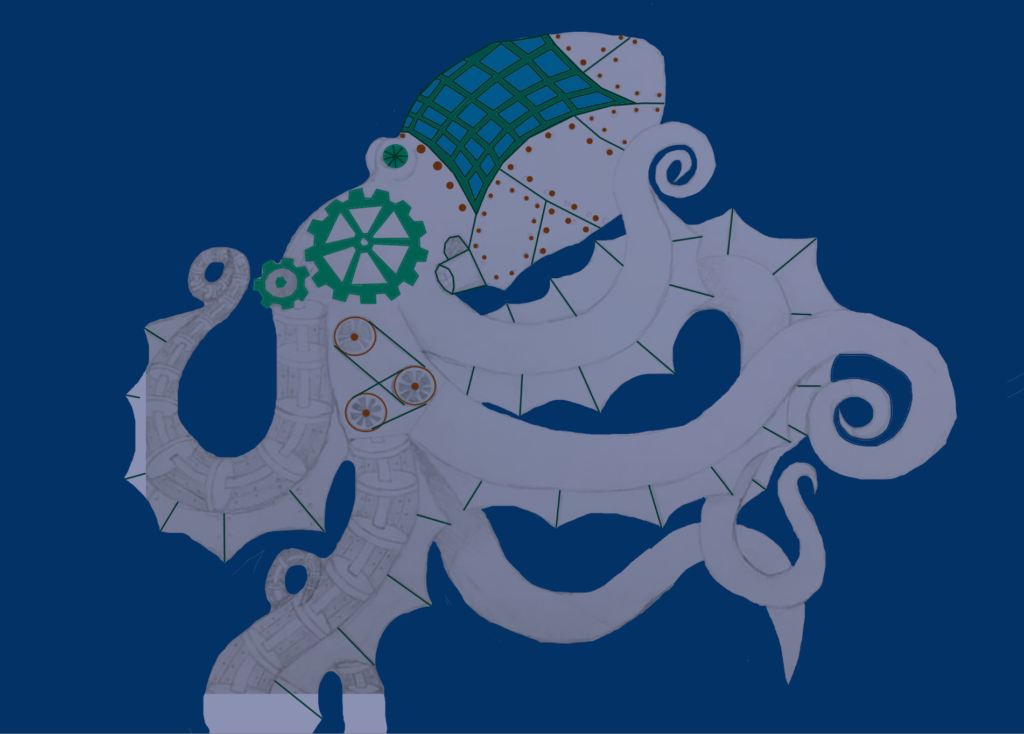
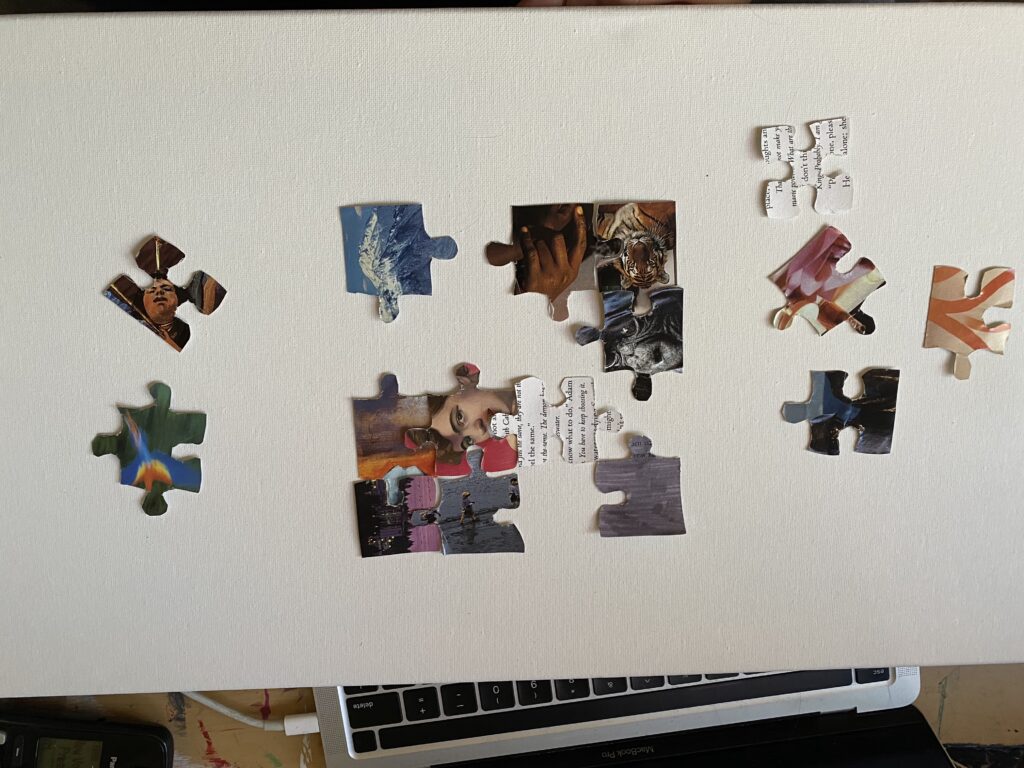
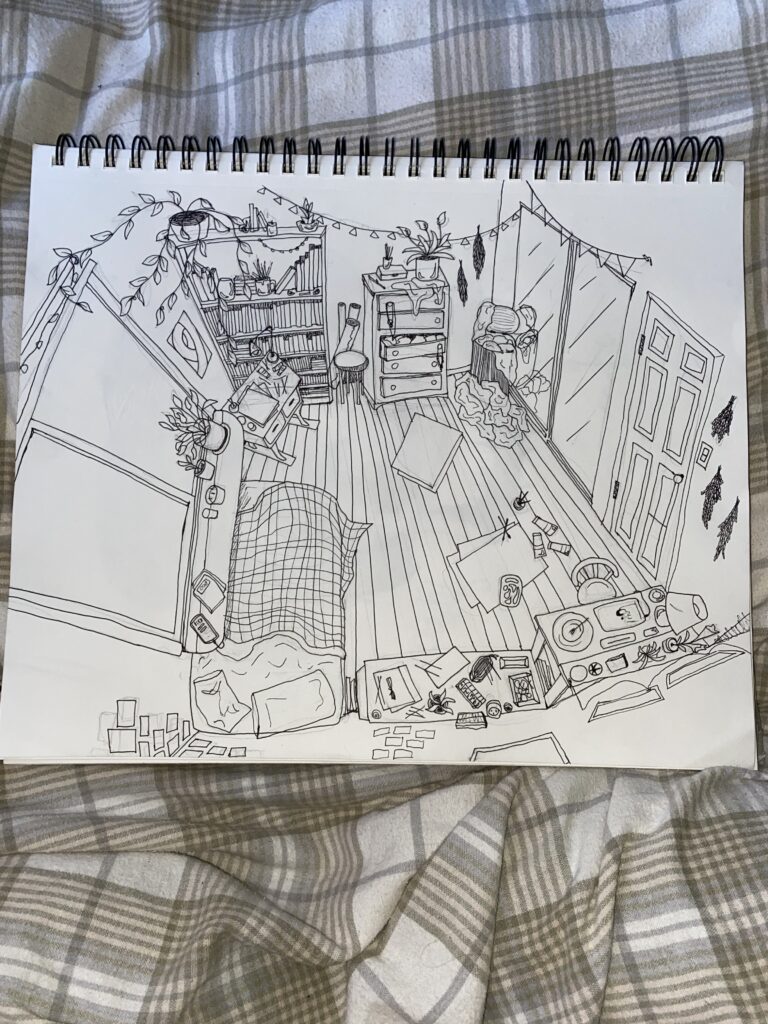
Temporal and Time-Based Art Project
The whole idea of temporal art is that it only exists in a limited space and time. This can be expressed through performance arts, sequential imagery, a variety of mediums, film, music, and lots more. For example, Van Gogh was not a performance artist, but when his paintings are animated and projected onto the walls of a darkened gallery it becomes experiential and performative in nature, thus becoming temporal art.

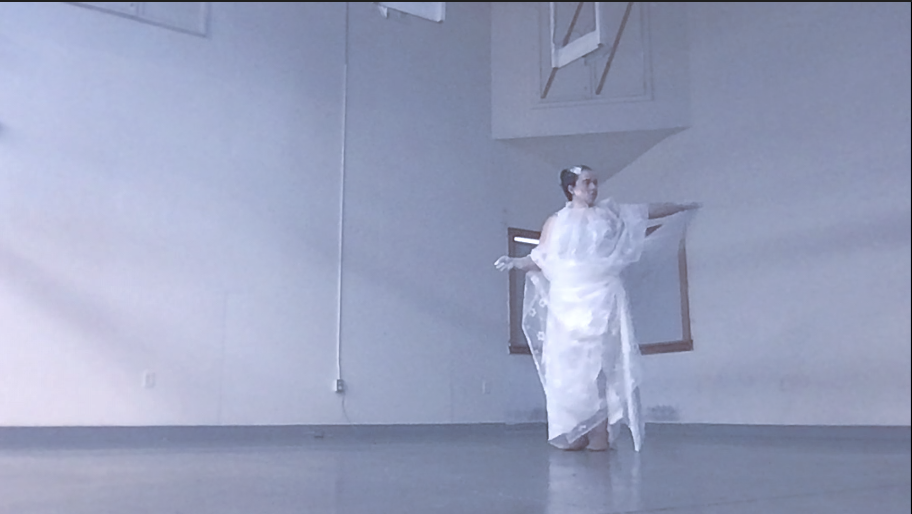
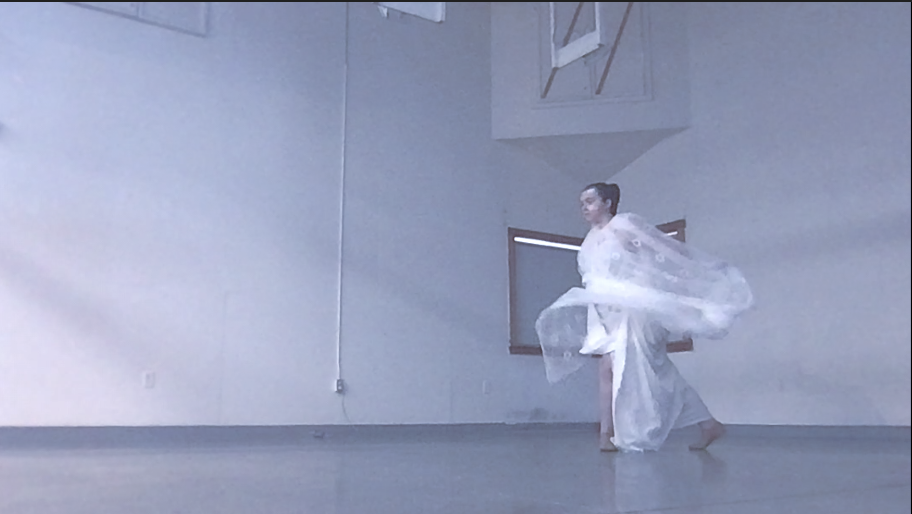
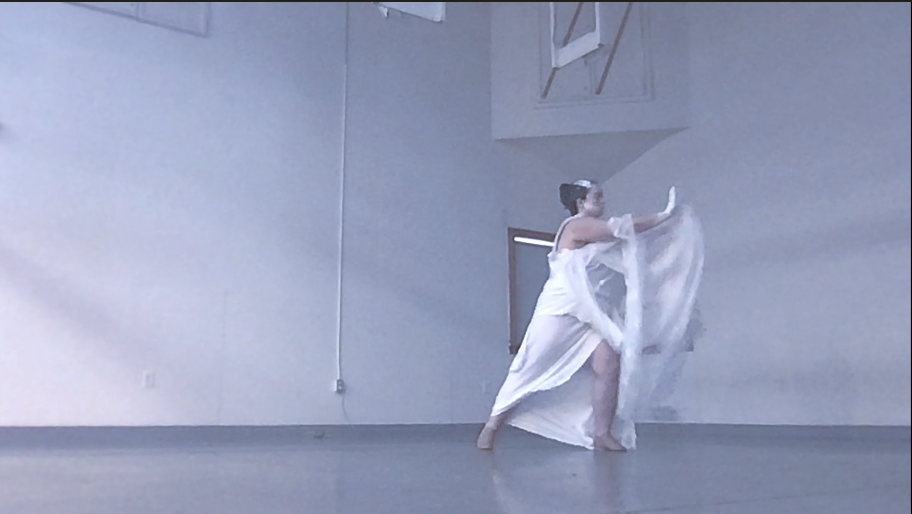
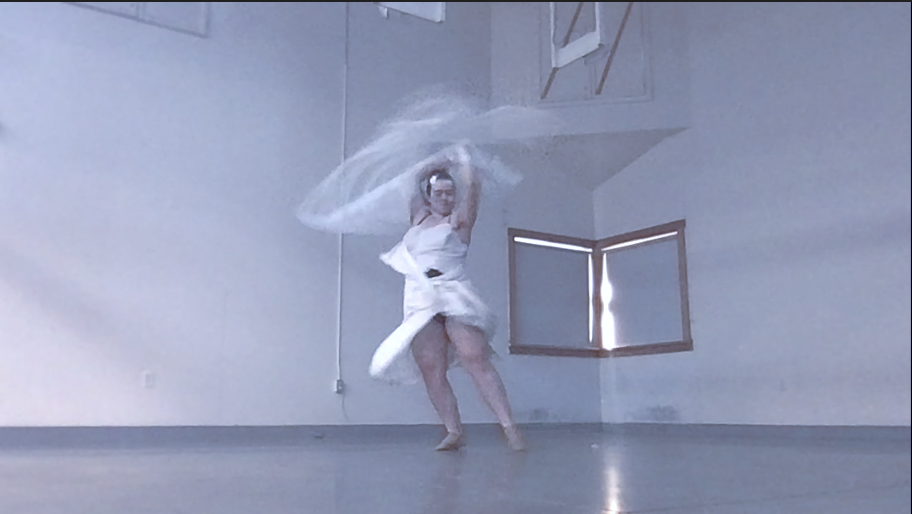
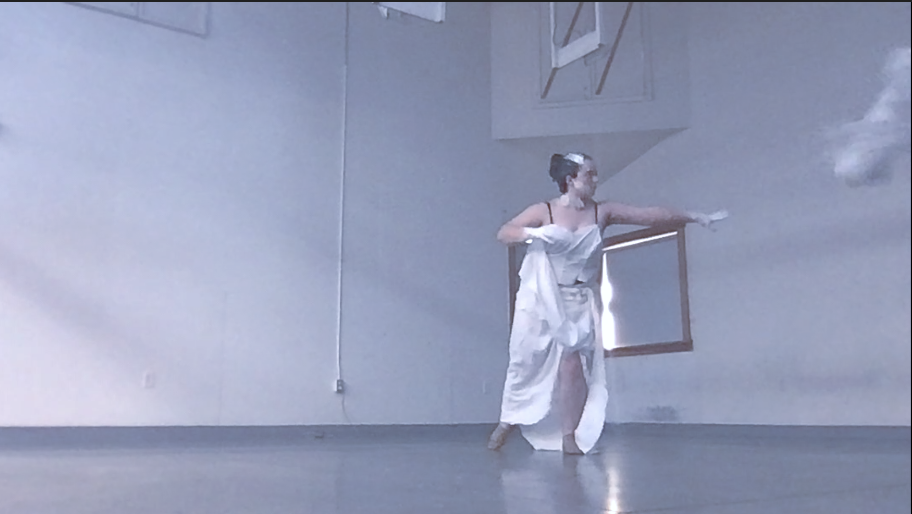
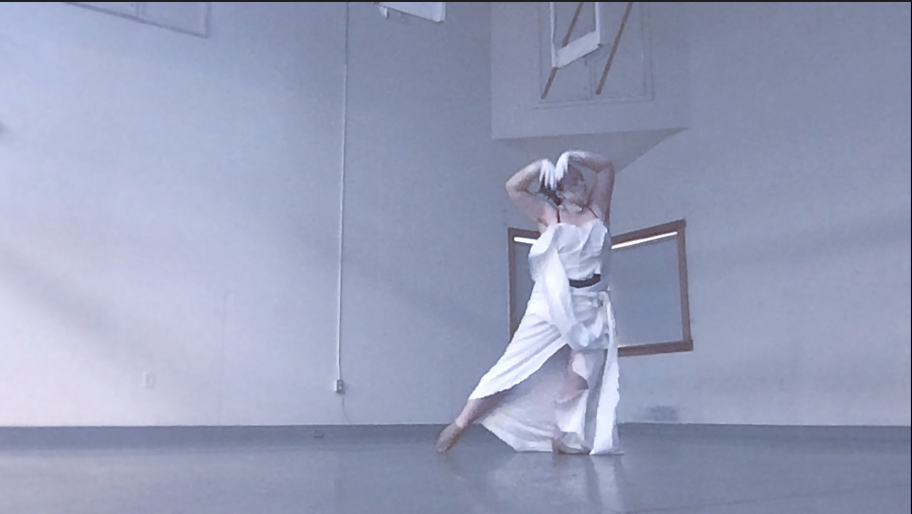
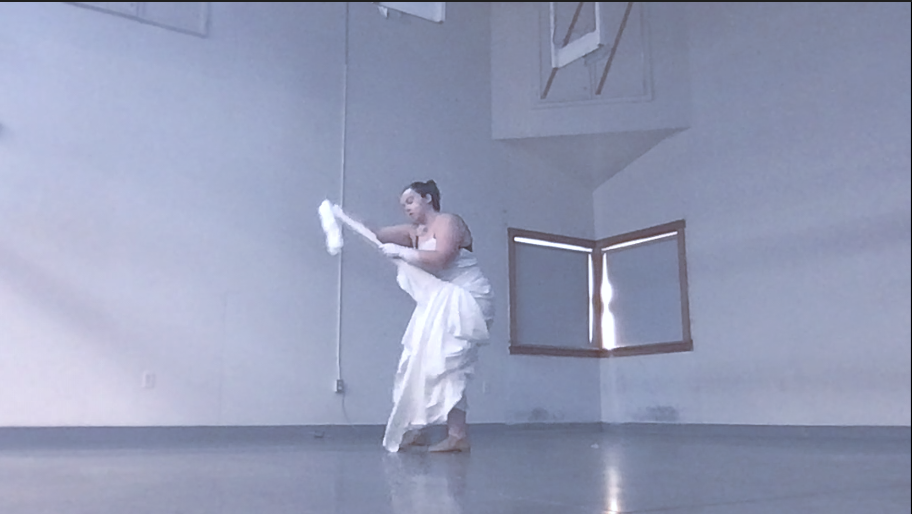
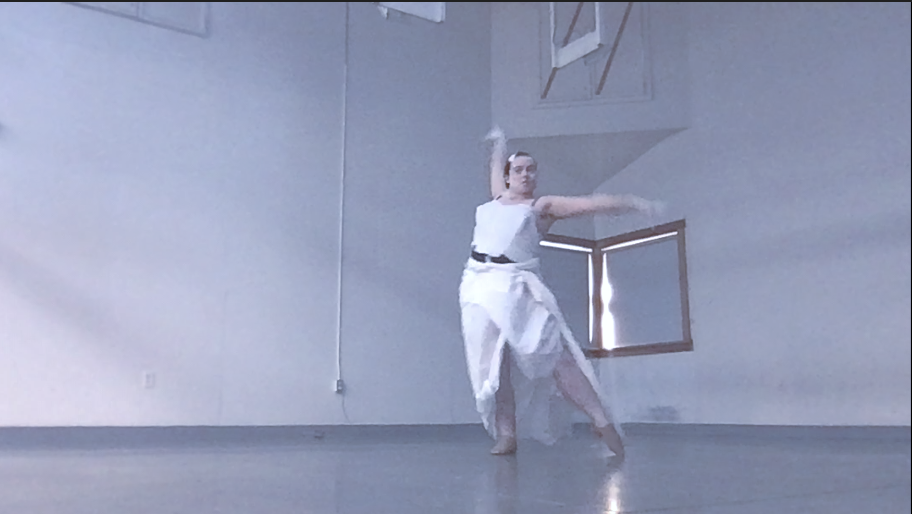
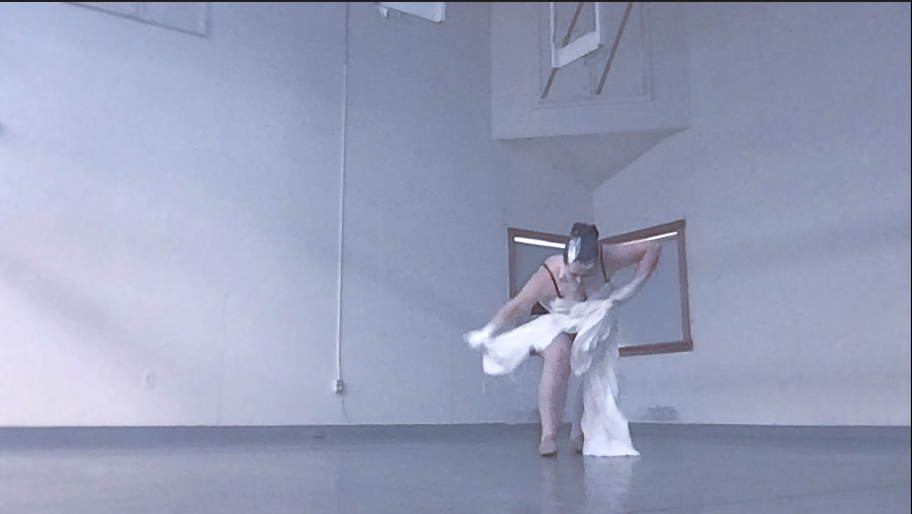
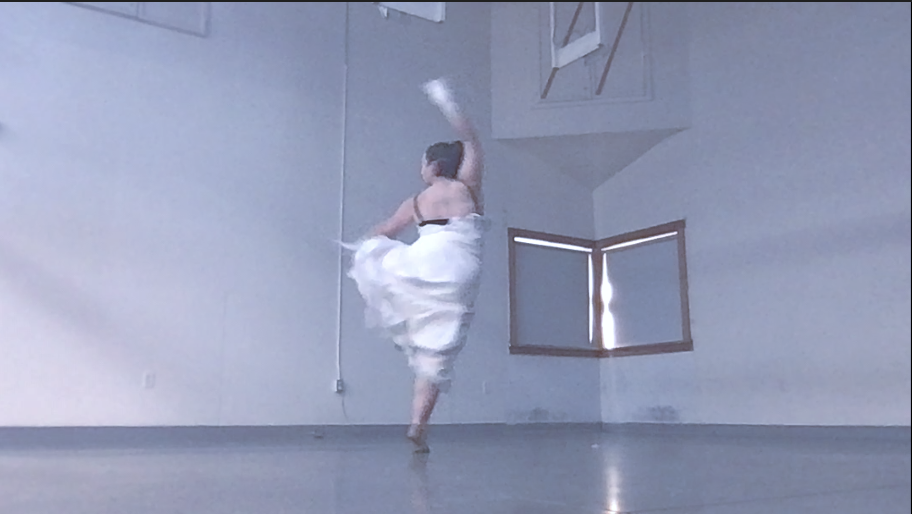

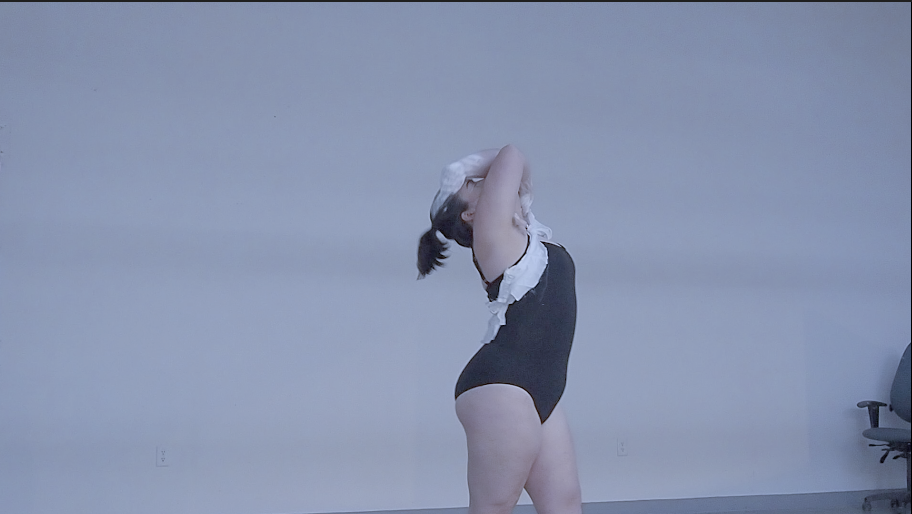
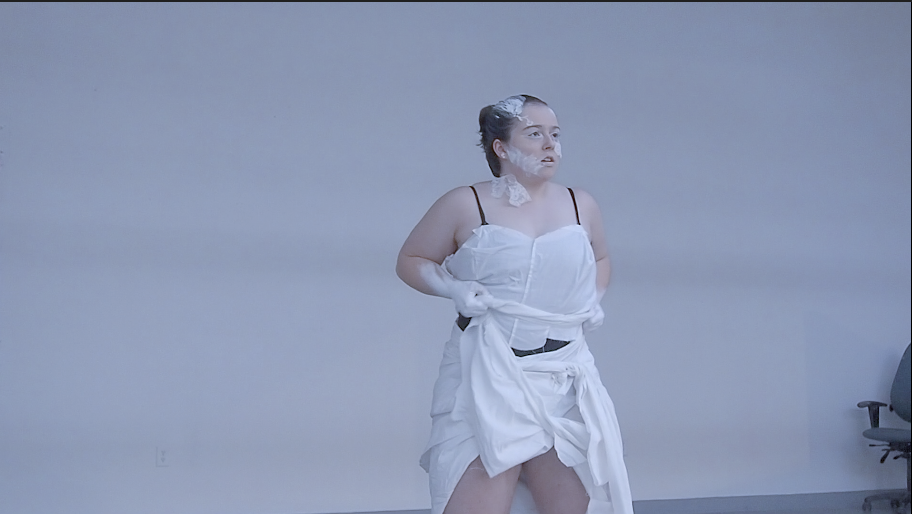
Preface
This was such an interesting piece to make. I hit a lot of roadblocks and hiccups in the plan, and I do feel a need to explain my mistakes and point out my failures before anyone else does, but this whole piece is about being myself and loving what I do despite external opinions that I’ve internalized. So I will talk about hiccups, but not mistakes (which is going to be super hard for me).
Personal Story:
When I began being self-conscious of my body, dance was a very hard thing to stick with. I’ve danced since I was 2 years old, but only really fell back in love with it in the last few years. The number of unspoken rules and ideas around what a dancer should look like, act like, and move like is oppressive to what should be an expressive and explorative art form/sport (it’s both, dance can be two things at once).
Being forced to dance in a skin-tight leotard is so exposing and I think is not a good thing for young kids- especially AFAB (assigned female at birth) kids to experience. Dancing in front of a mirror can also be dangerous to one’s image. My personal experiences in dance really made me dislike the ways my body bent and folded as I moved.
I didn’t realize until I switched dance studios to one that didn’t have mandatory uniforms how small I was making myself. I would shrink to the back of the room, stay silent, take up as little space as possible, and overall: I didn’t trust myself. My confidence was 0, and it took a lot of effort and practice to find myself. It’s funny because I do take pride in my dancing and I do think I’m good at it, but the idea of owning that made me feel like I was being selfish and self-centered, even though I wasn’t, and I think that insecurity and timidness lead to me not being able to ask for solos or ask to go on pointe with confidence. It also likely made other people think I was shy and didn’t want to be featured.
I struggled with disordered eating and anxiety attacks for a long time, and I still struggle with anxiety and panic today.
When I switched studios, almost immediately, I realized that ballet class was never going to give me the confidence and validation I sought. The new studio was super understanding of my anxiety and panic disorders, which really helped me to feel comfortable in the space. They also would cheer dancers on as they danced. There was minimal misdirected anger towards the dancers, and we were treated as equal artists in the creation of the dances.
The switch caused me to really deconstruct the societal opinions I had internalized about myself and my body.
The year-end performance took place outside due to COVID restrictions, on a black rubber-like floor set up in someone’s big backyard. It was 30-40 degrees outside every single day, and we performed and filmed for two days. Everyone who didn’t wear shoes for their numbers was getting their feet burned on the searing hot floor as the sun beat down on us and melted out makeup. One person even got minor heatstroke. It was a rough performance, but for me, worth every second. I didn’t believe in my dancing truly until that day. I had a moment in my solo where I stopped briefly and then exploded with movement, and as I did, everyone who was there screamed and cheered, and it was one of the most important moments of my life because I suddenly felt so loved and beautiful.
It was a defining moment for me and my confidence, and even though I still don’t always feel comfortable in my corporeal form, I did, I have, and I will again.
Process
I knew I wanted to do something to do with dance and its impact on my life. I had a bunch of different ideas for how I wanted to explore that and different things I wanted to say. I decided that the “dancer’s body” was something I wanted to talk about. I wanted to be less serious and more expressive, and hopefully, I conveyed a sense of evolution and personal expression leading to release.
I started out by drawing some designs for costumes that I could tear apart or deconstruct in a performative way. Then I decided that lace would be a good idea- not only is it very delicate and easy to destroy, but it’s also deeply connected to the ballet world in my mind. I went to the thrift store and found some tear-able looking lace drapes and table runners to cut up, and I cut up little pieces of the lace to glue to my face as well.
I really wanted to explore the idea of needing to deconstruct yourself to find yourself and start back again. To shed past ideas and negative opinions that I’ve internalized and applied to myself. To really find out what I was made of and who I was/wanted to be, I needed to completely forget everything from before. Perhaps not forget, but let go of. Put down. Shed. It’s almost like a metamorphosis because I really needed to deconstruct and reconstruct myself and my opinions of myself.
I’ve never gone on pointe so I often feel a bit like I missed out or am currently missing out on the classic ballets that I loved as a child. Don Quixote, Swan Lake, and lots of other iconic ballets I’ve never danced. I always fantasized about dancing the role of Kitri.
After gathering some pieces from these ballets, I mixed them together in a sort of discordant melody using Garageband with the main song, “The Calling” underneath repeating its intro quietly.
I chose the song “The Calling” by The Amazing Devil because I just love the song so much. I know it inside out and you can even see me mouthing some of the lyrics while I’m dancing. It makes me feel powerful and like I can get through my anxious and insecure moments.
The costume and makeup consisted of the following:
Tan jazz shoes, a black basic leotard, a long white “skirt” tied around my waist, a hand-made white bodice tied with thread to the leotard, a white lace curtain tied around my neck and shoulders with holes cut in it for my arms, small pieces of white lace glued to my face and chest with dance costume-to-skin glue. My hair had to be glued down with the same stuff because I (a seasoned dancer) forgot bobby pins :p. White eyeliner under and over my eyes,
I then, intelligently, decided that I needed some white in my hair, and proceeded to drag ACRYLIC PAINT INTO MY HAIR. 🙂
I went in to do my studio monitor job on Saturday and had only one chance to film this. Not only did I have a time limit (10 am-4 pm), but I also only had one costume that I had to rip up during the dance. After procrastinating on my makeup and setting up for about 2 hours, I finally just set up the cameras and pressed play on the music. I started off a bit nervous, knowing that the entire project depended on this one run-through, but after a verse and a chorus, I started to get into a flow. I actually think that the parts where I was thinking less were the best parts. I was also trying to keep a certain pace with the ripping of the costume so that I wouldn’t be completely naked before the song was even over. Unfortunately, some pieces of my costume were easier to take off than others. I was able to (sort of) edit the most awkward parts and maintain the flow of the one-take filming. The cameras never stopped, this was all one take, so any true problems had to be cut around with different angles, carefully edited out, or just gotten over on my part.
Editing this was probably the hardest part. It took about two days, but the worst was having to watch myself over and over again. Without even meaning to, I started noticing certain choices I didn’t like and criticizing myself. It was an interesting experience, and it made me uncomfortable to confront it and try to not focus on the could-would-shoulds. Even though the dance was all improvised on the spot, I still found myself being too hard on myself.
After filming, I spent about 2 days editing each angle together and trying to make it look seamless. I think if I was to do this project differently now, I would put one of the cameras further to the right of me and also tape on the floor the lines of sight for each camera so that I didn’t stray out of frame. I considered getting a friend or family member to come in and help the film with a hand-held camera and move around a bit more, but now I think that the stationary cameras lend to the idea of perceived perfection in dance.
Overall, I loved the process of this, but I think in the future if I were to do any more performance pieces I would either get someone else to edit them or just do them live and one-time-only.
The Walk Exercise
LAB-03-The-WalkUnit 2: Temporal and Time-Based Art
The Project:
Brainstorming:
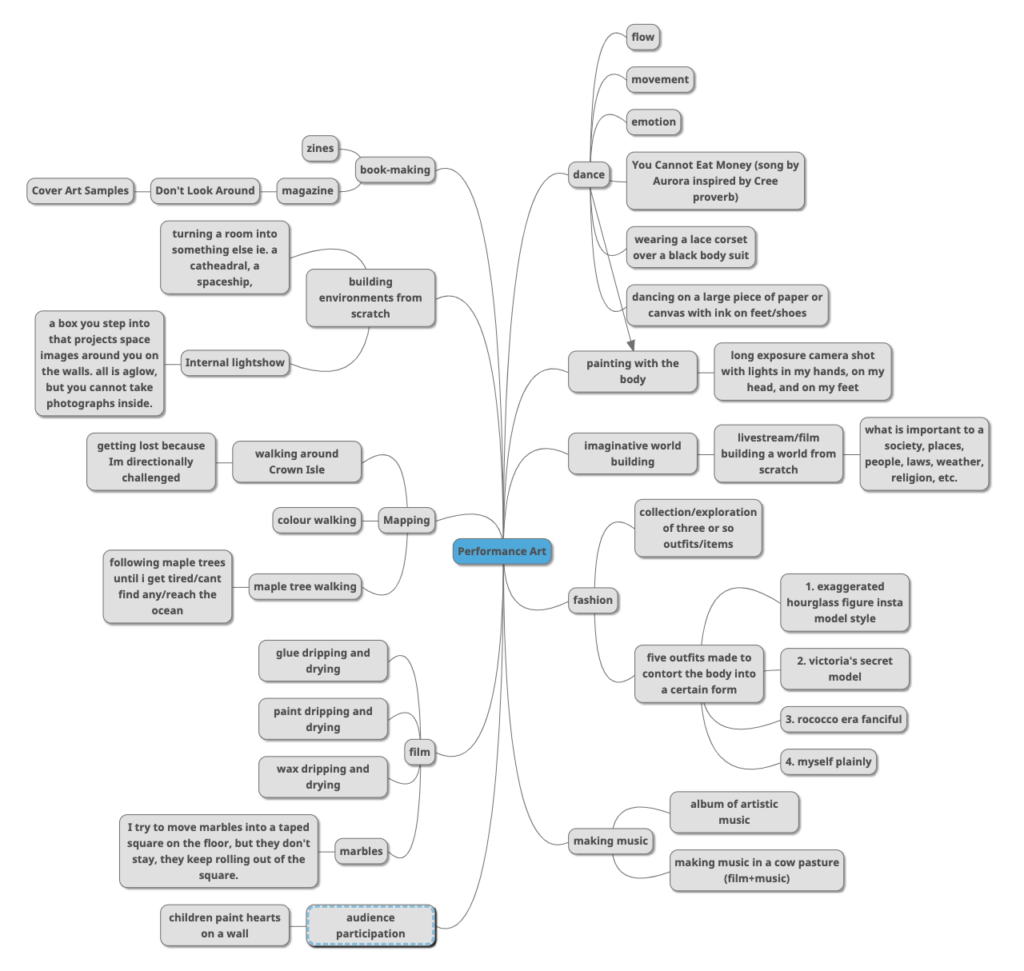
Images Inspiration Gallery:
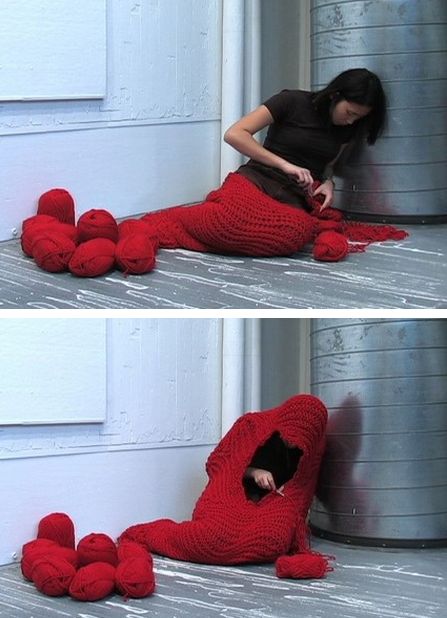
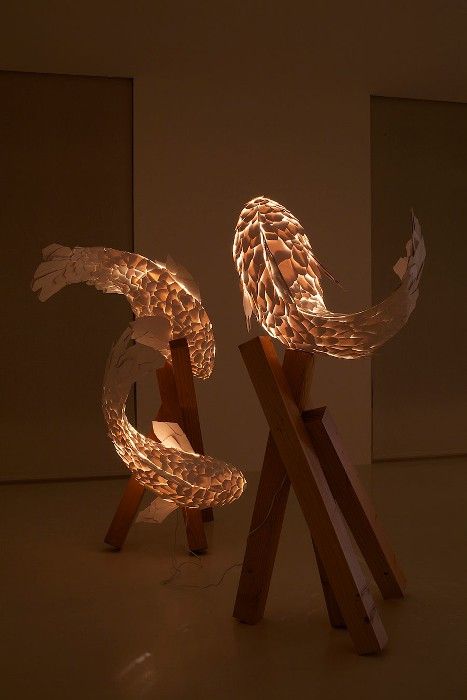

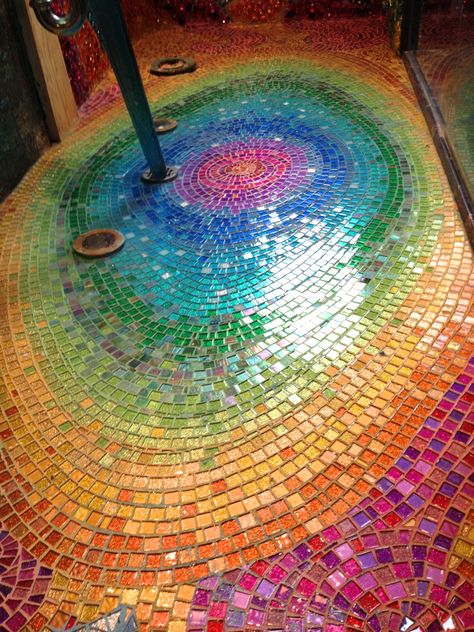
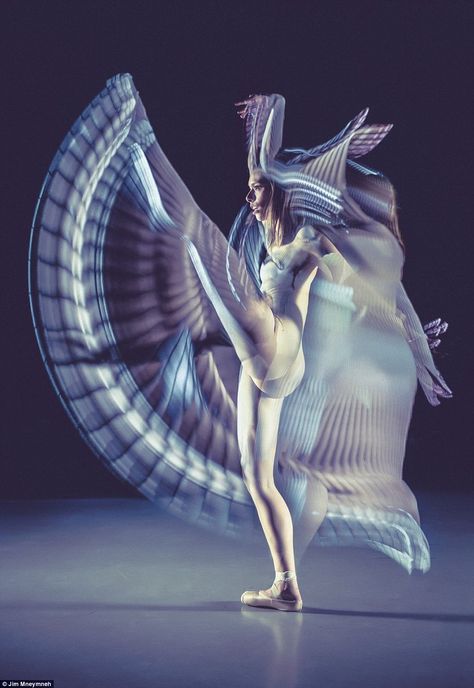

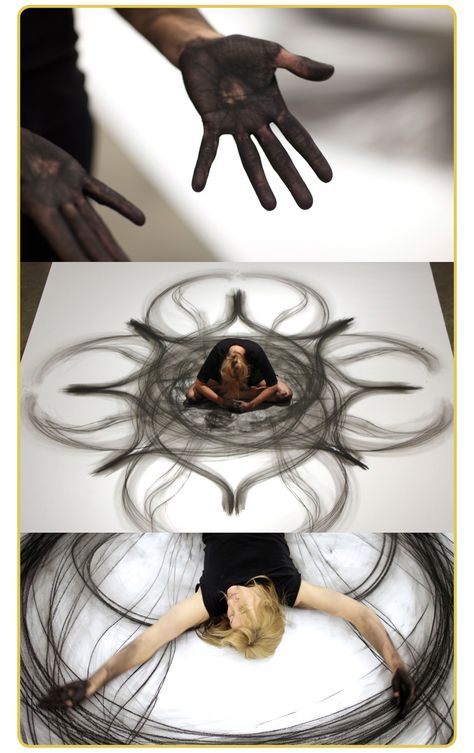
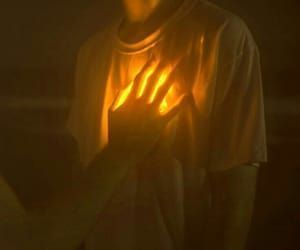

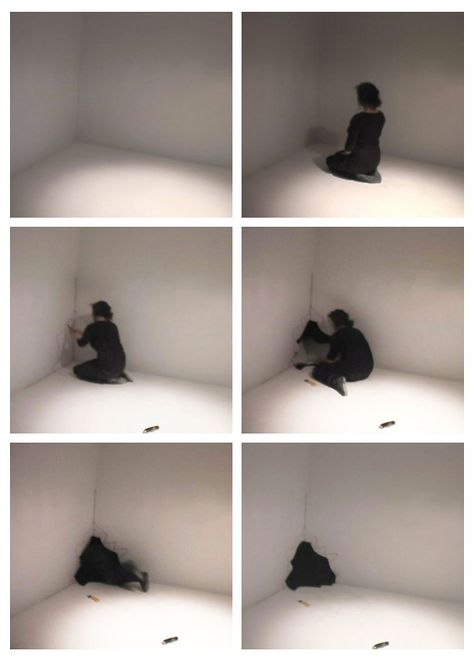
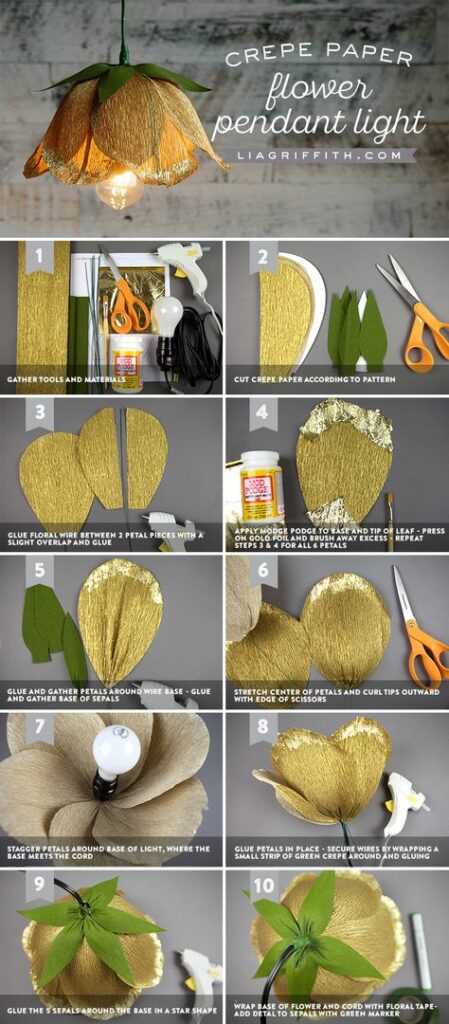

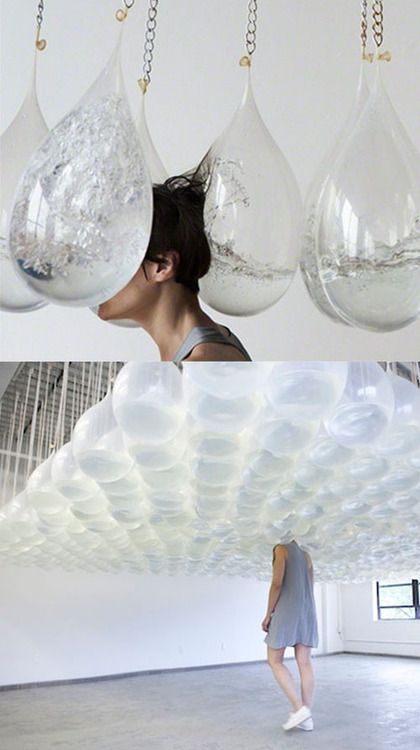
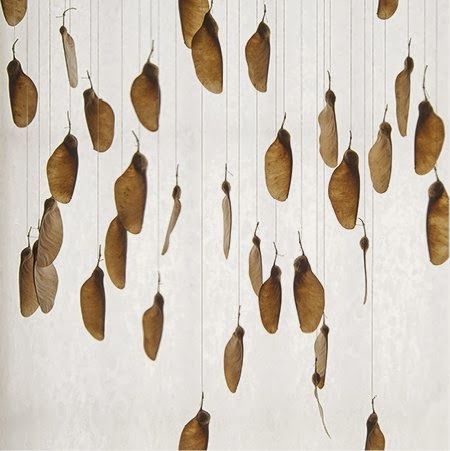

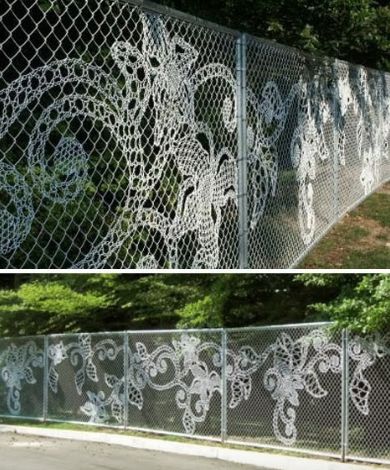
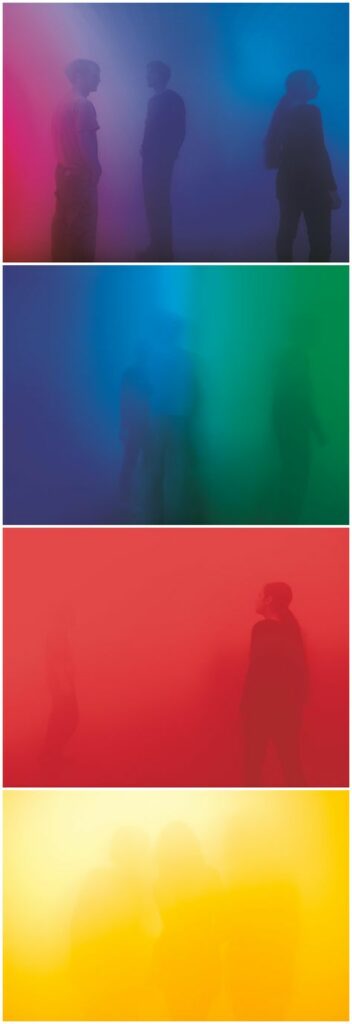

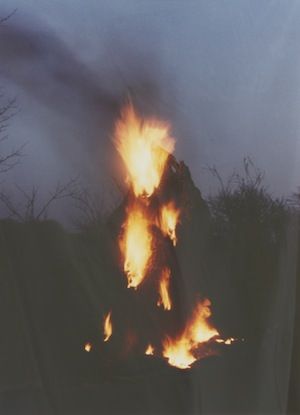
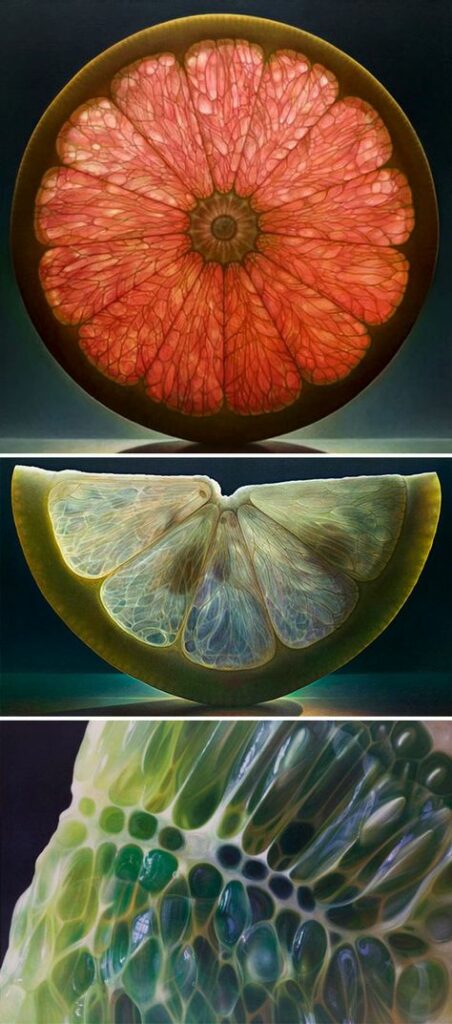
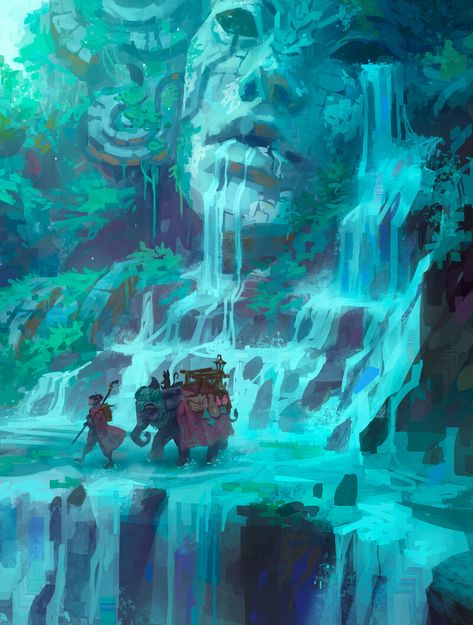
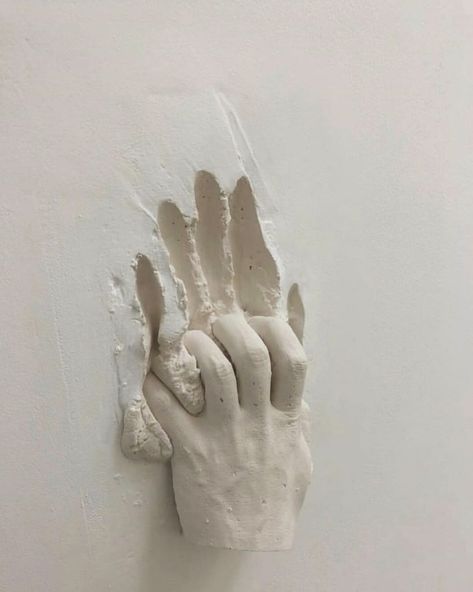
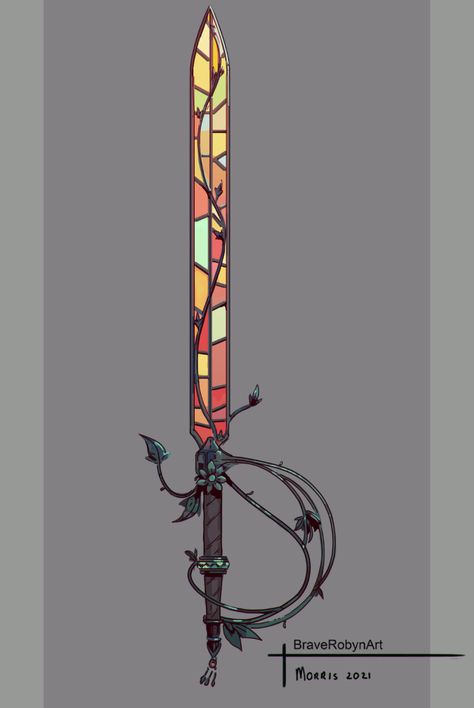
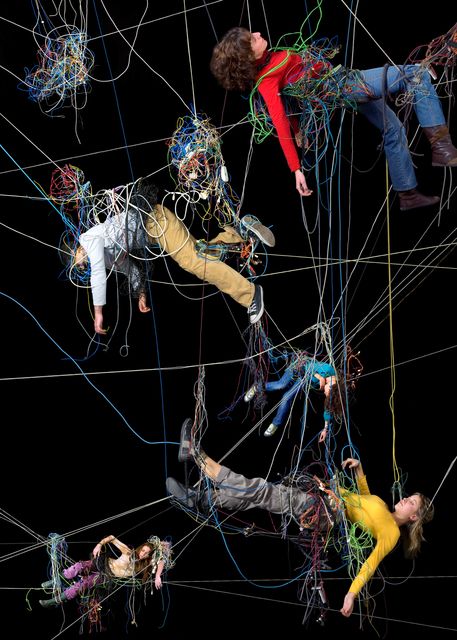
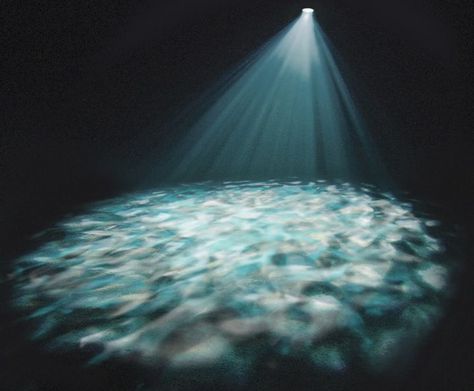
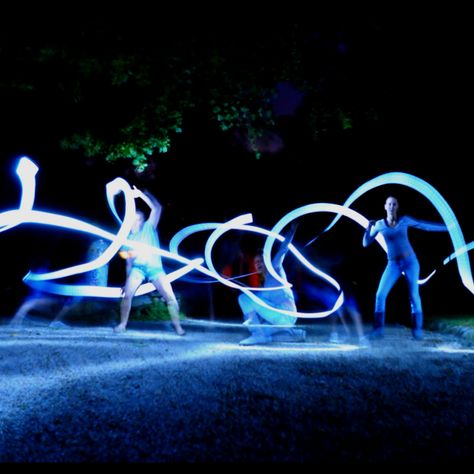

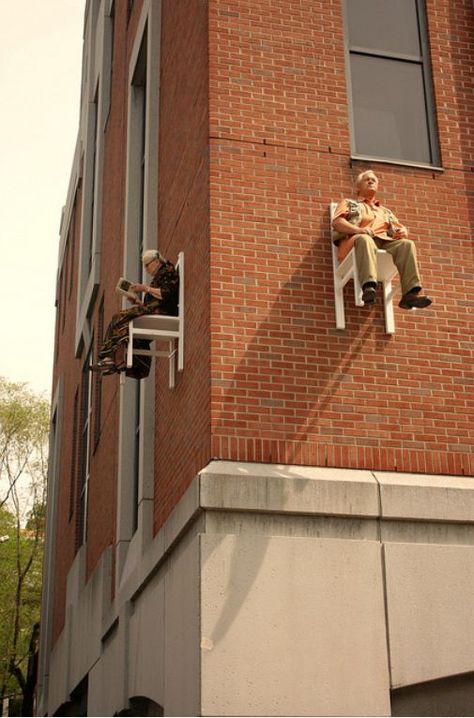

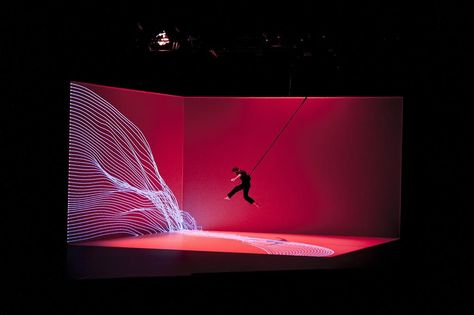
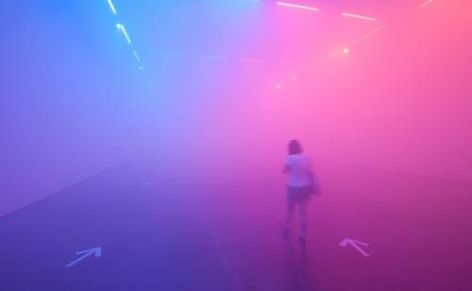

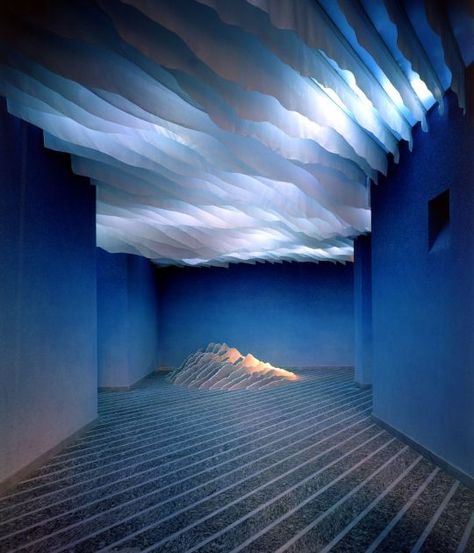
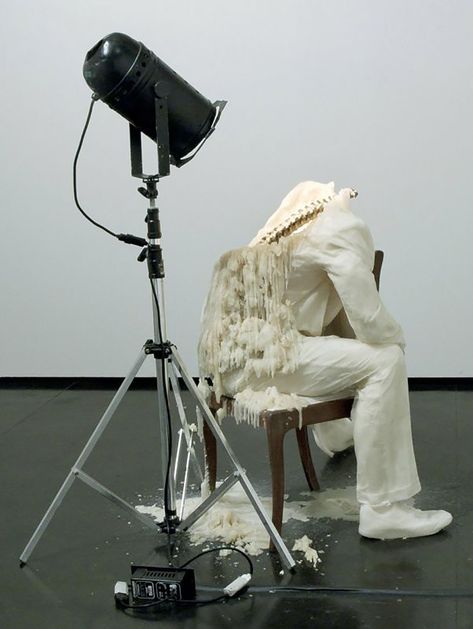
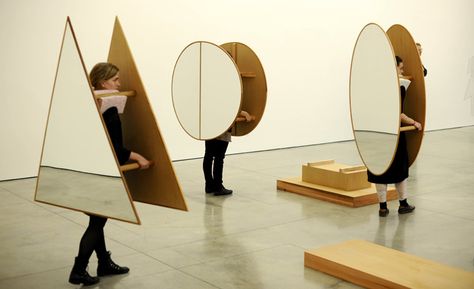
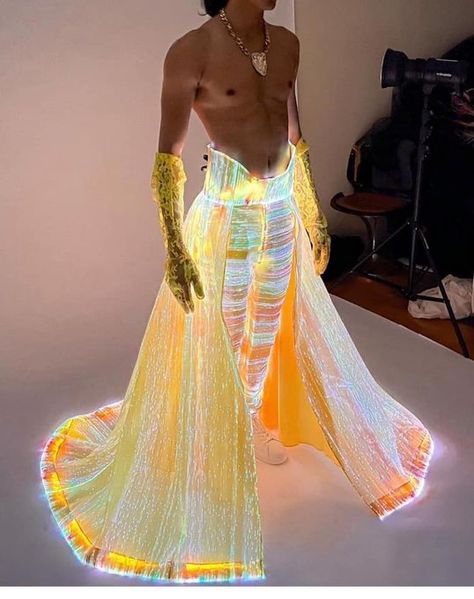
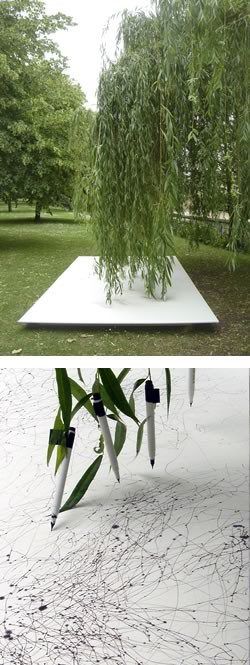
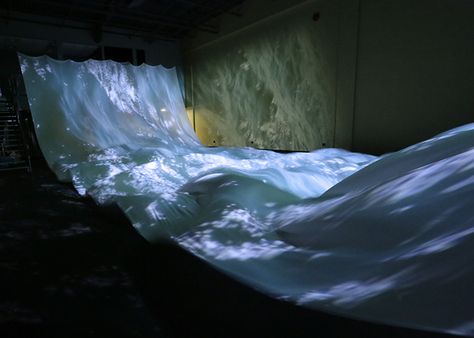
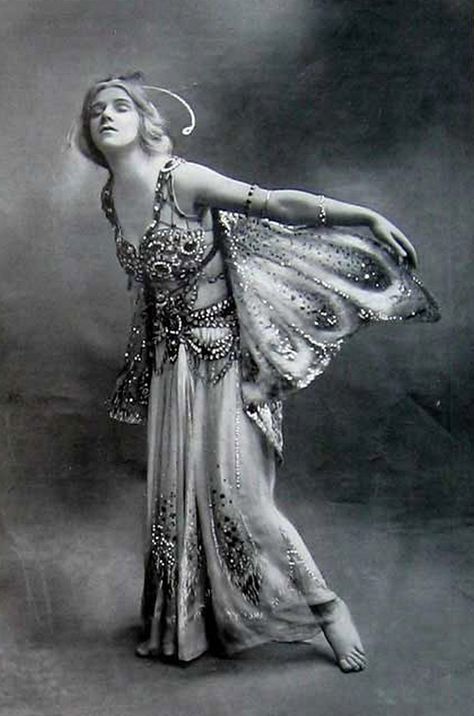

Assemblage Project
The purpose of this project was to use found objects and combine them to create a visual narrative.
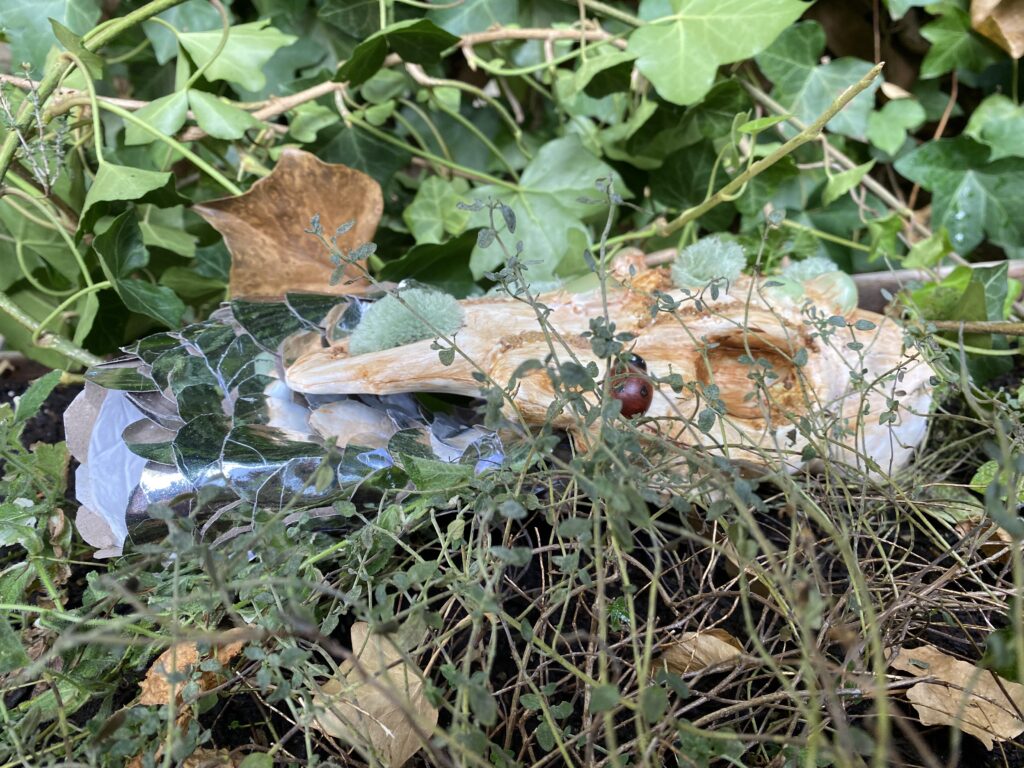
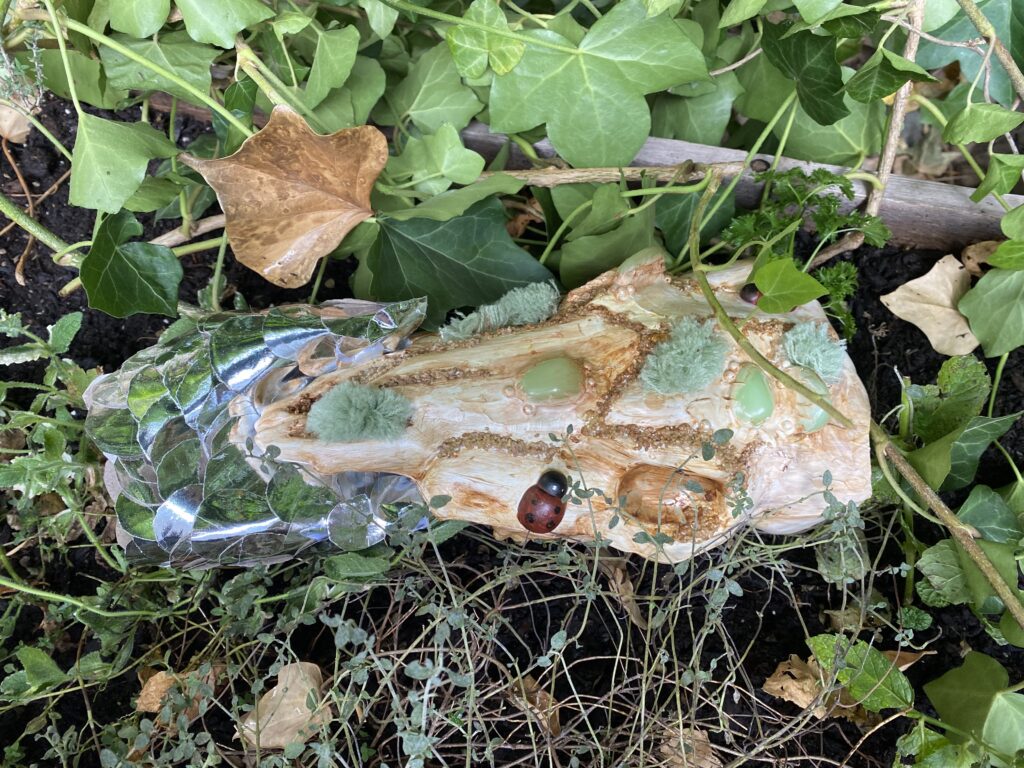
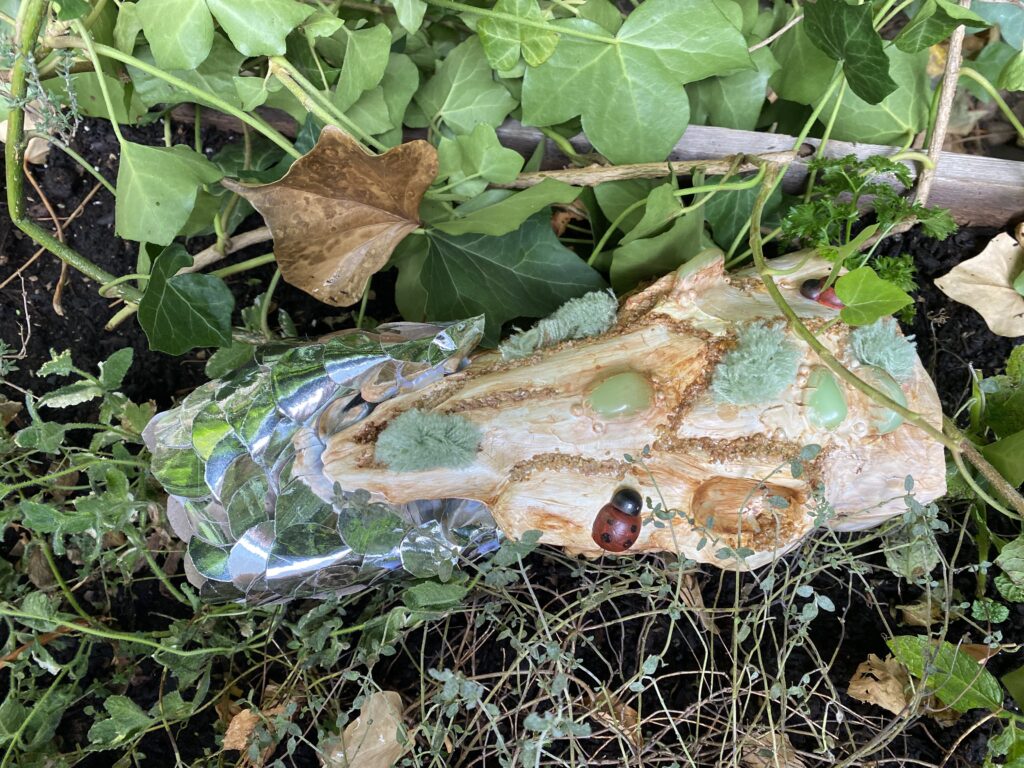
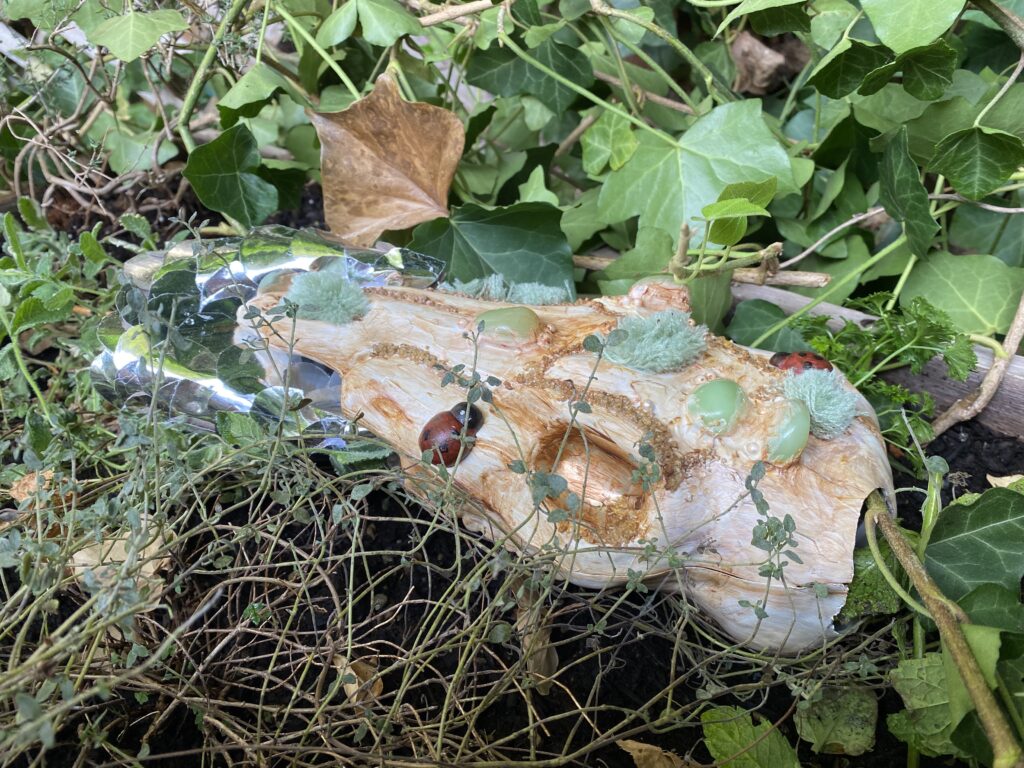
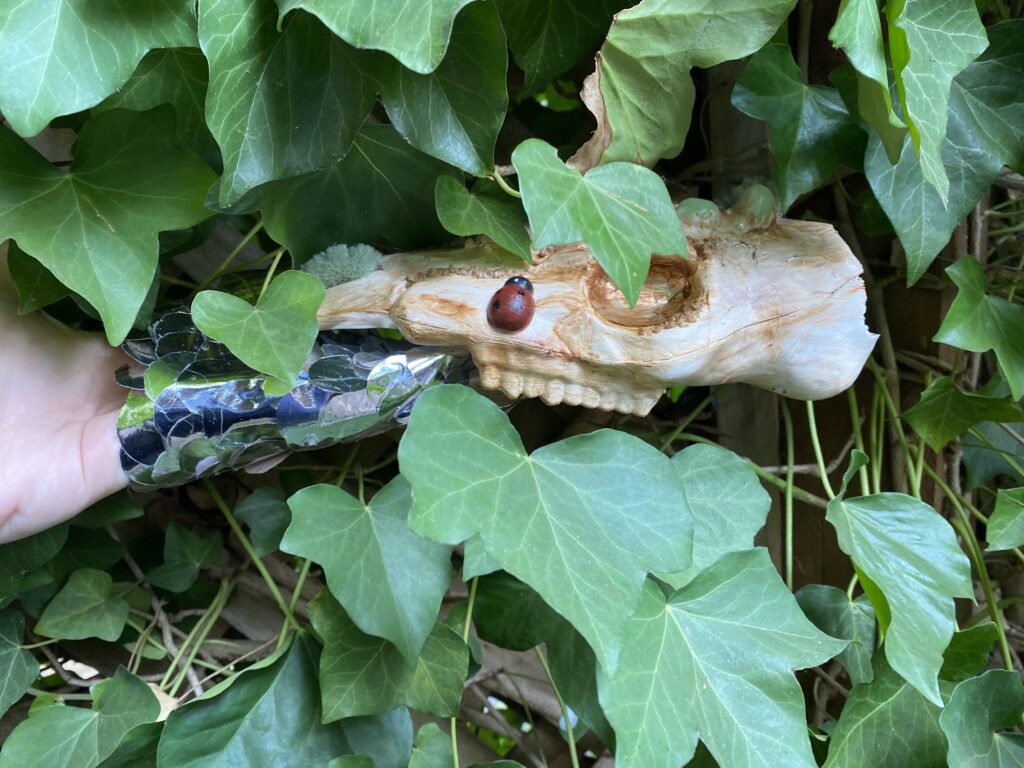
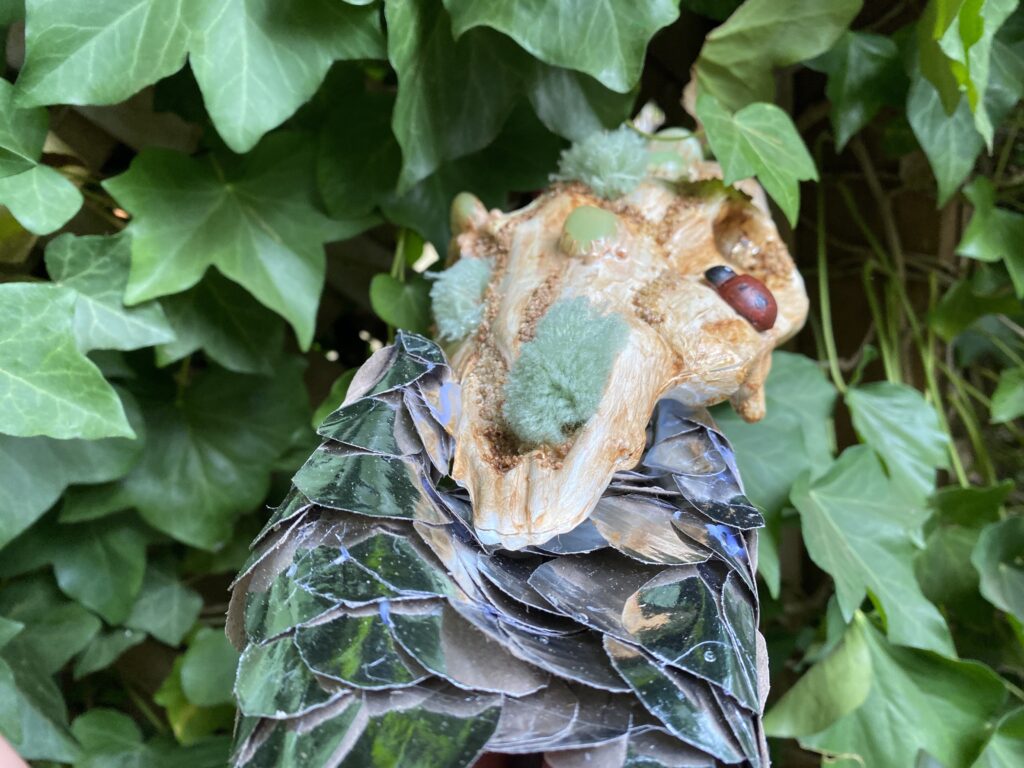
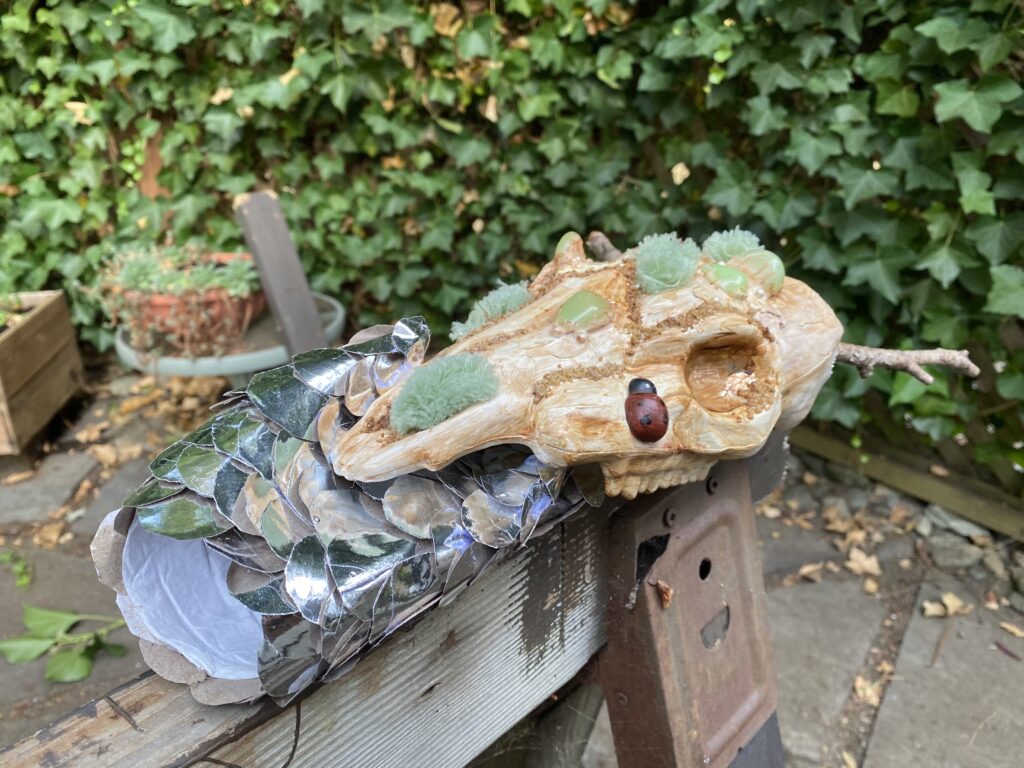
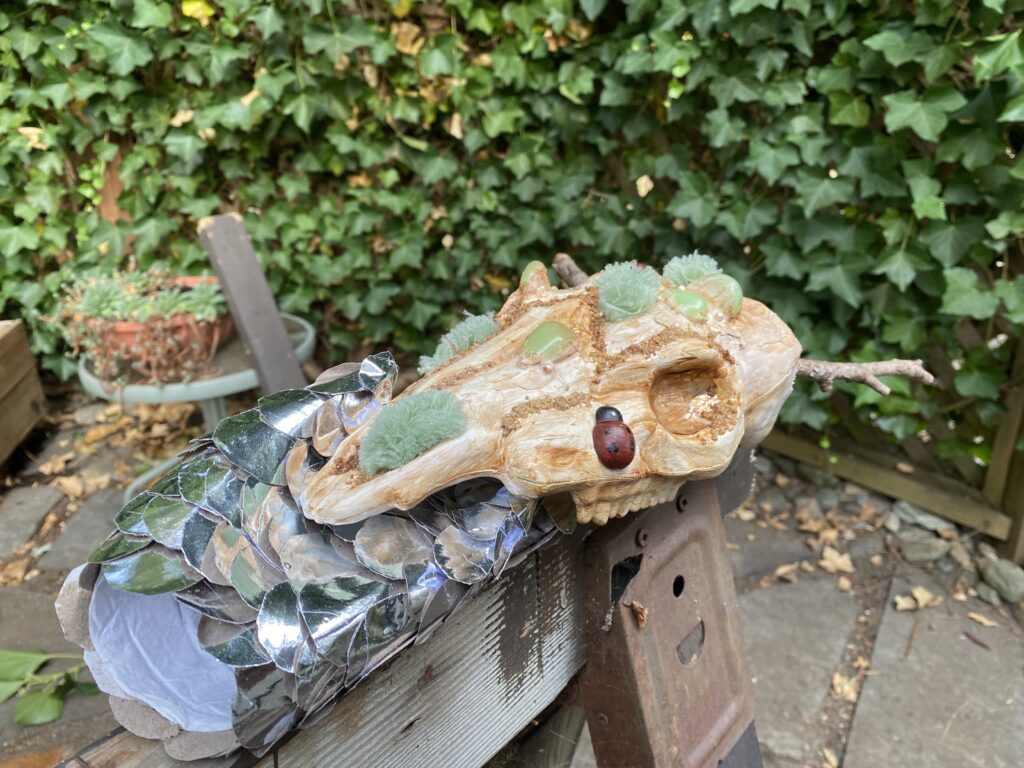
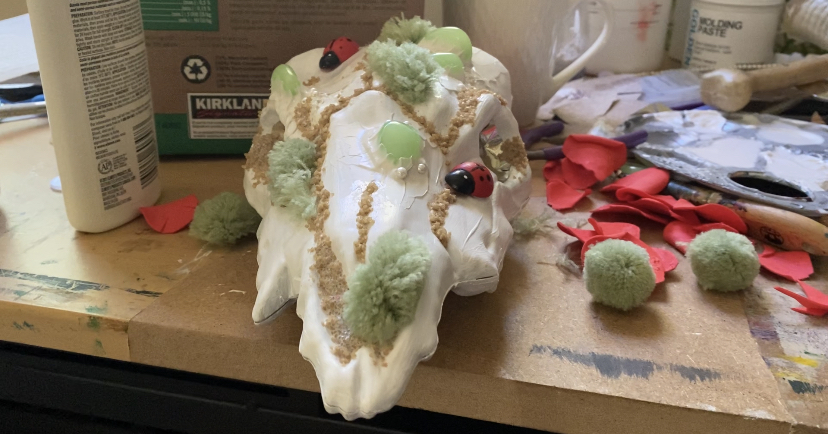
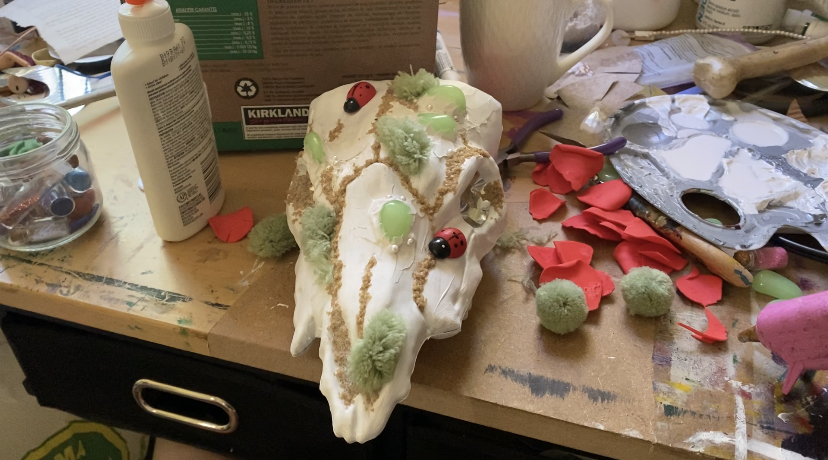
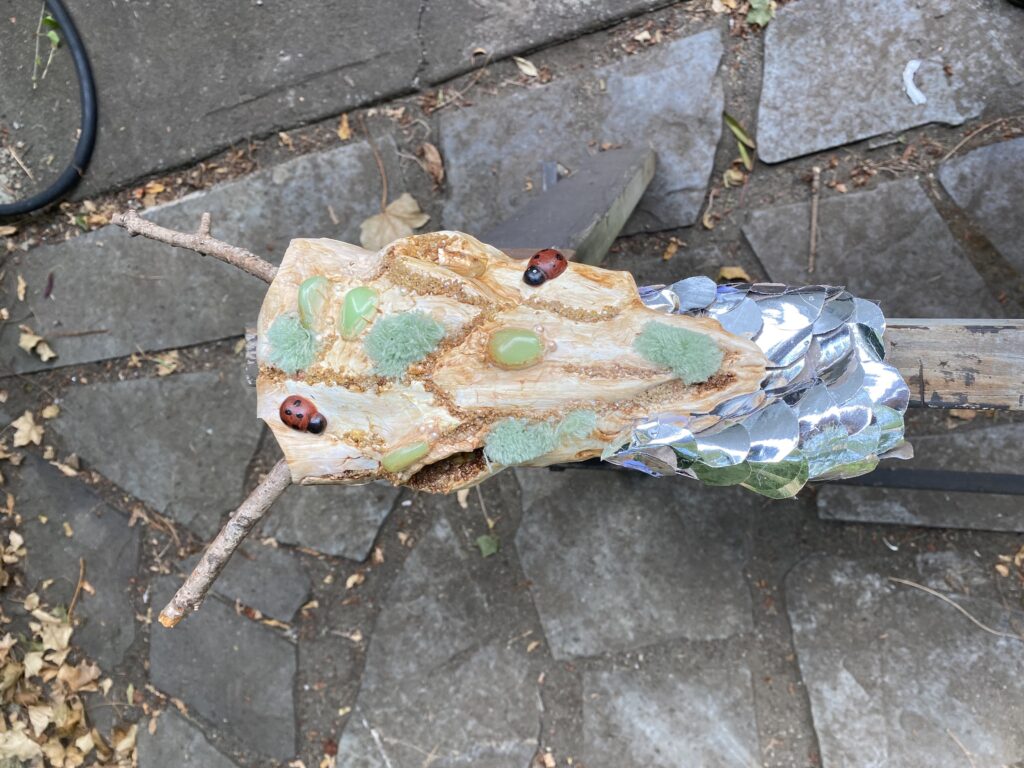
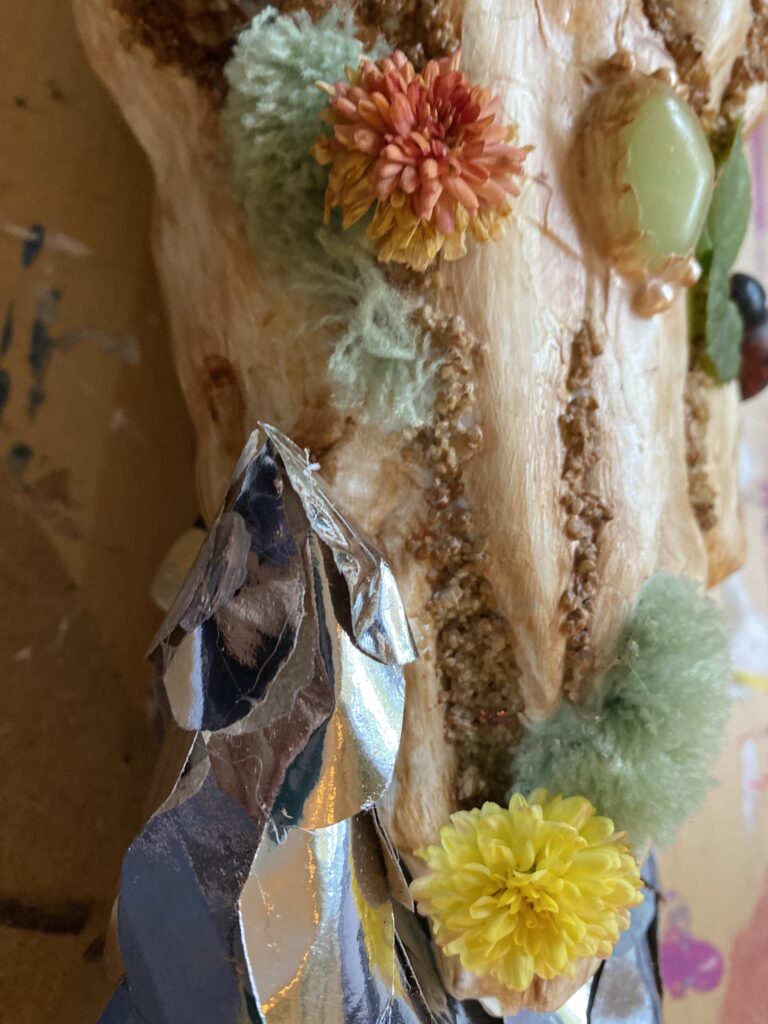
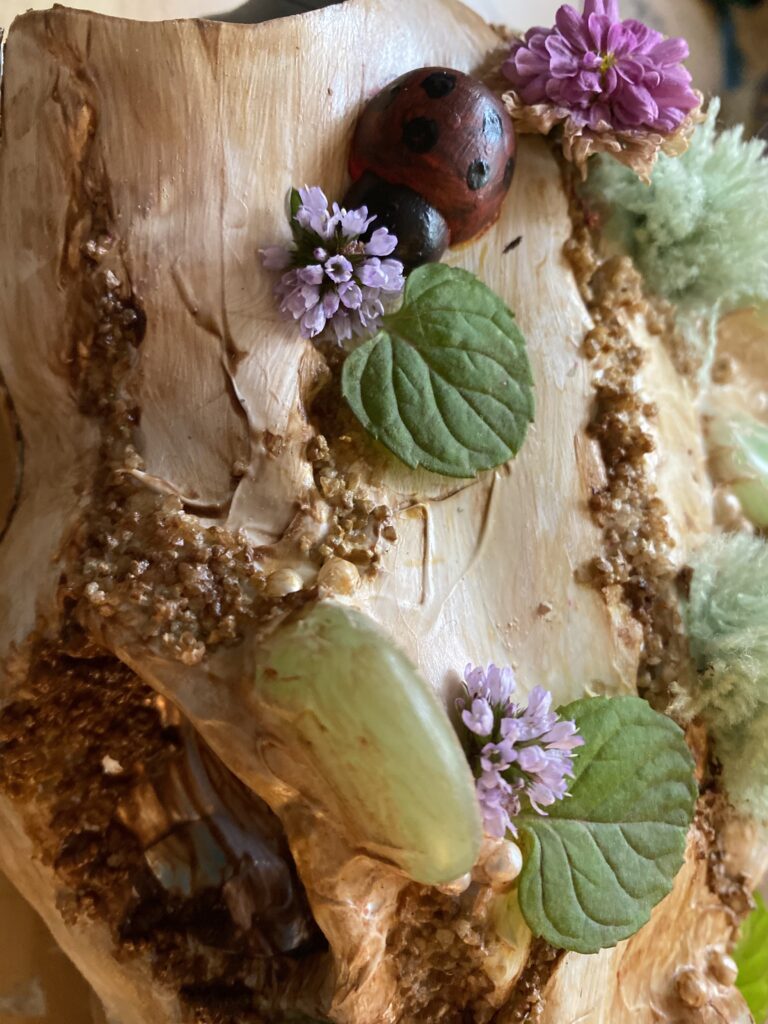
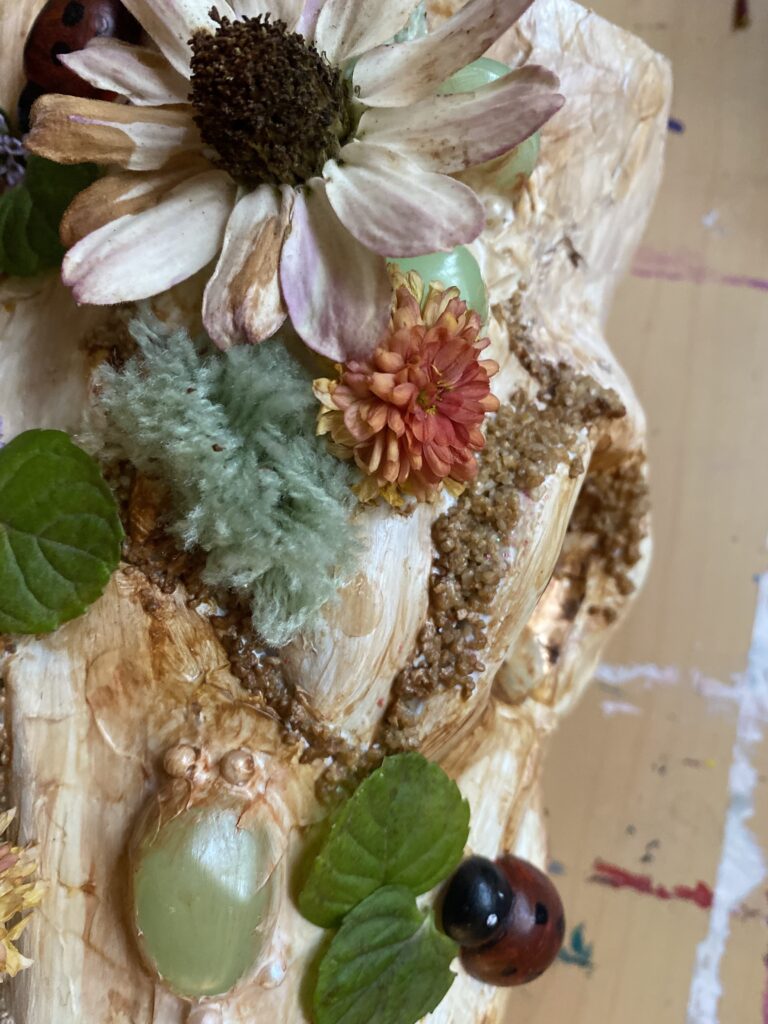
There were three iterations of the final piece. First, I had considered leaving it the way it was after I had glued everything on but not painted it. The skull was white and the sandy gravel in the grooves looked a little out of place considering how pristine the rest of the head was. The eye sockets I covered with silvery reflective foil, which again, didn’t quite fit the new narrative, and lastly, the ladybugs were too bright. Though I really liked the red colouring and how it broke up the viewing of an otherwise neutral colour-schemed work, they needed to be darker so as not to distract too much.
Then I painted the skull. I tried a few different techniques of application and mixture, eventually settling on a transparent dirt-brown shade applied with a wide brush. I liked how the paint was able to just stain the plastic enough to give it some age, and also catch in grooves and corners to give the illusion of grime buildup.
The last step I took before being completely finished with the piece was adding fresh flowers, sticks, and leaves to it. I placed chrysanthemums and mint leaves and blossoms from my garden in a few places over the skull and experimented with having sticks and vines coming out of the holes where the horns would have been. Though I didn’t keep the sticks in, you can see them in a few photos.
Of course, the final pictures were taken outside in front of my ivy wall, which I think was also a part of the work. It would have been weird for me to photograph it on just a plain white background, and it might have made the piece more confusing.
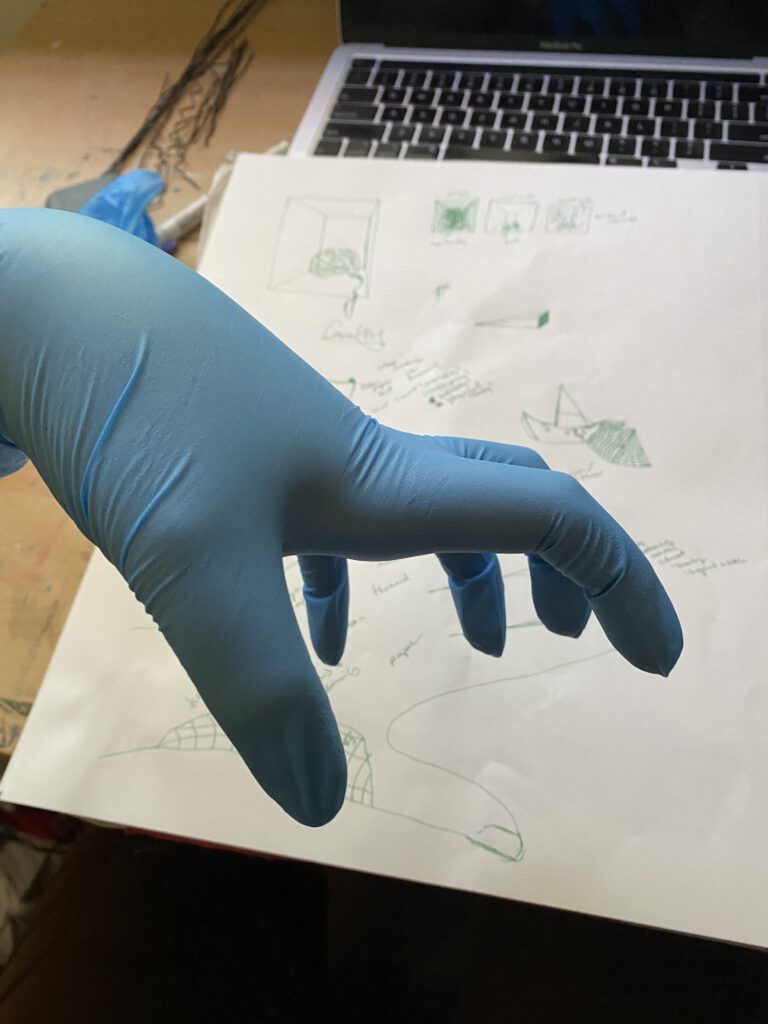
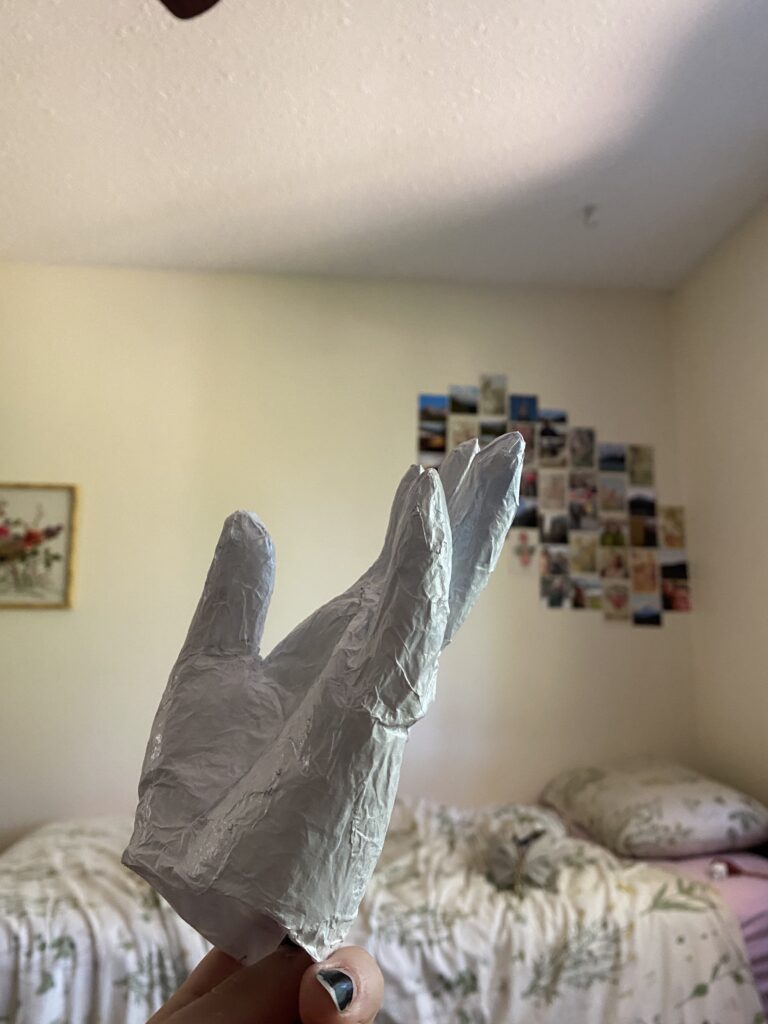

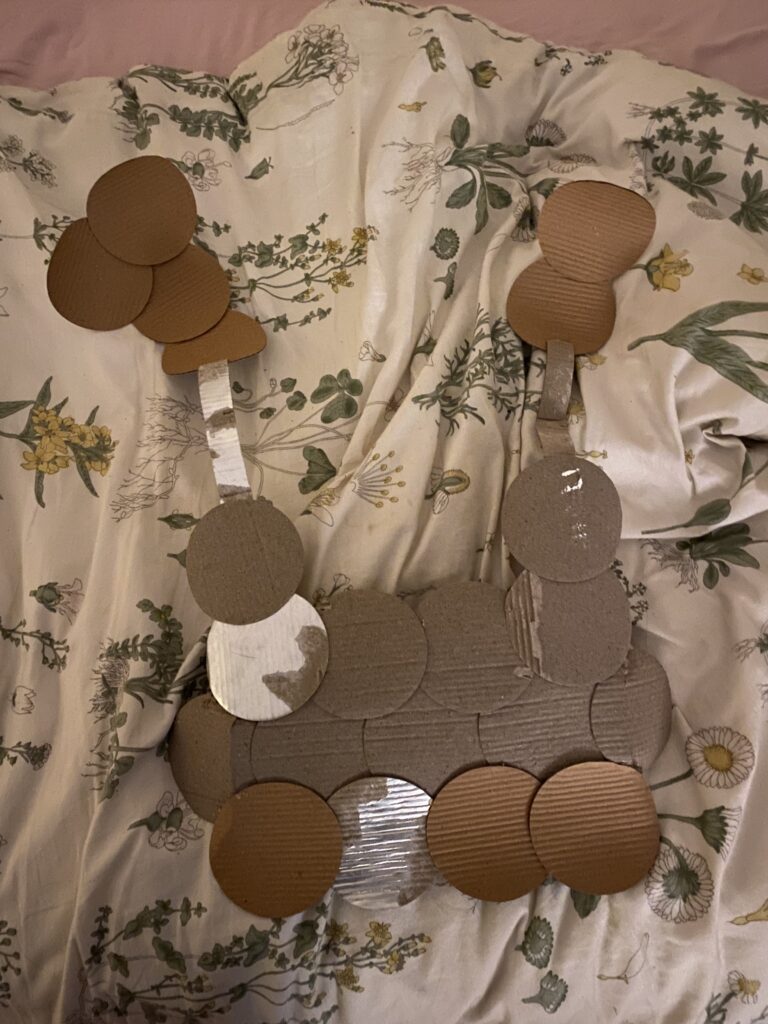
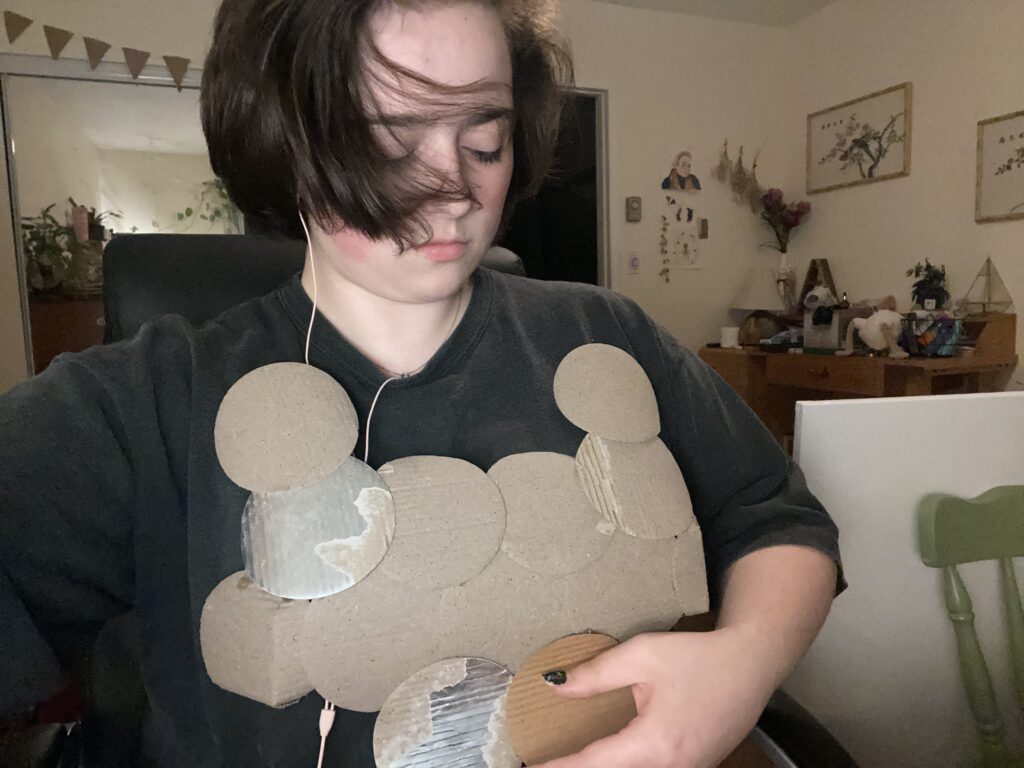
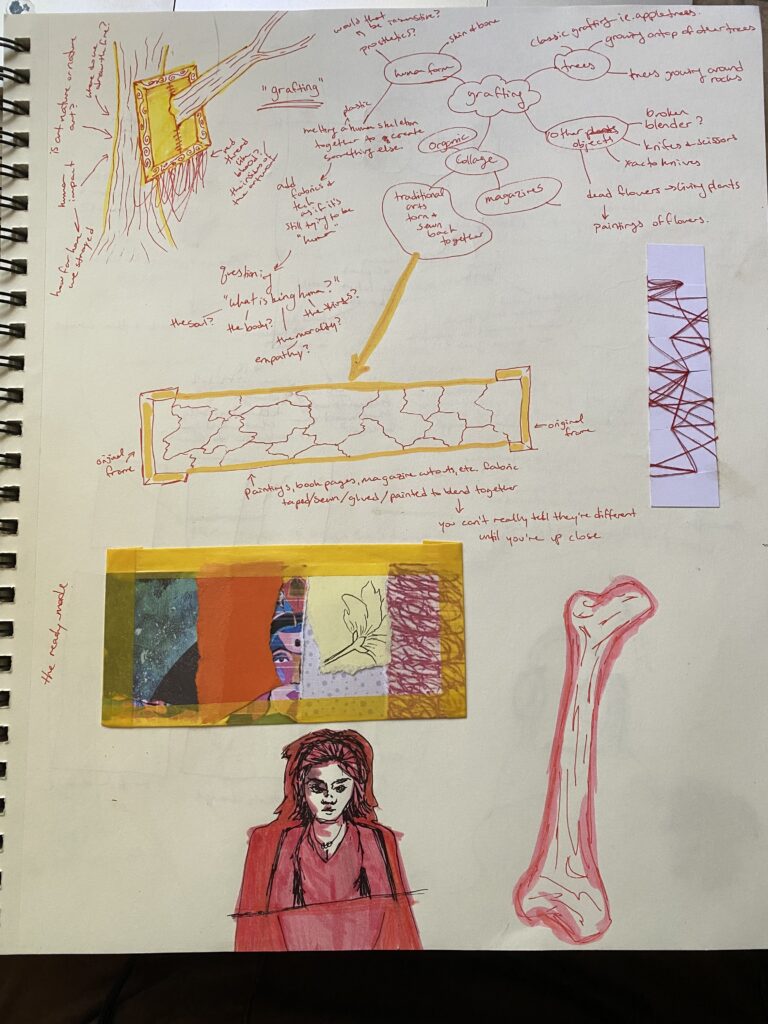
So first, I had three ideas in my sketchbook:
1: a figure/creature made of what looked like plastic human bones melted together and then outfitted in human clothes and human accessories photographed in normal human places – a consideration of what we think is “human” and what makes us “human” vs other creatures.
2: two ends of a picture frame connected by a hand-stitched tapestry of different paper, canvas, fabric, etc. all melding together to create one giant fold-out piece- exploring connectedness through art and how framing can sometimes limit what we create.
3: A framed painting hanging on a tree with a branch stuck through it like it’s grown through the painting and someone has stitched the tearing canvas back together- commentary on nature vs art (is there really much of a distinction), human insistence on belonging and being a part of something even when its clear the fit isn’t right.
Obviously, I did none of those things and instead started making a paper mache mold of my hand just to see where that went. After making that, I put it aside because I had a new idea: making a chest plate armor out of cardboard circles. Then about halfway through constructing that, I decided I didn’t want to do it anymore and just started gluing things to a plastic skull I had taken the horns out of for a different project. Once I started gluing and painting things together on that, I started creating the narrative.
It was originally just a pretty shallow story about long-lost dragons and the skull was the last dragon of the middle ages, rotting and giving life to the next creatures to inhabit its bones. But after I started gluing the little foil petals onto the paper mache hand, the narrative expanded to that of the relationship between humanity and nature. This character, sort of personifying the human species, starts to see what we’ve done to the environment and its animals. They then fear themselves and shield the world from their touch by wearing armor. The unfortunate irony of this is of course that after all this time being separated from nature, letting our fear separate us further disconnects us and prevents us from fixing anything. To fix things we need to learn about them and become close again.
Lab 02: Mash-Up
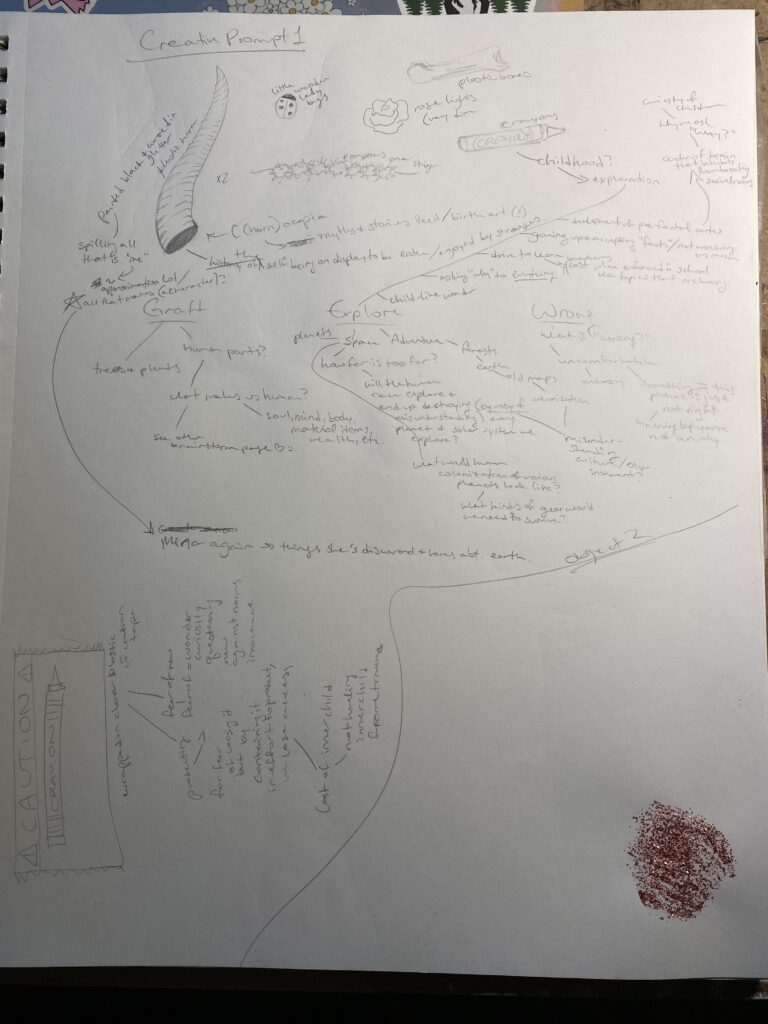
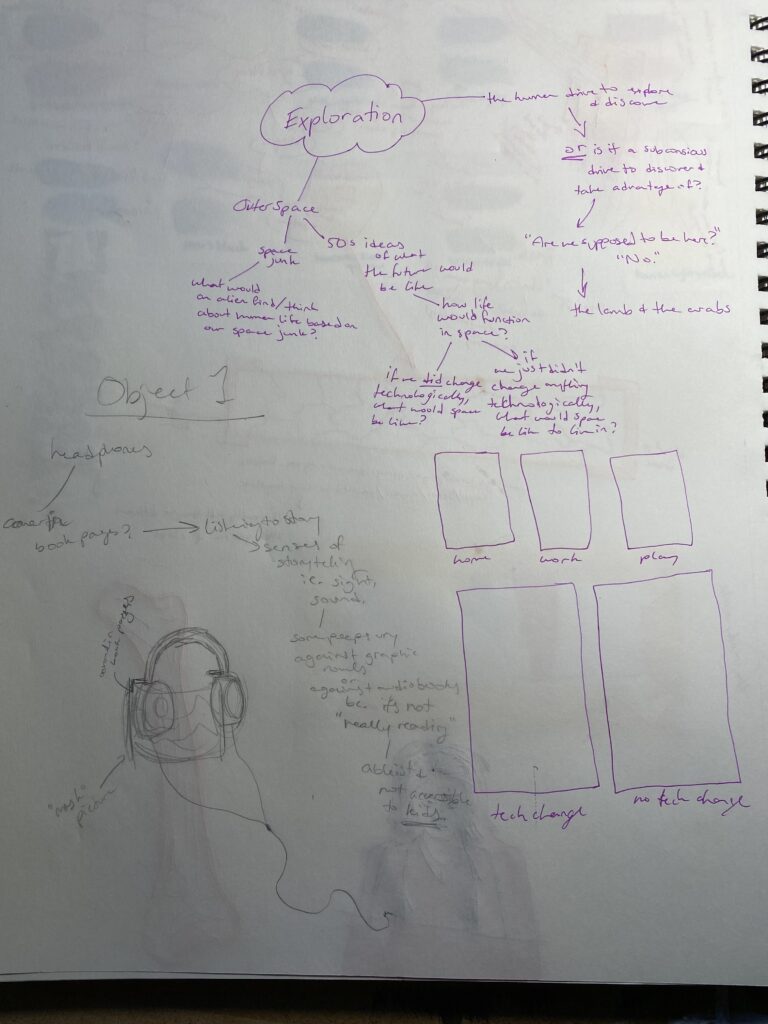

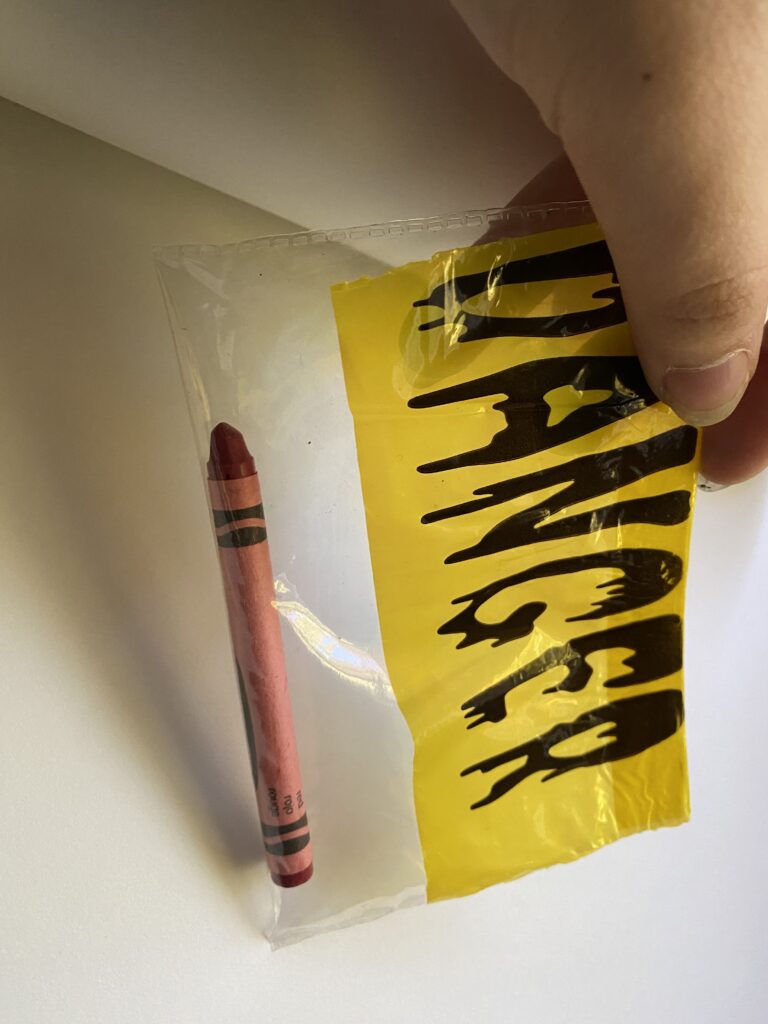

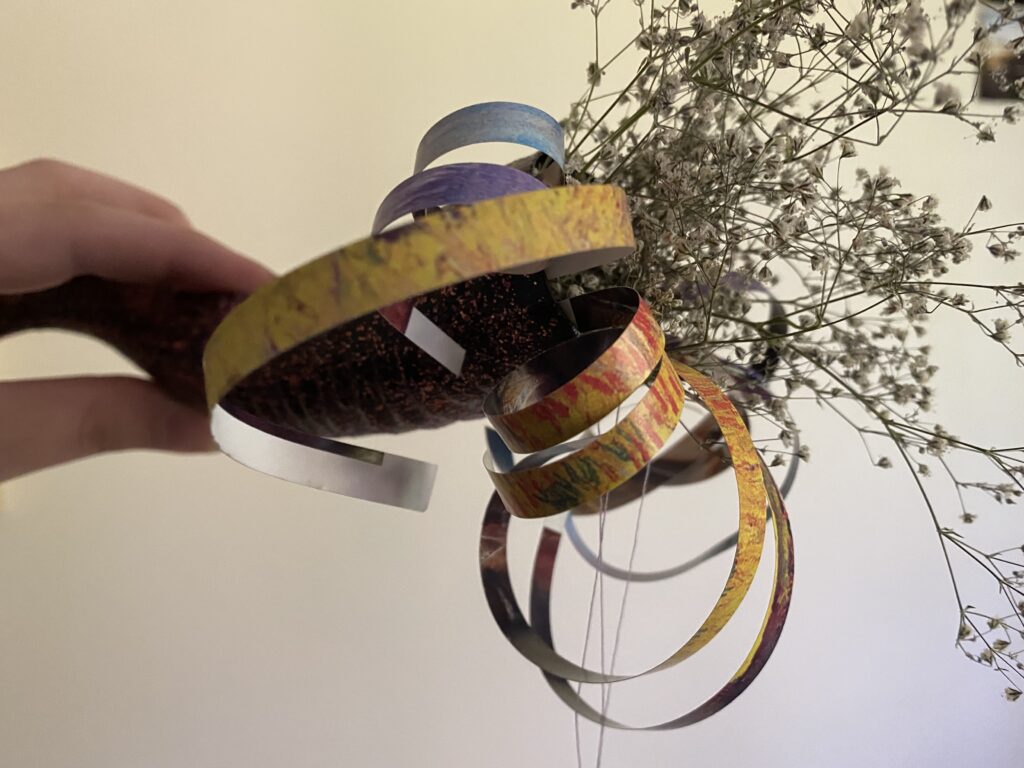
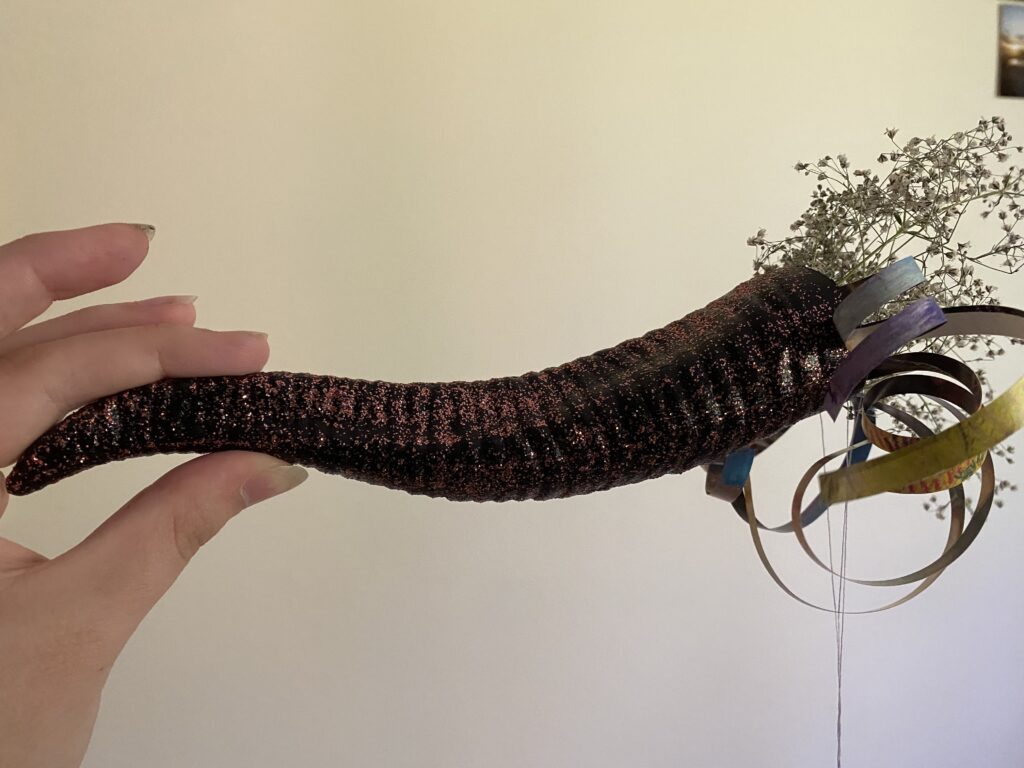

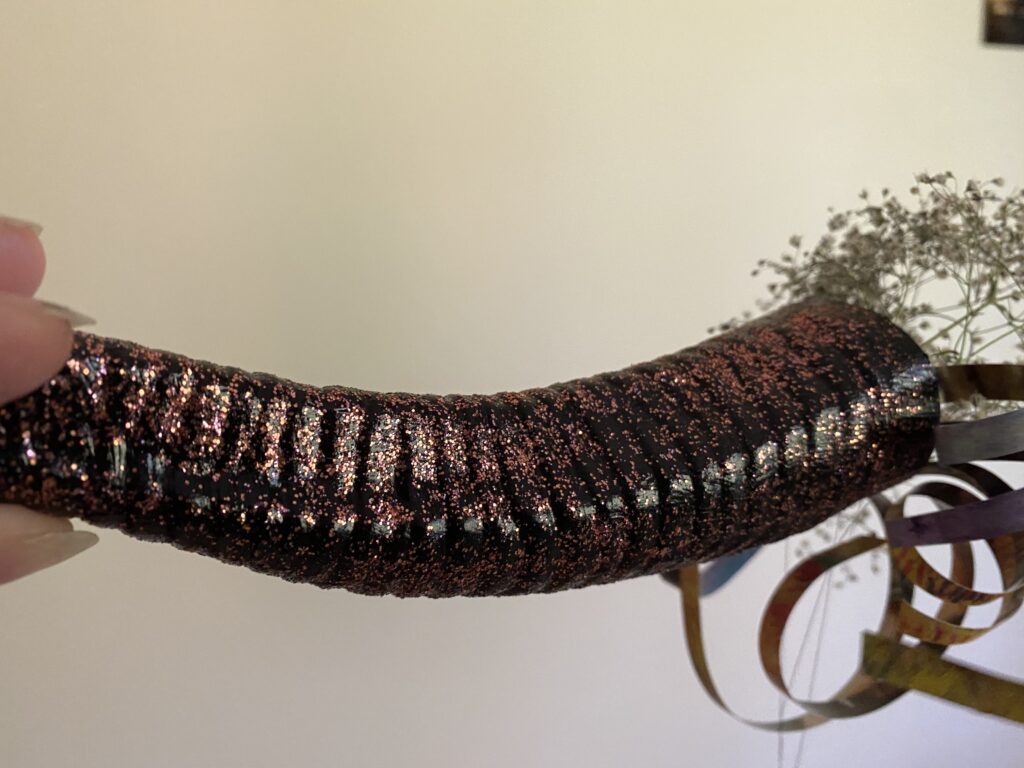
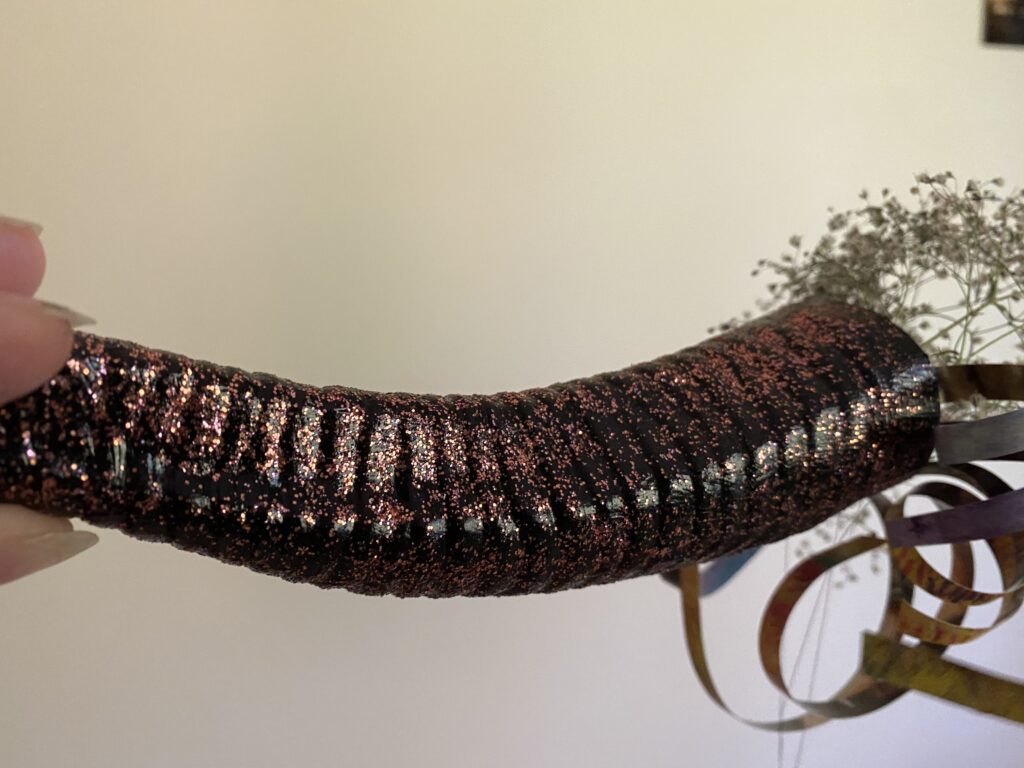
Mina is a character I accidentally created for my painting class, based on an assignment. Mina is an alien from a planet where colour is shunned. Everyone who lives on their home planet has grey skin and hair, and the landscape is also greyscaled. They bruise blue though, which culturally makes the colour blue, and by extension, all colours, a sign of conflict and unrest, and is therefore shunned. Mina moved to Earth for art school, and when they discovered all the colour here, they fell in love with it. Mina struggles with their love for colour, and the internal fear of it from their home planet. So this piece is kind of what I think Mina would make if they had this assignment.
===========================================================================
Lab 01: Object Analysis
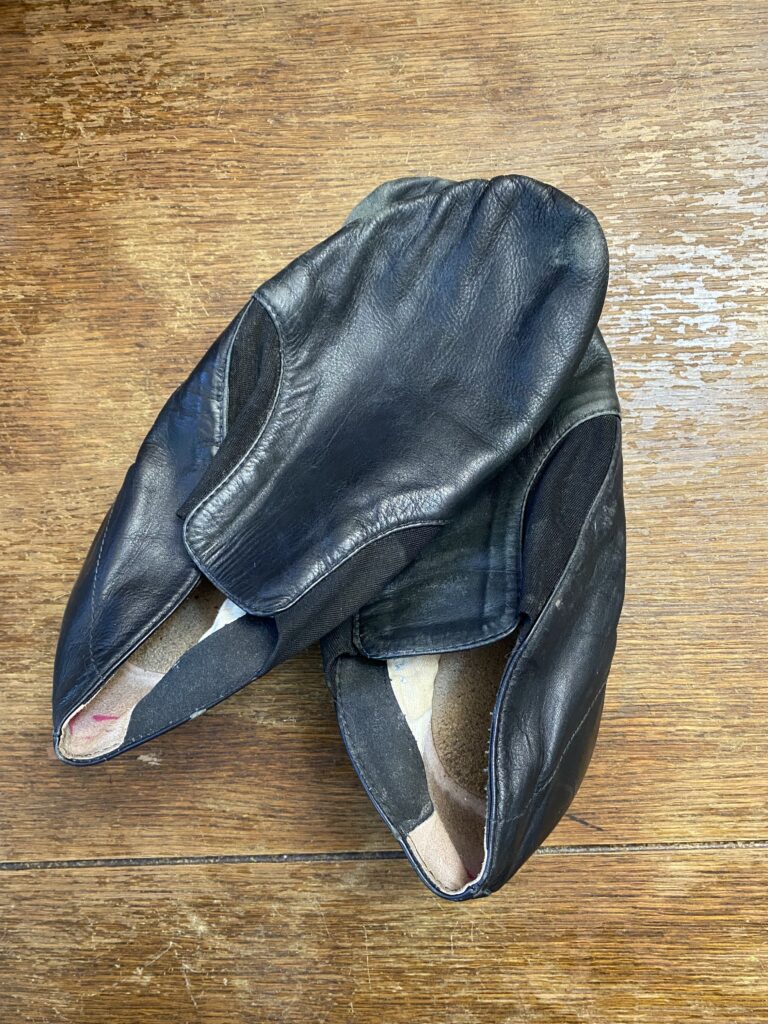
Name the object:
Gary (pair of old jazz shoes)
Describe the object (colour size, material, handmade, manufactured, origin, etc.):
Size 8, leather, elastic, polyester, black, tarnished and old, worn down rubber, made by Bloch, mens wide, split sole.
What is the intended function of the object?
These are jazz dance shoes, intended to be worn while dancing modern jazz and contemporary jazz, as well as a number of other styles.
What is the cultural context of the object?
Bloch has been making dance apparel since 1932. They make quality dance shoes of various varieties, including pointe shoes, a wide variety of ballet and jazz shoe designs, and shoes for dance teachers. Bloch has been a well-known name in the world of dance for a long time, and are a good catch-all for any dancer, new or old, who is looking for shoes.
Do you have a personal connection to the object? (ie. does the object conjure a memory, symbol, or reaction for you on a personal level?)
These are my old jazz shoes from when I danced at Studio G Dance Academy. For the past 2 years, I danced with Vireo School of Performing Arts, and didn’t need to wear jazz shoes, so this pair hold memories from my old school. I’ve danced since I was 2 years old, and always in the same building that Studio G is in now. I’ve gone through at least a dozen pairs of shoes as I outgrew them, and have never taken a year without jazz, so this particular shoe was very important. I have another old pair that are even more well-worn, seeing me through two years of over 10 classes total, but they are a little too special to use for this project :). This pair have clearly seen their fair share of the dance floor though. I’ve always worn the same brand and style of jazz shoe, save the first few years when I’d wear lace-ups or ballet shoes. The style is super comfortable and I’ve never gotten blisters in them- it is extremely rare for a dancer to have clean, un-blistered feet.
Name the ways the object can be manipulated (ie. broken, warped, filled, burned, stitched, etc.):
- stitched
- deconstructed
- deconstructed and put back together
- painted
- altered to look like a pointe shoe (cuz I was never allowed to go onto pointe and I’m still a little salty about it)
Mental Associations 1: Name three things or elements that have a commonality or similarity to the object.
dance floor
ballet shoes
feet / toes
Mental Associations 2: Name three things or elements that are opposite or in contrast to this object.
running shoes
hockey stick
a cosy blanket
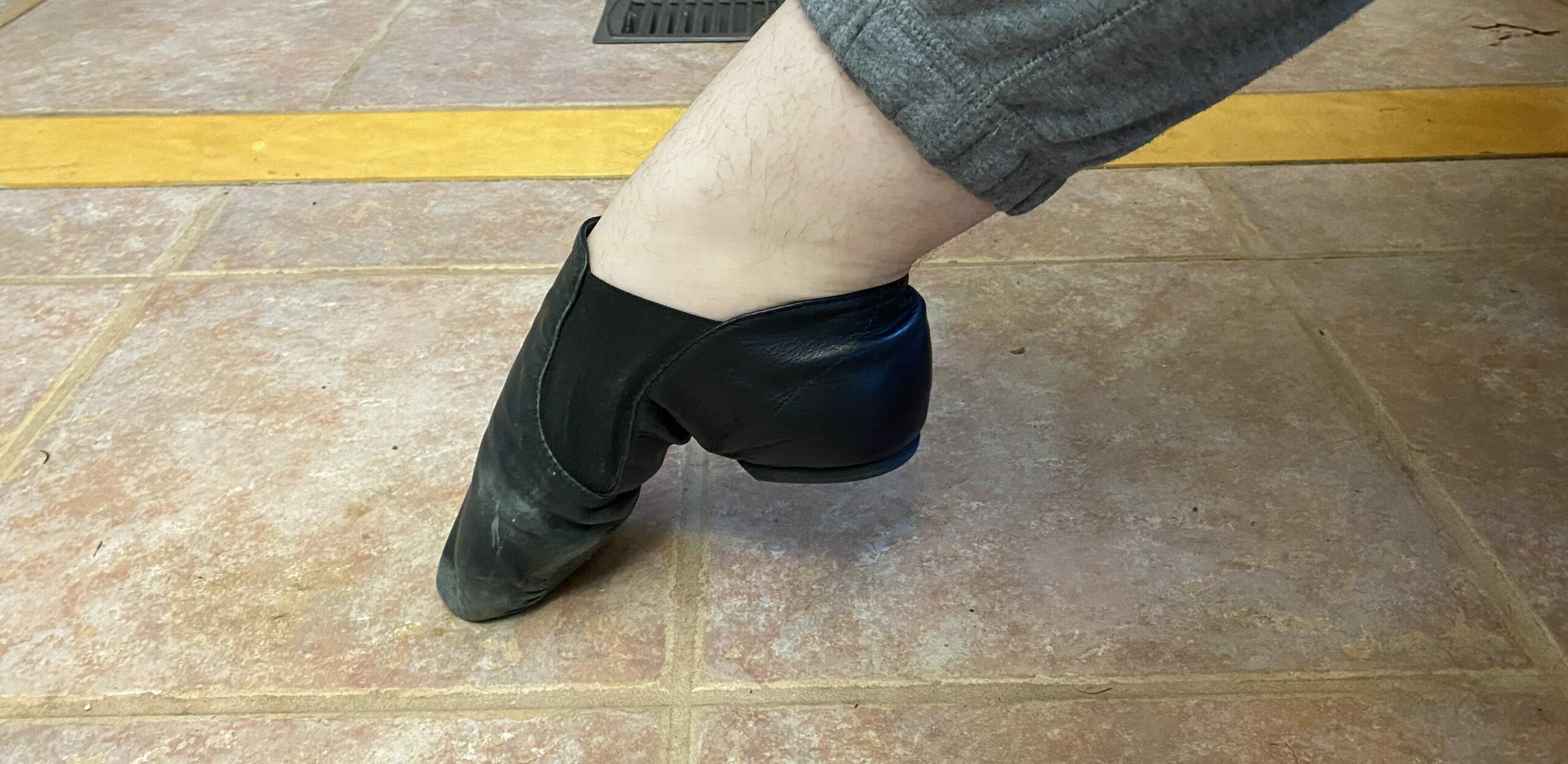
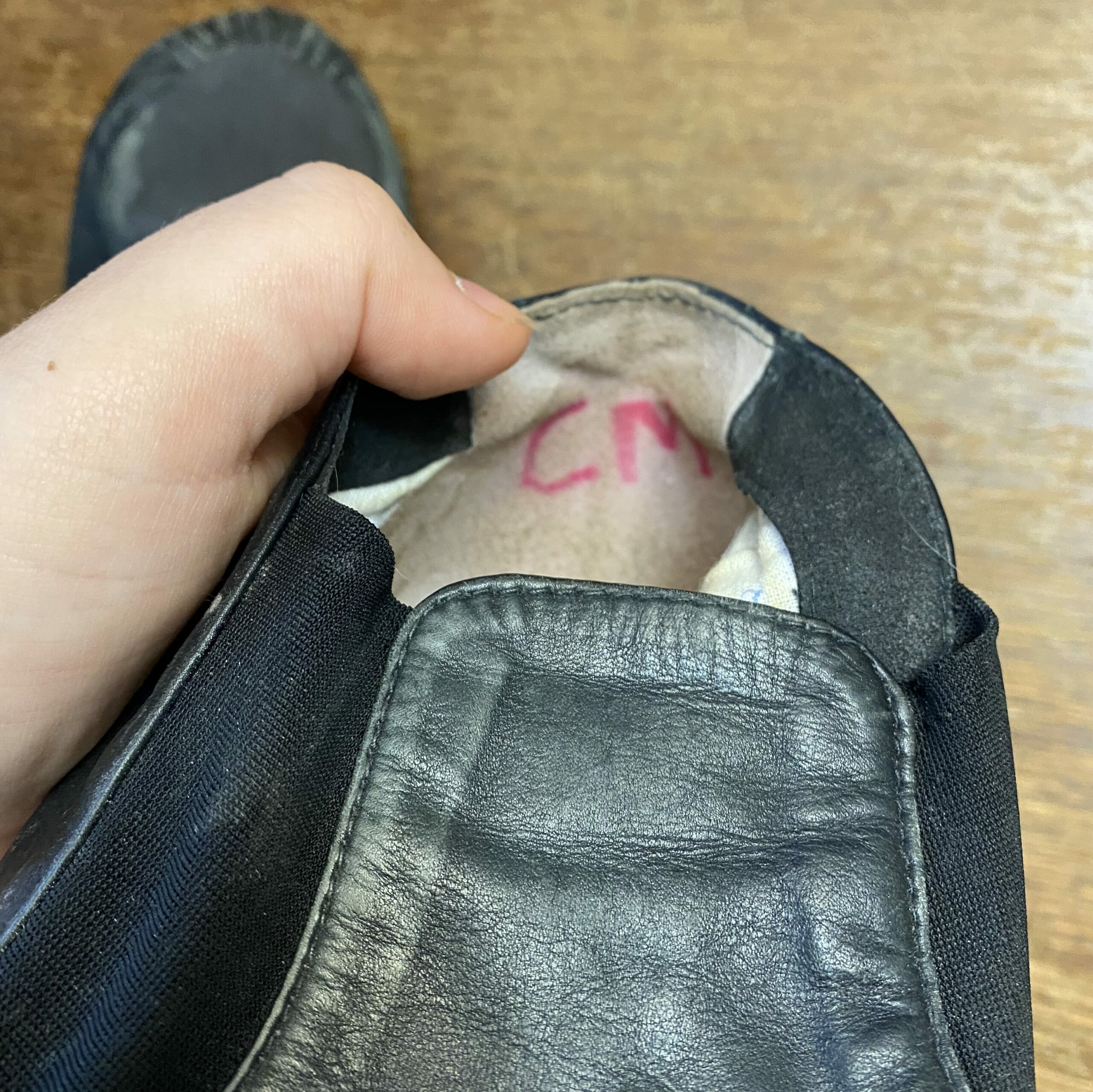
_________________________________________________________________________________

Name the object:
Jennifer (A pair of handmade peach earrings)
Describe the object (colour, size, material, handmade, manufactured, origin, etc.):
Bright orange polymer clay from Michael’s, muddied in some areas by a dark green. The dark green polymer clay was used for the single leaf atop each peach. The hardware looks gold, but really copper or brass. The earrings were handmade by me, and are about 2cm in diameter, plus the hardware. The material used was soft and malleable before baking, but after baking it hardened.
What is the intended function of the object?
The earrings are meant to be worn, threaded through a piercing one might have on their ear to dangle. They are meant to add pizzazz to an outfit.
What is the cultural context of the object?
Peaches themselves are reminiscent of warm-climates, summers, and juicy fruits. Modern clay earrings like these are very common amongst the queer community, especially queer artists and crafters. Large and unusual earrings have become a staple of feminine queer culture, especially lesbian and bi identity aesthetic.
Do you have a personal connection to the object? (ie. does the object conjure a memory, symbol, or reaction for you on a personal level?)
Well, I made them! There was a time last year and the year before when I was obsessed with making clay earrings like these. I’d spend days at a time, feverishly working on different designs, mostly fruit and pride flags. I still have most of them, and have organized all the pairs and incomplete pieces into boxes in my bedroom. Someday I hope to sell them, but for now it’s fun just to have them. The peaches were some of the first designs I made, along with strawberries and apples.
Name the ways the object can be manipulated (ie. broken, warped, filled, burned, stitched, etc.):
Though the polymer clay has hardened, this type of clay can be added to and re-baked as many times as you’d like.
Add clay
Add drawings and designs to them
Stick them in a canvas and paint around them to create a picture
Cut them up and re bake into new peaches with different colours and the pieces of the old ones
Cut them up and make into something completely new with the old pieces
Draw a little face on them and make into characters – mold little bodies too!
Mental Associations 1: Name three things or elements that have a commonality or similarity to the object.
Summer
Oranges
Okanagan
Mental Associations 2: Name three things or elements that are opposite or in contrast to this object.
Pomegranates
Cedar
Winter
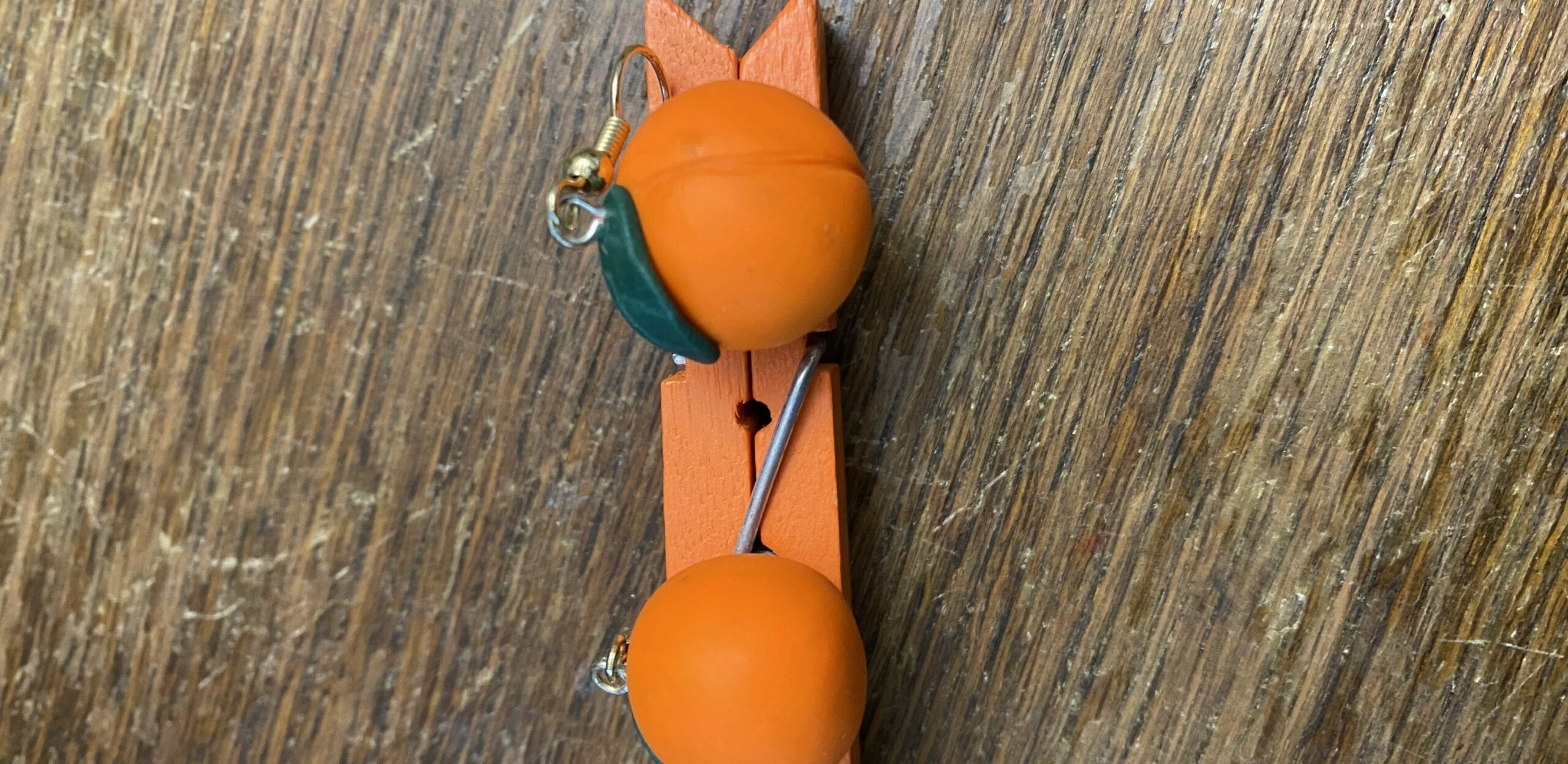

_________________________________________________________________________________

Louise (old headphones)
Describe the object (colour size, material, handmade, manufactured, origin, etc.):
Black headphones, painted over the earpieces with blue DollarStore paint, a smily face with a tear carved in one side. Soft and hard plastic, felt inside the earpieces, puffy ear covers, long cord, sideways plug that kinda looks like a gun.
What is the intended function of the object?
Headphones are used for a listening experience with less outside noise. They can be plugged into a computer and some phones to listen to music and other sound independently- that is, without playing it out loud.
What is the cultural context of the object?
Lots of people use earbuds, but headphones are slightly different. They are popular amongst gamers, DJs, and are an oft-used tool for autistic people to block out some external stimulation. Headphones and earbuds alike are often regarded as a sign of disrespect, especially in classroom settings, when in fact, they can aid students in completing work and staying focused. Headphones are much more noticeable than earbuds, making them more of a statement piece when adding to an outfit or wardrobe. They are also commonly used by music producers and musicians due to their noise-cancelling features and full-sounding speakers.
Do you have a personal connection to the object? (ie. does the object conjure a memory, symbol, or reaction for you on a personal level?)
This pair of headphones were ones I got back in grade 8 for a music editing class I was taking. At the time, I wanted everything I had to be teal or light blue. My bedroom walls were blue, my backpack was blue, everything. So to continue the theme, I painted the sides of my headphones blue too. My friend who sat next to me in music editing class carved in the face drawing on one side one day, and I’ve never painted over it.
Name the ways the object can be manipulated (ie. broken, warped, filled, burned, stitched, etc.):
- broken
- melted
- painted
- deconstructed
Mental Associations 1: Name three things or elements that have a commonality or similarity to the object.
- music
- videogames
- earbuds
Mental Associations 2: Name three things or elements that are opposite or in contrast to this object.
- speaker
- paper books
- musical instrument
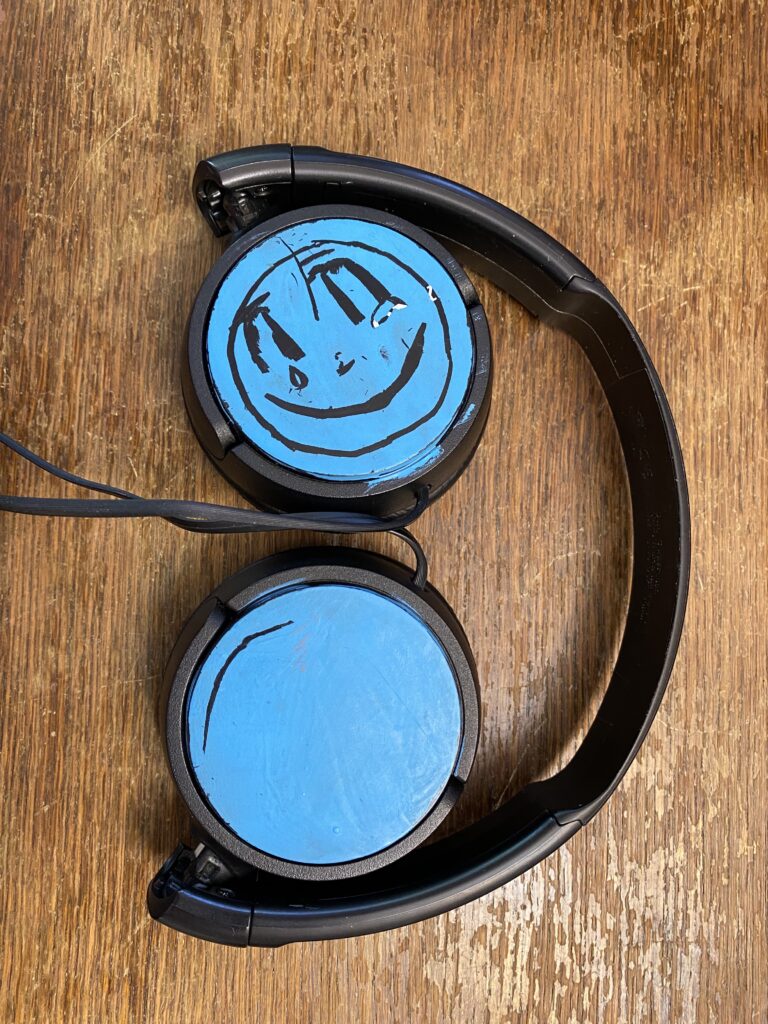
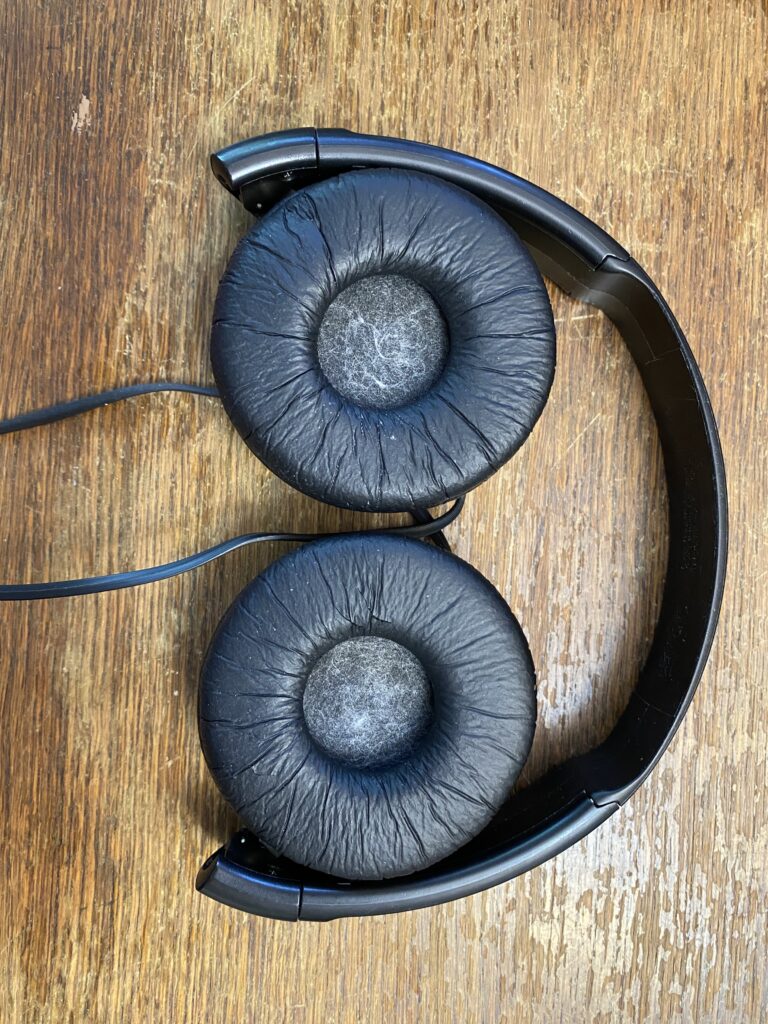
_________________________________________________________________________________
Adam (The Raven King novel)
Describe the object (colour size, material, handmade, manufactured, origin, etc.):
Blue, whit, black and grey, paper, ink, manufactured, ~ 6 inches, created in the USA.
What is the intended function of the object?
This book was intended to be read, however, it was changed before I bought it second hand. Though it was initially a story, the previous owner had taken it upon themselves to censor every curse word and rude word in the book by crossing them out with black pen and writing in a more appropriate synonym. This changed the story into telling a slightly different and more “appropriate” story.
What is the cultural context of the object?
This book is the final part in a series of four. The story is so good and I loved it so much. It’s inspired a community of people who also like the book to create things about it. There are a few talented artists that I’ve seen make fan art from the book, lots of memes, and fan videos. The series have made an impact on the book world, especially the slightly strange side of the book world.
Do you have a personal connection to the object? (ie. does the object conjure a memory, symbol, or reaction for you on a personal level?)
I loved this series and this last book was so exciting! It read like a movie and I often remember scenes from it like pictures or camera shots in my head. It conjures false memories that I’ve fabricated from the words, and I can almost watch it back whenever I want without reading it again. The way the author writes is so beautiful and expressive, and it not only paints a picture of the setting, but also the atmosphere, and the characters become real people. However. This particular copy of this book makes me laugh a little whenever I look in its pages, because I find all these laughable attempts to censor the beautiful piece of art that it is with a black ballpoint pen. Whoever had this copy before me was clearly a little uptight!
Name the ways the object can be manipulated (ie. broken, warped, filled, burned, stitched, etc.):
- torn
- burned
- painted
- cut up
- re-binded
Mental Associations 1: Name three things or elements that have a commonality or similarity to the object.
library
Mid-eastern usa
autumn
Mental Associations 2: Name three things or elements that are opposite or in contrast to this object.
TV
A car
Trees
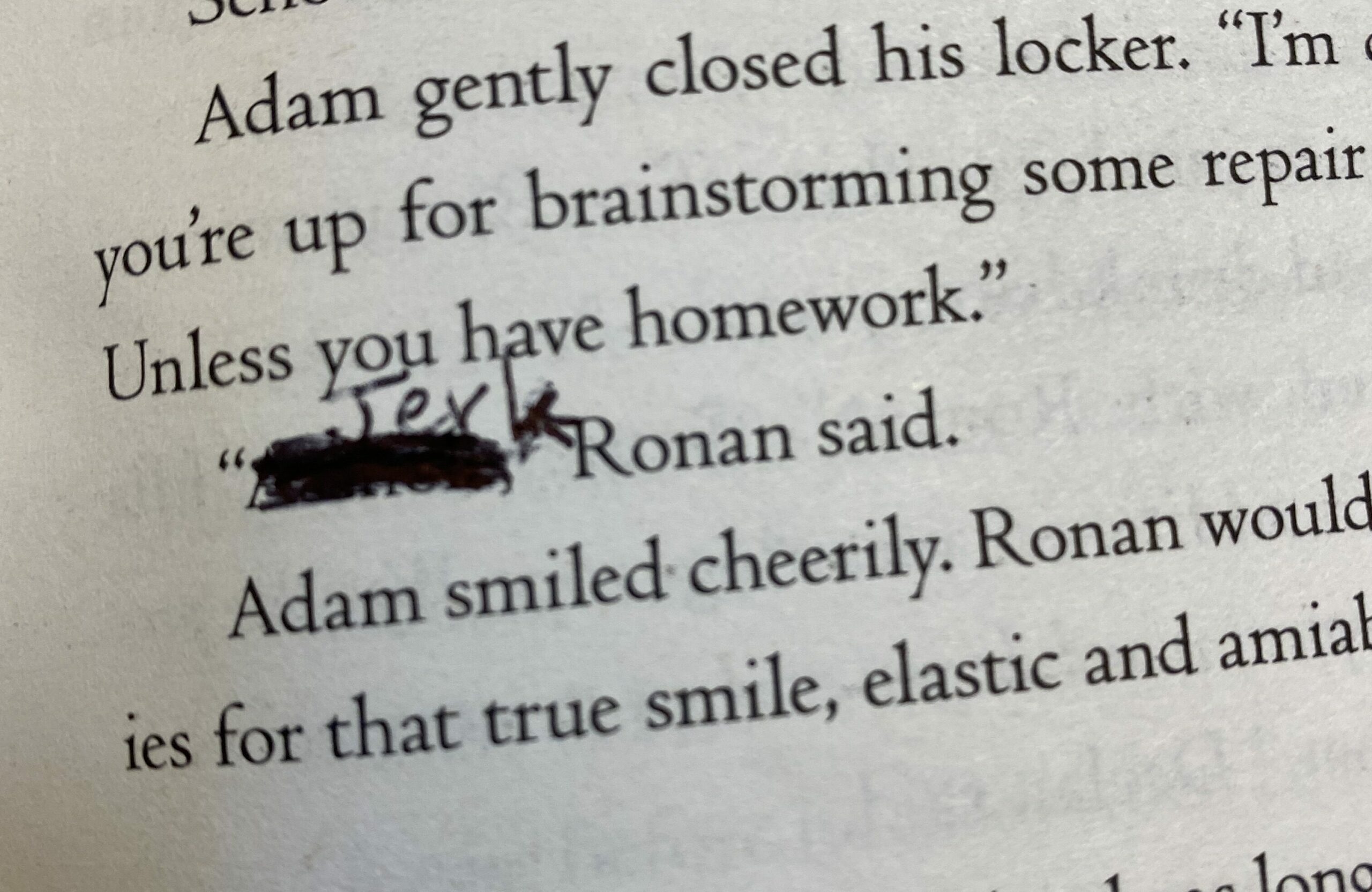
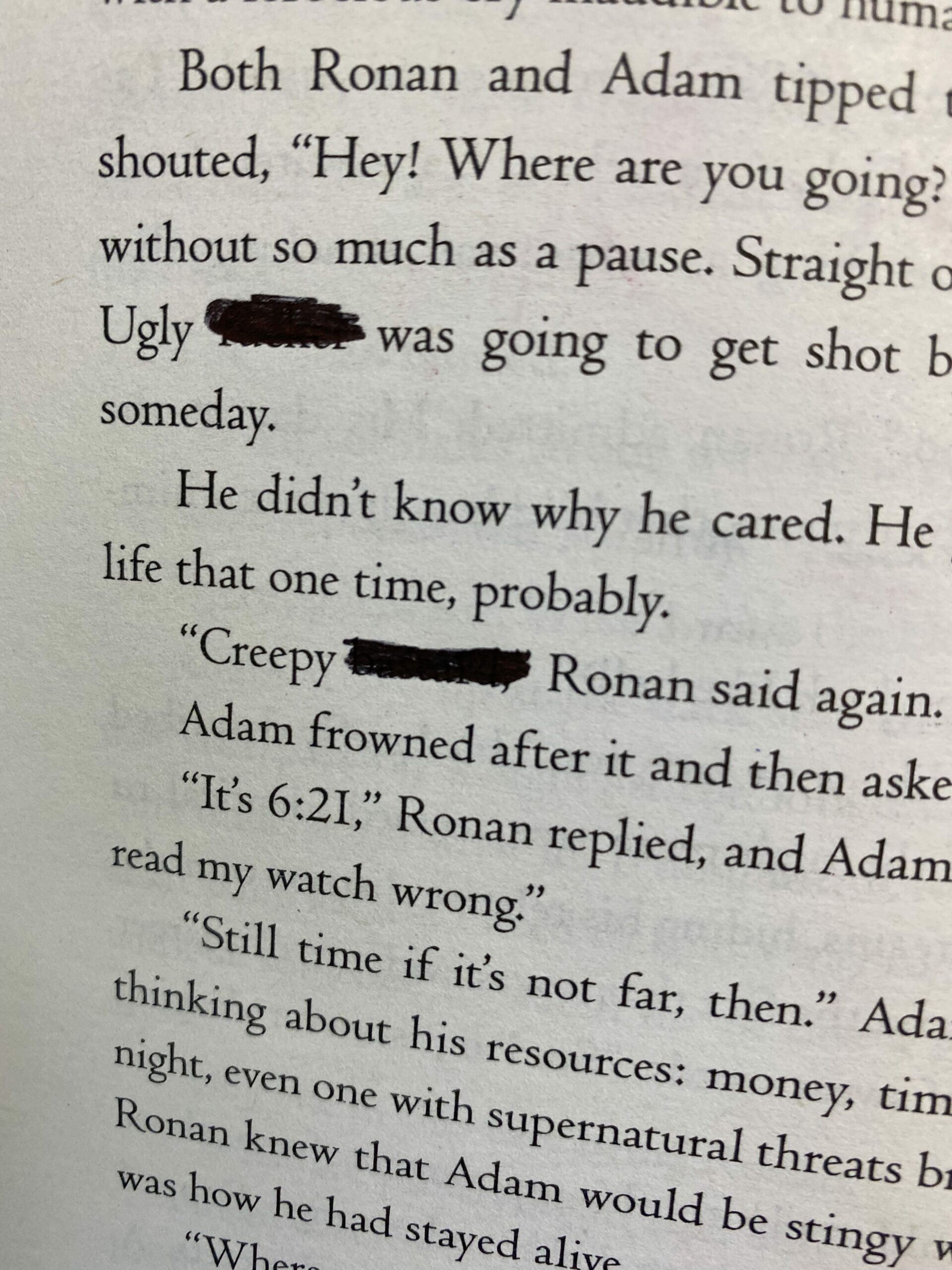
_________________________________________________________________________________
Miguel (a lone sock)
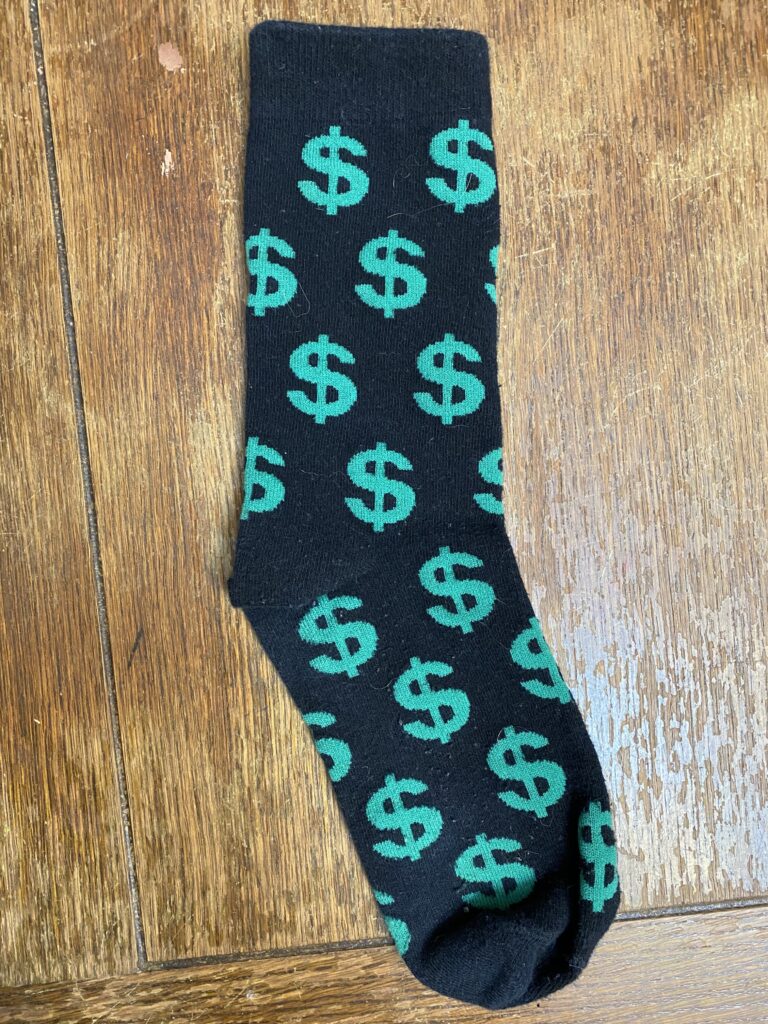
Describe the object (colour size, material, handmade, manufactured, origin, etc.):
Funky design, black, green dollar signs, cotton, polyester
What is the intended function of the object?
To be worn upon one’s foot, traditionally within a shoe, to keep warm and prevent blisters.
What is the cultural context of the object?
No shoes in the house: you should always wear socks, or bare feet, but no shoes. However, there are a lot of places, especially in the USA, where it is considered culturally “okay” to wear shoes inside. Alternatively, in many places in East Asia, it is culturally acceptable to actually provide indoor shoes for your guests so that they can change their shoes when they enter your home.
During the World Wars, especially the first world war, care packages for soldiers would include durable, warm, hand-knitted socks to help prevent trench-foot, and provide comfort and a sense of home.
This particular sock has dollar signs all over it. Crazy, wacky, patterned socks have become increasingly popular recently.
There are lots of myths surrounding Brownies; little mystical people, almost like fairies but bigger and without wings. Brownies are helpful little creatures who will sneak into your house, and if they like you, they will do dishes, fold laundry, and wash floors while you’re not looking. But, if they don’t like you, or you are rude to them, they will turn into Hobgoblins and start to cause chaos. For example, Hobgoblins will steal your socks and hide them in a nest somewhere. If you find their nest, you’ll find all sorts of missing items that you may have forgotten about. To stop them, leave out a bowl of sweet milk, and trinkets for them. Bonus points if you write them an apology note.
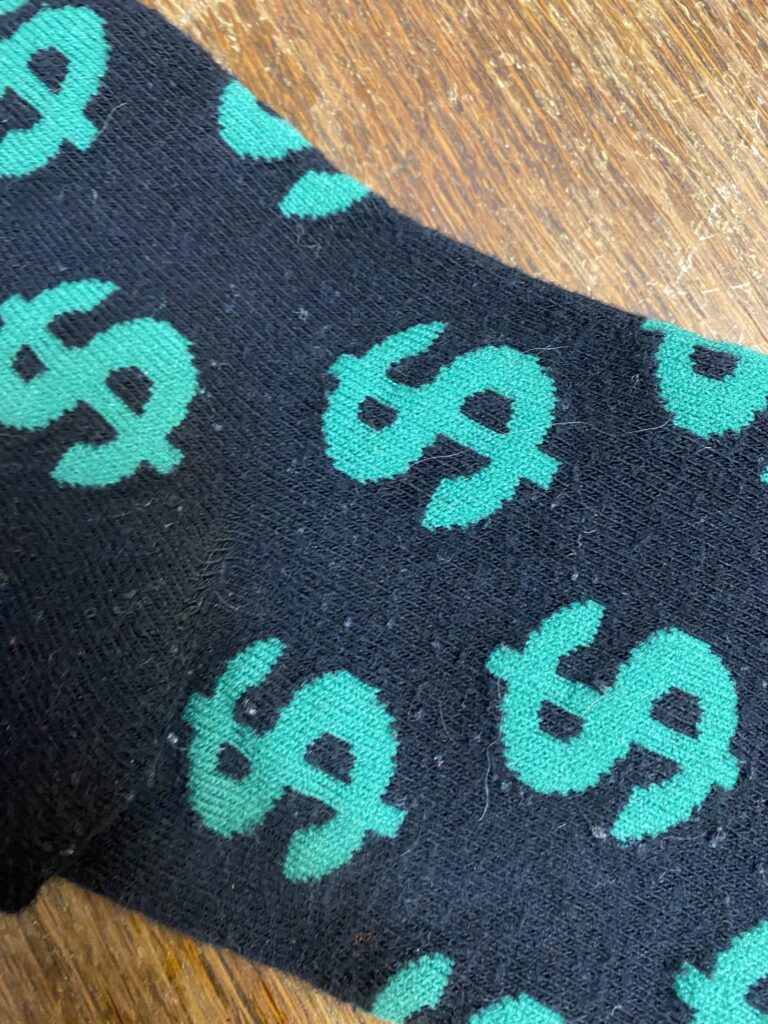
Do you have a personal connection to the object? (ie. does the object conjure a memory, symbol, or reaction for you on a personal level?)
This sock was from my family’s Annual Sock Exchange. A play on the stock exchange, our family has done this trade for years, always on Christmas Eve. Over the year, we gather pairs of (new and unused) socks that others in the family might like and wear, and then at Christmas we put them all in a red sack and pass it around in a circle to everyone. Each person pulls out one pair at a time, and then we can all trade each other for different socks.
Name the ways the object can be manipulated (ie. broken, warped, filled, burned, stitched, etc.):
- cut
- worn out (naturally but sped up, like rubbing it on concrete or something)
- filled with concrete and model
- stitched
Mental Associations 1: Name three things or elements that have a commonality or similarity to the object.
shoes
feet
movement
Mental Associations 2: Name three things or elements that are opposite or in contrast to this object.
mittens
fish
hobgoblins
_________________________________________________________________________________
Fiber/Metal/Wood/Plastic Project
Armored Wilds
I want to explore the concept of nature’s protection of itself. Creating armor inspired by nature, perhaps for a personified version of a natural flora or fauna.
In my research, I looked at native species to British Columbia and specifically the Pacific Coast, because BC is a big place with a LOT of different mini environments and climates that determine what nature lives there. I focused on species that I’ve personally seen in the wild before, and how they protect themselves against human attacks, external attacks, and internal attacks (like blight or rot).
